Most companies cannot keep up with cyber threats; therefore, every company needs a thorough cybersecurity risk analysis. Whether you are a startup creating your first security framework or a company ensuring GDPR or PCI DSS compliance, awareness of your cyber threats is the cornerstone of an efficient cybersecurity system. Identifying, analyzing, and ranking dangers to your company’s information systems is made possible by a cybersecurity risk assessment. It not only protects your data but also protects your reputation, guarantees legal compliance, and builds stakeholder trust.
This blog aims to:
Which cybersecurity risk assessments are relevant?
- Reasons why they are so important
- Five major steps are involved
- How to conduct a thorough risk assessment cybersecurity
- Usual difficulties and top standards
What Are Risk Assessments in Cybersecurity?
The procedure of finding possible hazards to your IT environment, Vulnerability Assessment Report, and estimating the possible impact if those vulnerabilities are used is known as a cybersecurity risk assessment. Effective controls will help one to lower the risk to an acceptable degree eventually.
Organizations can use cyber threat assessments to:
- Identify the location and method by whereby data could be corrupted.
- Find the level of danger to sensitive systems.
- Distribute resources with care.
- Decisions about security based on knowledge
Note: Within six months of a cyber attack, more than 60% of small companies go bankrupt. Regular cyber risk evaluations could hold the secret to the continued existence of your company.
Latest Penetration Testing Report
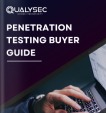
Why Is Cybersecurity Risk Assessment Important?
Every organization—whatever its size—requires a security risk assessment for several important reasons:
- Avoid financial loss from data leaks and downtime
- Meet legal standards (GDPR, HIPAA, PCI DSS, ISO 27001)
- Keep client confidence and reputation safe.
- Enhancement of preparedness and incident response
- Give IT funding top priority to minimize risk as much as possible.
Leave your digital assets secured. Make a free consultation with Qualysec, a leader in cybersecurity assessment services, to get expert opinions on your cybersecurity profile.
What Are the 5 Steps to a Cybersecurity Risk Assessment?
Although a cybersecurity risk assessment can be difficult, breaking it into five easy stages helps to streamline the procedure. These are the basic phases:
Step 1: Identify Assets and Scope
Defining scope is essential before you evaluate any risk. This encompasses:
- Software and information systems
- Financial records, IP, data types (PII)
- Users and corporate capabilities
- Map your entire IT environment using asset inventory solutions and records.
Step 2: Identify Threats and Vulnerabilities
Threats can include:
- Unpatched software, insider attacks, ransomware, third-party hazards, phishing attacks. Weaknesses that threats can use, like weak password policies, open ports, or obsolete firewalls.
Make use of:
- Feed of threat intelligence
- Data on historic occurrence
Not sure of the source of your threats? Let Qualysec help.
Qualysec finds vulnerabilities before hackers do with cutting-edge equipment and skilled analysts. Make an appointment for a vulnerability assessment now.
Step 3: Assess Impact and Likelihood
Not all risks are the same. It’s important to assess the impact and establish the likelihood. This will help to analyze the threat’s degree of probability. Let us find out what effect this would have. The table below shows the risk level, impact, and likelihood of different threats.
| Threat | Likelihood | Impact | Risk Level |
| Ransomware | High | High | Critical |
| Unpatched OS | Medium | Medium | Moderate |
| Social engineering | High | Low | Medium |
Step 4: Prioritize Risks
According to your risk matrix, arrange risks under:
- Critical: demands immediate action
- High: plan for early correction
- Medium: monitor and handle strategically.
- Low: keep under surveillance
Particularly crucial for companies with tight security budgets, this stage lets you prioritize the most destructive risks first.
With Qualysec’s Expert Risk Analysts, give first attention to what matters.
Let Qualysec specialists lead your remediation plan to lower downtime, boost compliance, and protect delicate systems. Obtain your risk profile right away.
Step 5: Mitigate, Monitor, and Review
Once risks are prioritized:
- Establish controls: firewalls, MFA, IDS, employee training, etc.
- Watch constantly for fresh dangers.
- Review evaluation quarterly or after significant changes like system upgrades, mergers.
- Document everything in a risk assessment report, stating: assets and threats.
How to Perform a Cybersecurity Risk Assessment: Step-by-Step

Cybersecurity risk assessment is a systematic approach that helps to find, assess, and reduce threats to an organization’s digital assets. It not only guarantees legal compliance but also improves your security posture. Let’s go further with the fundamental stages:
1. Determine the Framework
Begin by clarifying the boundaries of your analysis. Describe the regulatory responsibilities of your company (e.g., GDPR, HIPAA, PCI DSS) and match the risk analysis to your business goals. Set your risk tolerance as well: how much risk is acceptable to the company? This enables one to rank which hazards call for quick attention.
2. Get the team together
Establish a cross-functional evaluation team comprising process owners, IT/security experts, departmental heads, and compliance officers. This varied input guarantees all systems and data flows are properly evaluated.
3. Conduct an asset inventory
You cannot safeguard what you are not aware of. Complete inventory of all assets—hardware, software, data, and network components:
For system scanning and vulnerability identification, use Nmap, Nessus, or Qualys.
- CMDBs (configuration management databases) enable automatic monitoring of digital assets.
- Physical assets, such as access cards, servers, or documents, might call for manual surveys.
4. Threat Modeling
Once assets are discovered, analyze how they might be attacked using threat modeling. Here, the STRIDE approach comes in handy:
- Information revelation, denial of service, elevation of privilege, spoofing, tampering, rejection, and denial of privilege.
- This aids in finding possible flaws and means hackers might exploit them.
5. Threat Grading
Use industry frameworks to evaluate and measure risks like:
- NIST SP 80030 helps to prioritize, assess, and identify risks.
- ISO/IEC 27005: for an international approach to risk management.
Useful for business decisions, FAIR—to measure risk in monetary terms.
6. Report and Suggest
Develop an executive-level report converting technical results into corporate risk. Incorporate:
- Risk heat maps
- Analysis of Control Gaps
- Suggested solutions for reducing hazards with deadlines
7. Implement the Strategy for Mitigation
Prioritize your risk treatment strategy as follows:
- Technical safeguards such as encryption, firewall installations, and patch systems.
- Employee education and cybersecurity policies are among other administrative safeguards.
- Physical controls such as CCTV, biometric access, or secure locks.
A well-executed cybersecurity risk assessment is a continuous process that safeguards your company from changing threats rather than a one-time activity.
Common Cybersecurity Risk Assessment Challenges
Many businesses have challenges despite the assessments:
- Poor awareness of digital assets.
- Understaffed security and IT departments.
- Variable department frameworks are utilized throughout.
- Challenges present a risk to top management.
- Failing to reevaluate the assessment.
This is where cyber security assessment companies, such as Qualysec, stands out.
Best Practices for a Successful Risk Assessment
Below are the best practices for a successful risk assessment:
- Using automation security assessment tools to have a good vulnerability scan, asset discovery, and risk score.
- Preserve historical records for audit purposes and to plan for the future; make a note of everything.
- Risk is an enterprise responsibility, not just an IT issue.
- Test firewalls, our restore systems, our incident response playbook, etc.; just to enact it is not enough.
- Reassess your appraisal on a regular basis since threats move fast.
Our experts at Qualysec have helped secure fintech, SaaS, and enterprise systems across 25+ countries. Manual + Automated Pentesting. No false positives. Actionable reports.

Tools and Frameworks to Guide Your Assessment
Here are some established frameworks you may adhere to:
1. NIST Risk Management Framework
- Offers a thorough, government-recognized approach.
- Perfect for controlled sectors
2. ISO/IEC 27005
- Complements ISO 27001 ISMS
- Concentrating on risk management techniques
3. OCTAVE (Operationally Critical Threat, Asset, and Vulnerability Evaluation)
- Suitable for companies handling internal evaluations
4. FAIR Model
- Measures risk in financial terms.
- Good for decisions made at the board level
Industries That Benefit Most from Cyber Risk Assessments
Though all industries need protection, the following are most vulnerable:
- Bank, Finance companies
- Healthcare, e-commerce, telecommunications, energy, and utilities
- Educational institutions
- Government organizations
How Qualysec Can Help?
For startups, small firms, and major corporations, Qualysec is a reputable cybersecurity company specializing in penetration testing, vulnerability analysis, and customized risk assessments.
We offer:
- Identify the risks specific to an industry analysis
- Figure out the security challenges
- Constant threat tracking
- Help with remediation and compliance aid
Want to strengthen your cybersecurity defenses today? Partner with Qualysec and get access to top cybersecurity specialists who tailor solutions to meet your specifications.
Talk to our Cybersecurity Expert to discuss your specific needs and how we can help your business.
Conclusion
Cybersecurity risk assessments are the route to digital resilience, not simply boxes to be checked for compliance. And given the difficulty, complexity, and consistency of today’s cyberattacks, your company cannot afford to leave its data exposed to risk.
By following the five basic steps of identifying assets, identifying vulnerabilities, assessing risk level, identifying threats in priority order, and taking affirmative steps to alleviate the risk, you create a defense that evolves with the threat landscape.
Prepared to advance in cybersecurity?
Let Qualysec guide your risk analysis trip and help you turn your company’s security stance from reactive to resilient.
FAQ
1. What arе risk assеssmеnts in cybеrsеcurity?
Cybеrsеcurity risk assеssmеnts hеlp companiеs prioritizе protеctions and lowеr gеnеral risk by finding and assеssing possiblе thrеats, vulnеrabilitiеs, and еffеcts on thеir information systеms.
2. What arе thе fivе phasеs of a cybеrsеcurity risk assеssmеnt?
Thе fivе phasеs of a cybеrsеcurity risk assеssmеnt arе:
Thе fivе stagеs arе: (1) Dеfinе assеts and rangе, (2) Rеcognizе vulnеrabilitiеs and thrеats, (3) Evaluatе probability and еffеcts, (4) Prioritizе risks, (5) Rеgularly mitigatе and rеviеw.
3. What should bе thе frеquеncy of a cybеrsеcurity risk еvaluation?
At lеast oncе a yеar, or whеnеvеr thеrе arе major changеs to your IT еnvironmеnt, including mеrgеrs, nеw rulеs, or softwarе upgradеs.
4. Can small enterprises benefit from a cybersecurity risk assessment?
Definitely. Because of weaker defenses, small companies are frequently targeted. Risk analyses enable them to find weaknesses and affordably safeguard sensitive data.
5. Why should we choose Qualysec for cyber risk assessment?
Qualysec offers professionally led services, industry-specific expertise, and a record of accuracy and dependability. They provide end-to-end assistance from vulnerability scanning to full penetration testing.

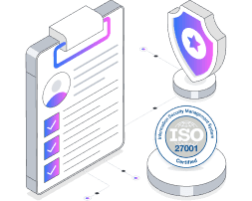







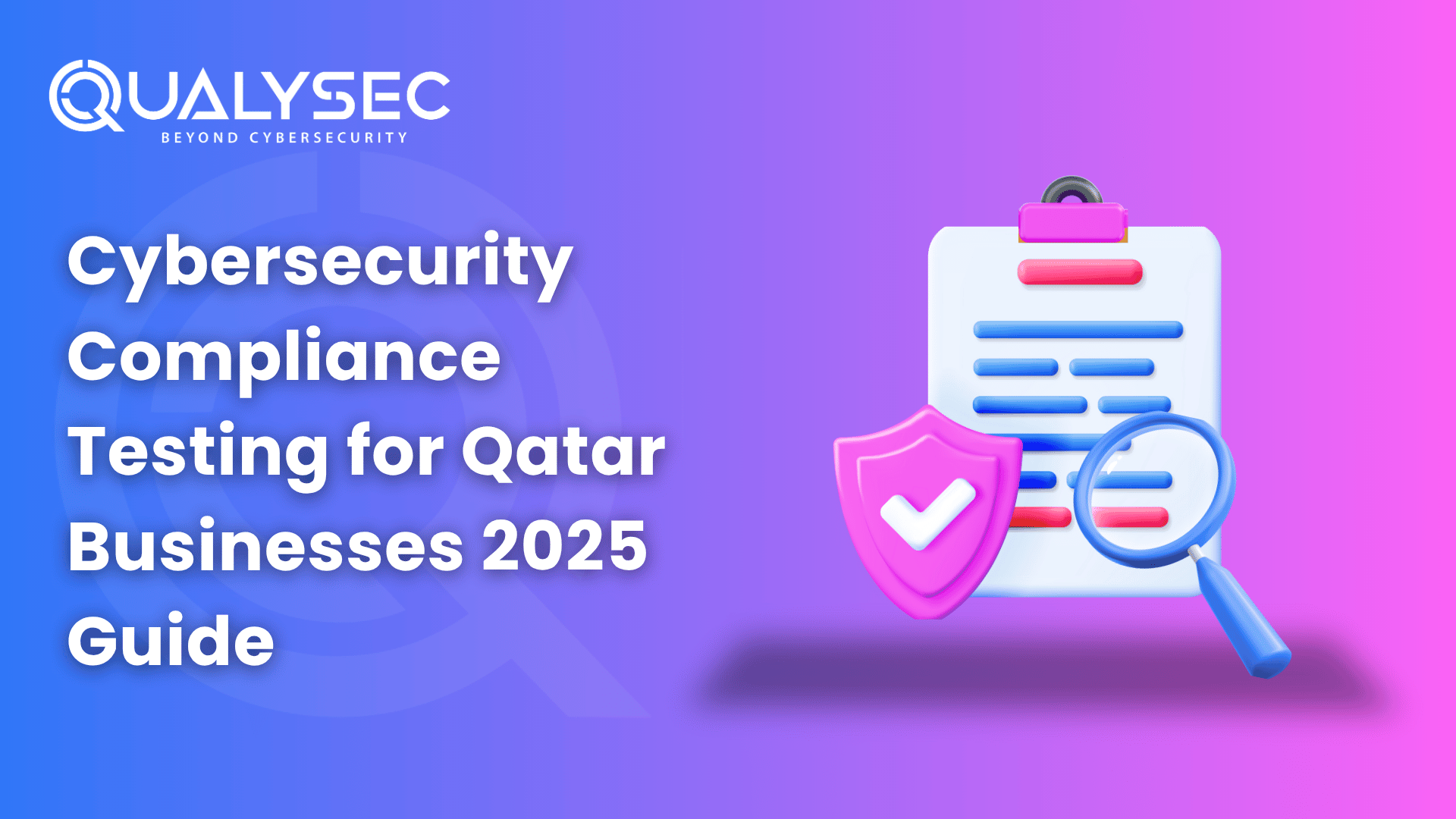
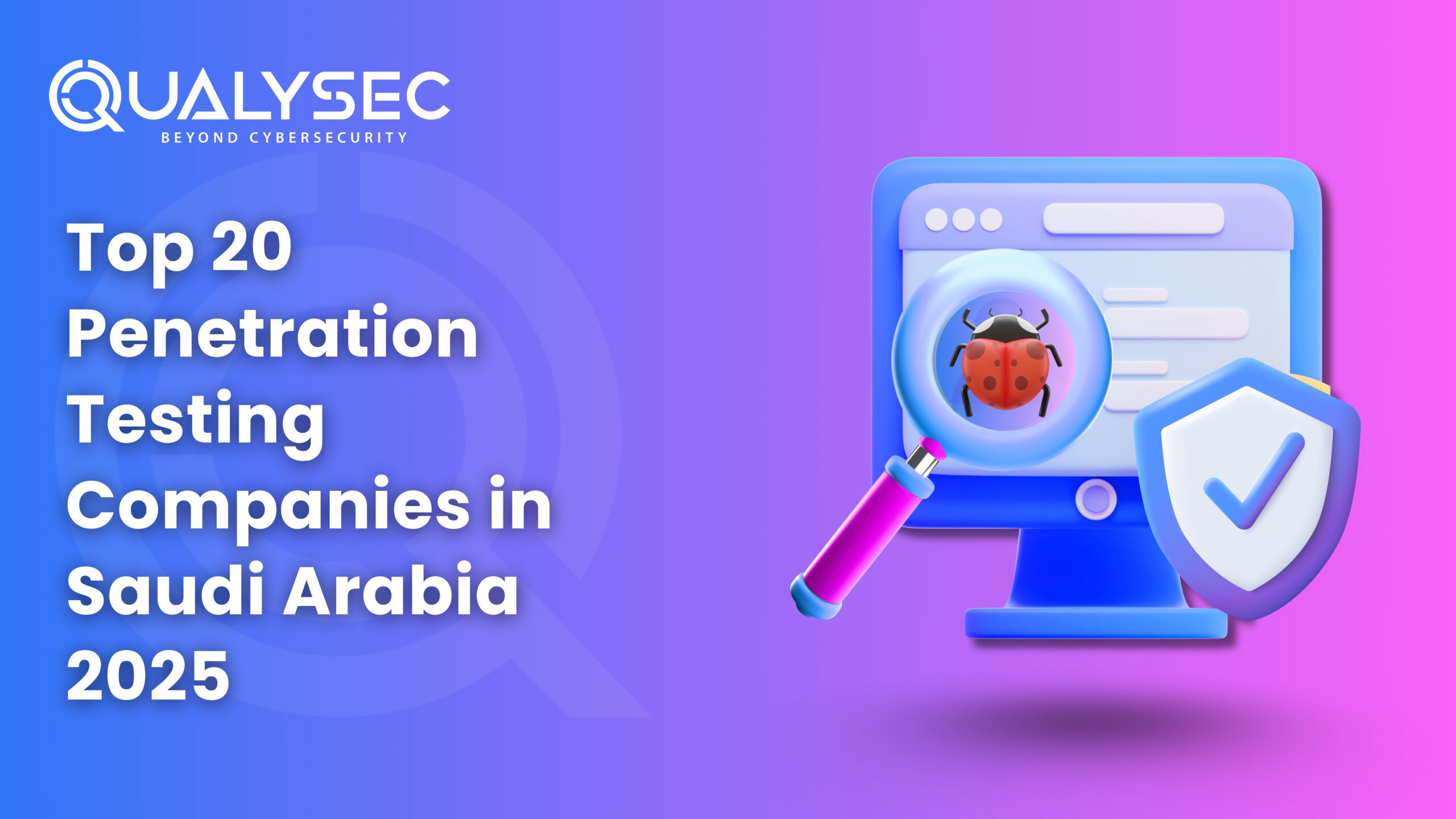
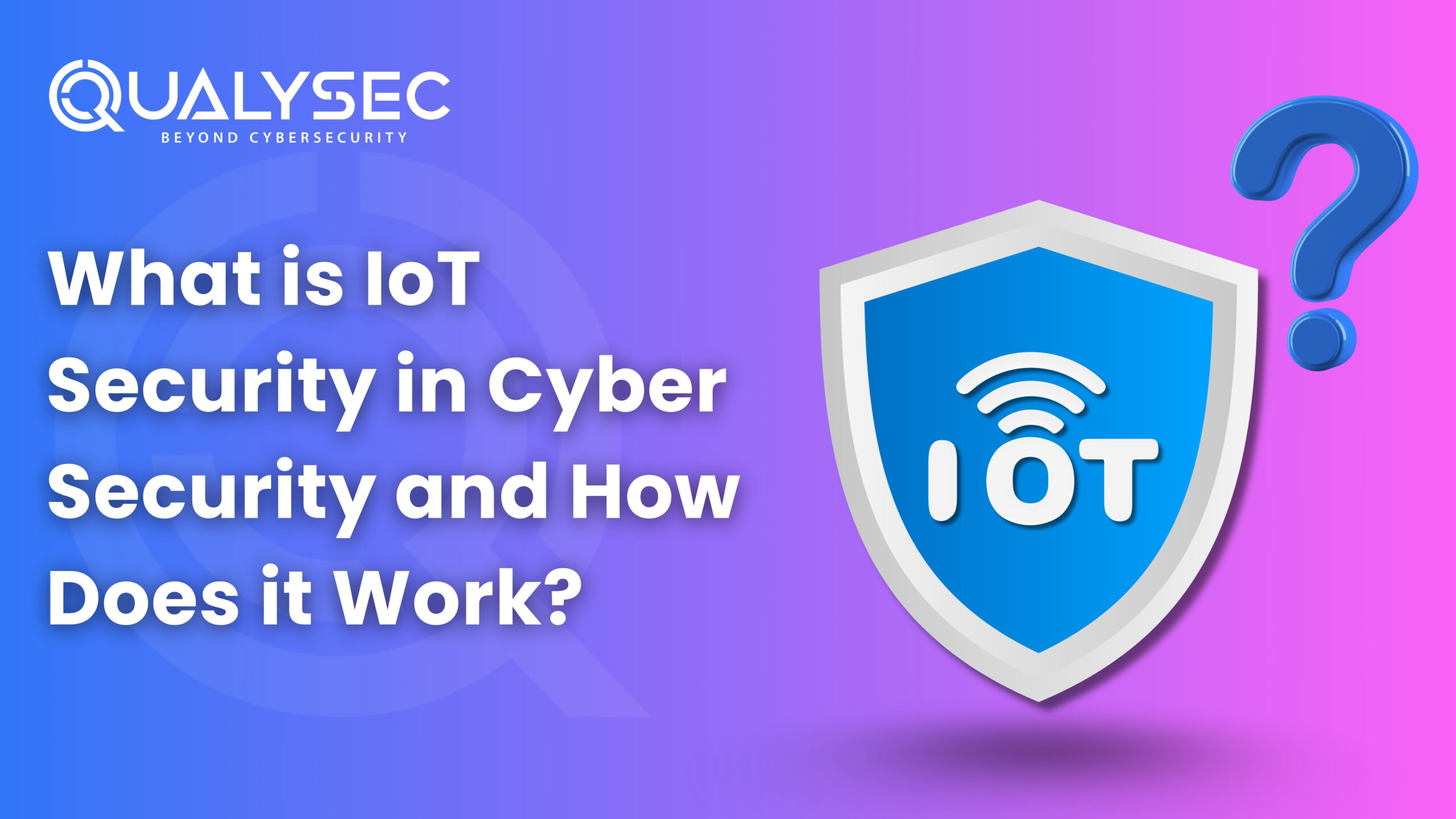
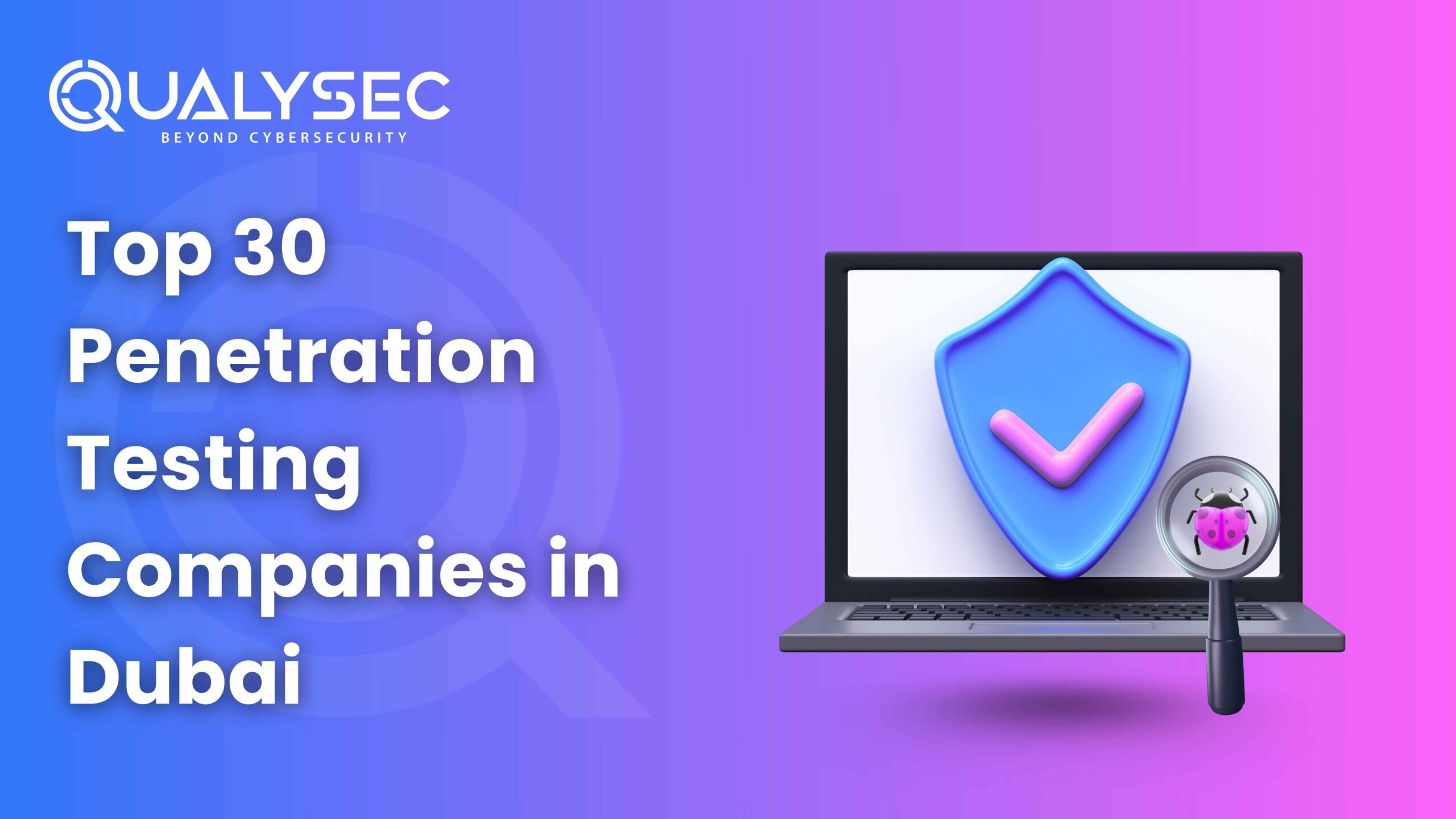

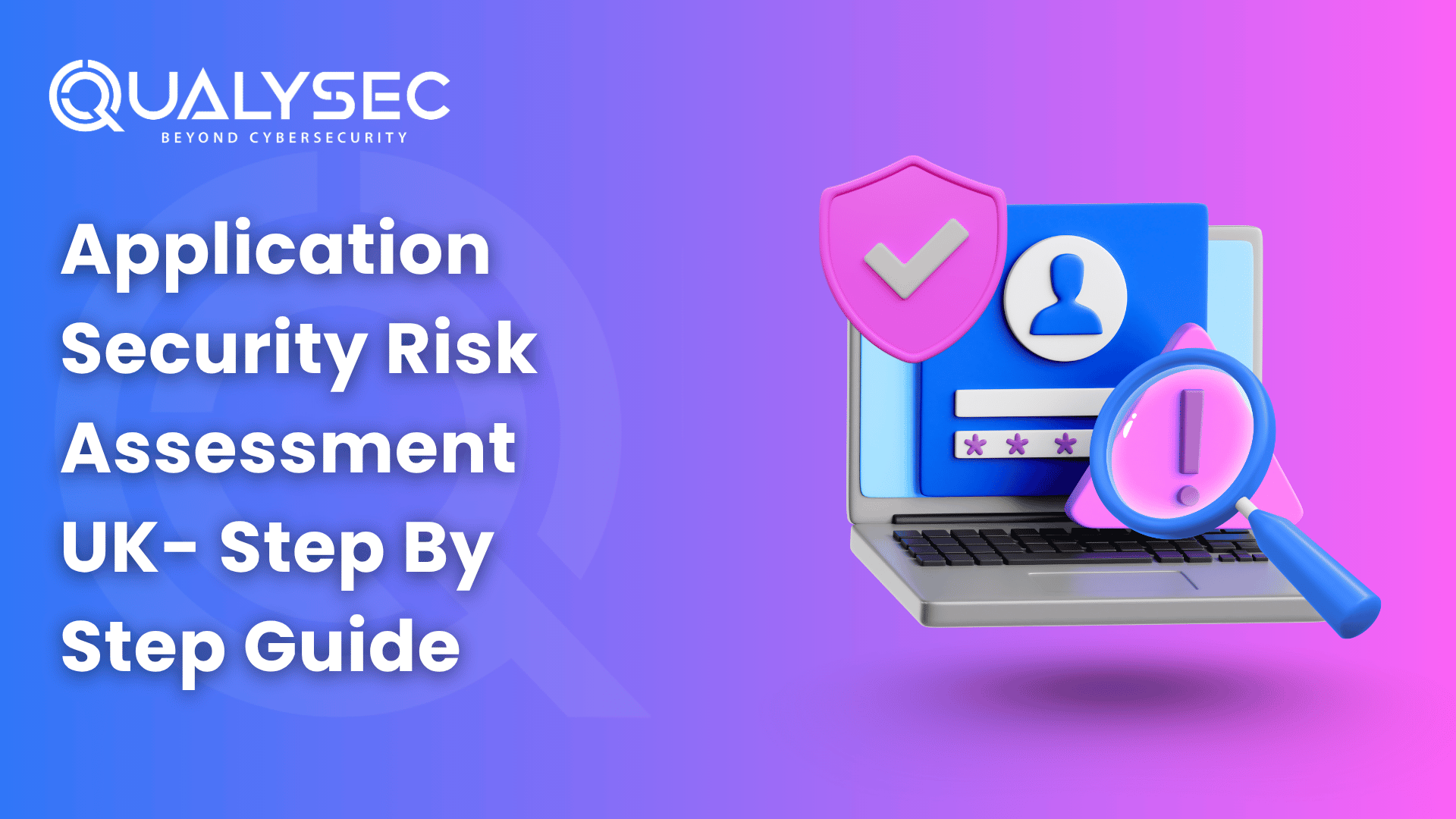
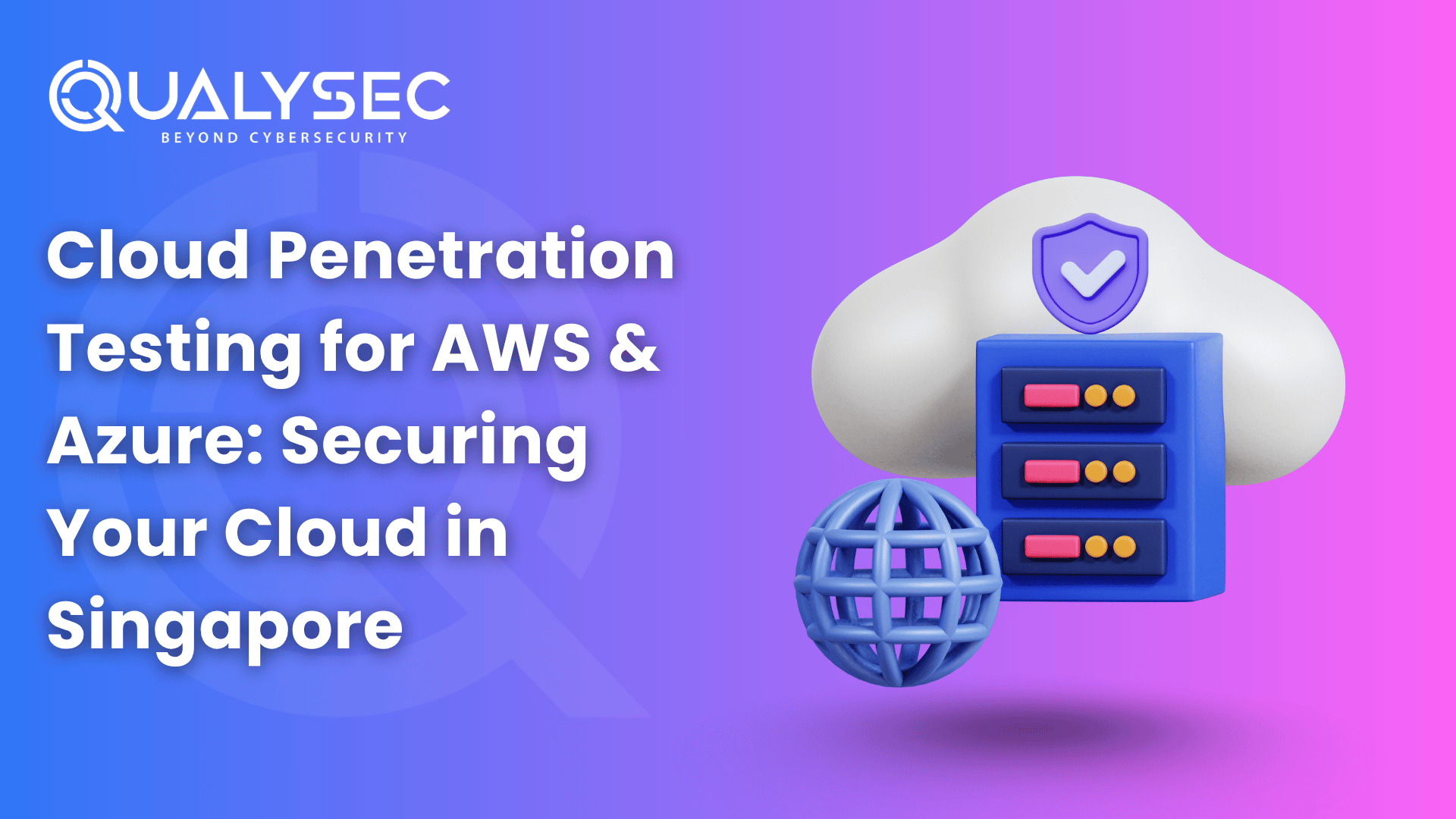

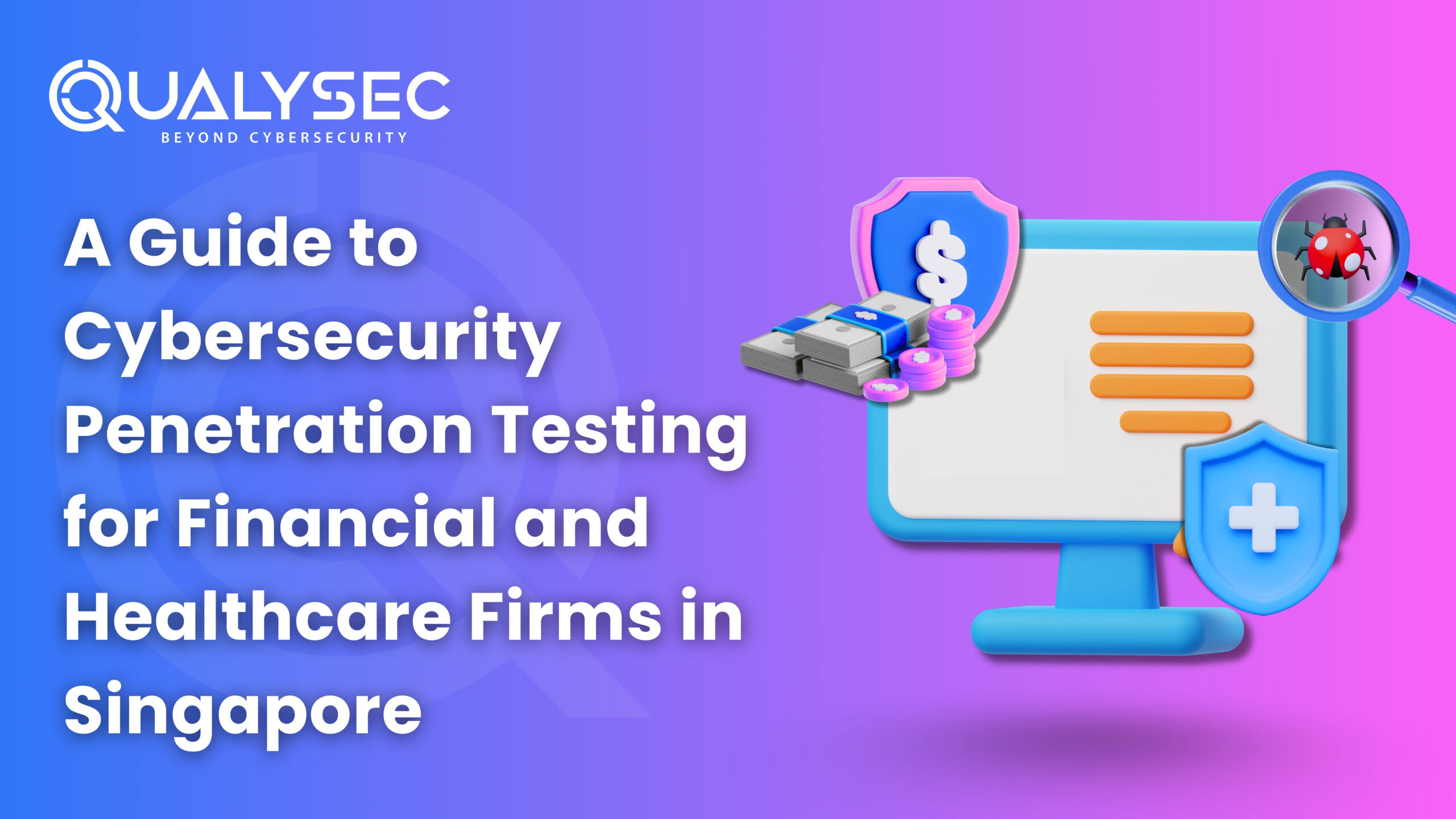

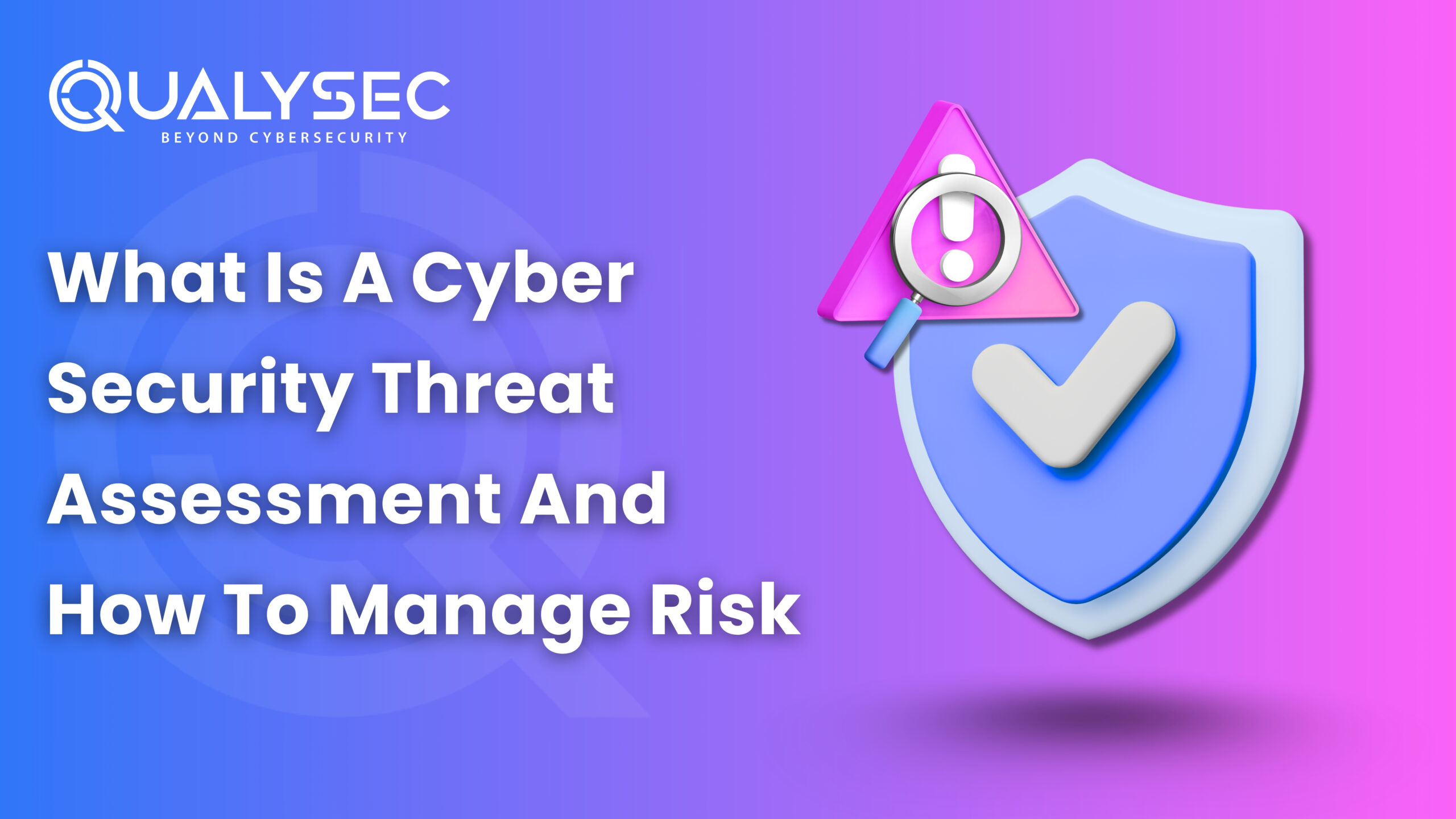



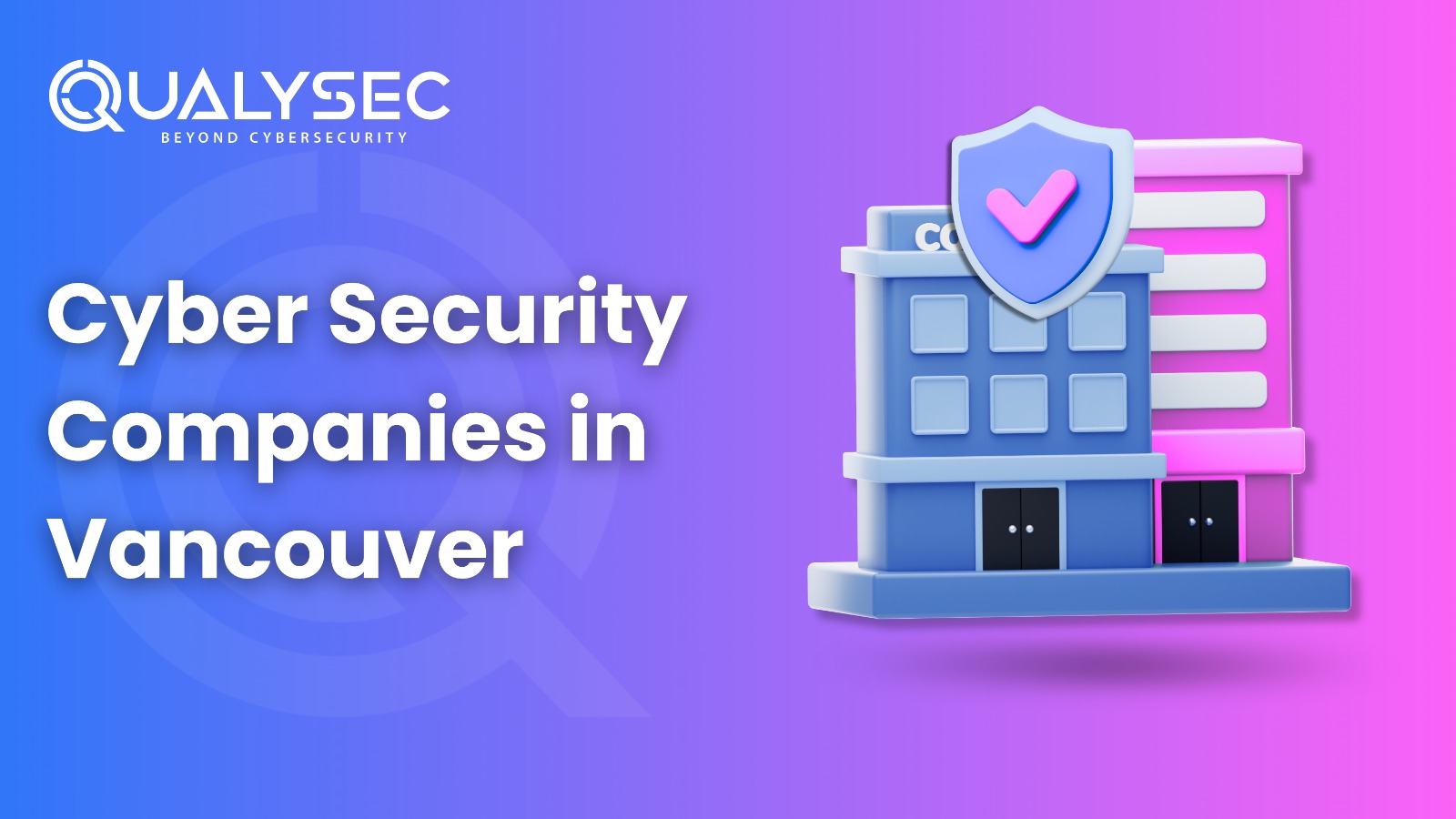
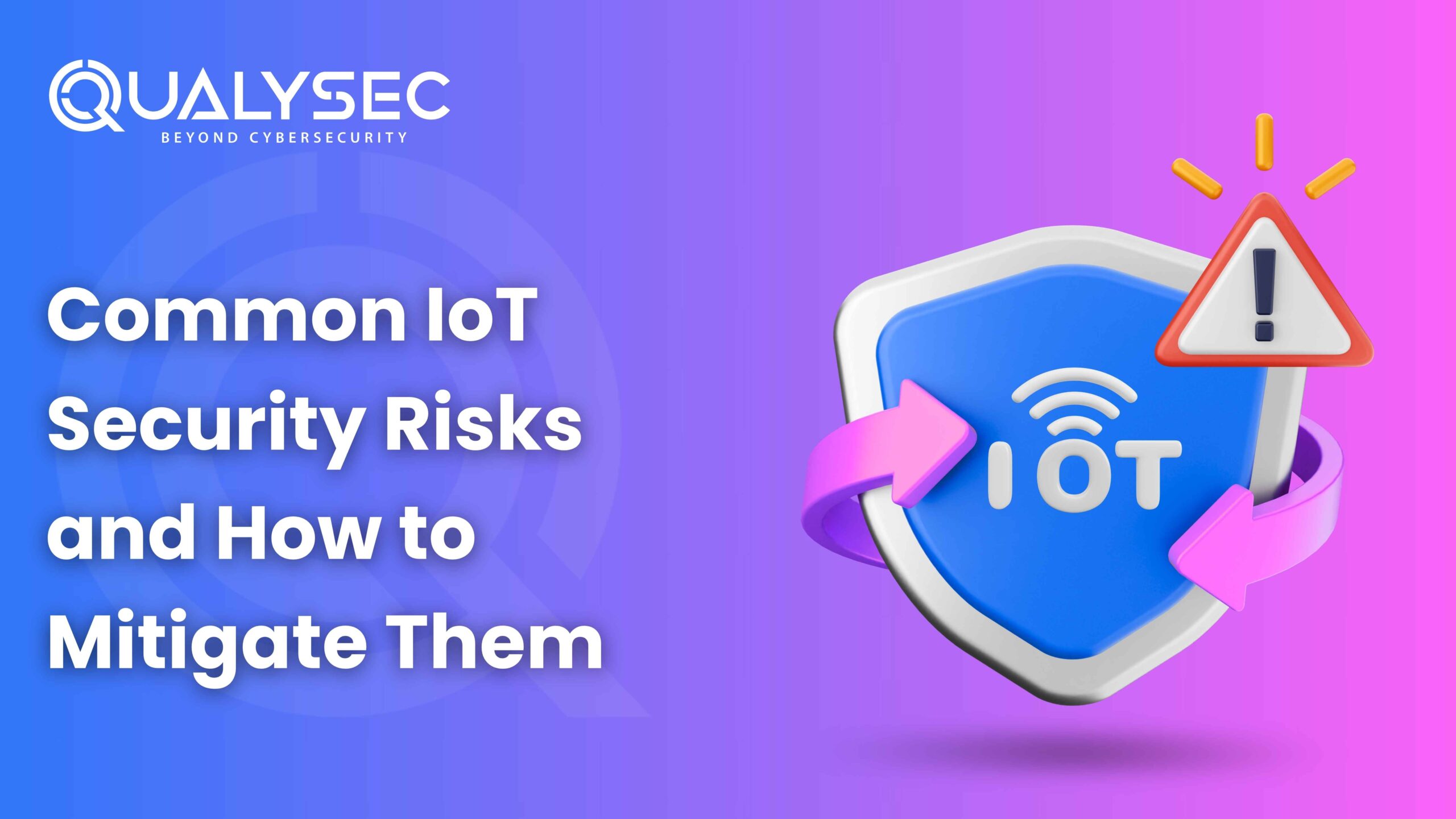
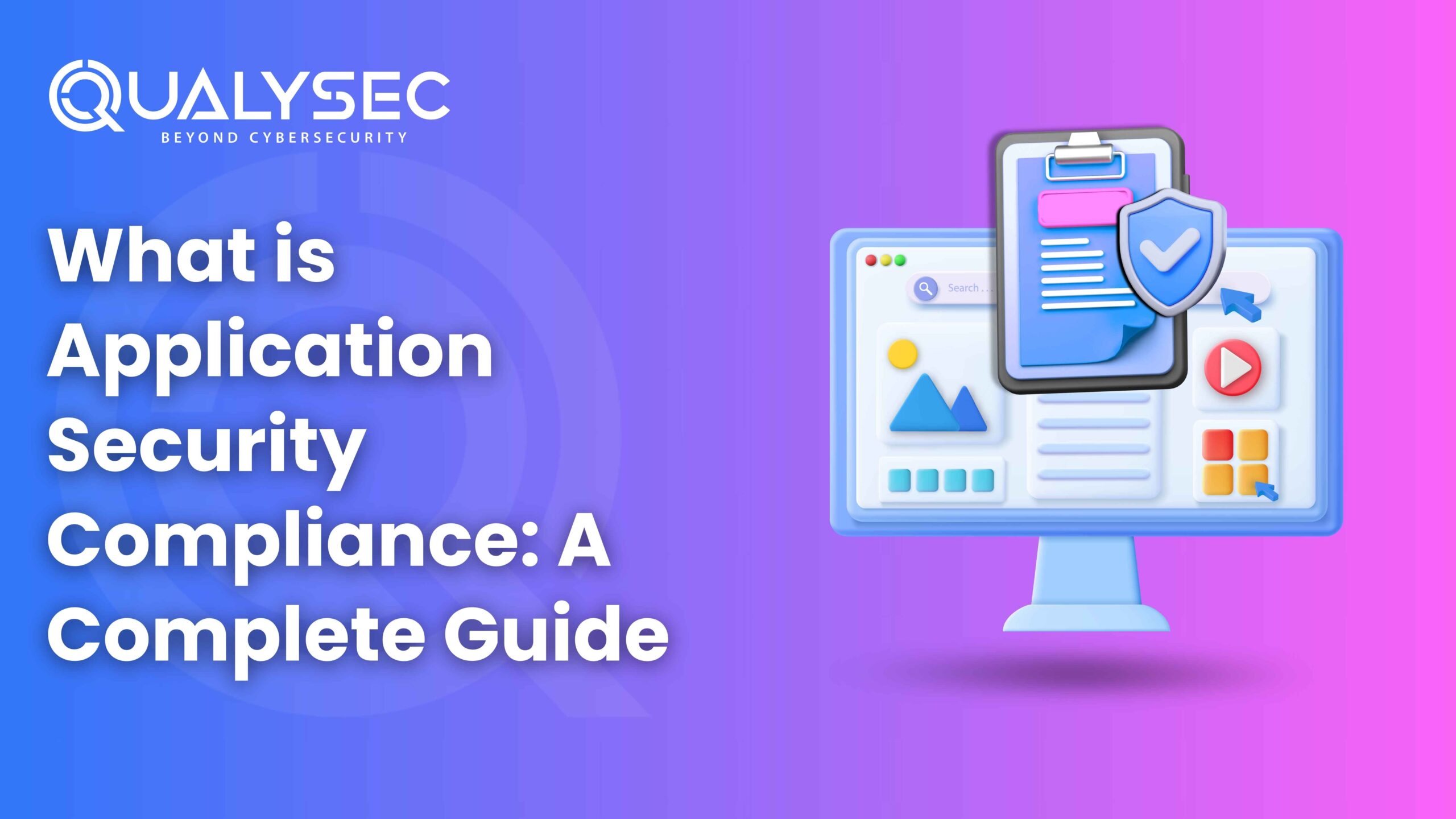
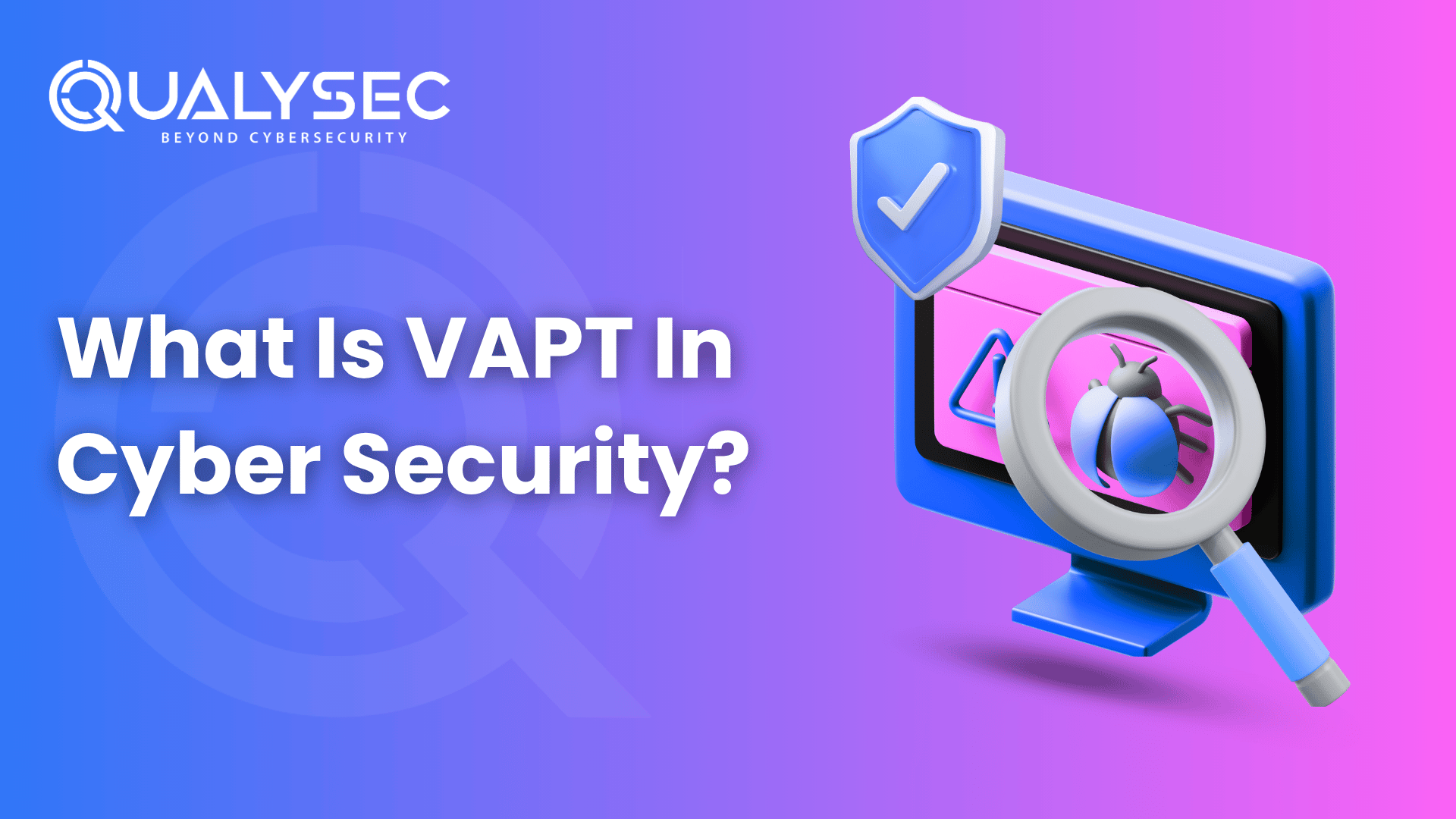
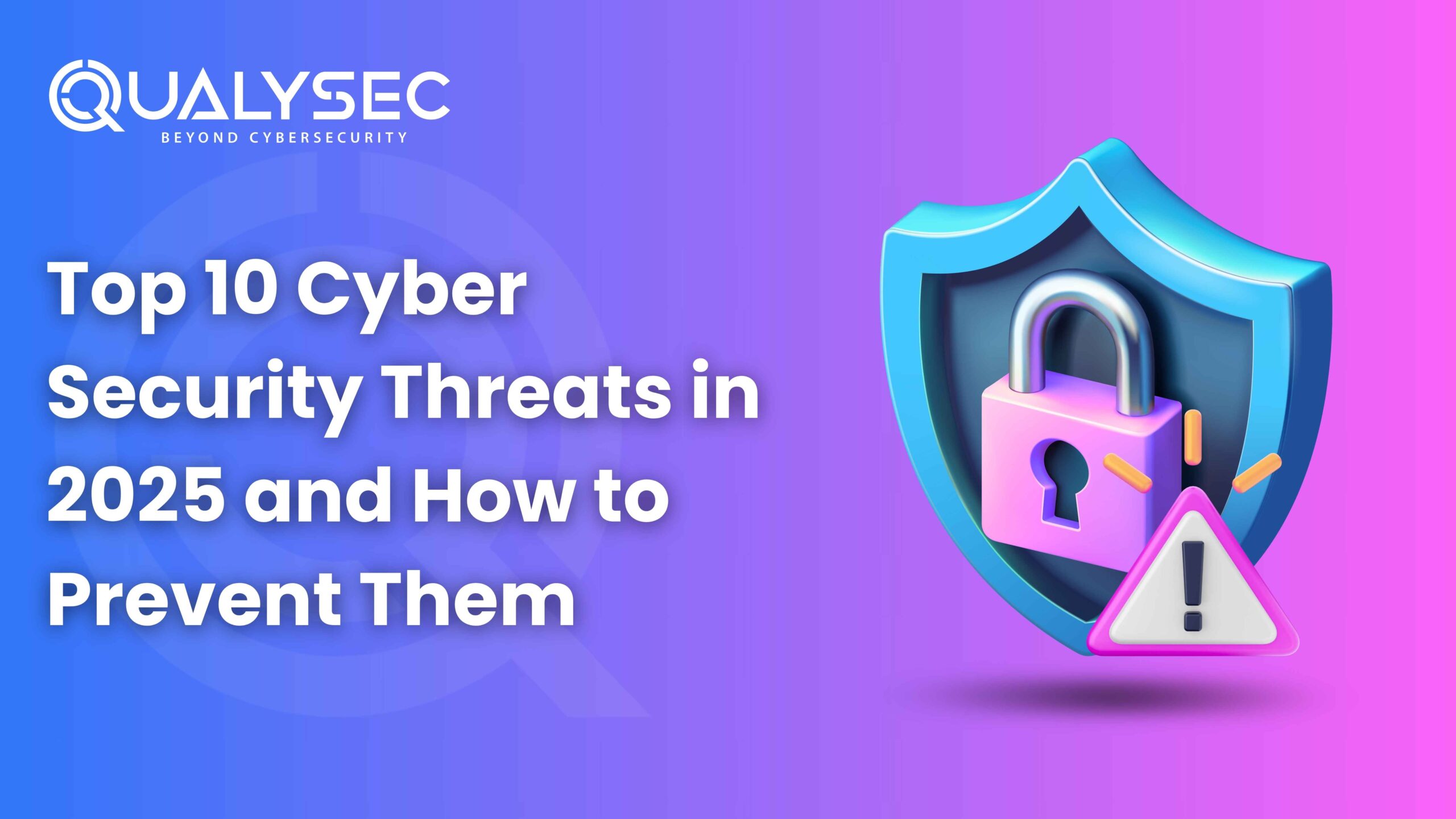
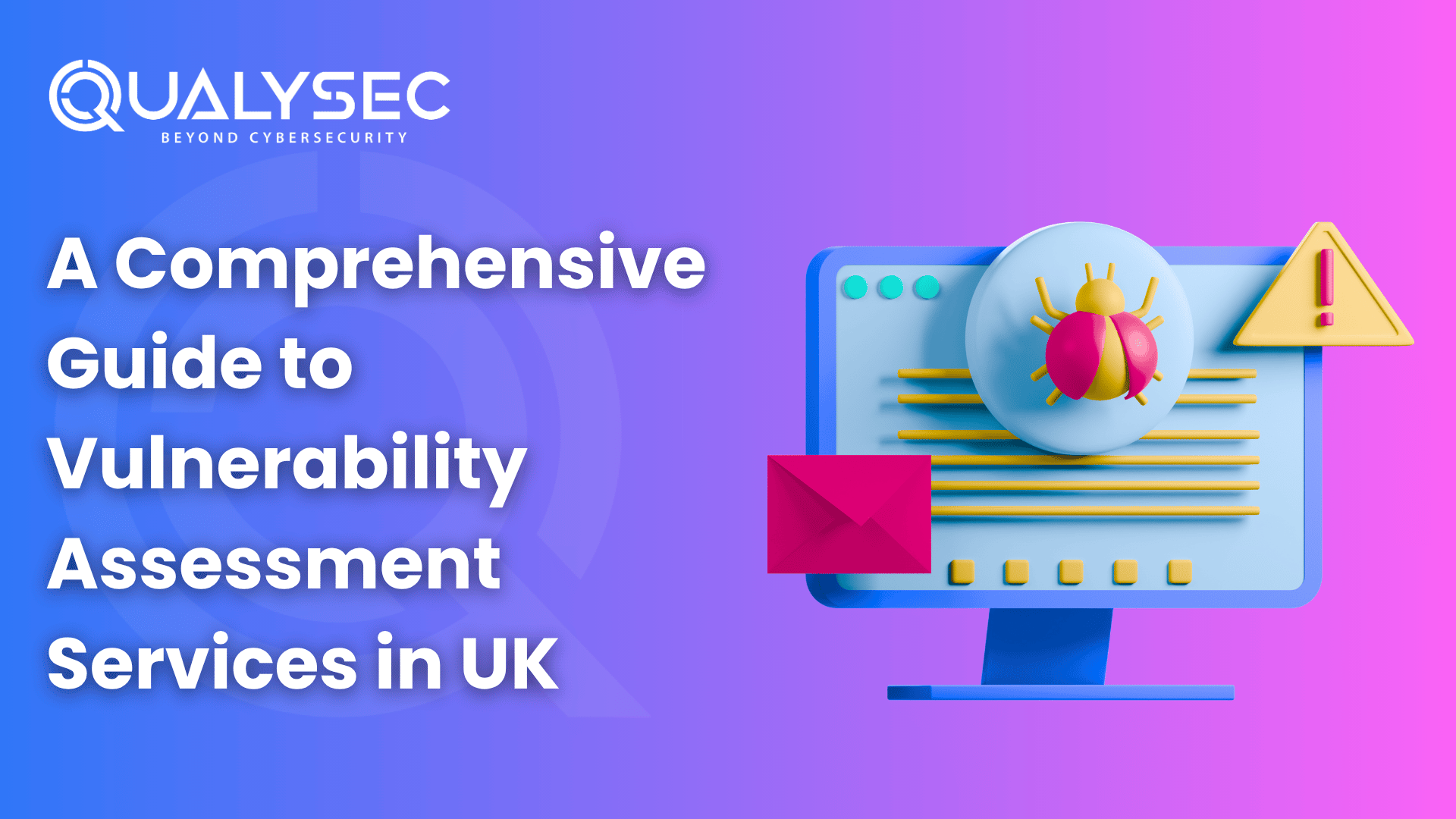
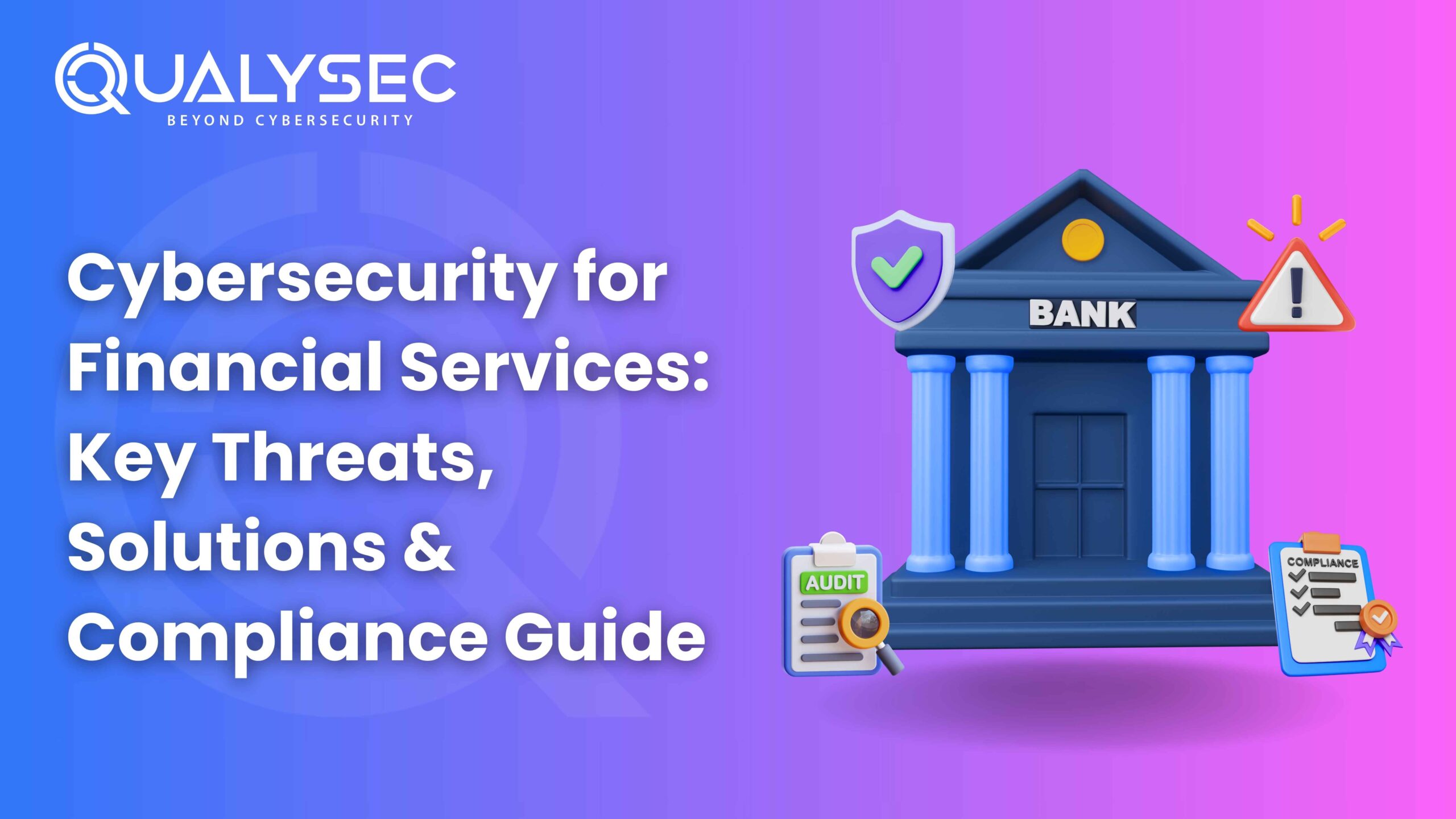
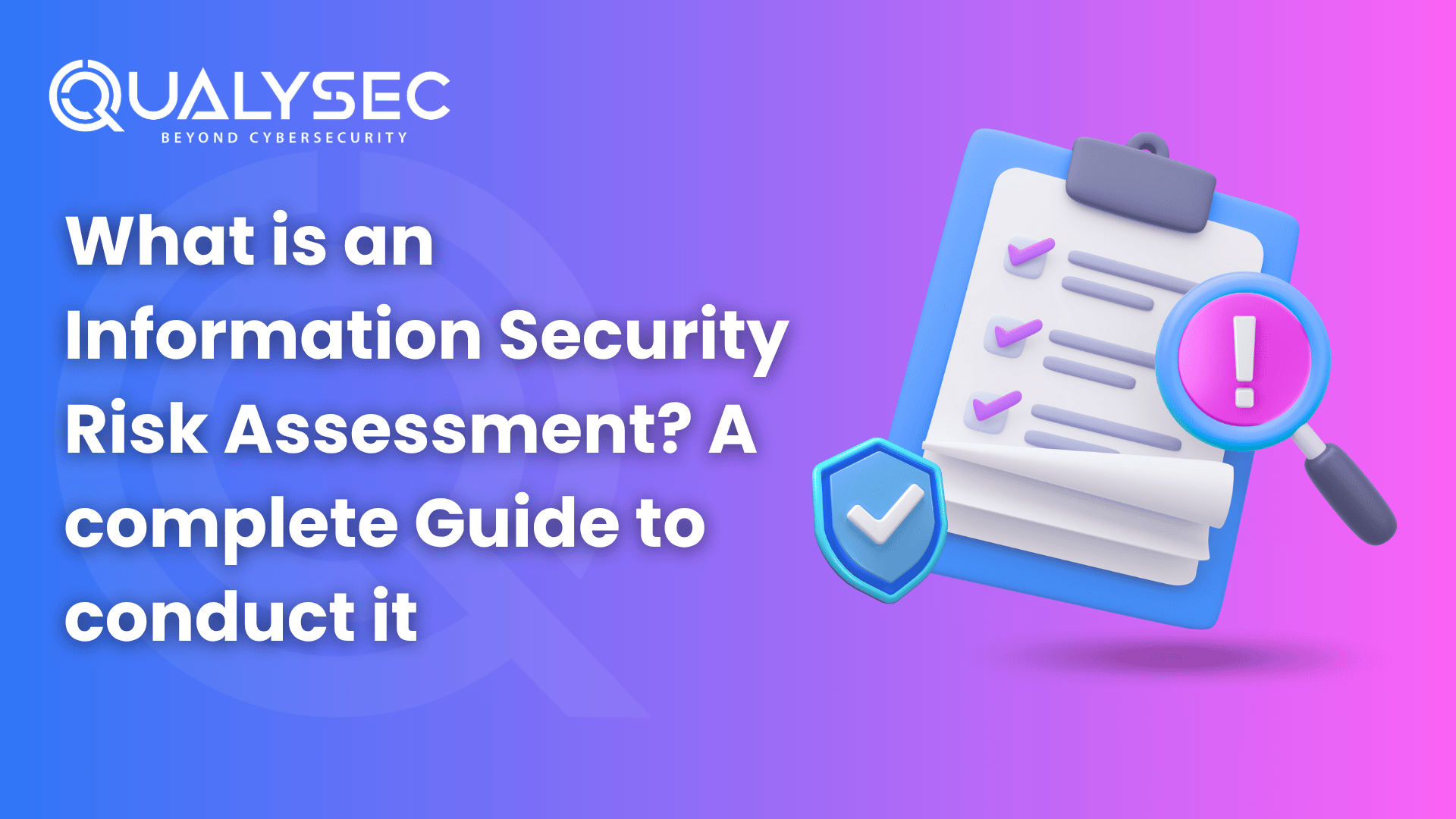
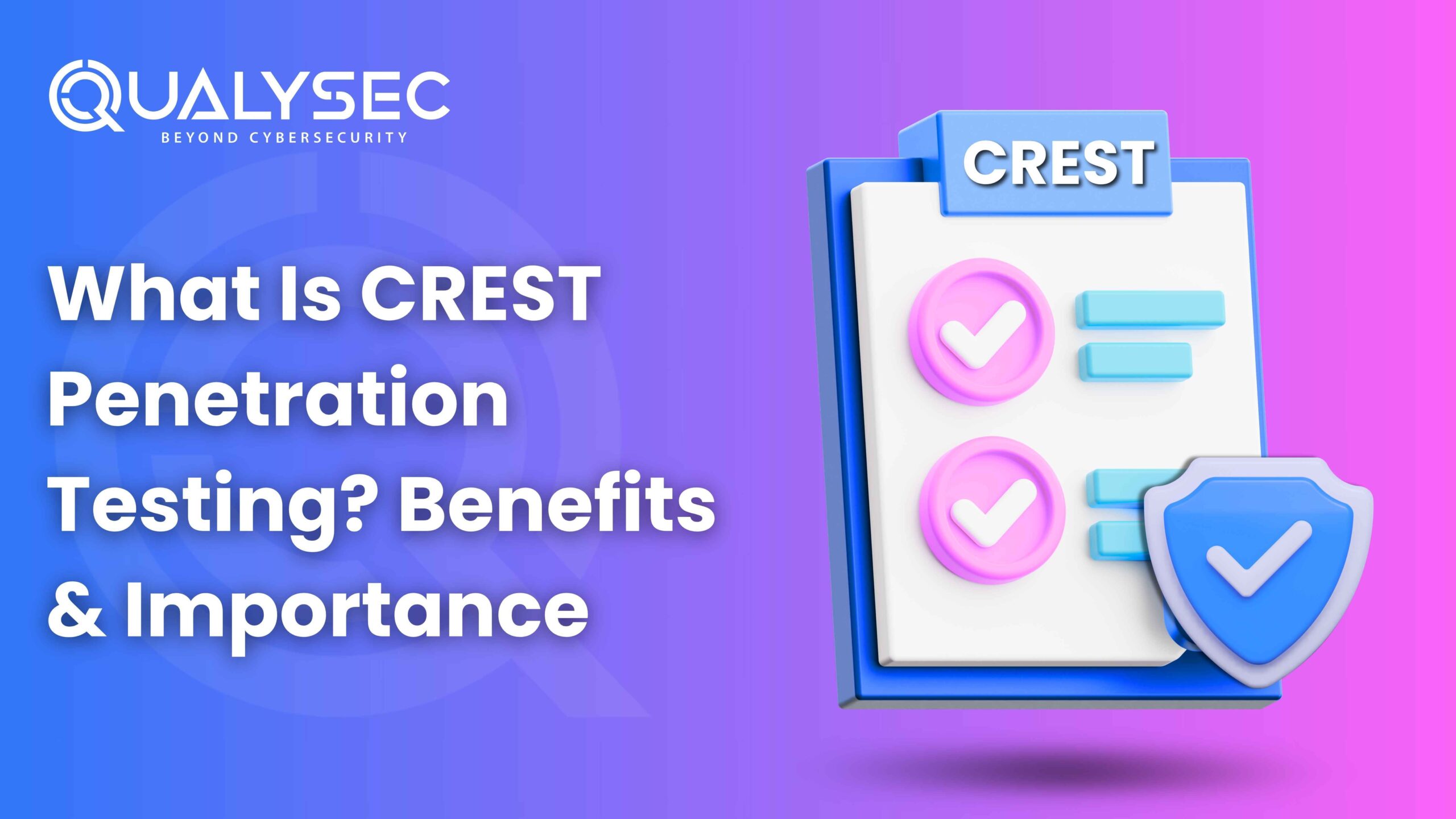
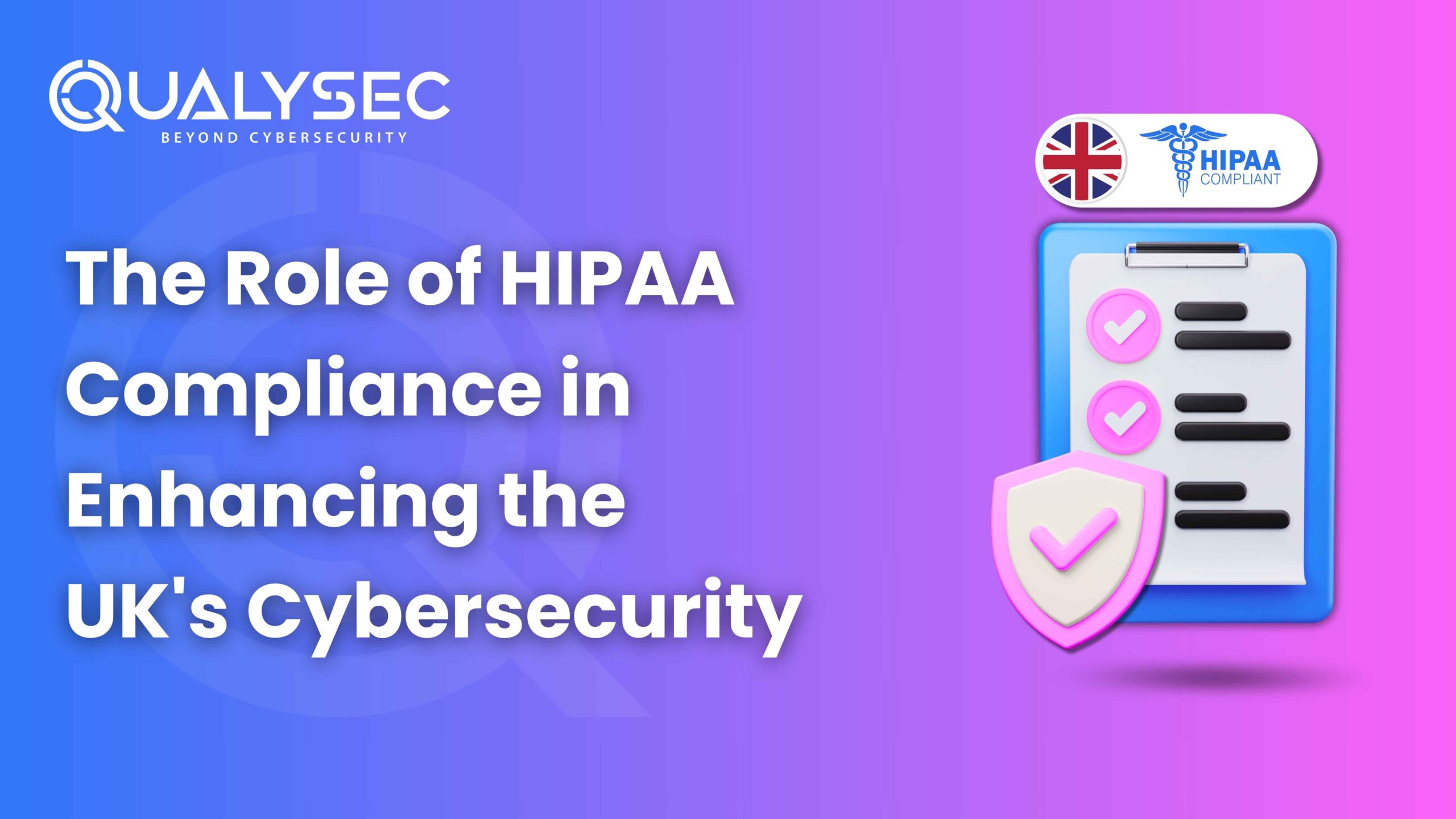
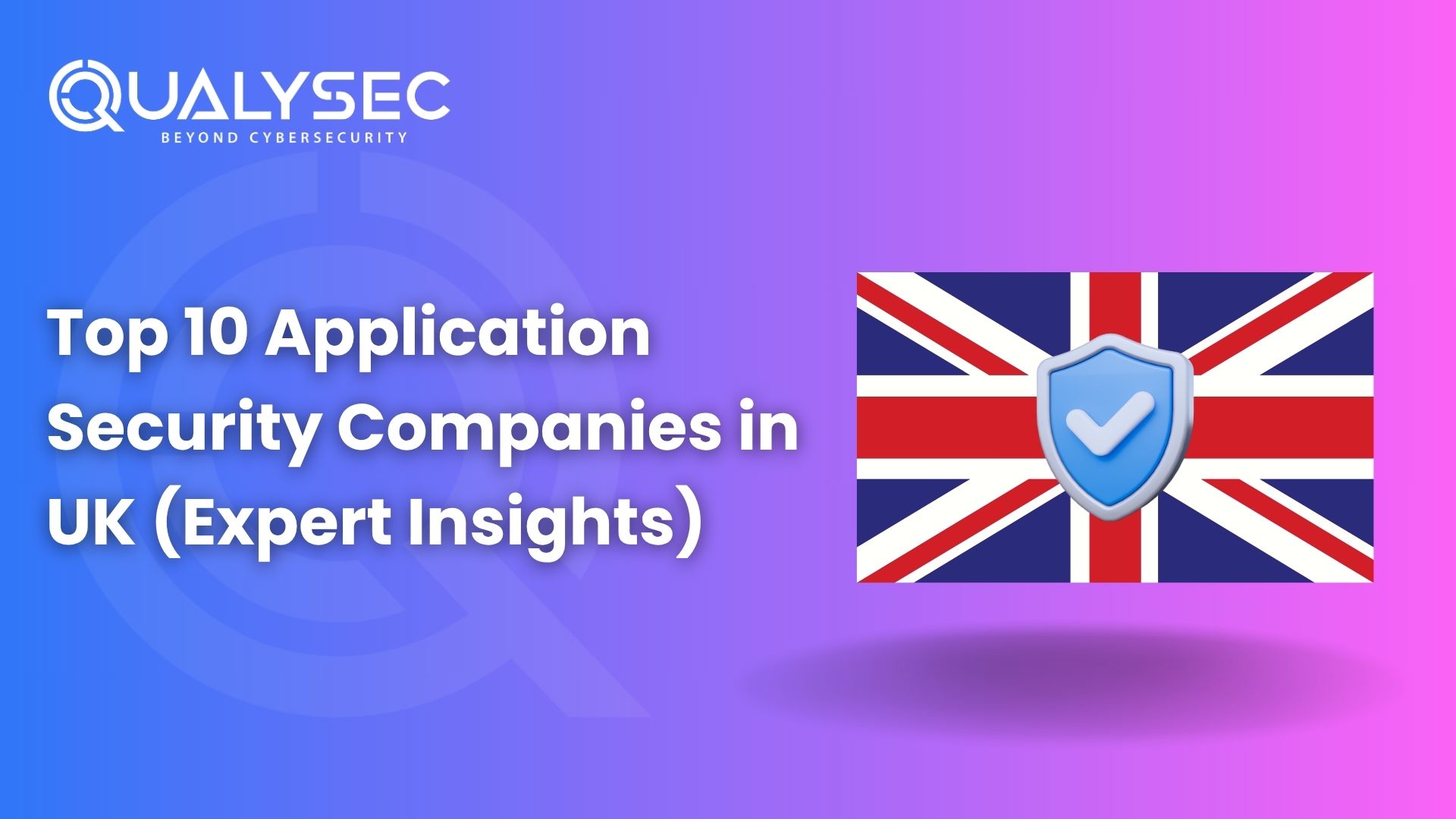

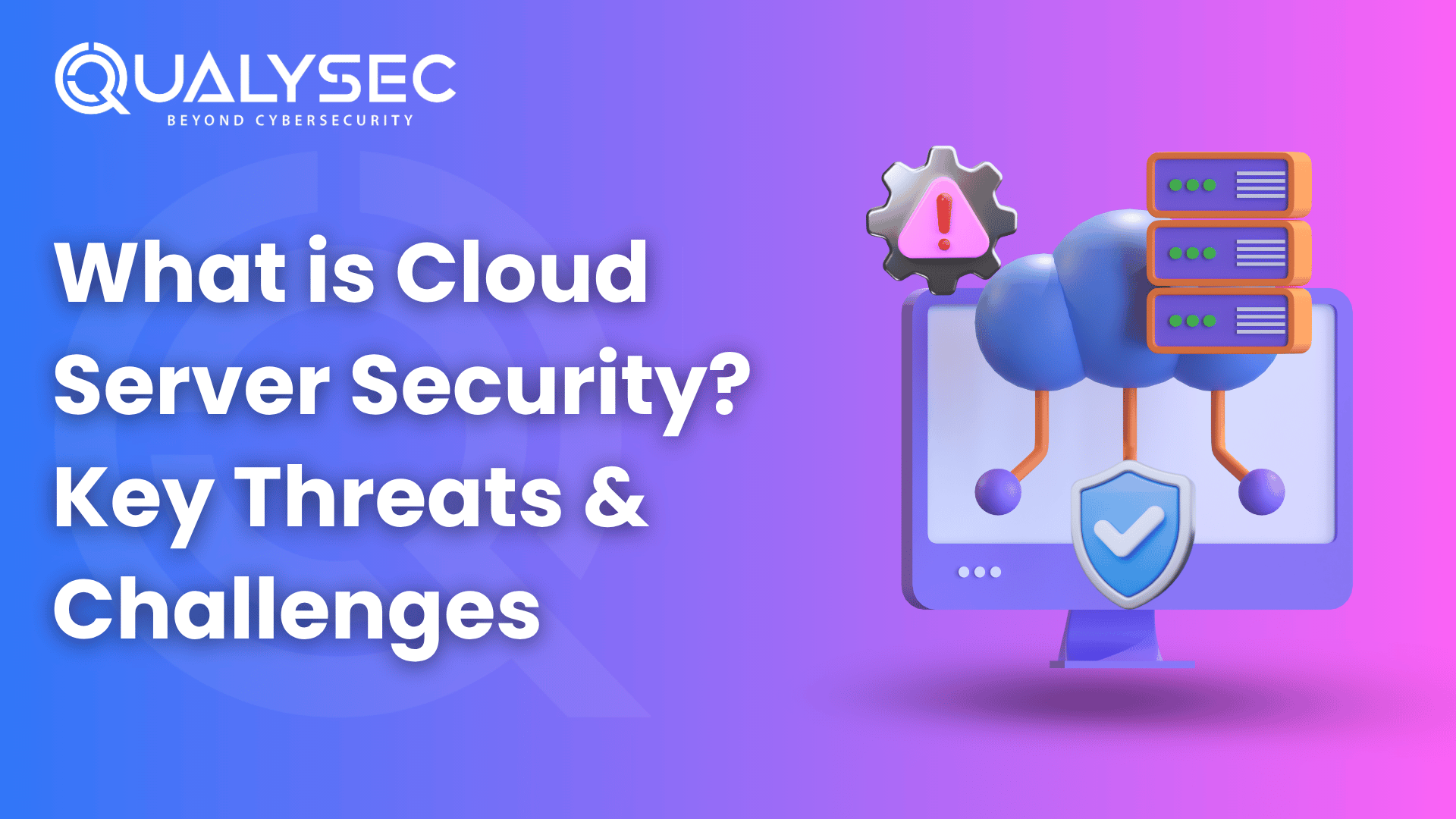
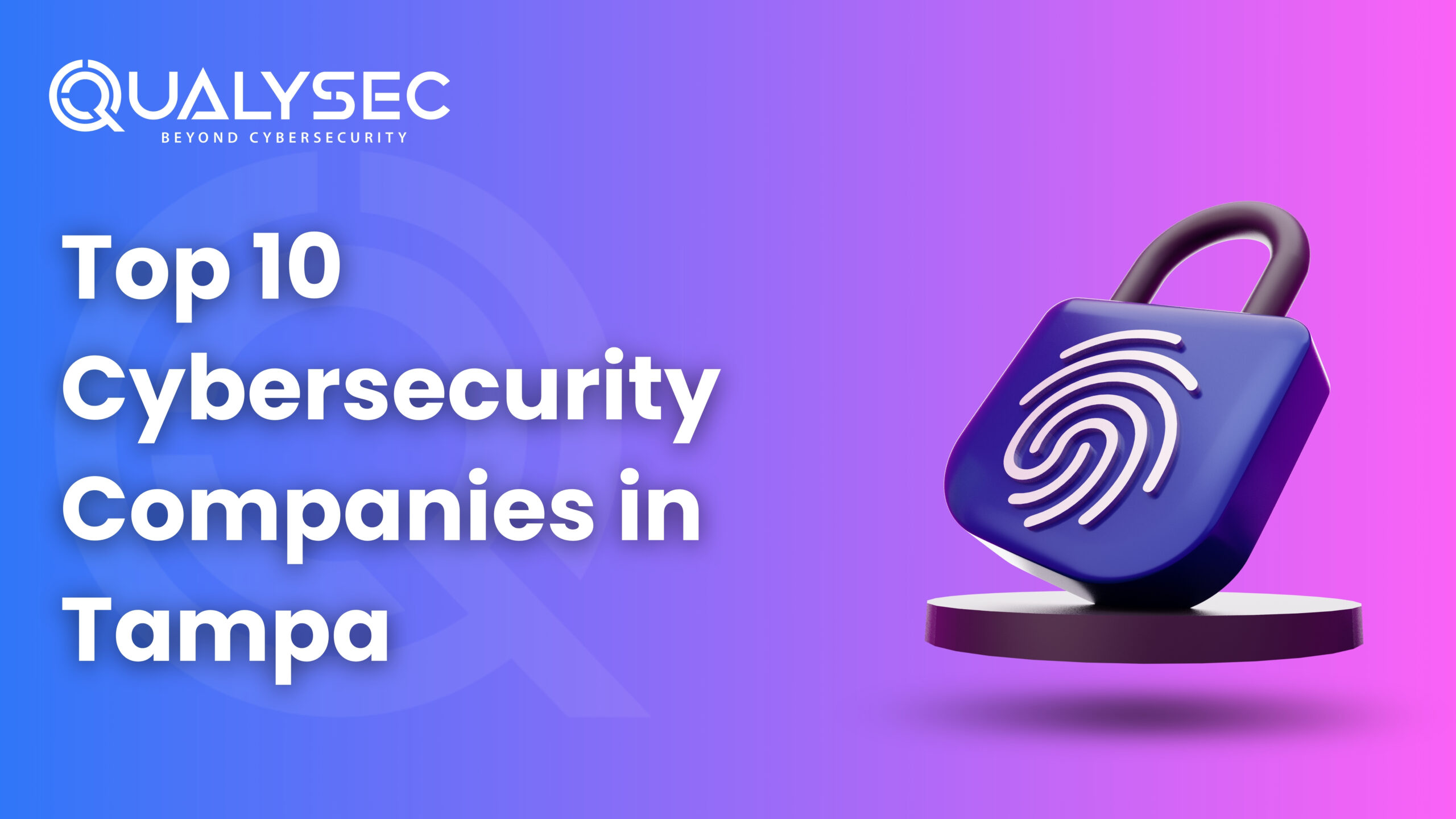

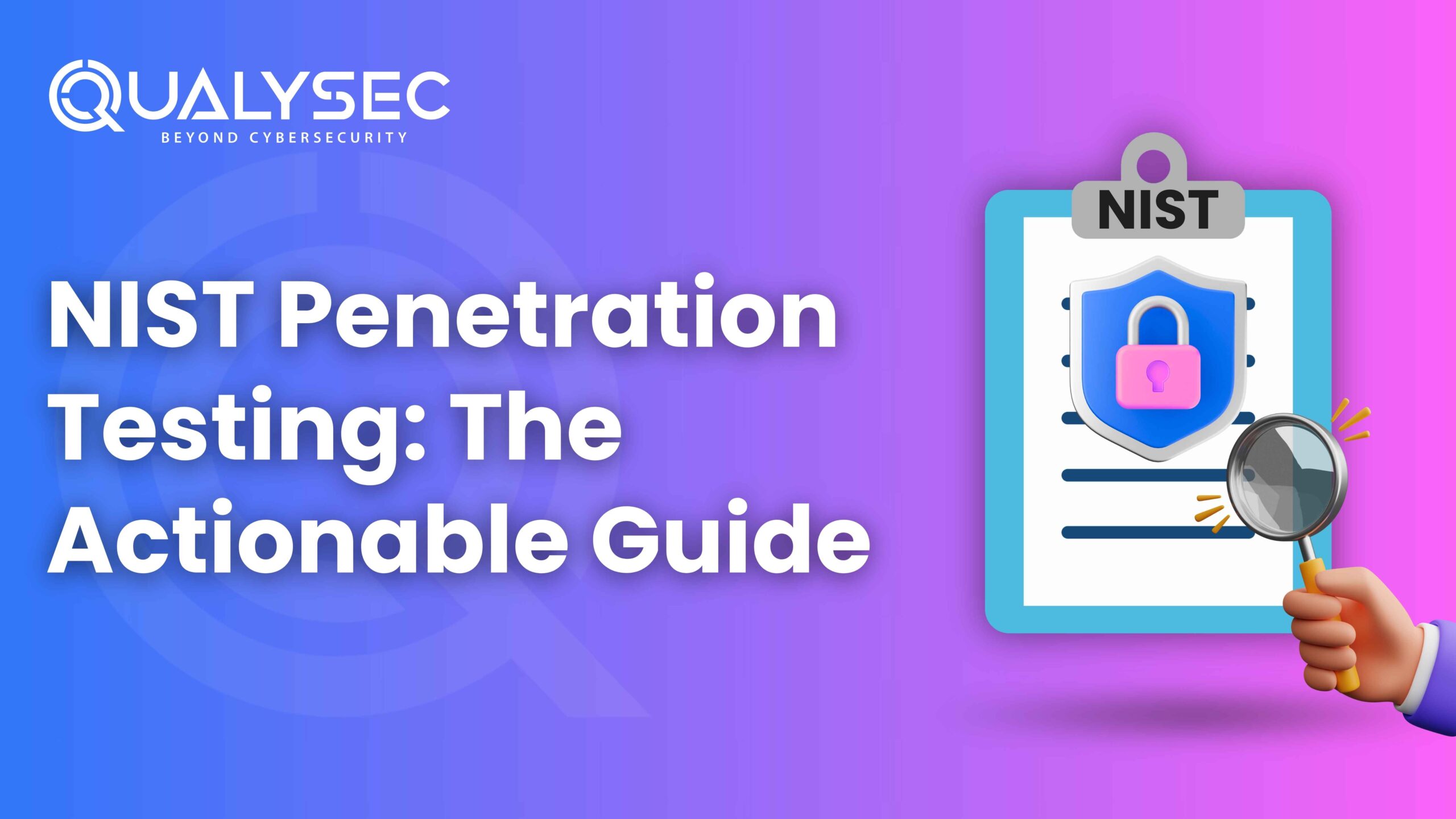

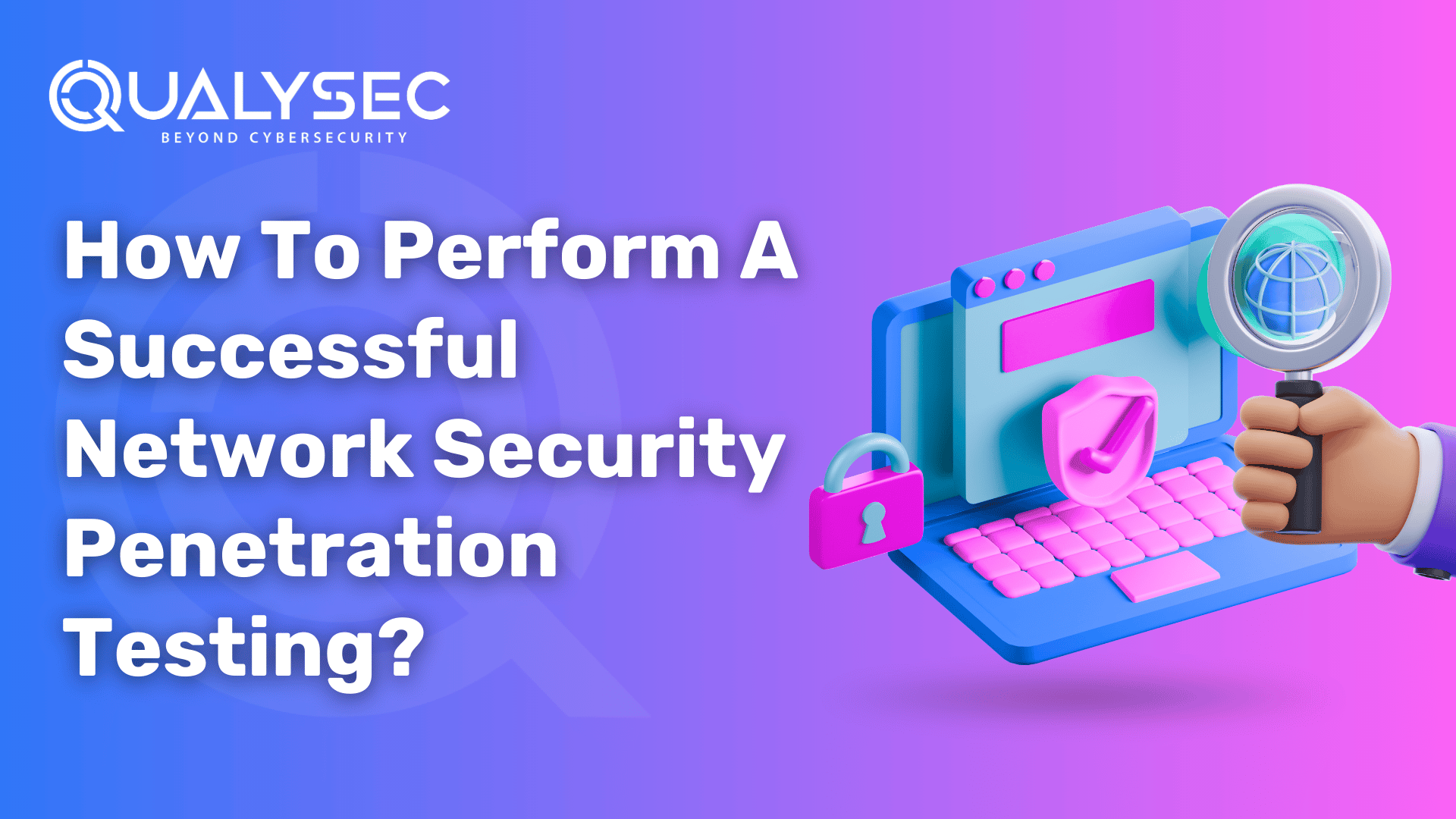
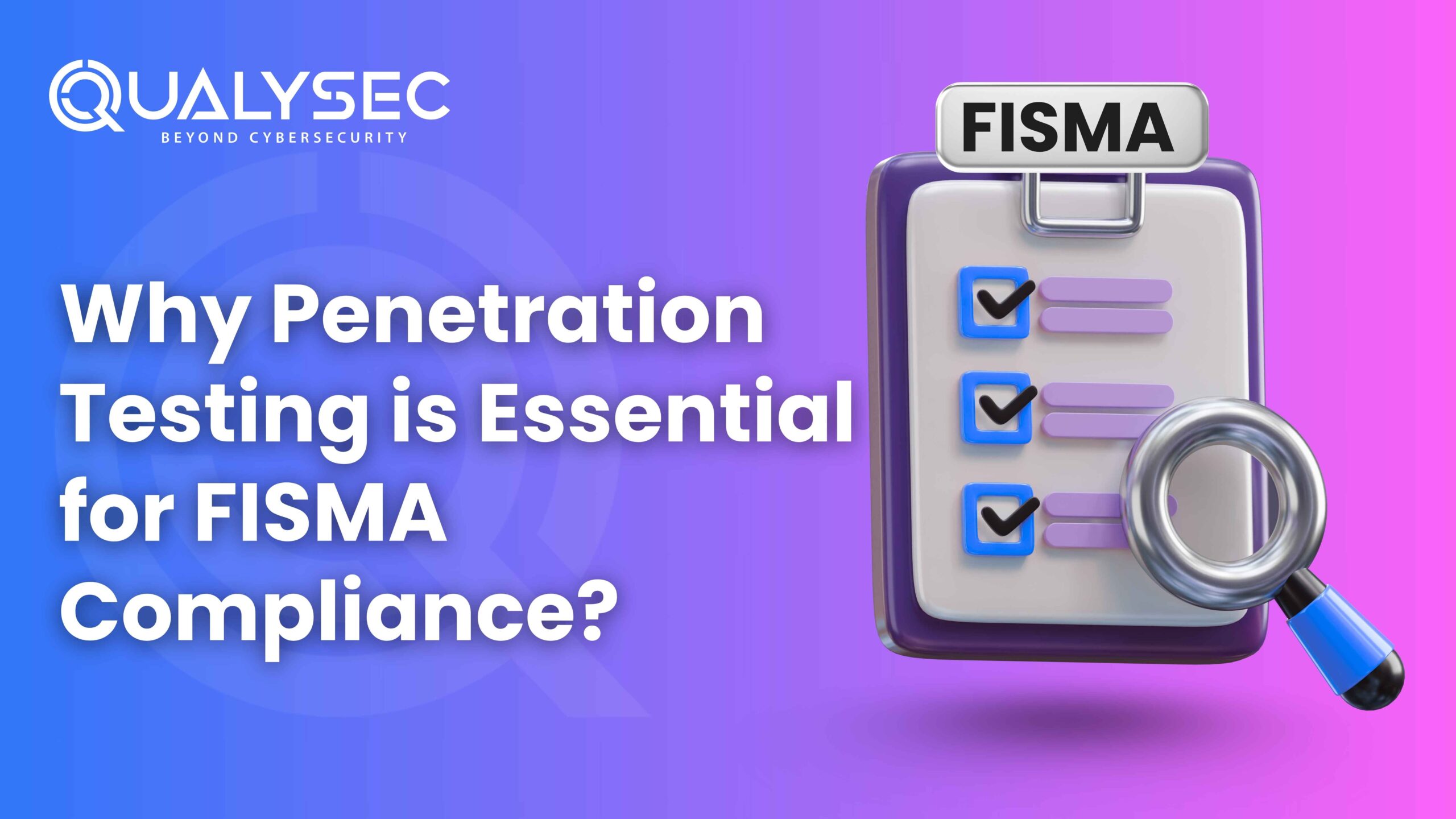
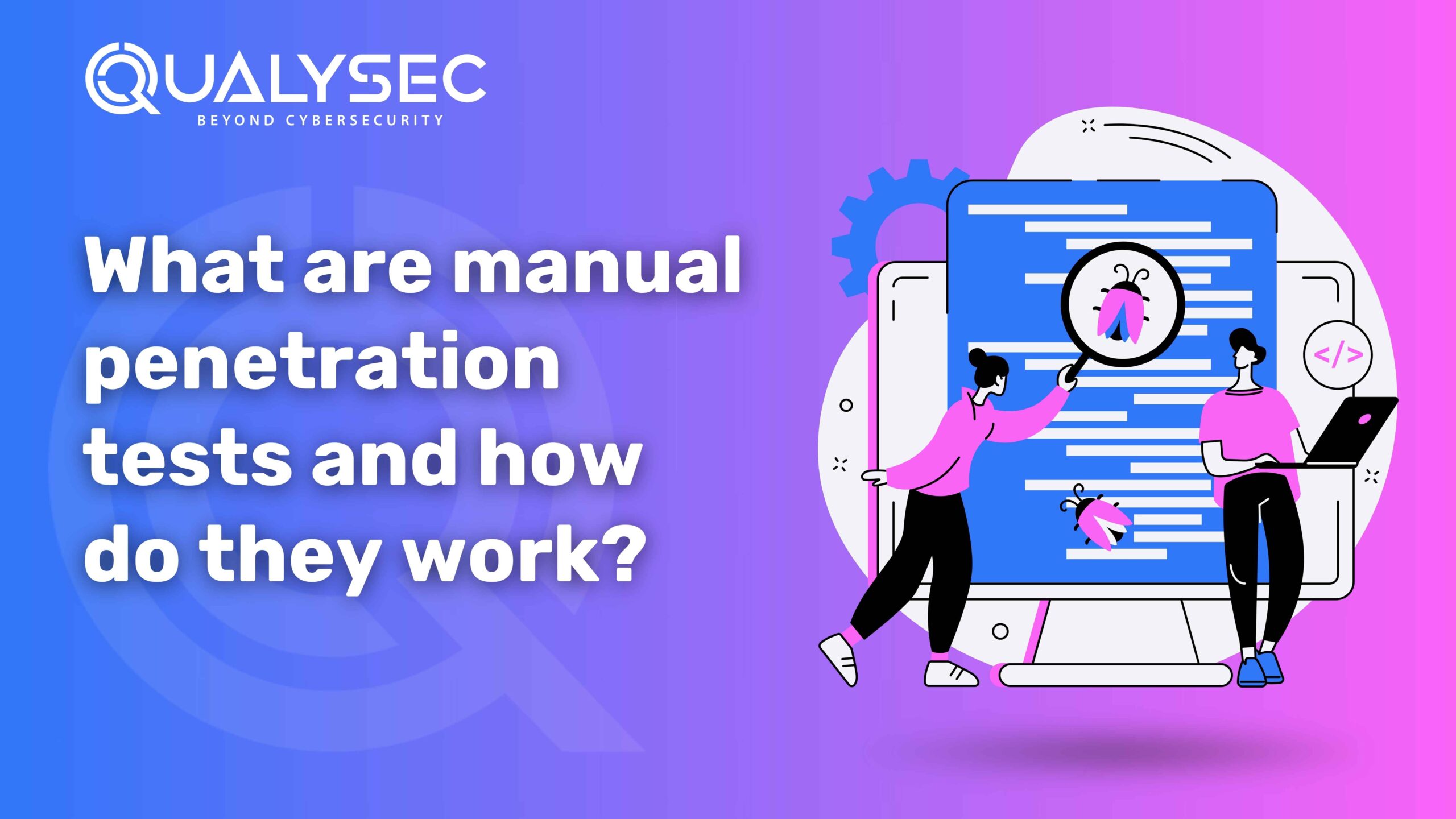
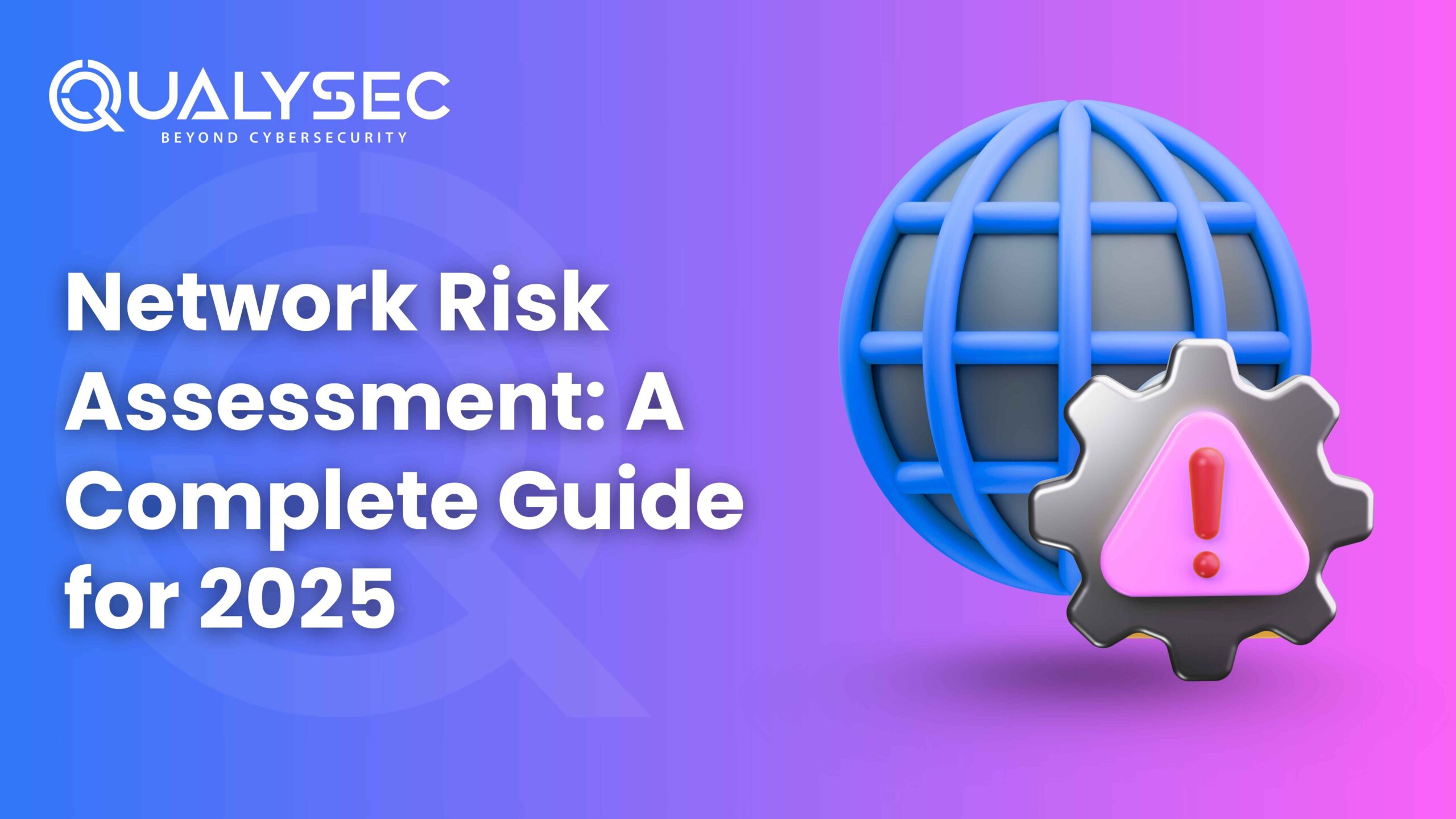



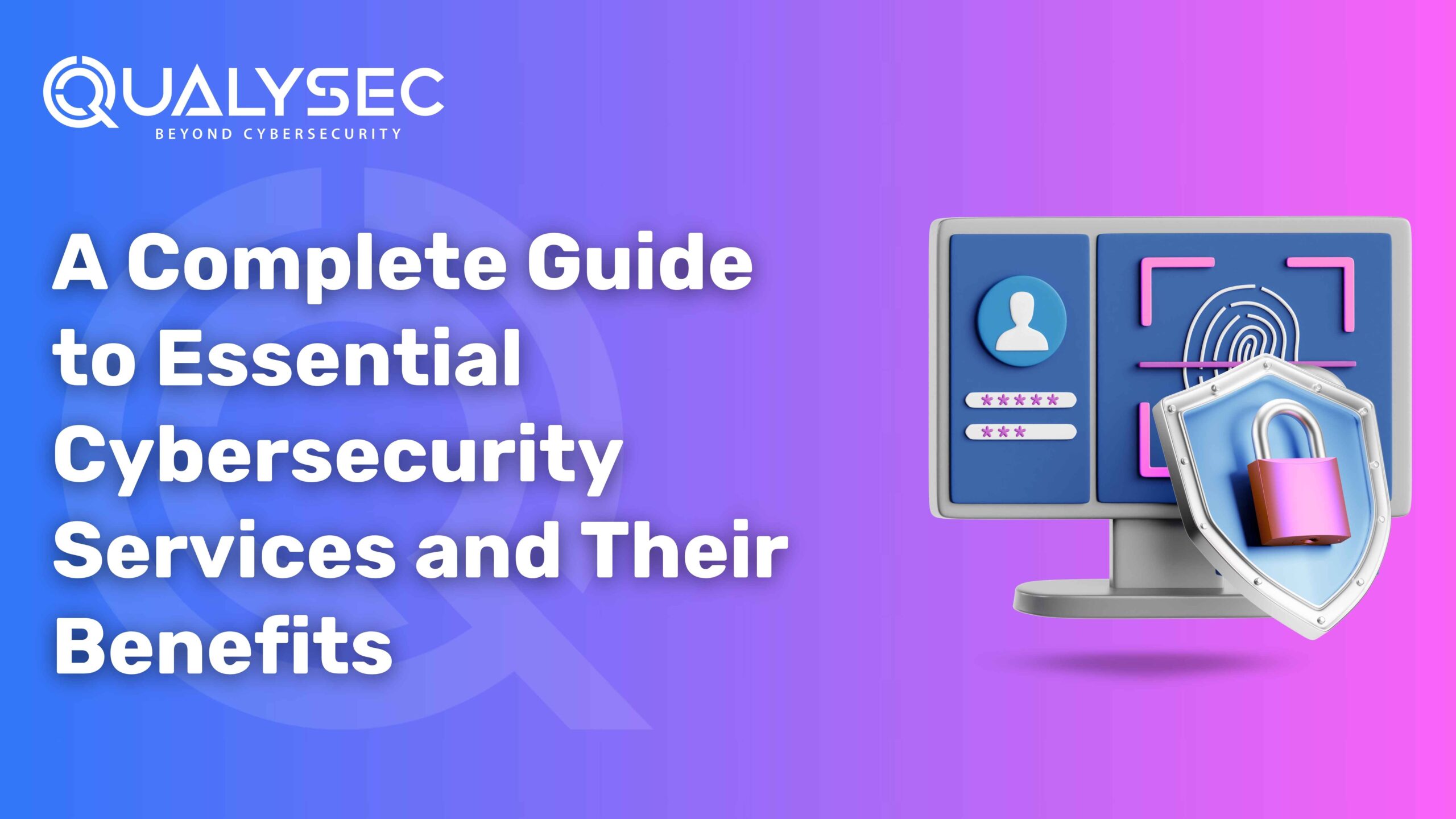

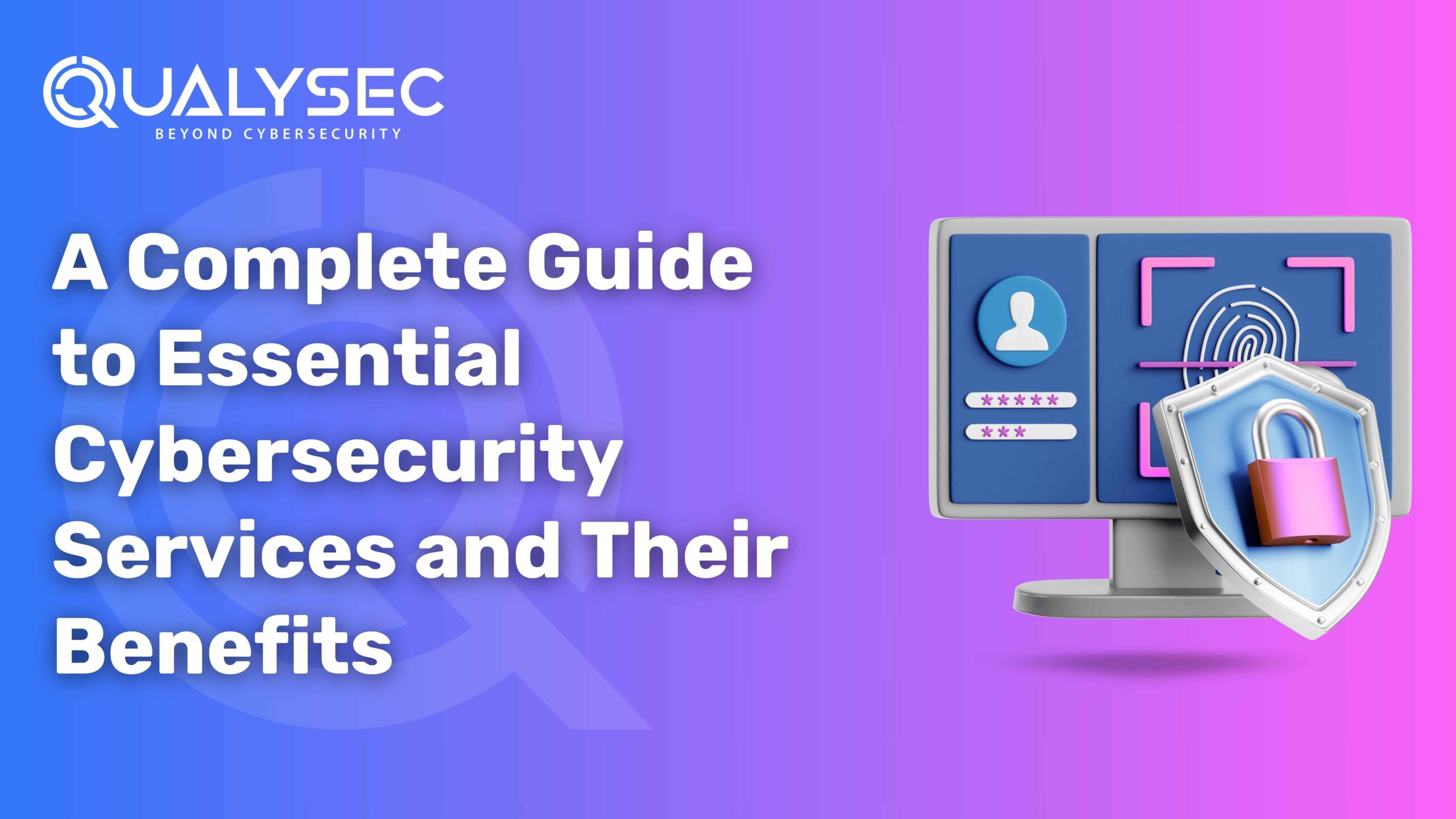
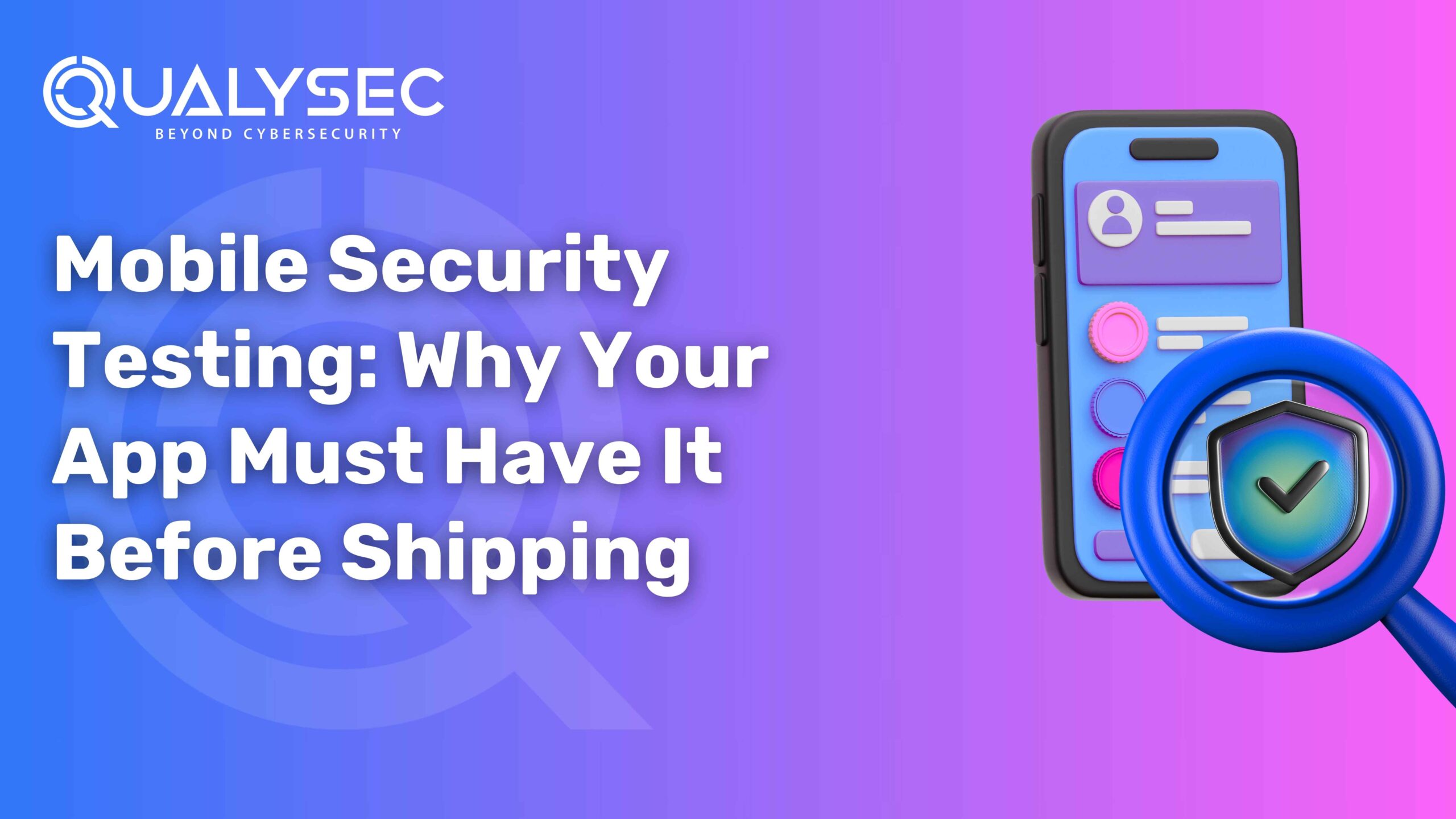
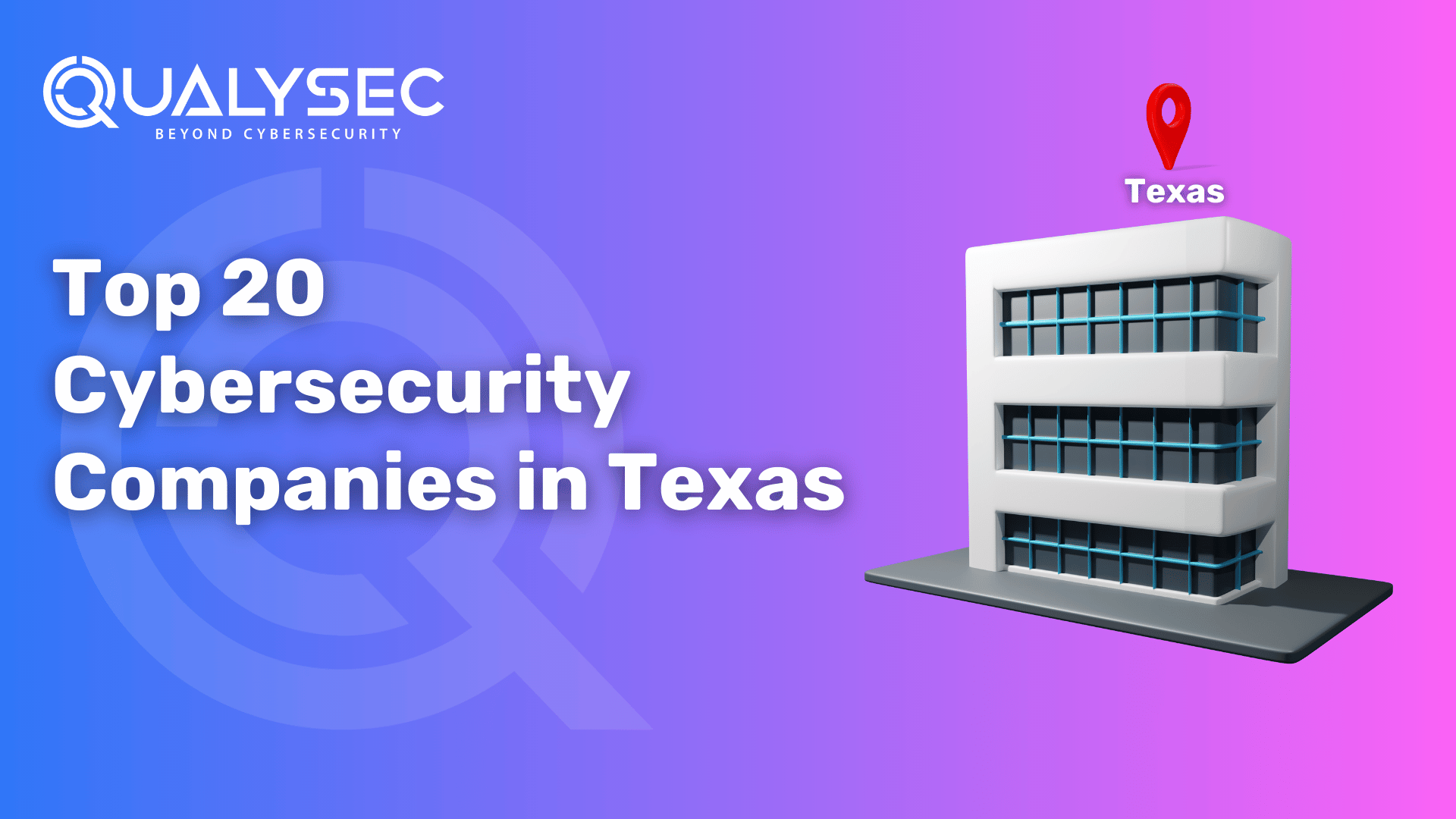
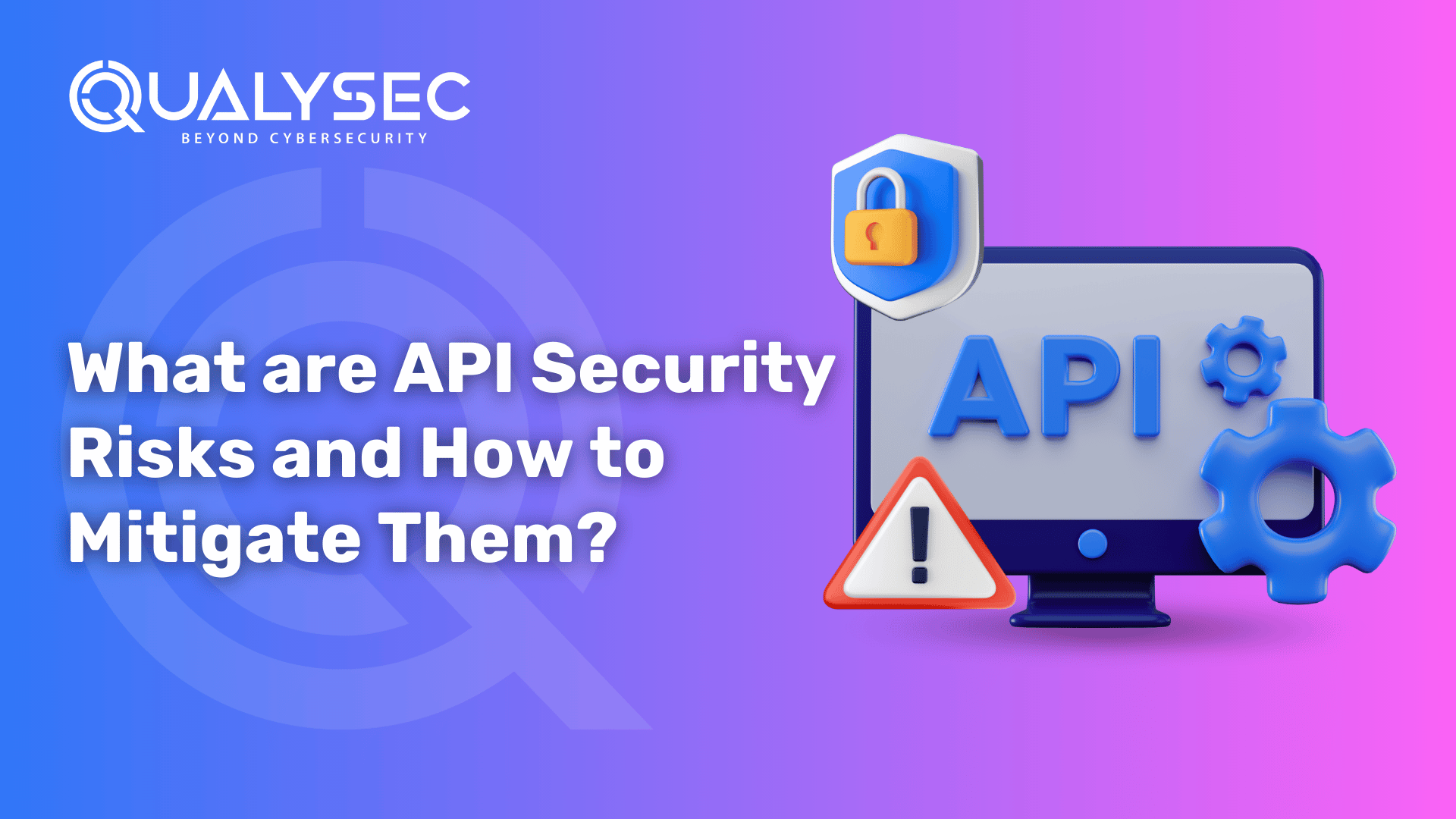
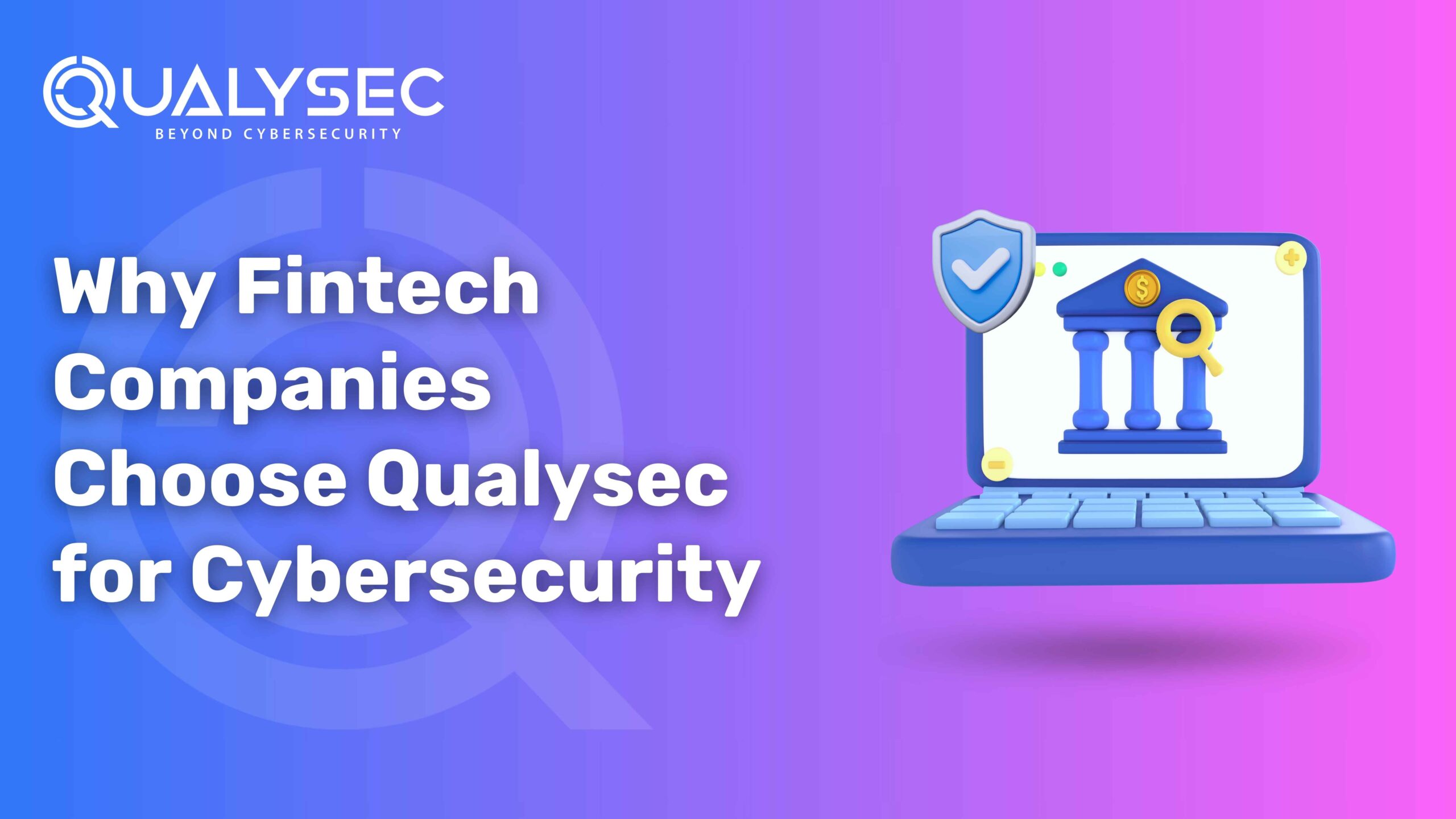
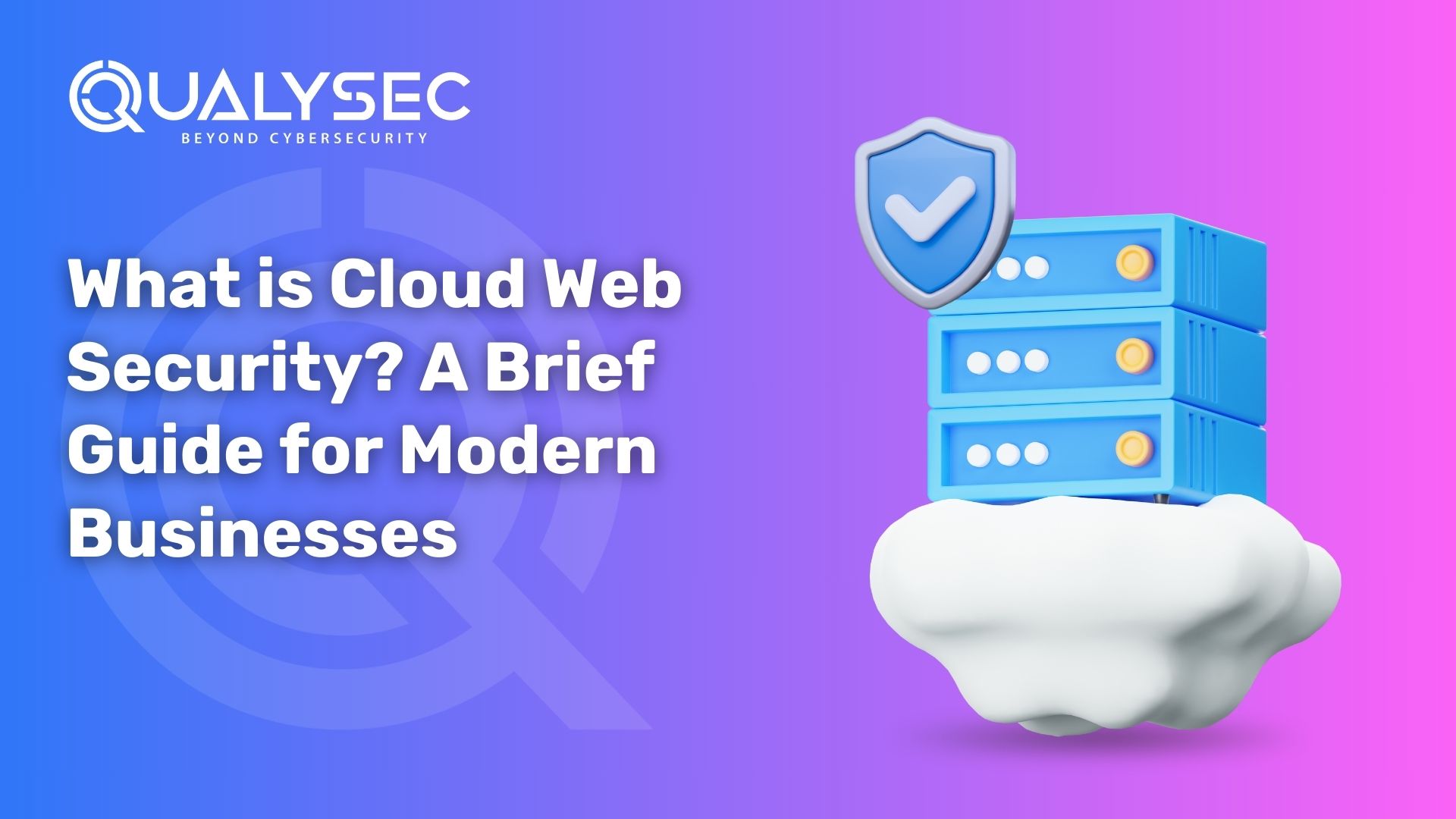
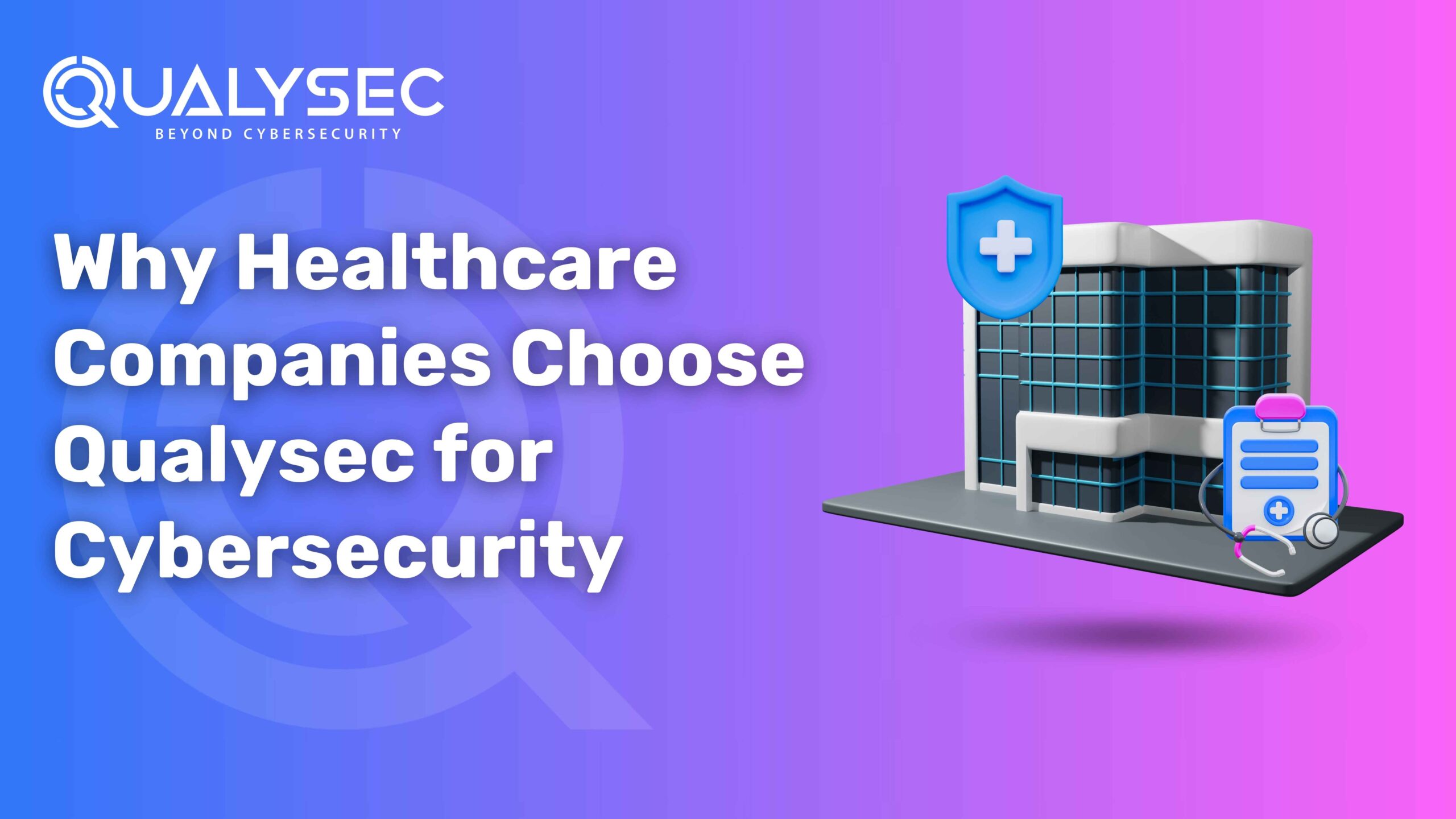
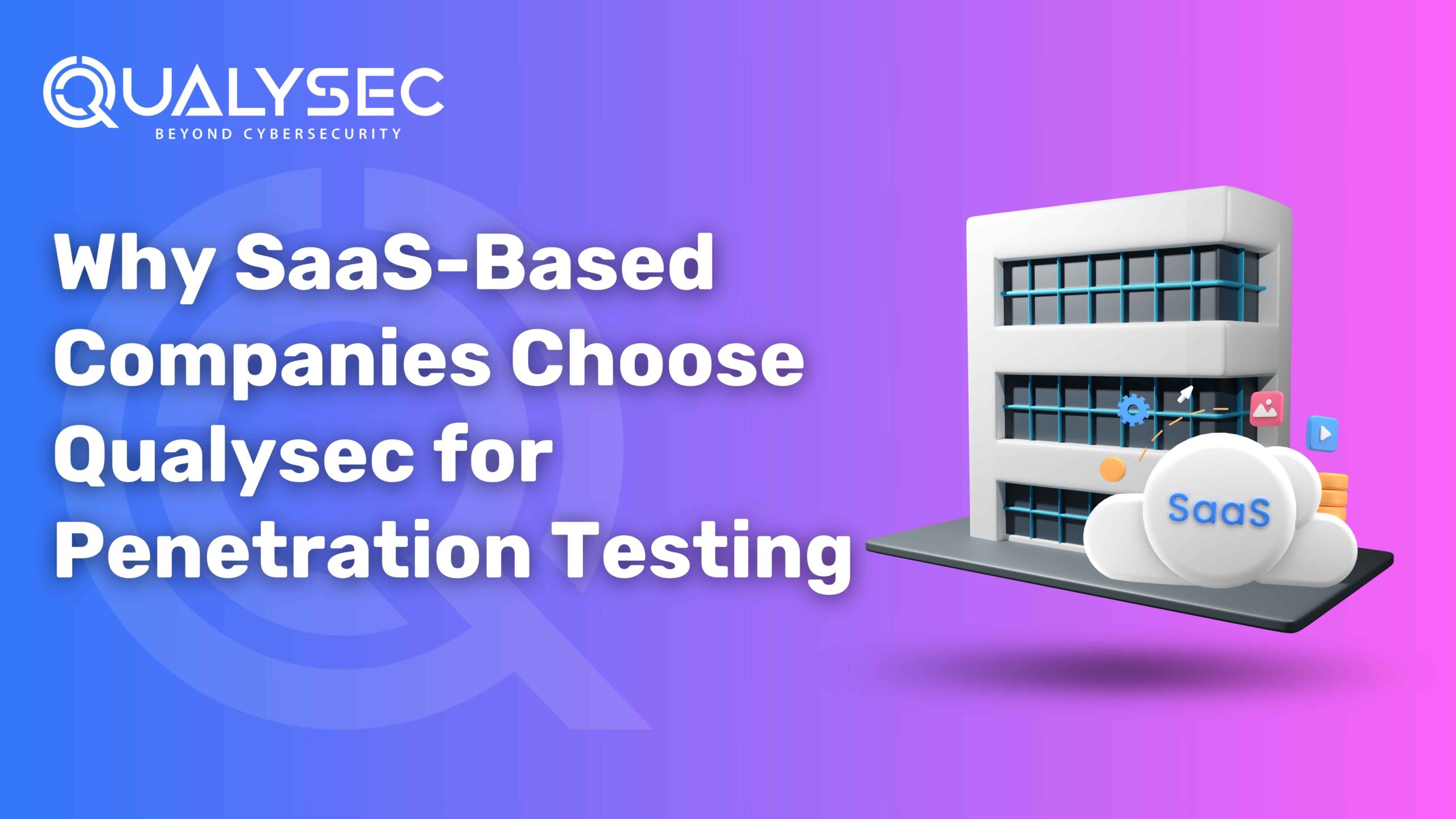
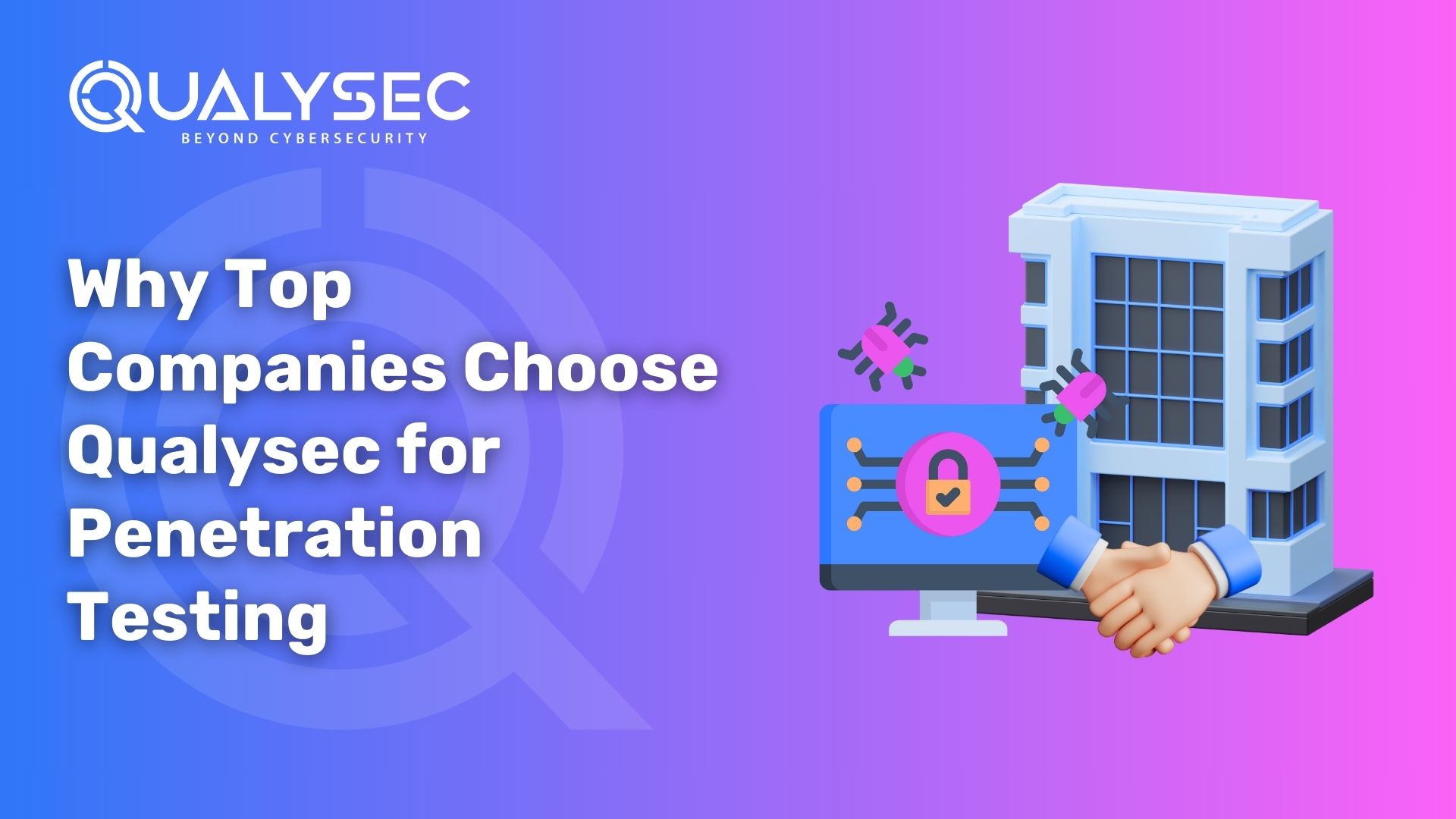
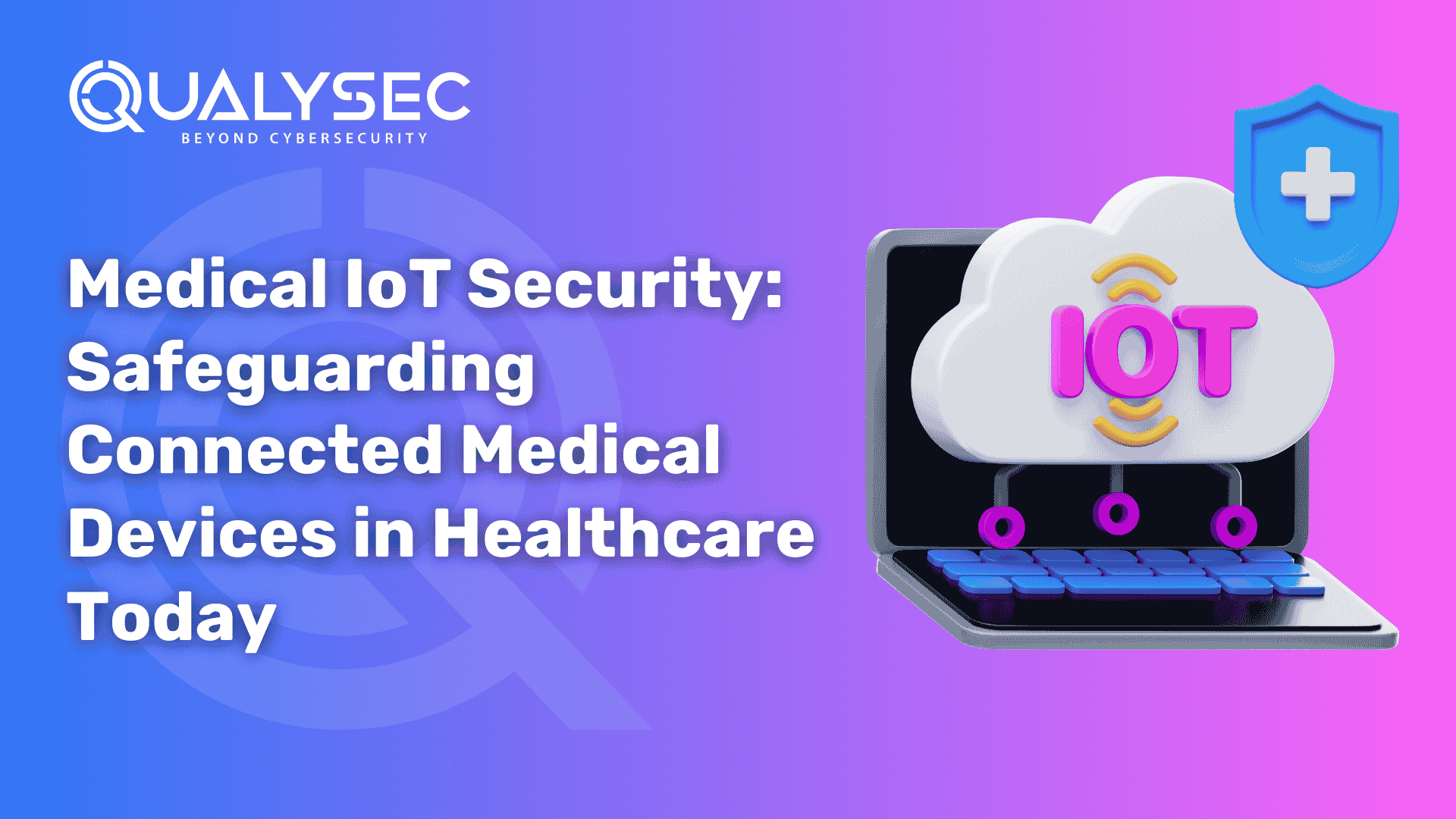
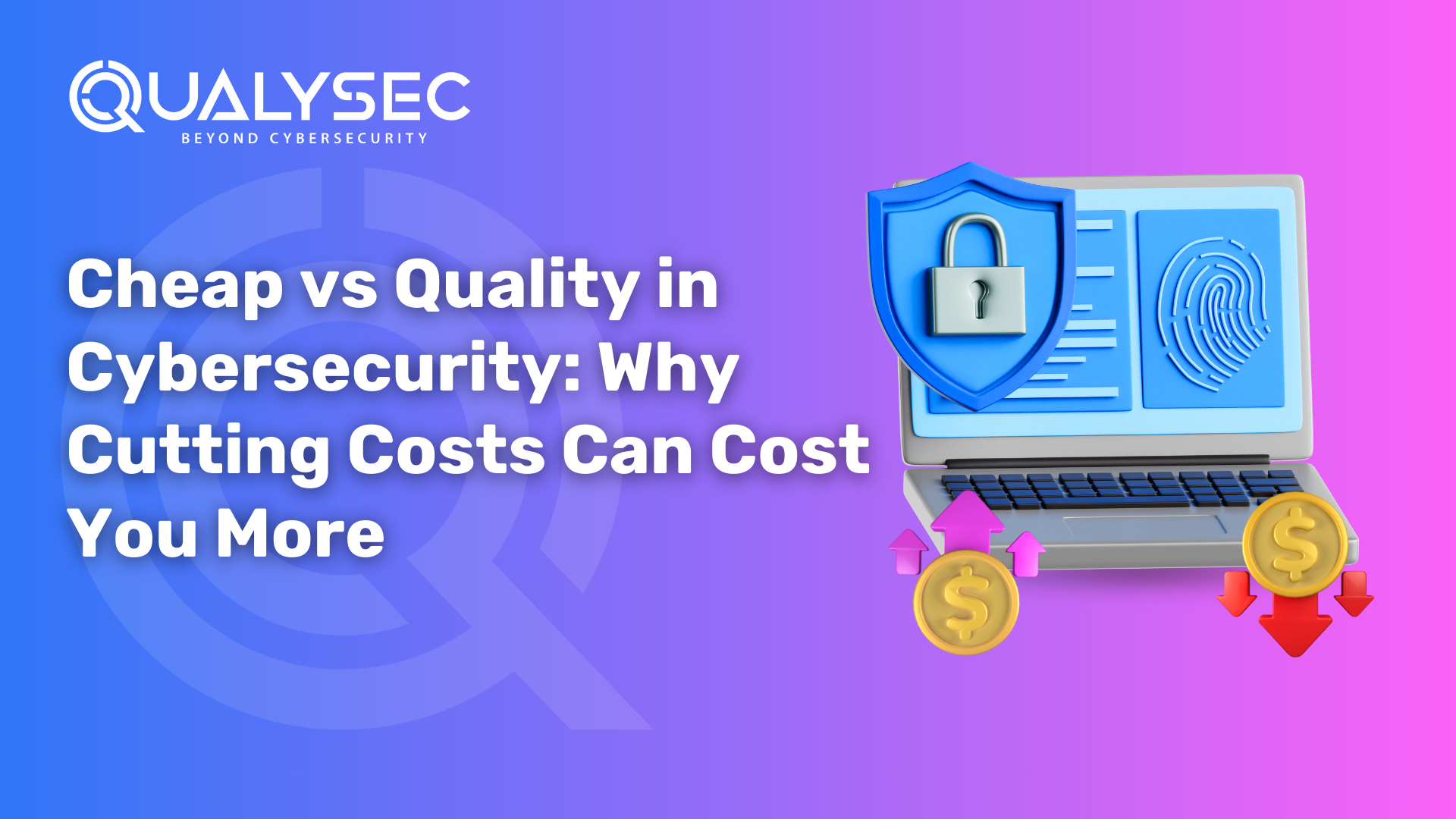
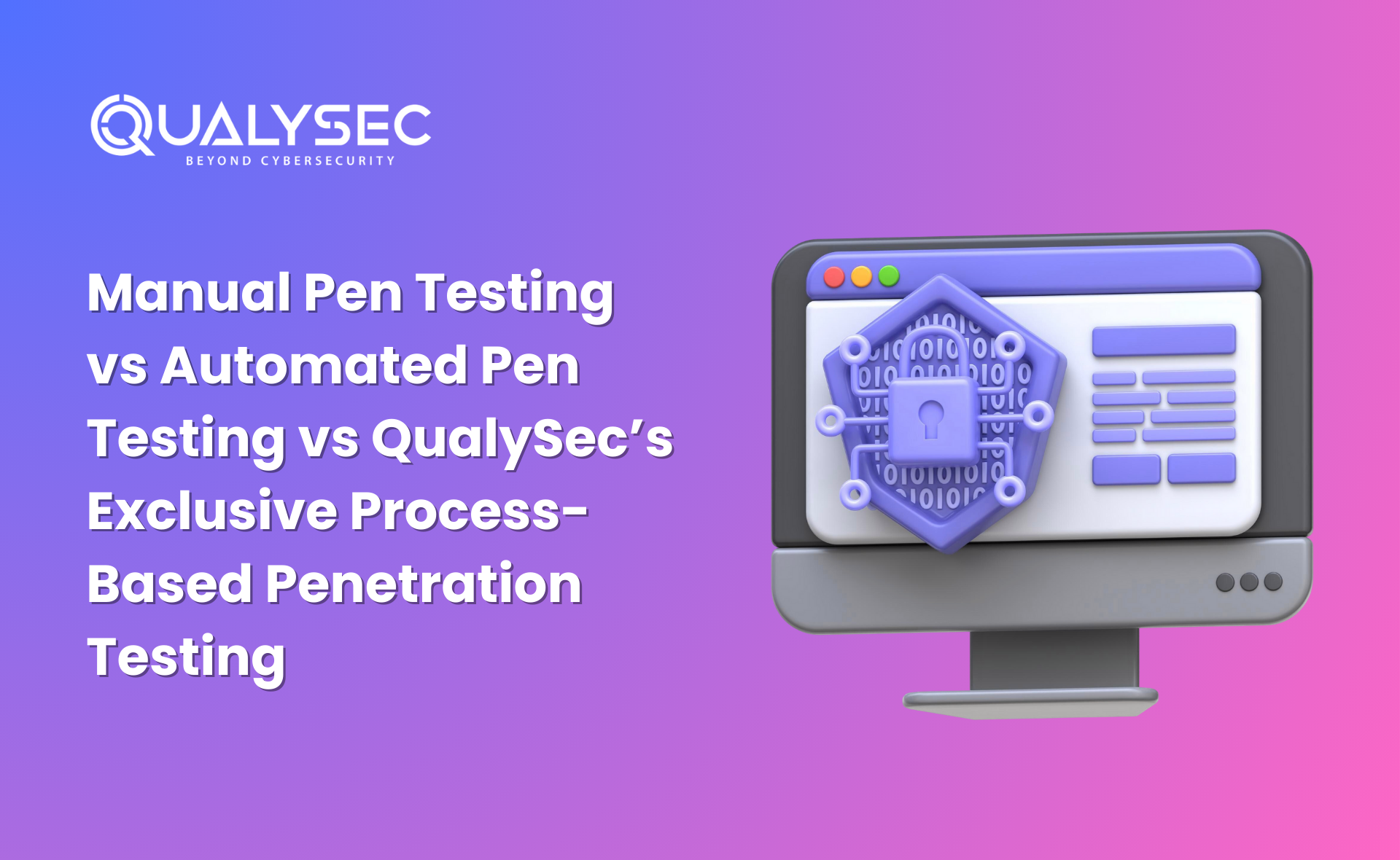
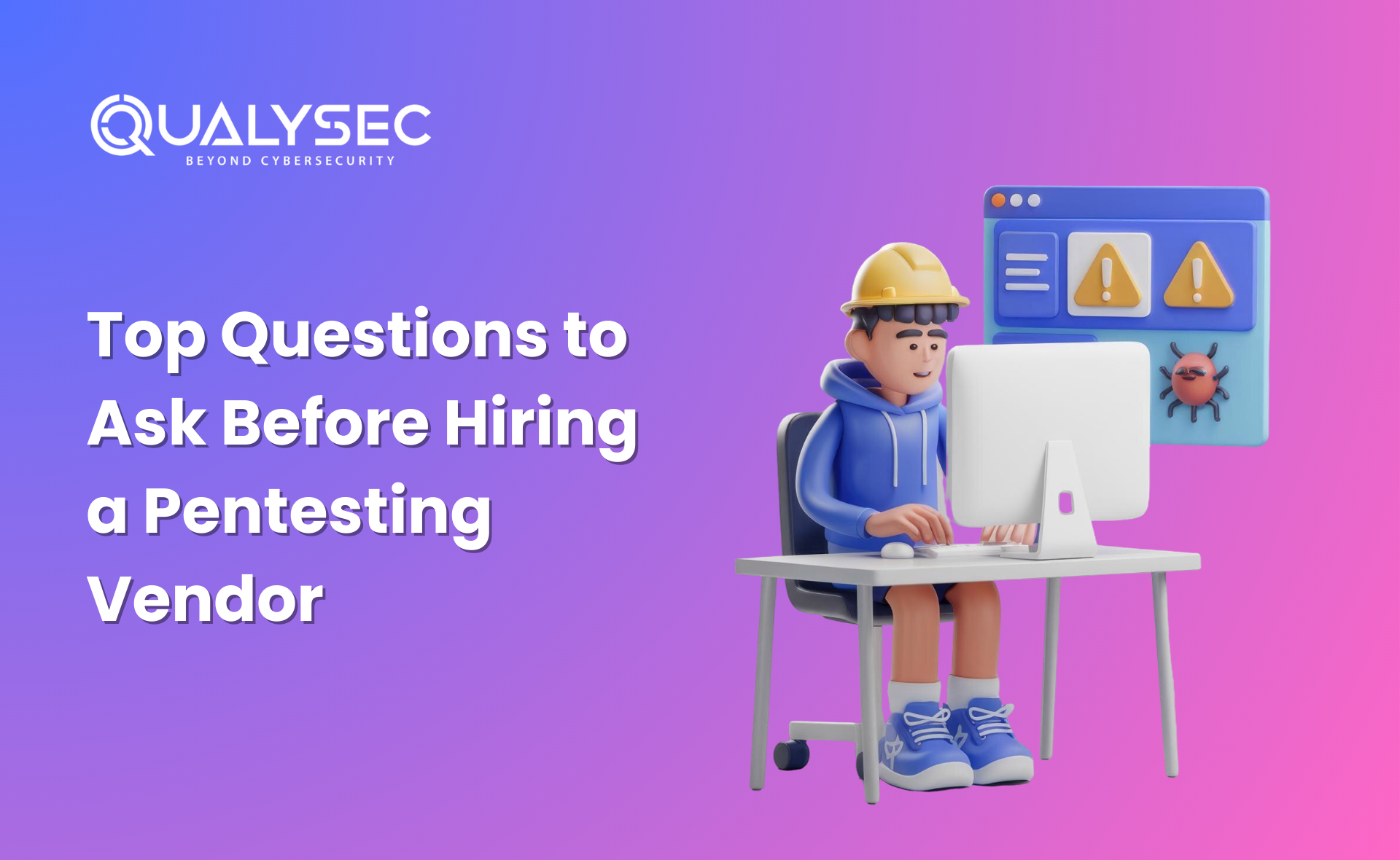
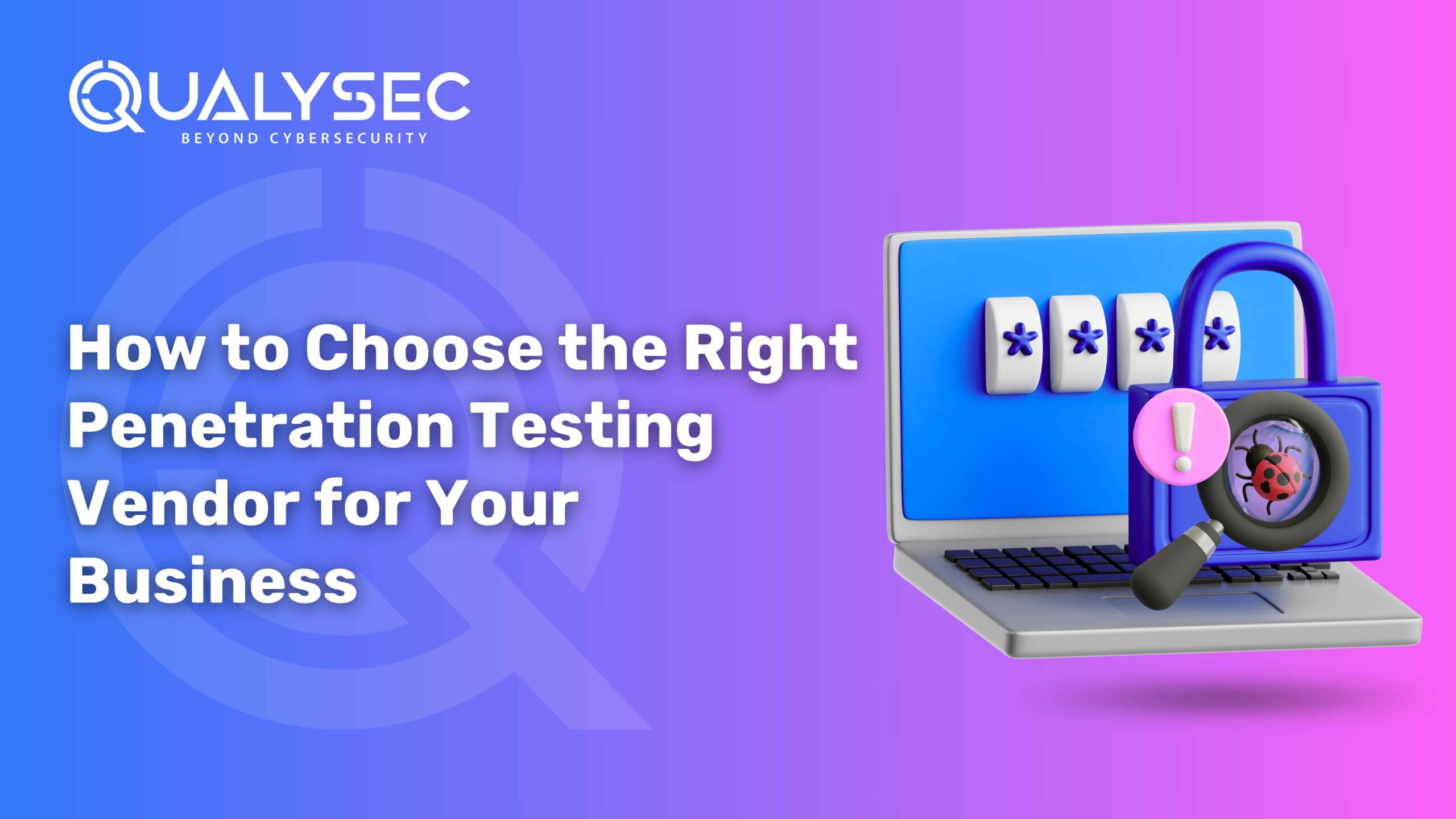

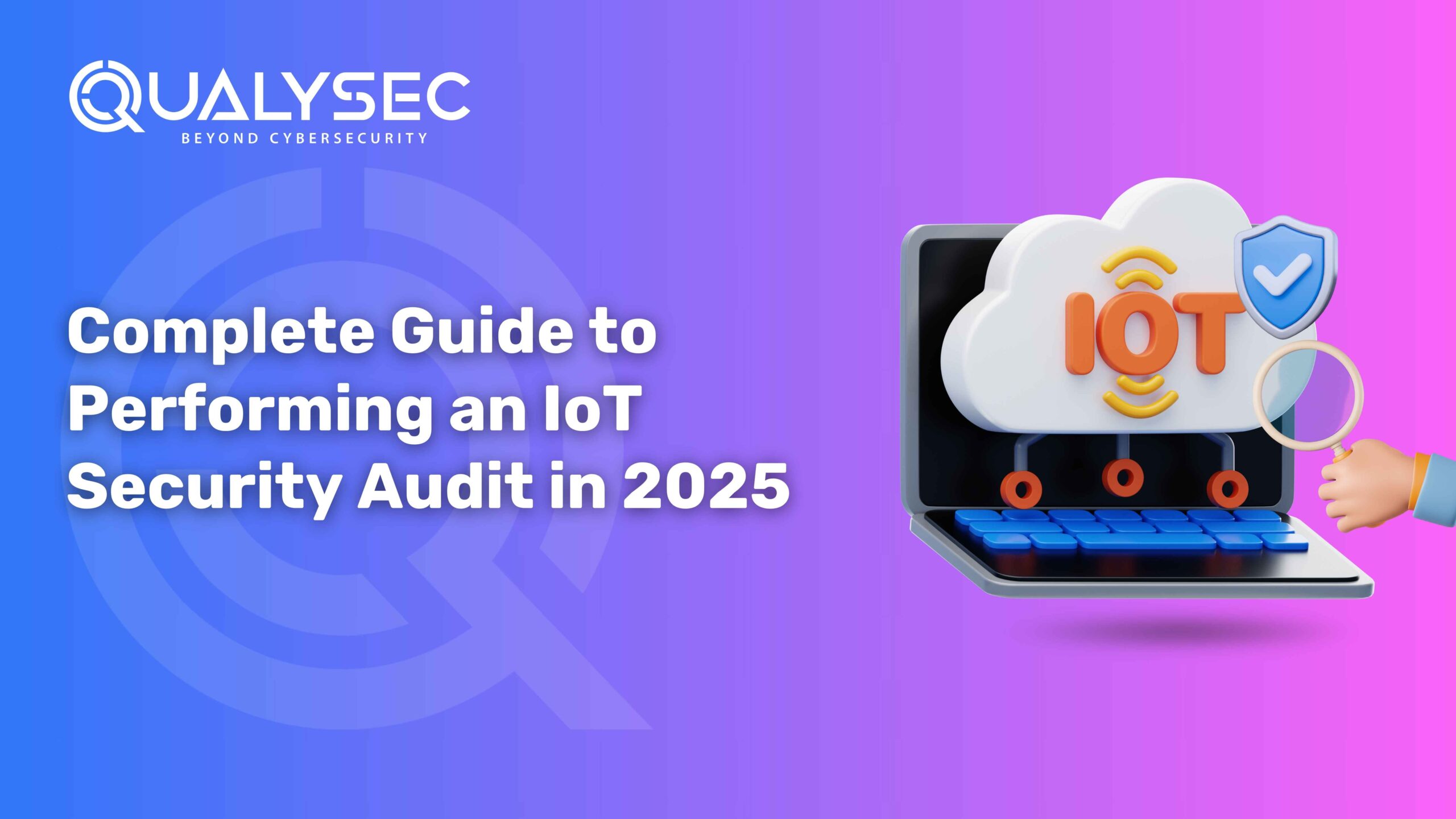
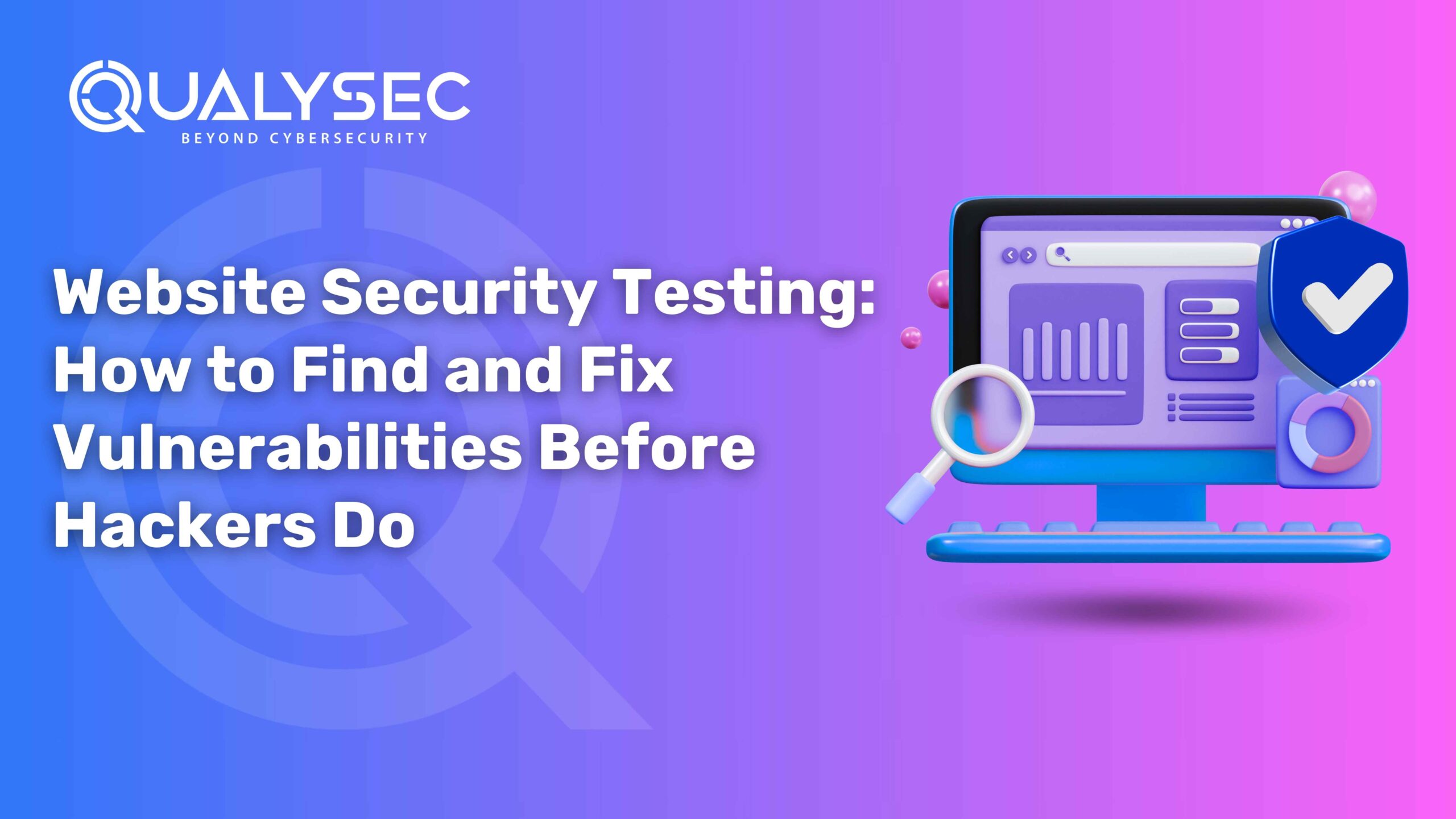
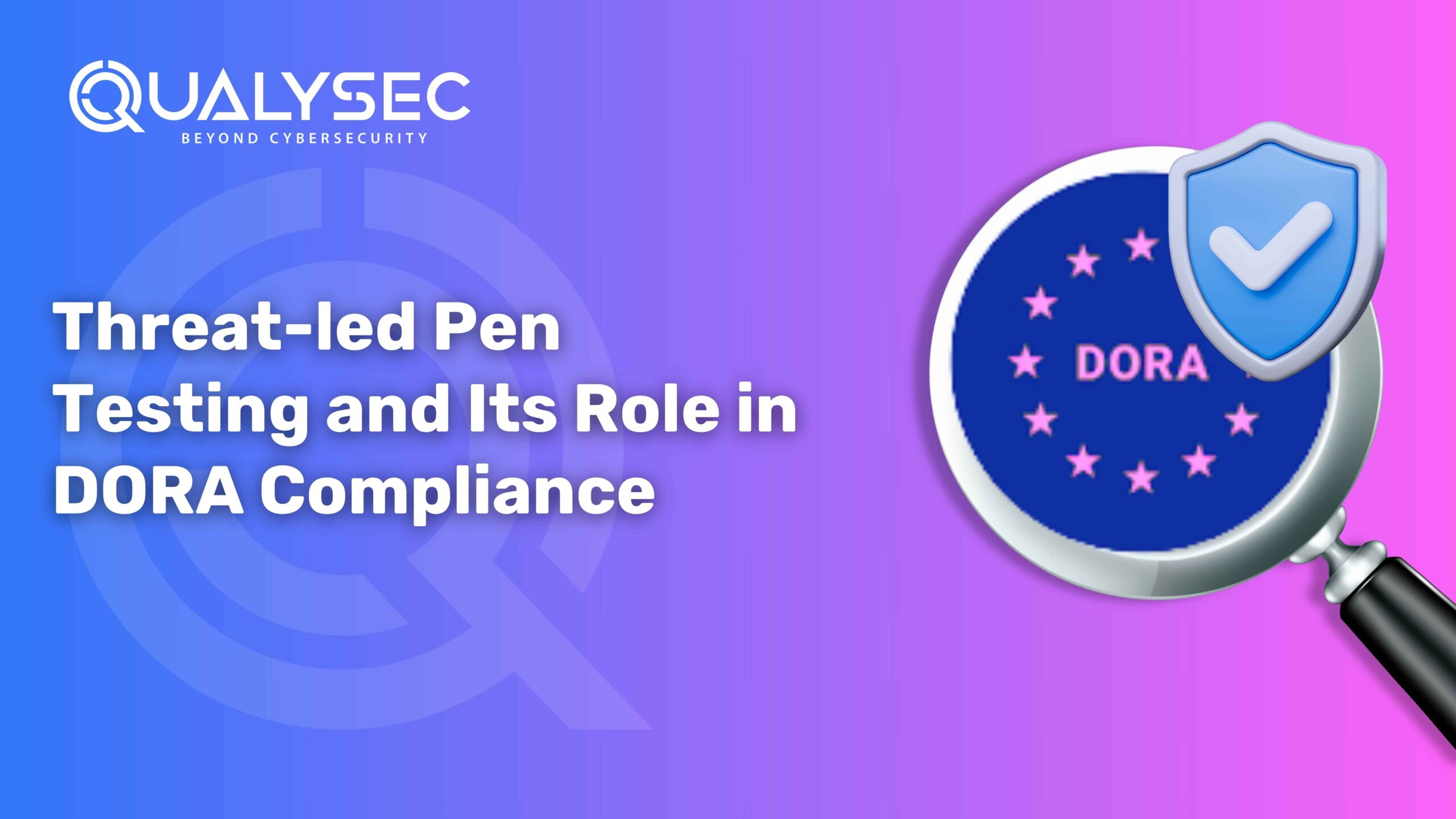



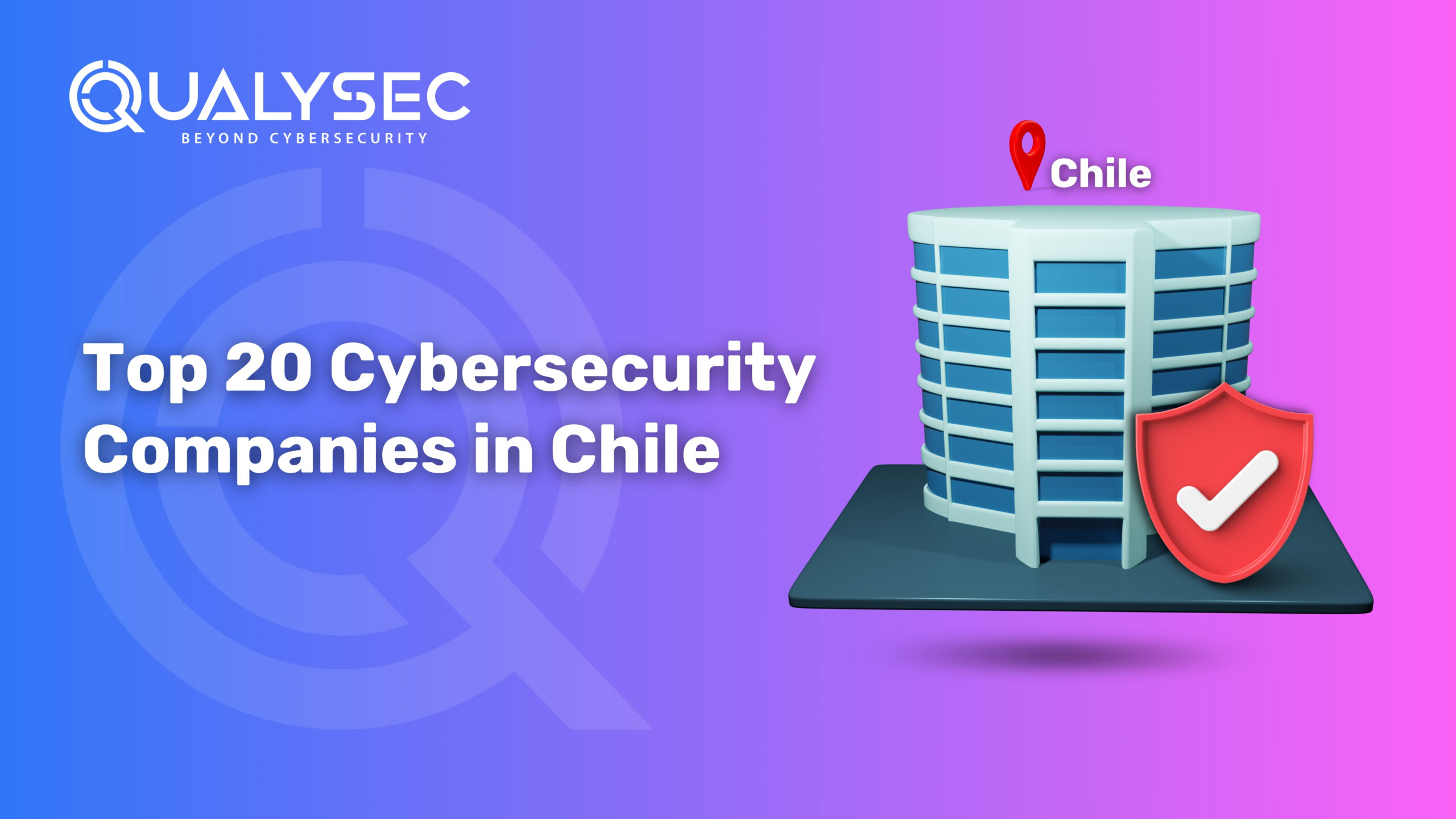




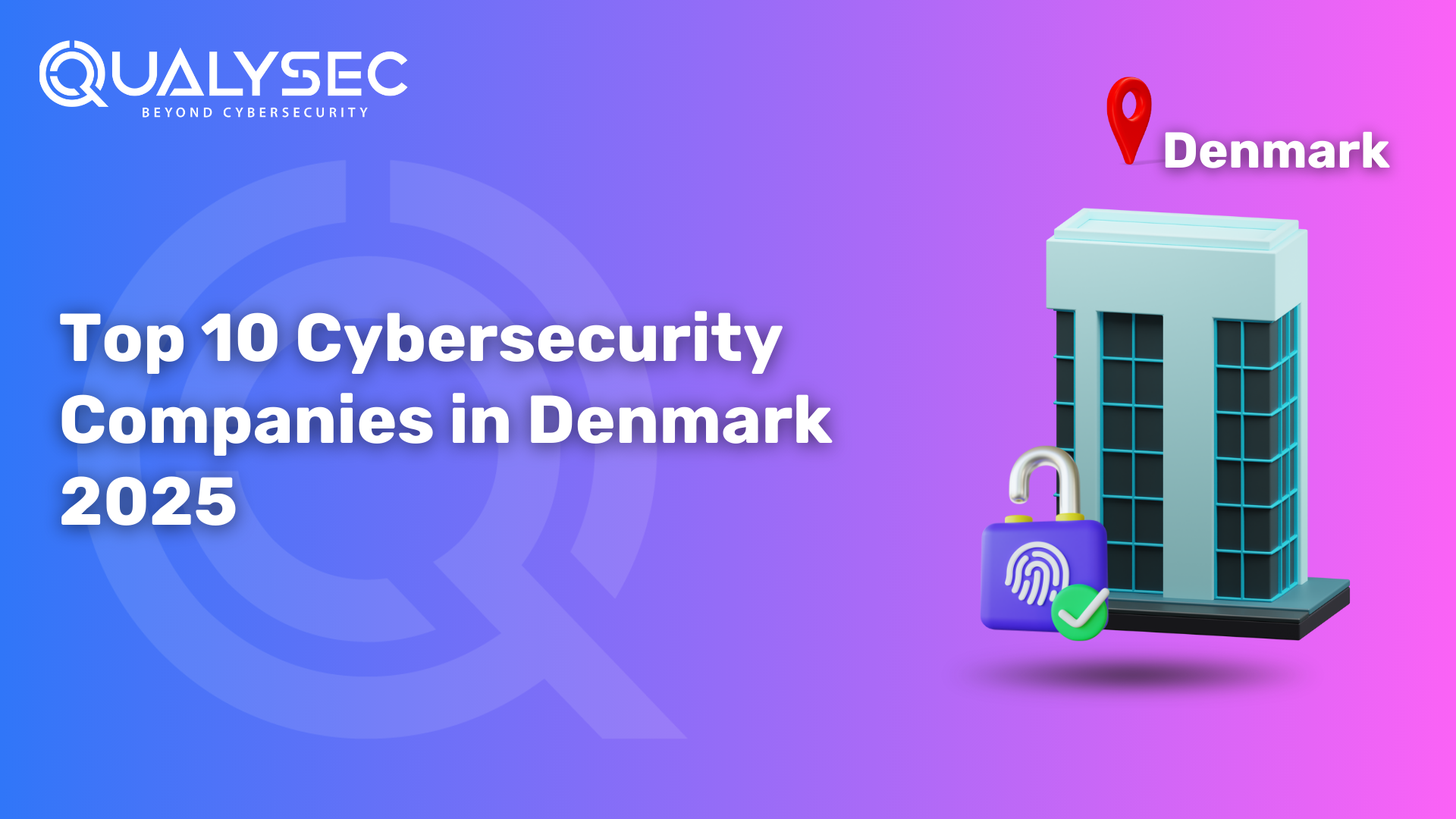
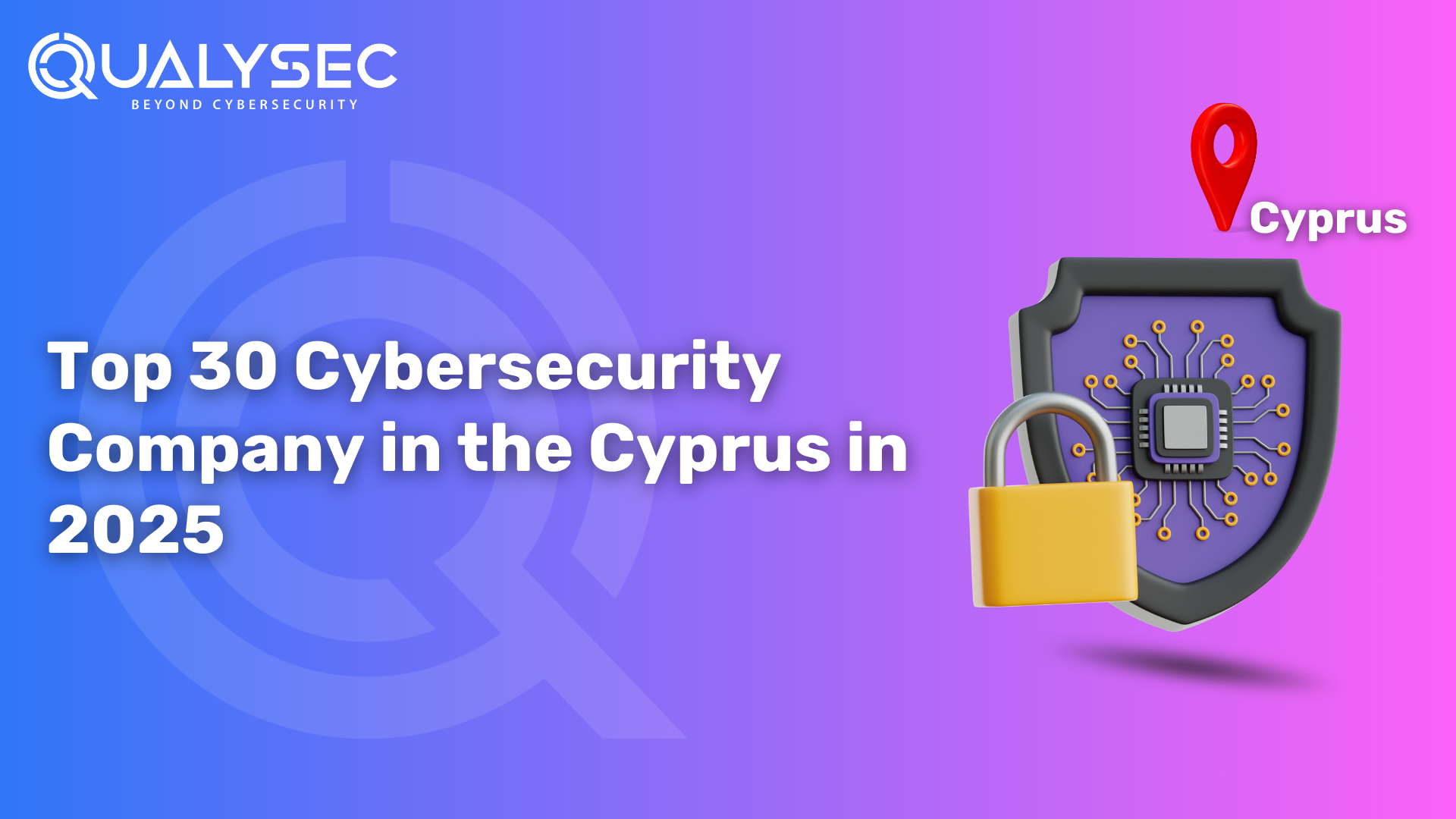
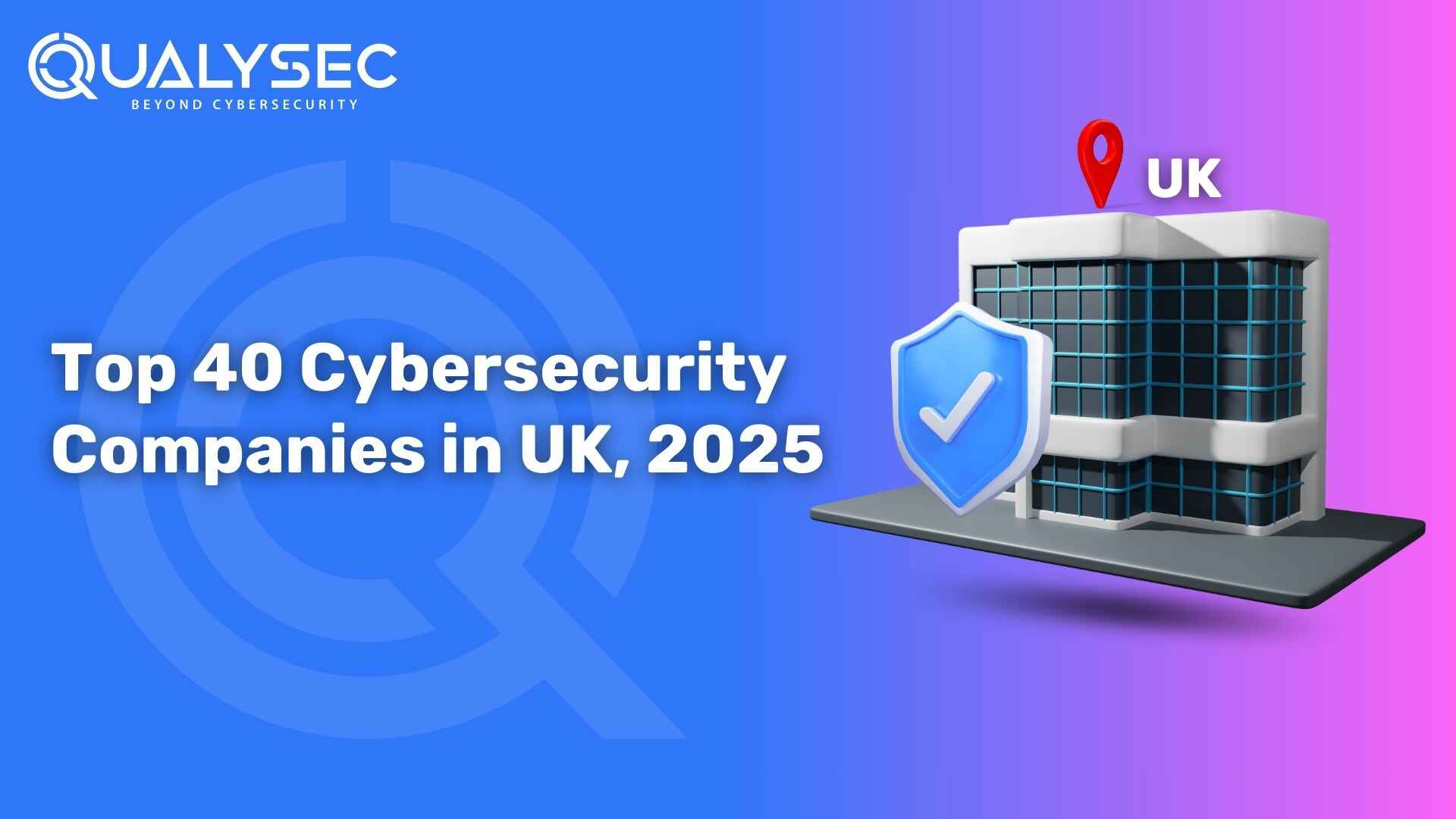

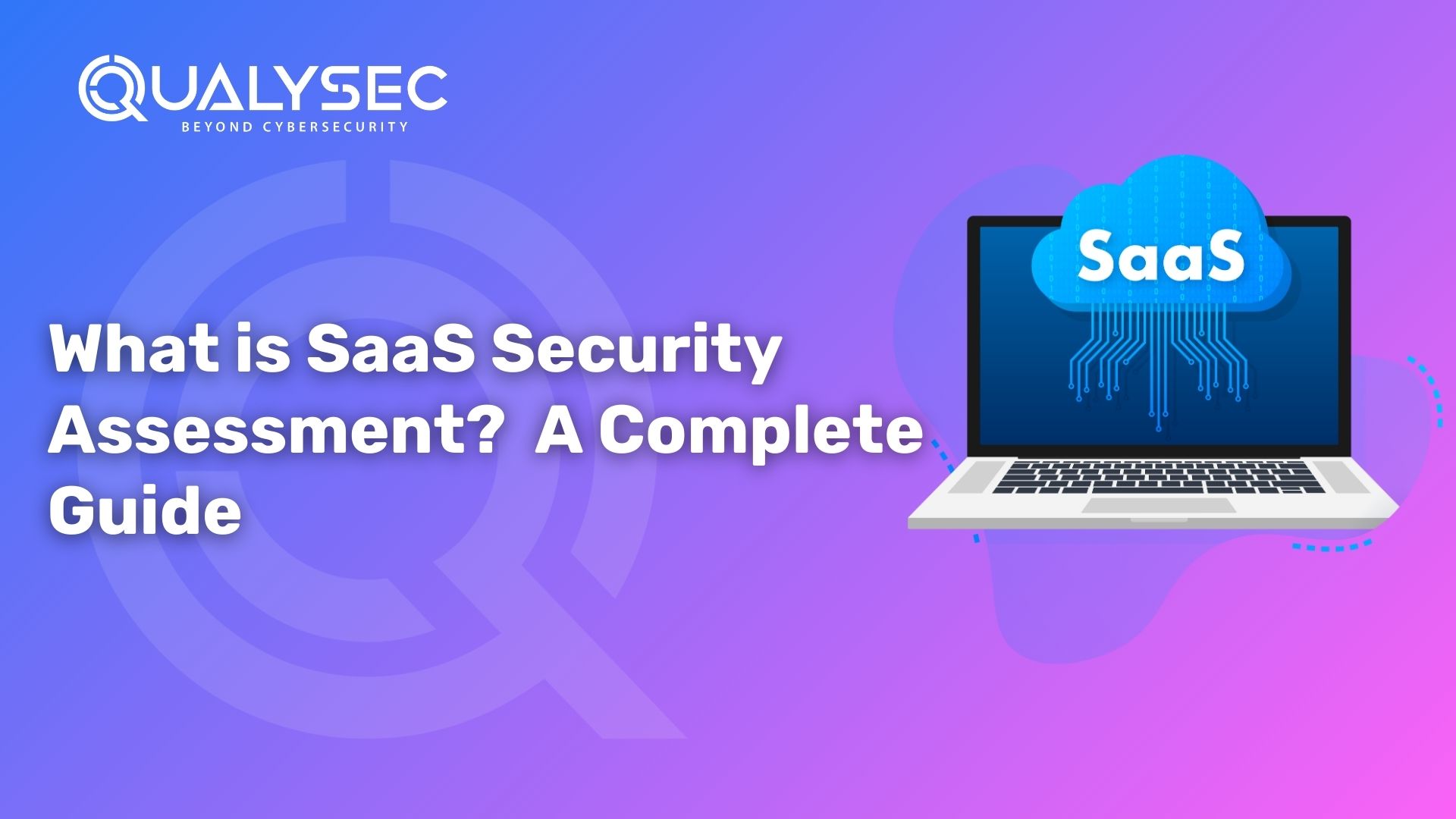
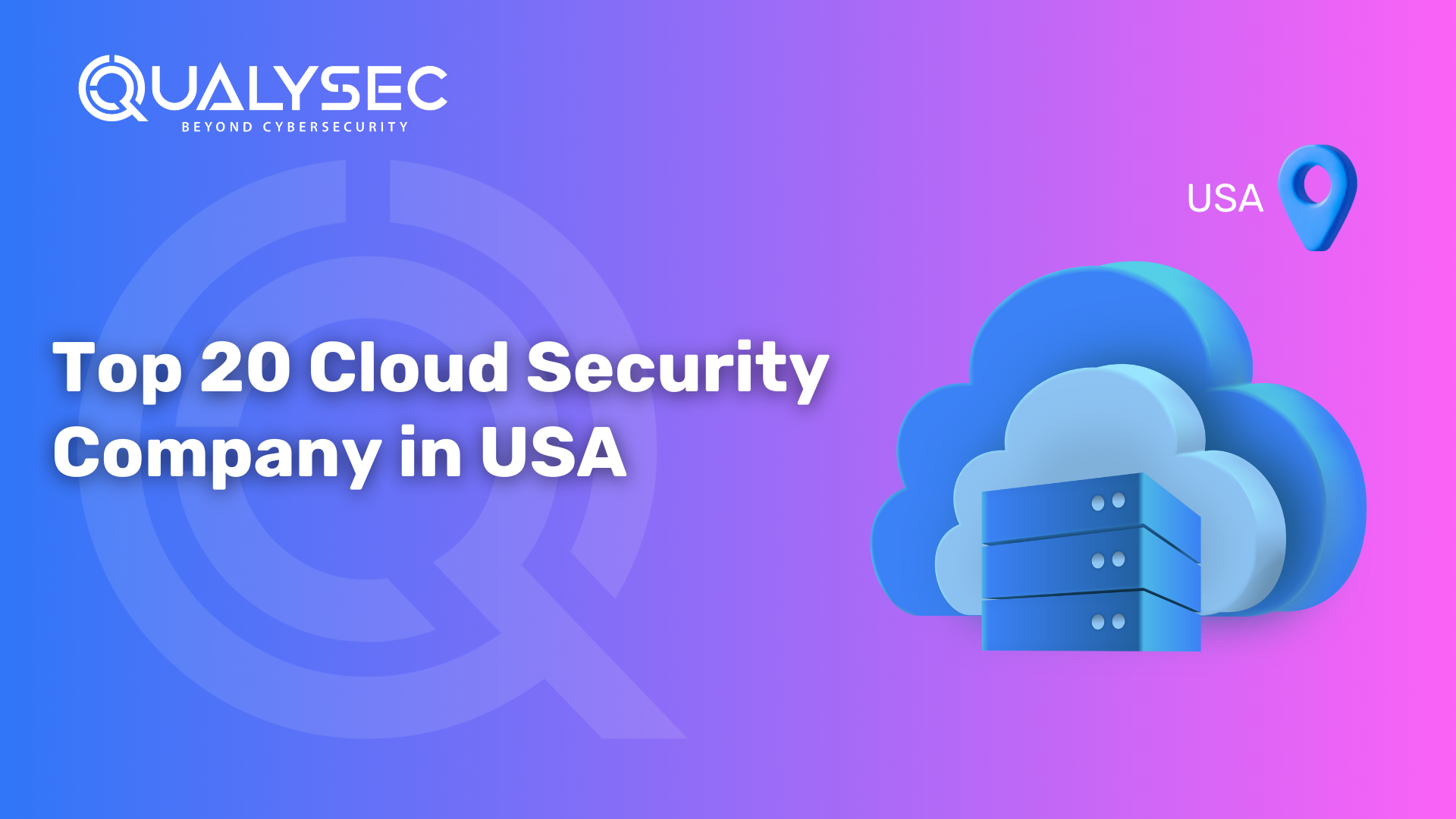


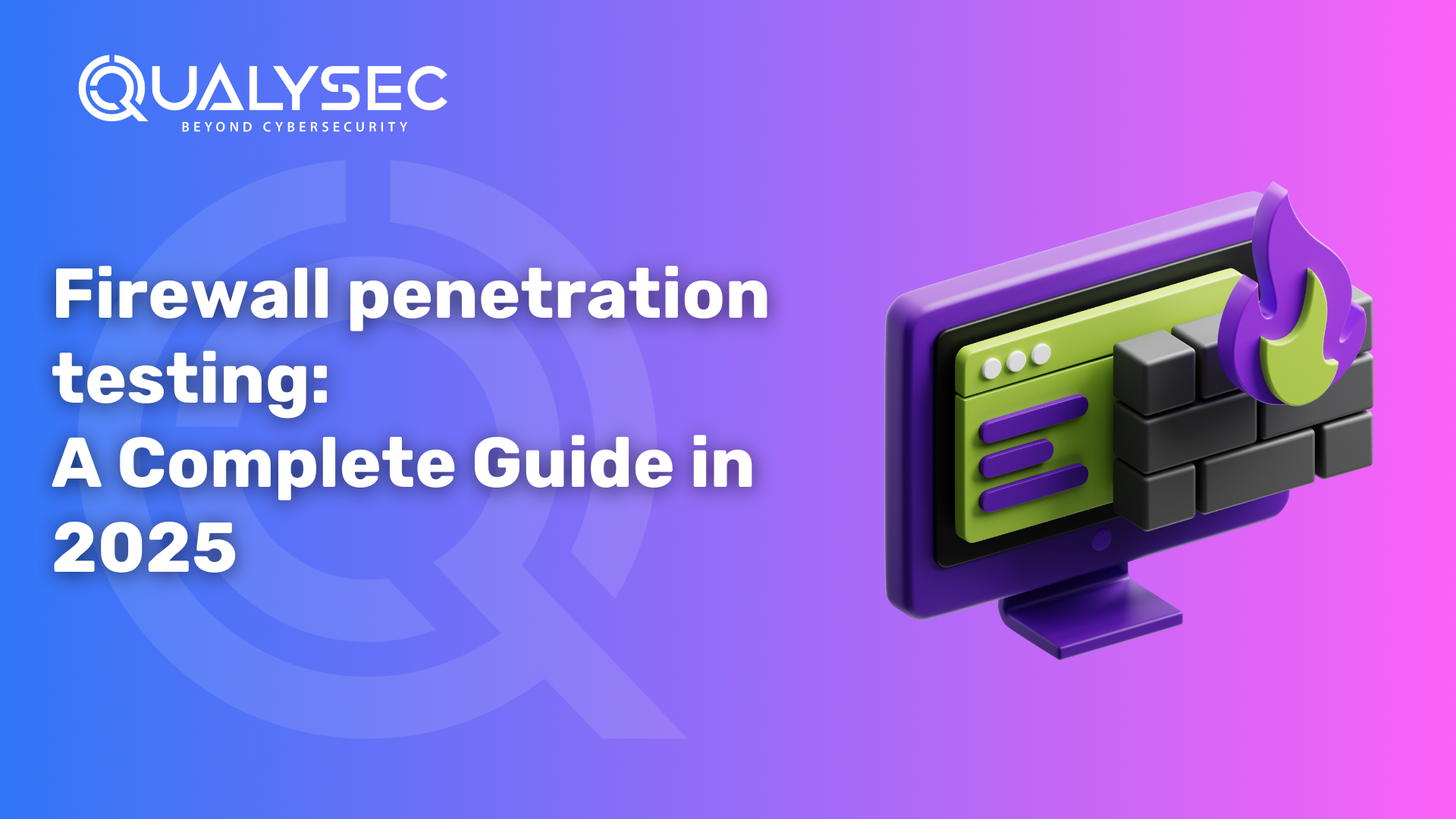
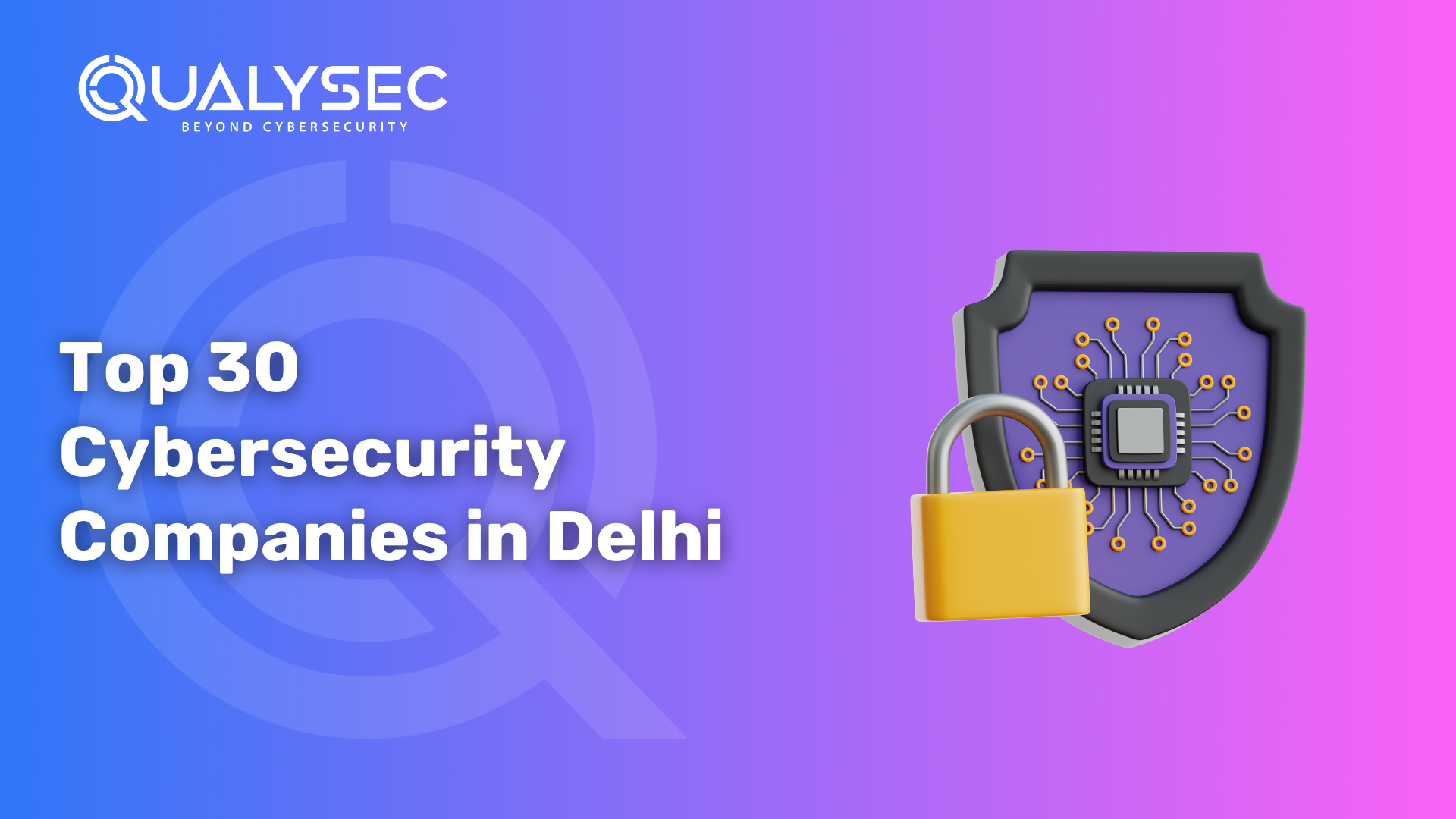
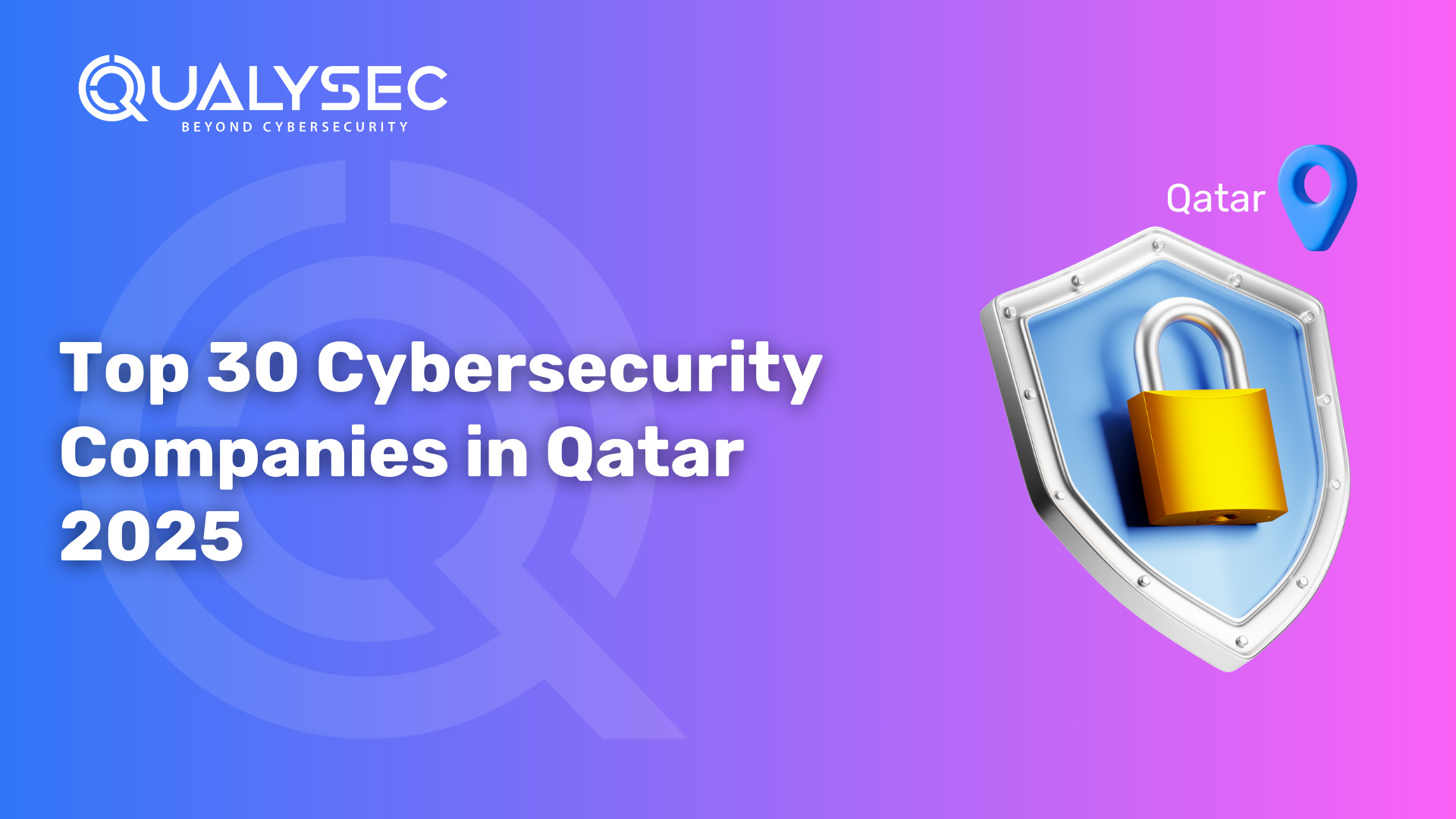





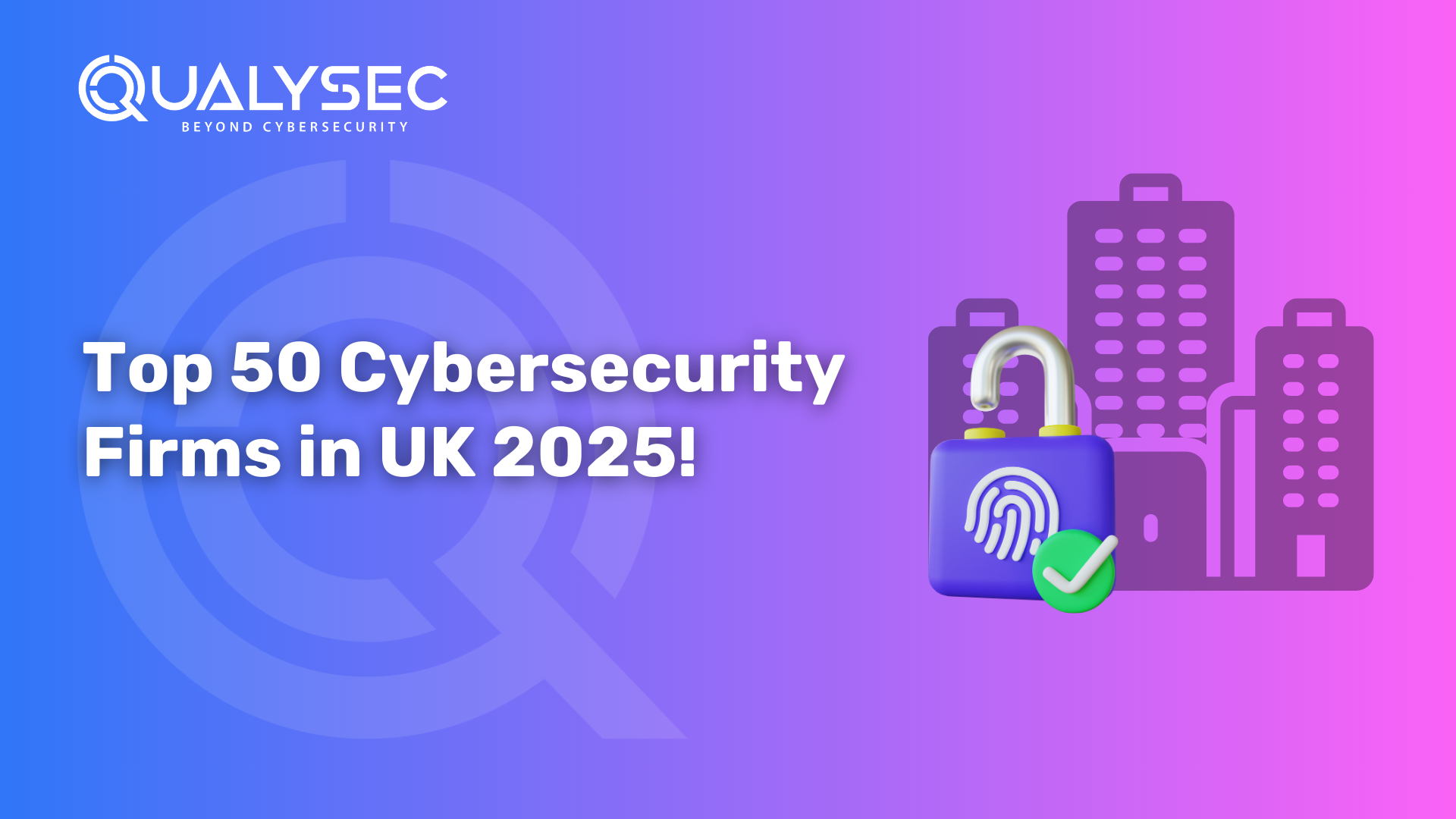
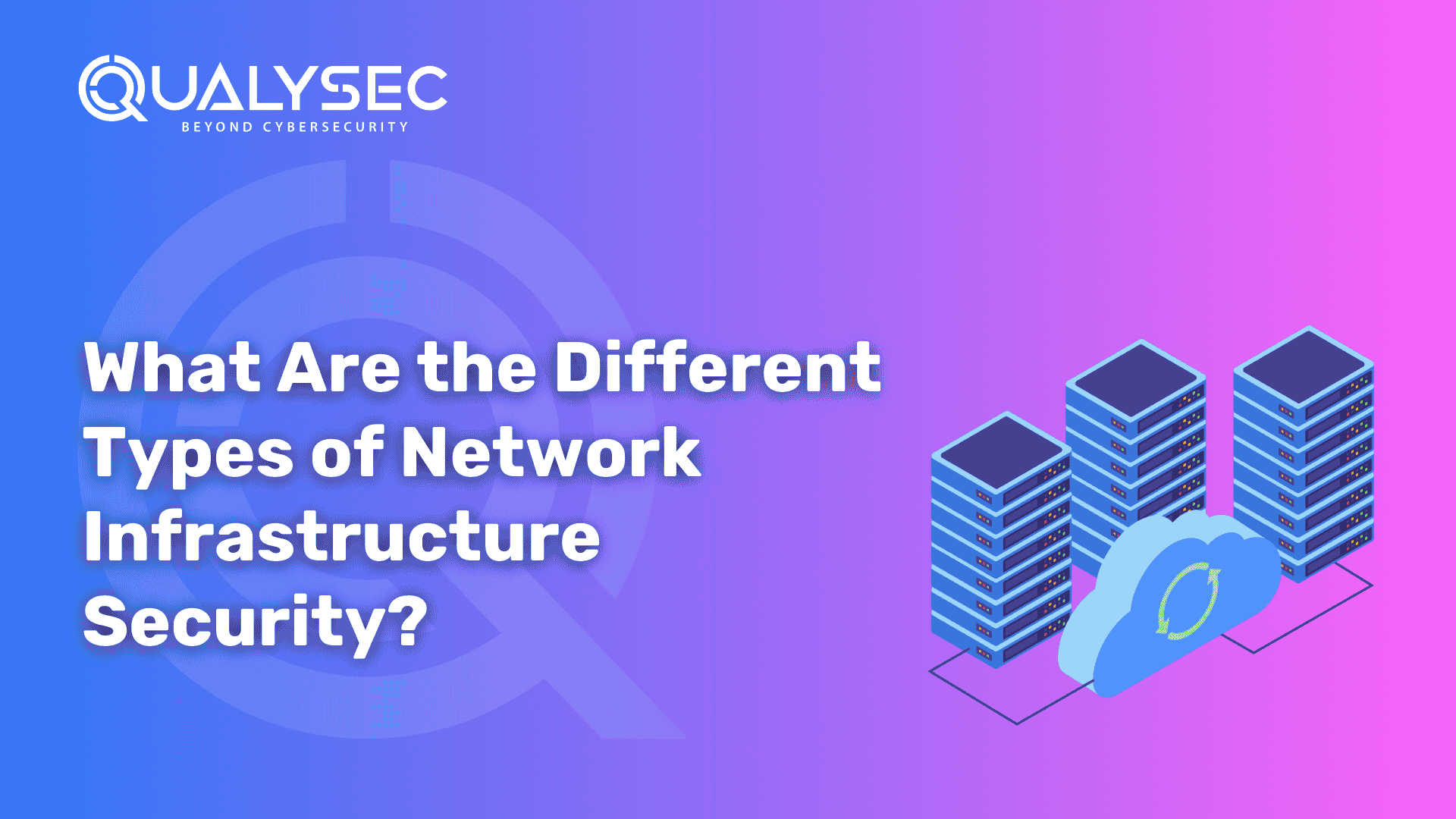

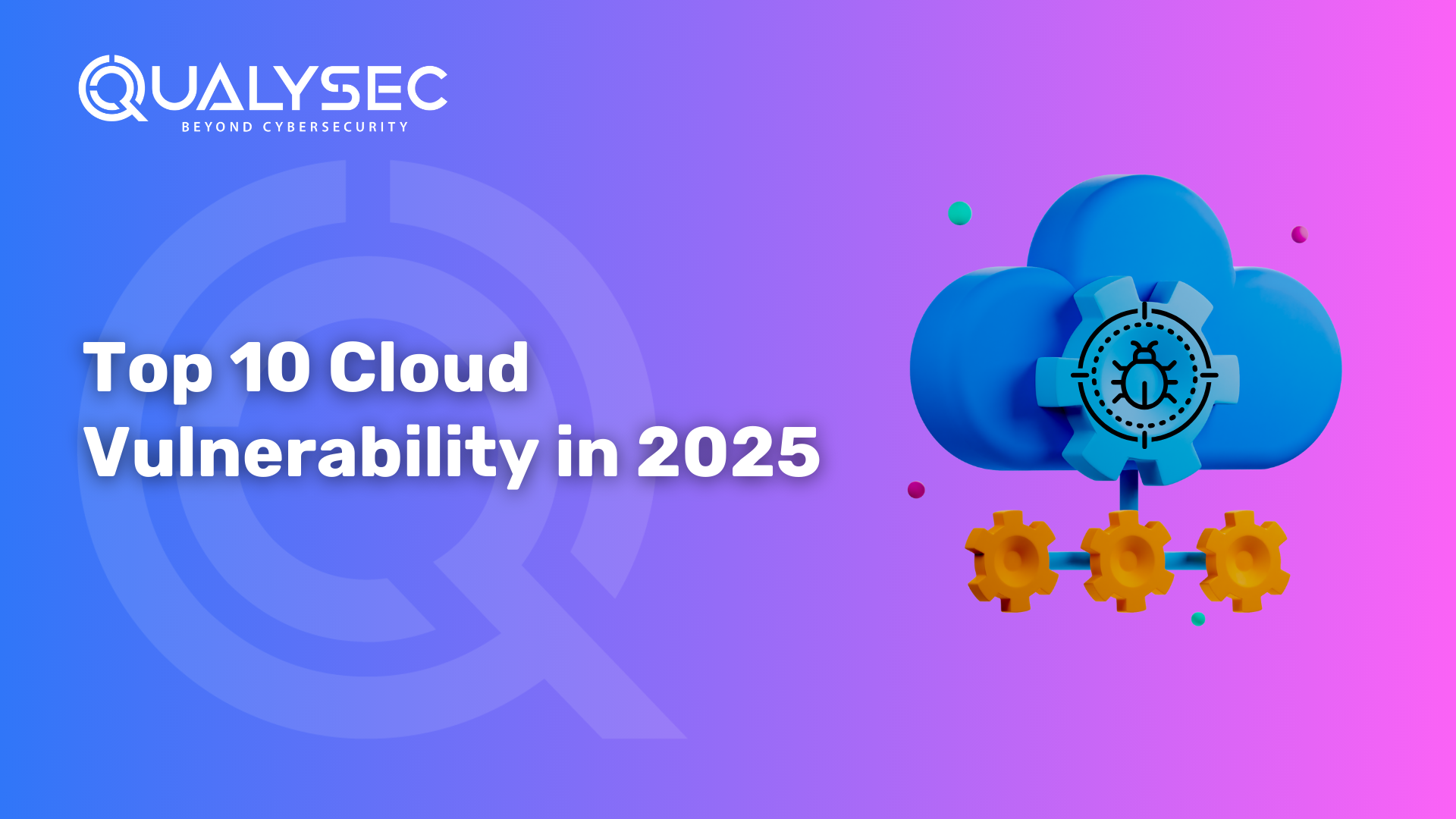


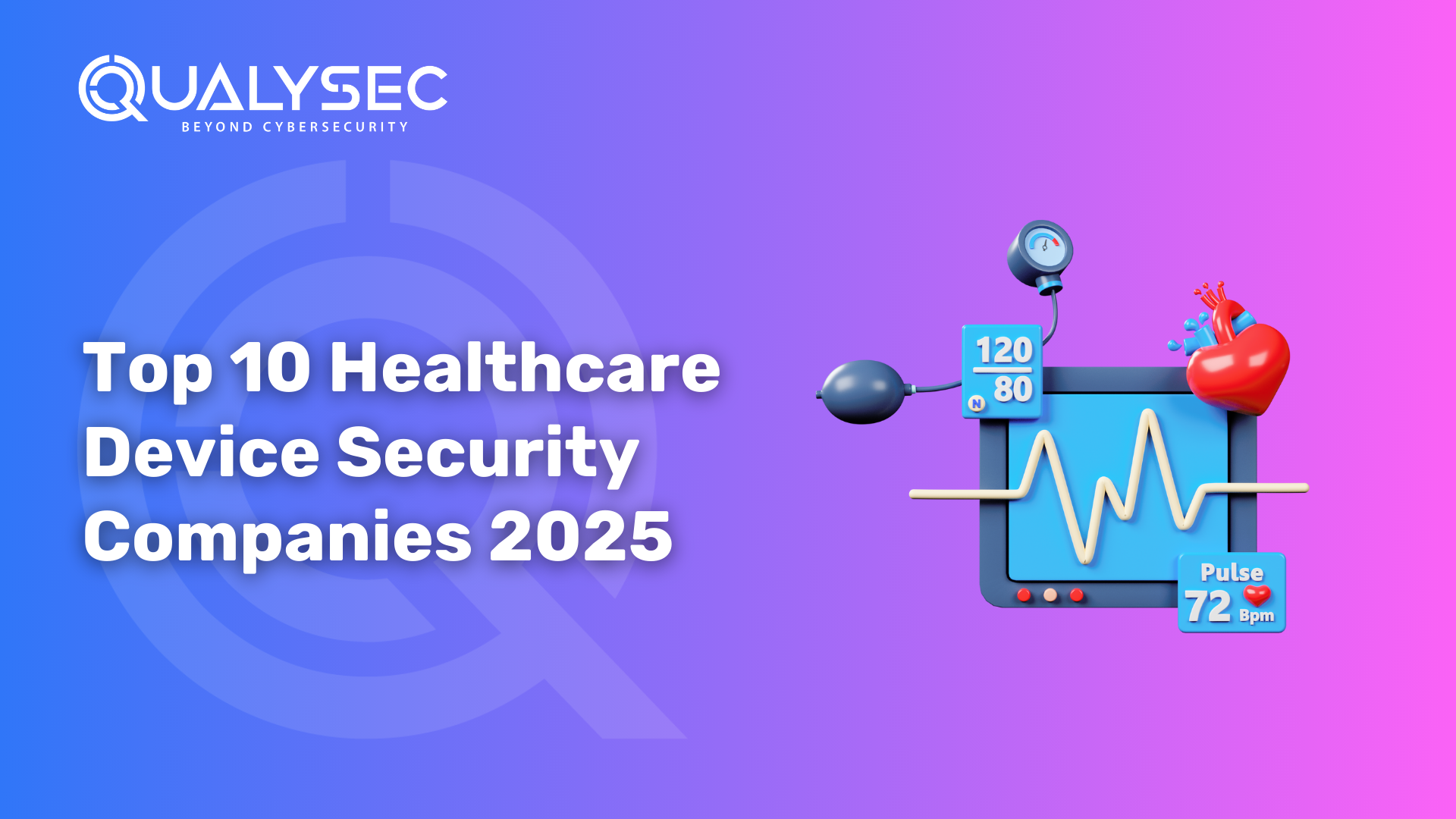
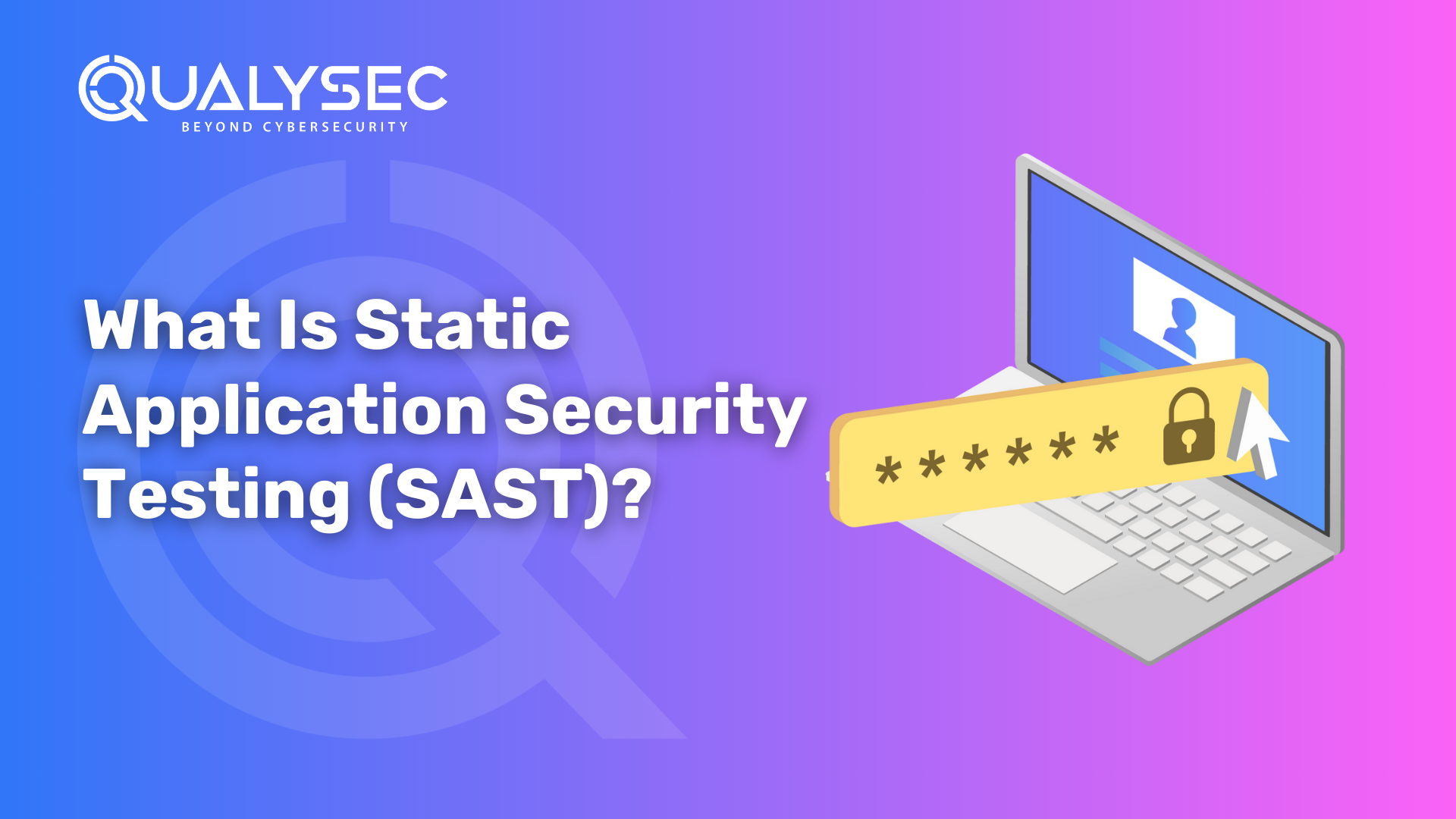
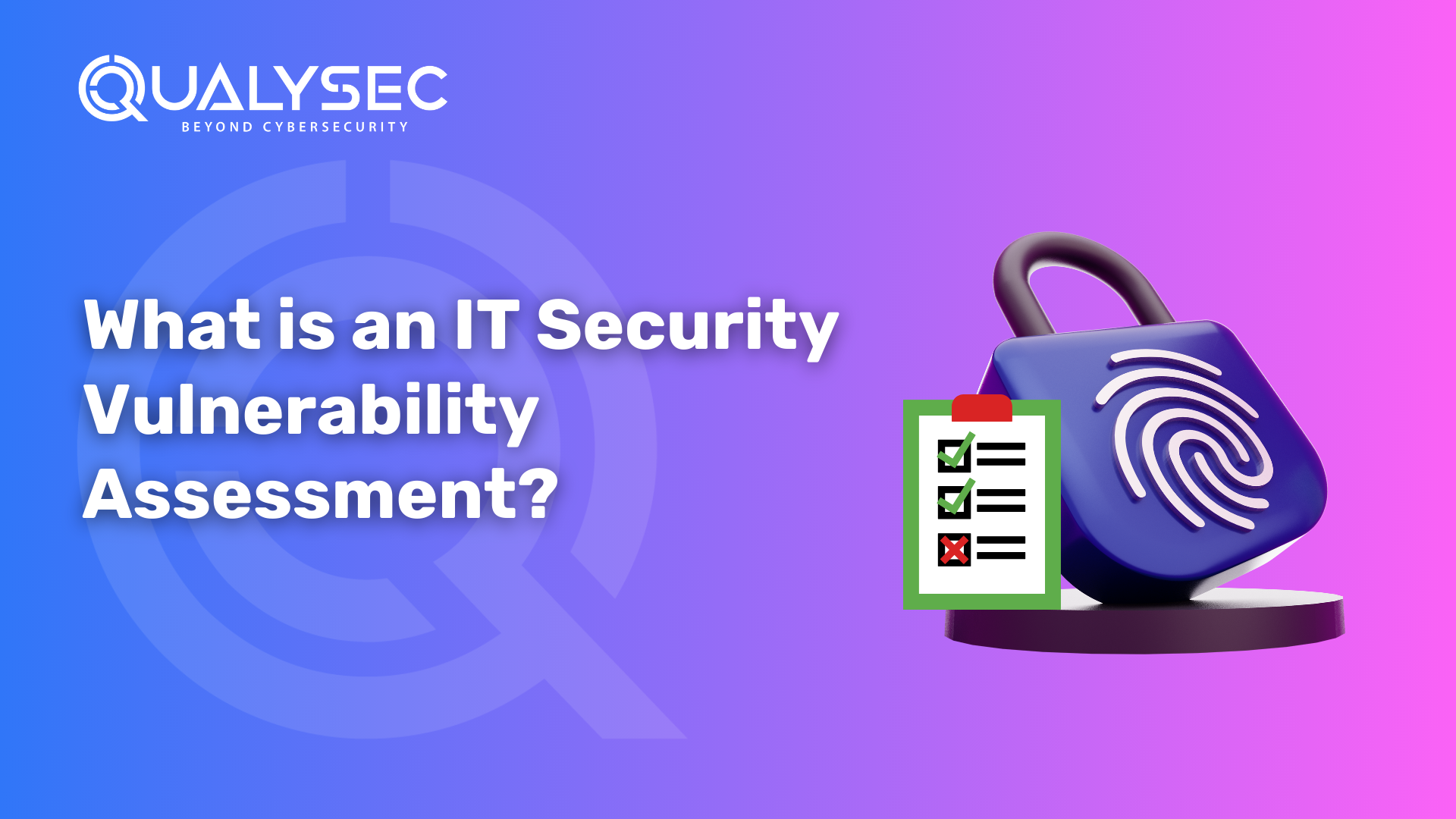
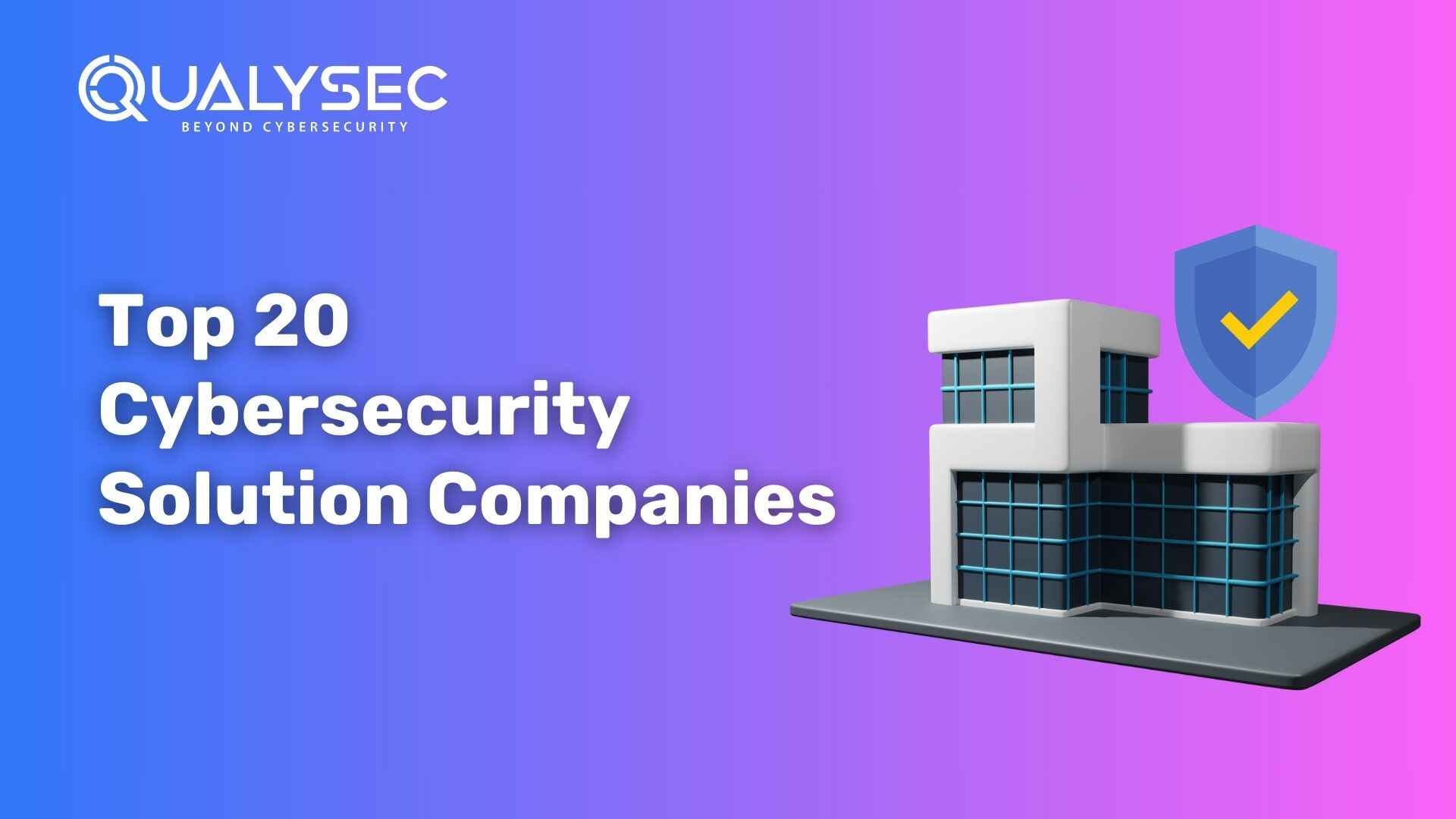
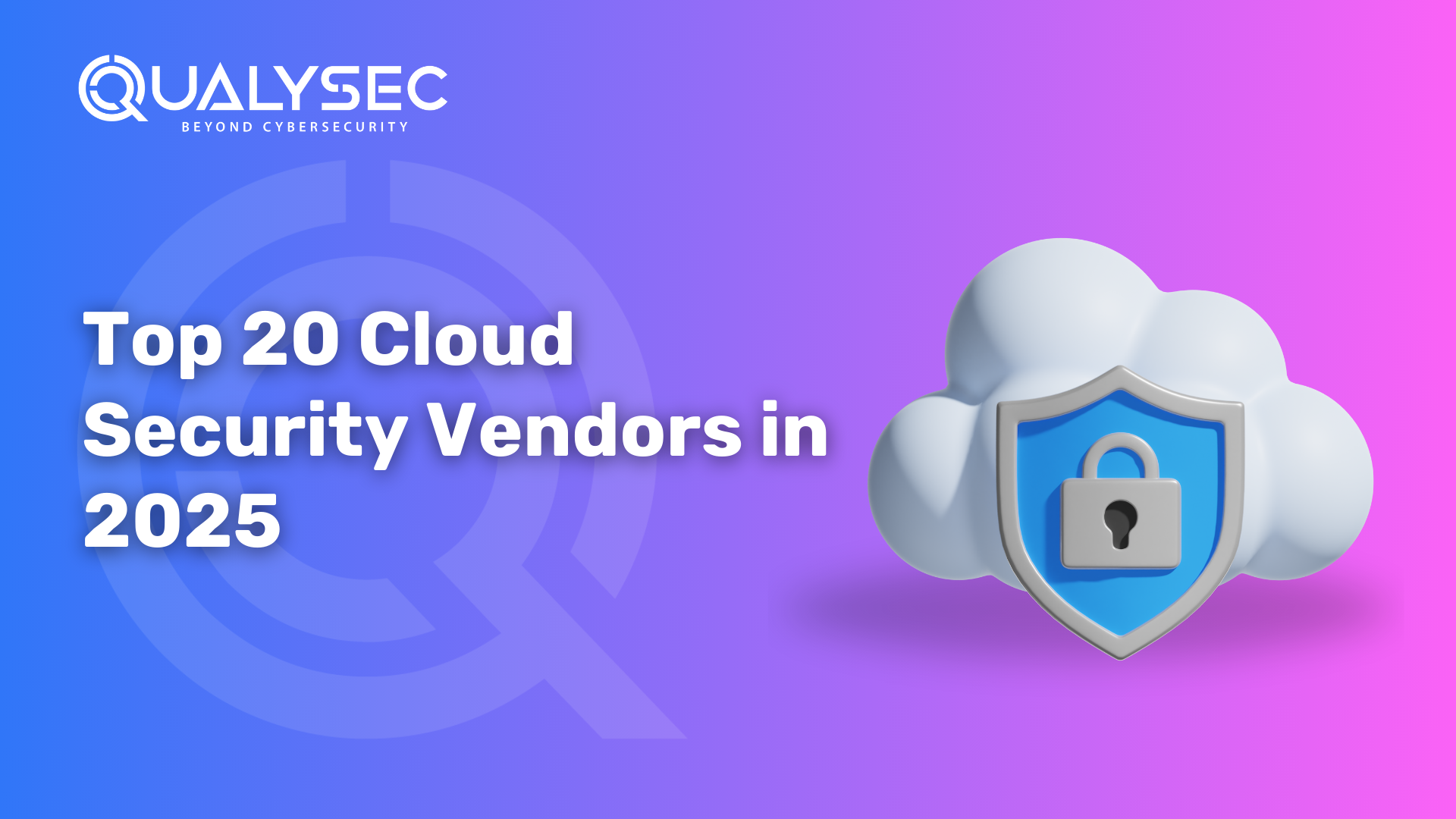
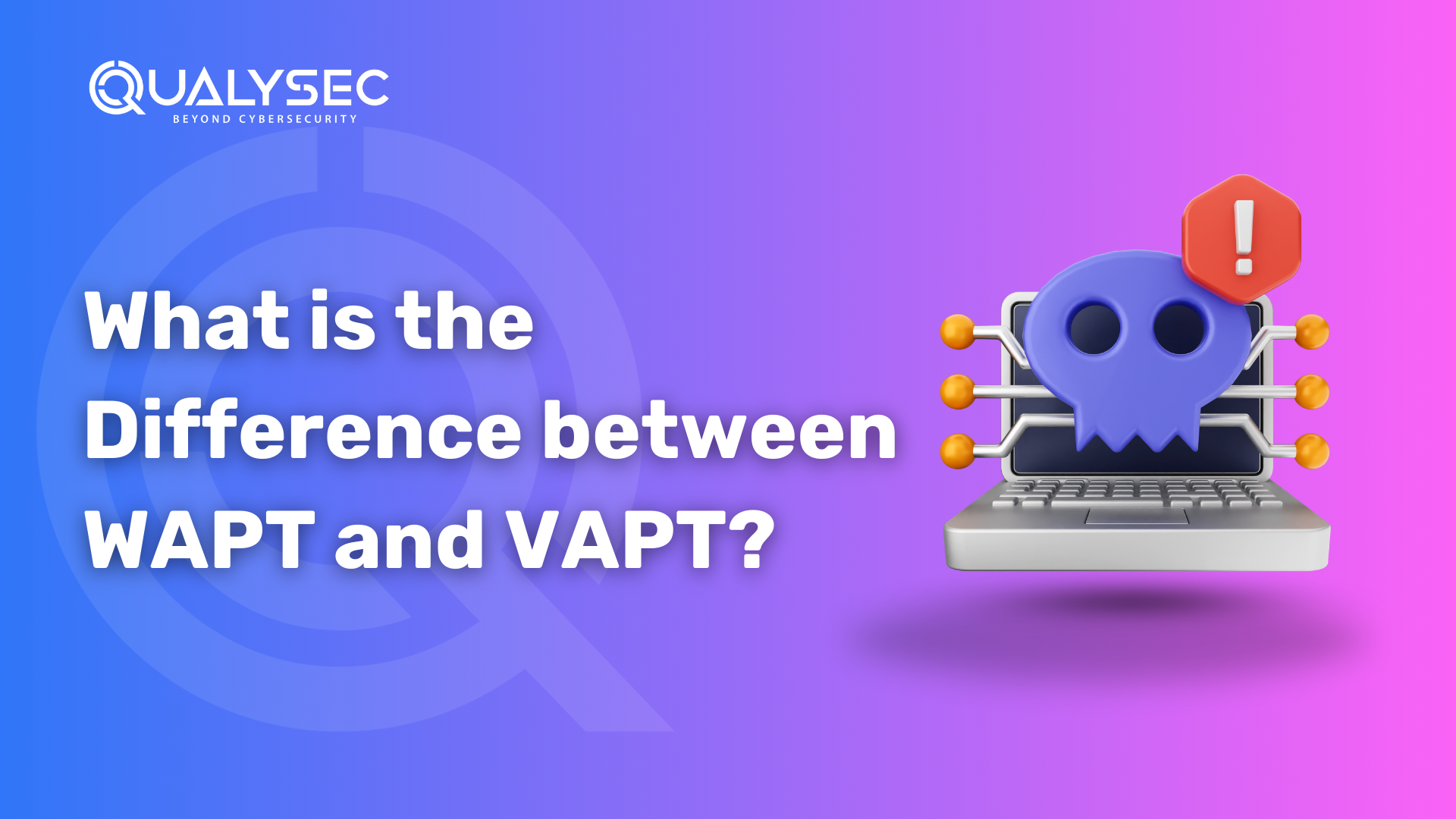
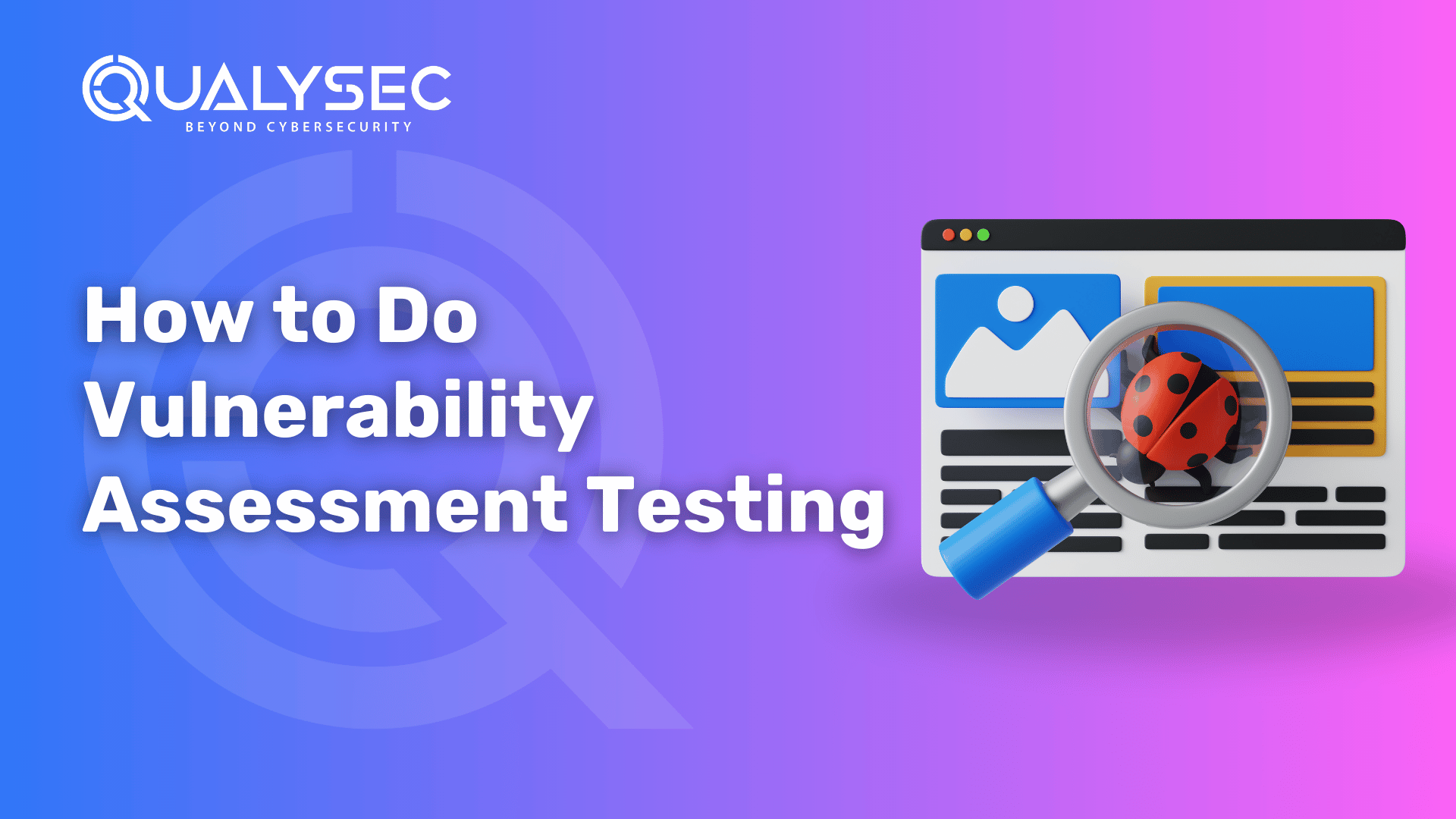
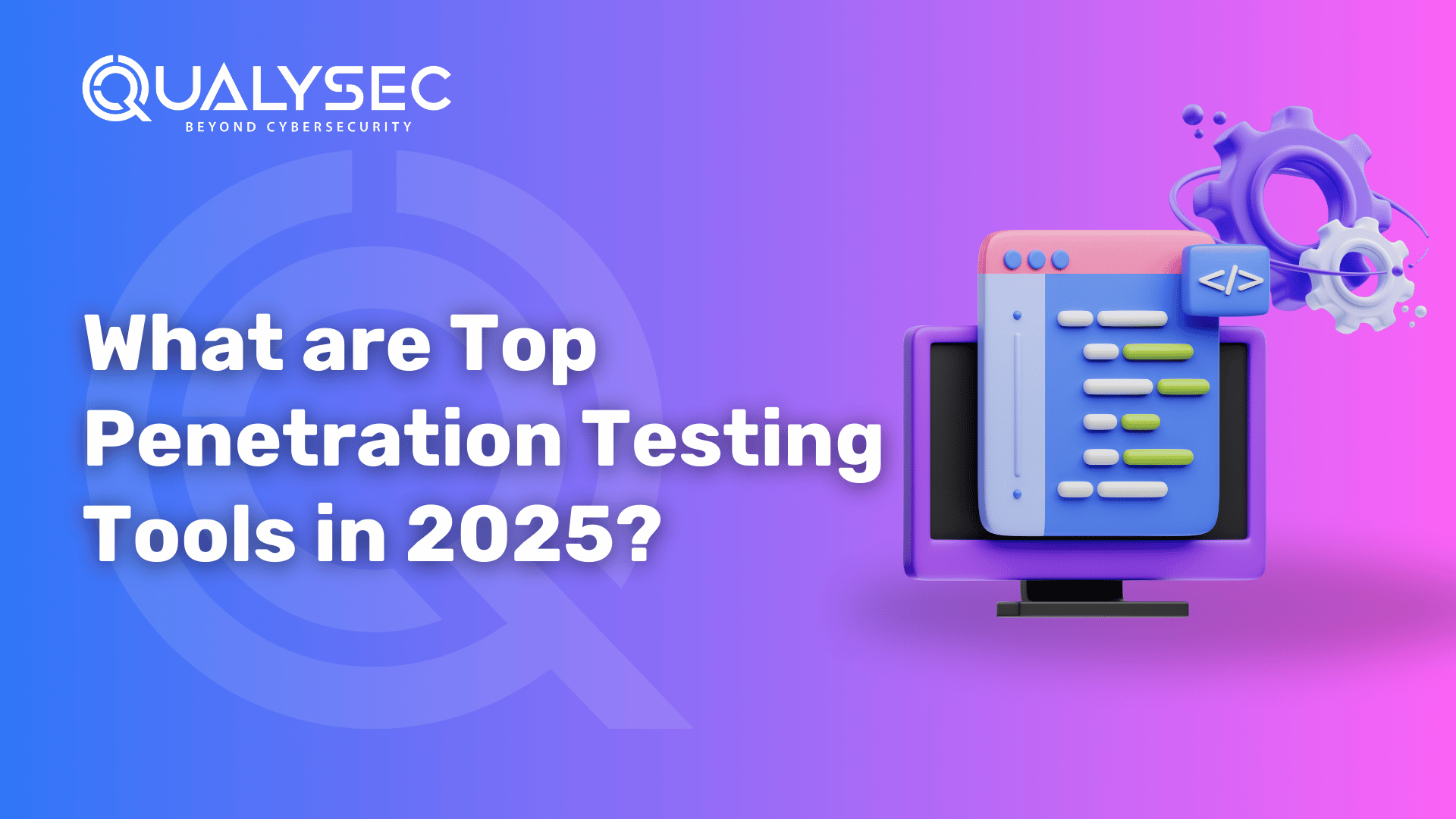
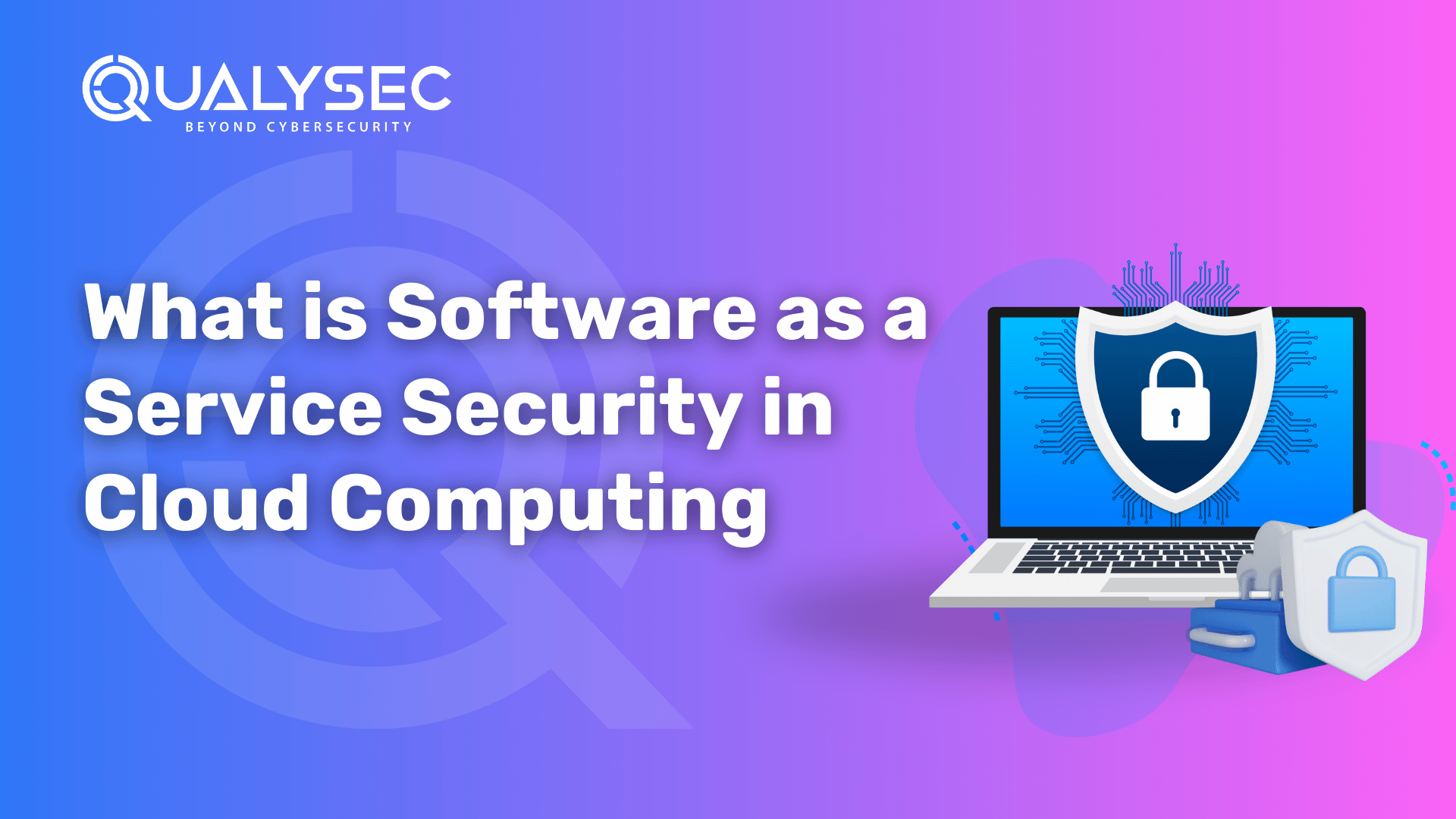
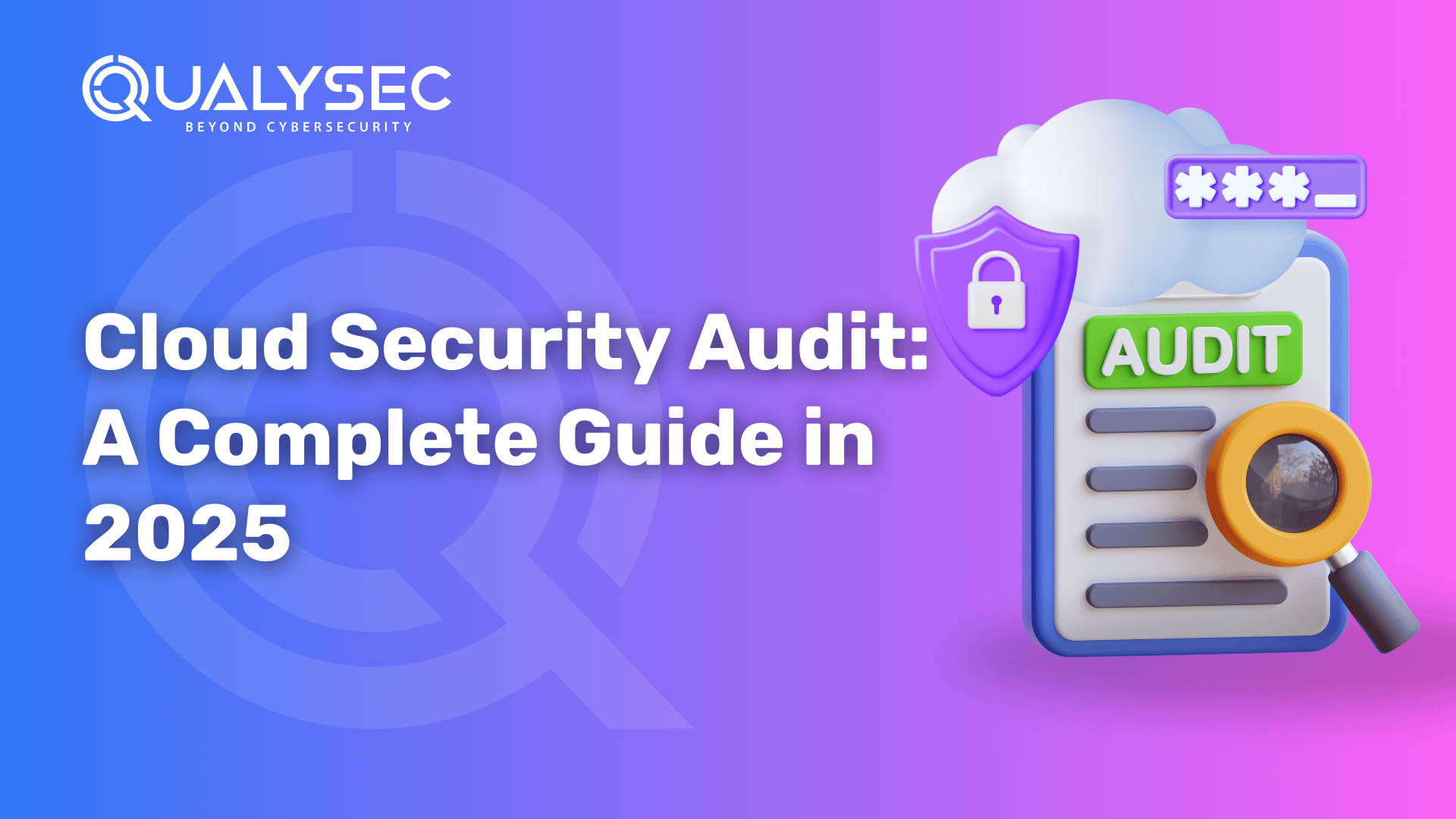

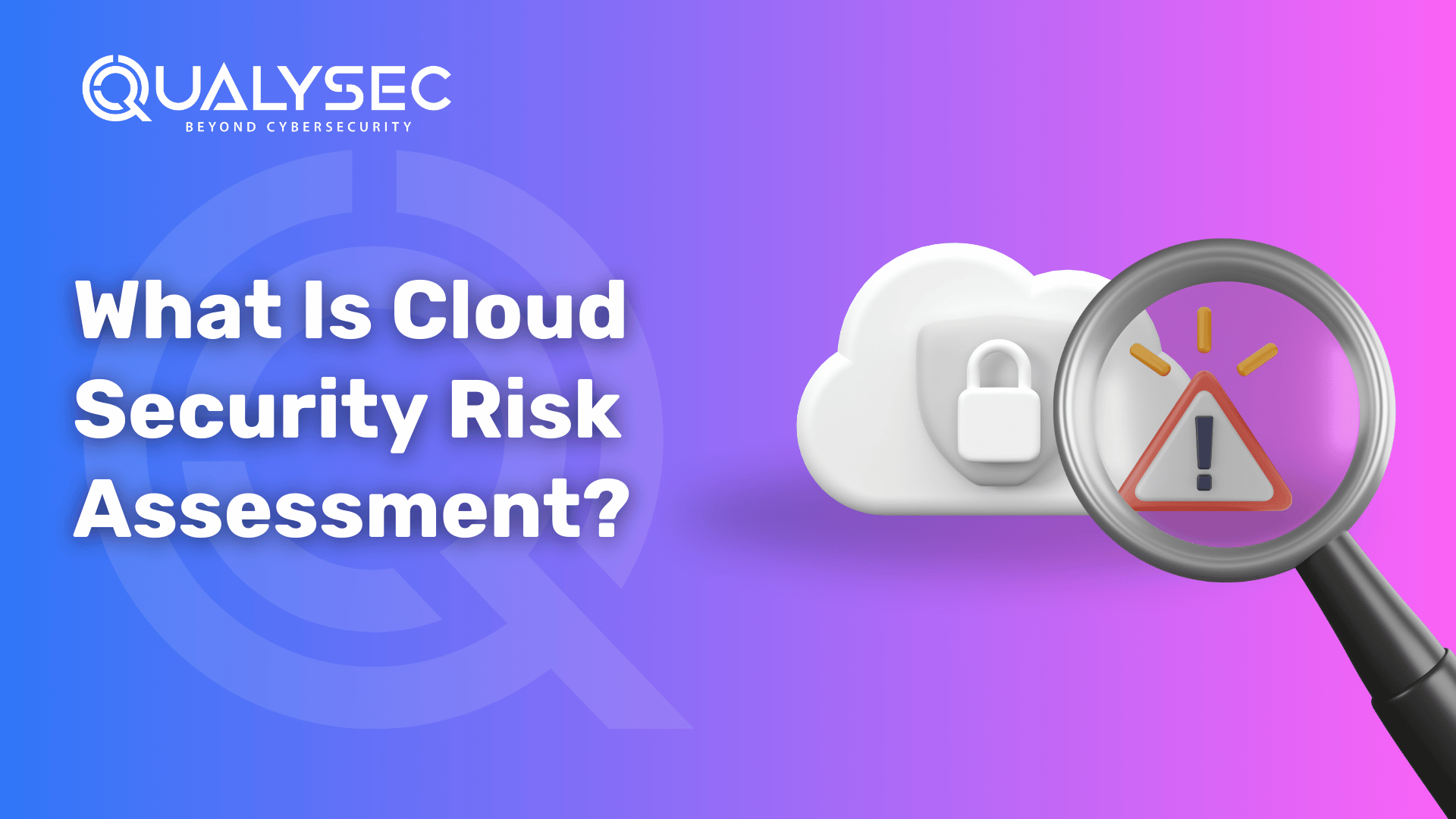
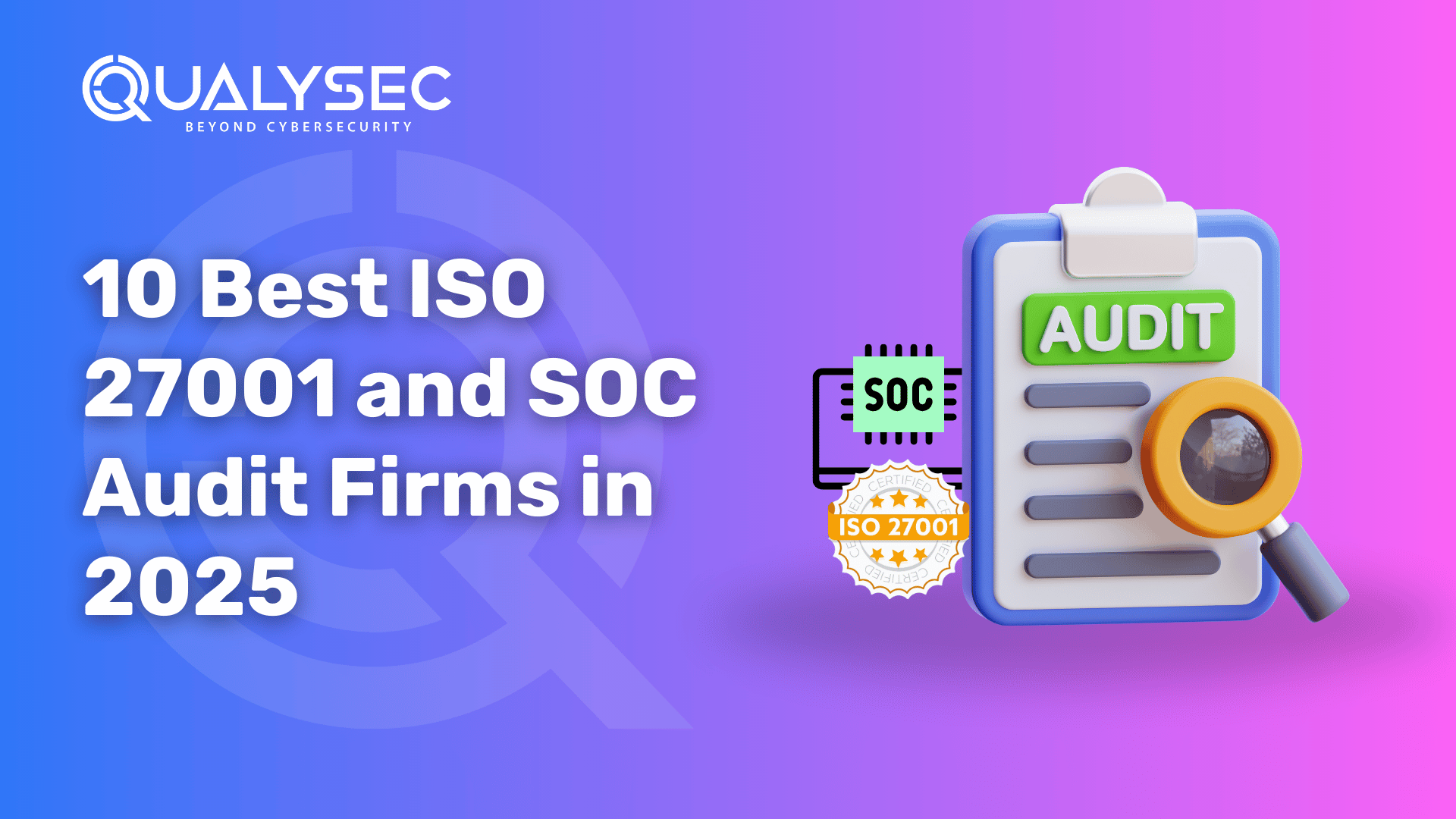


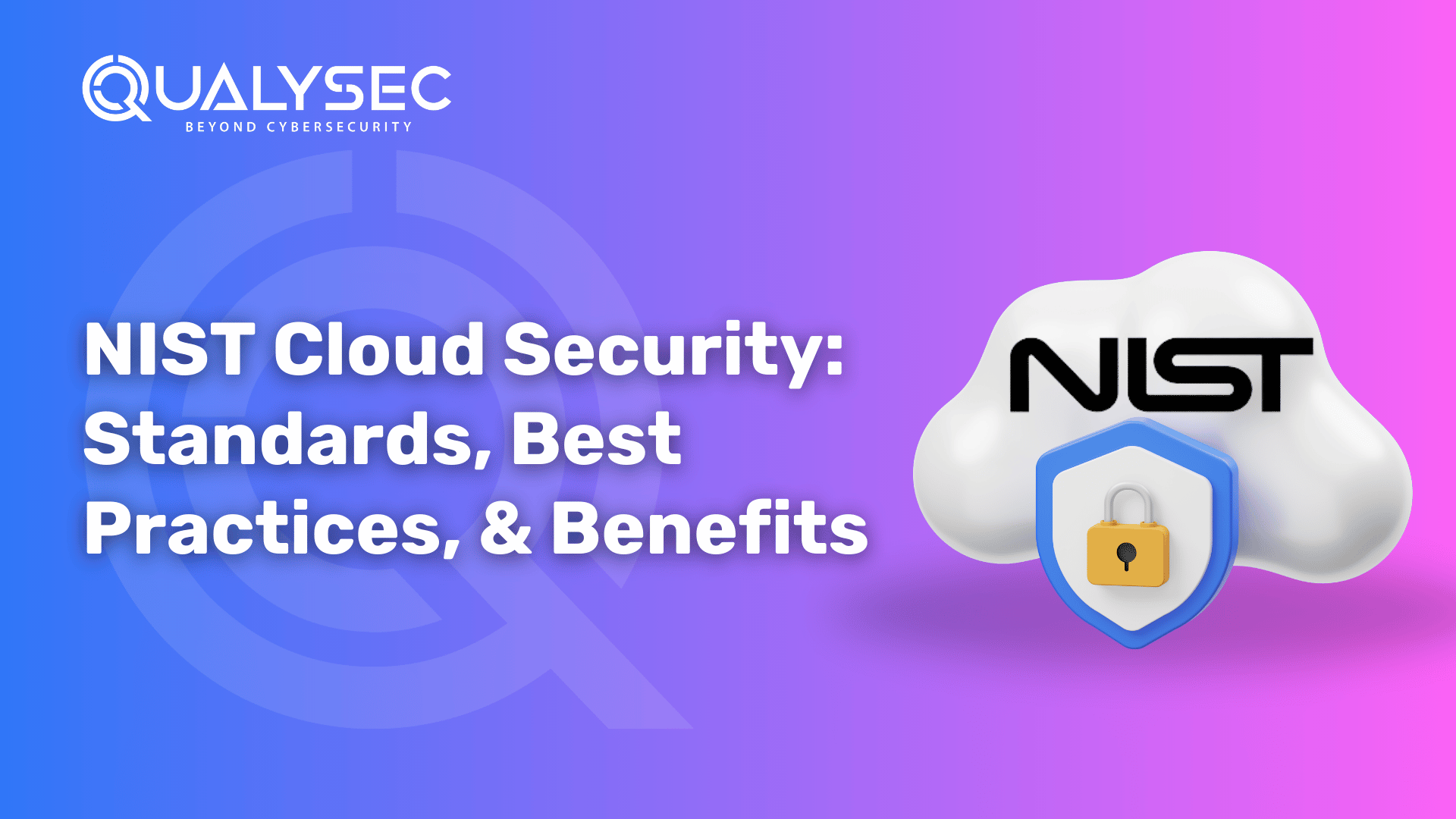
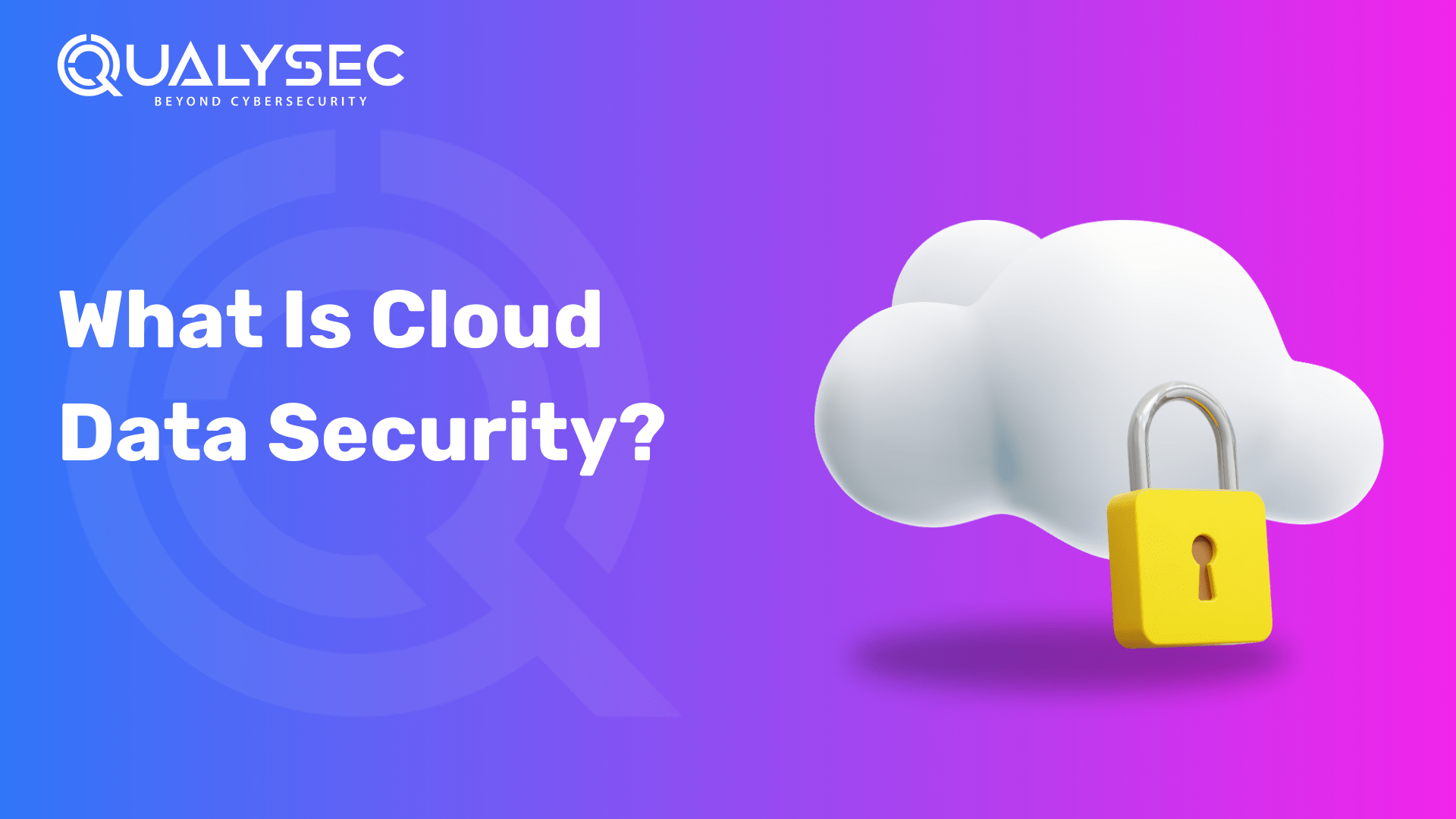
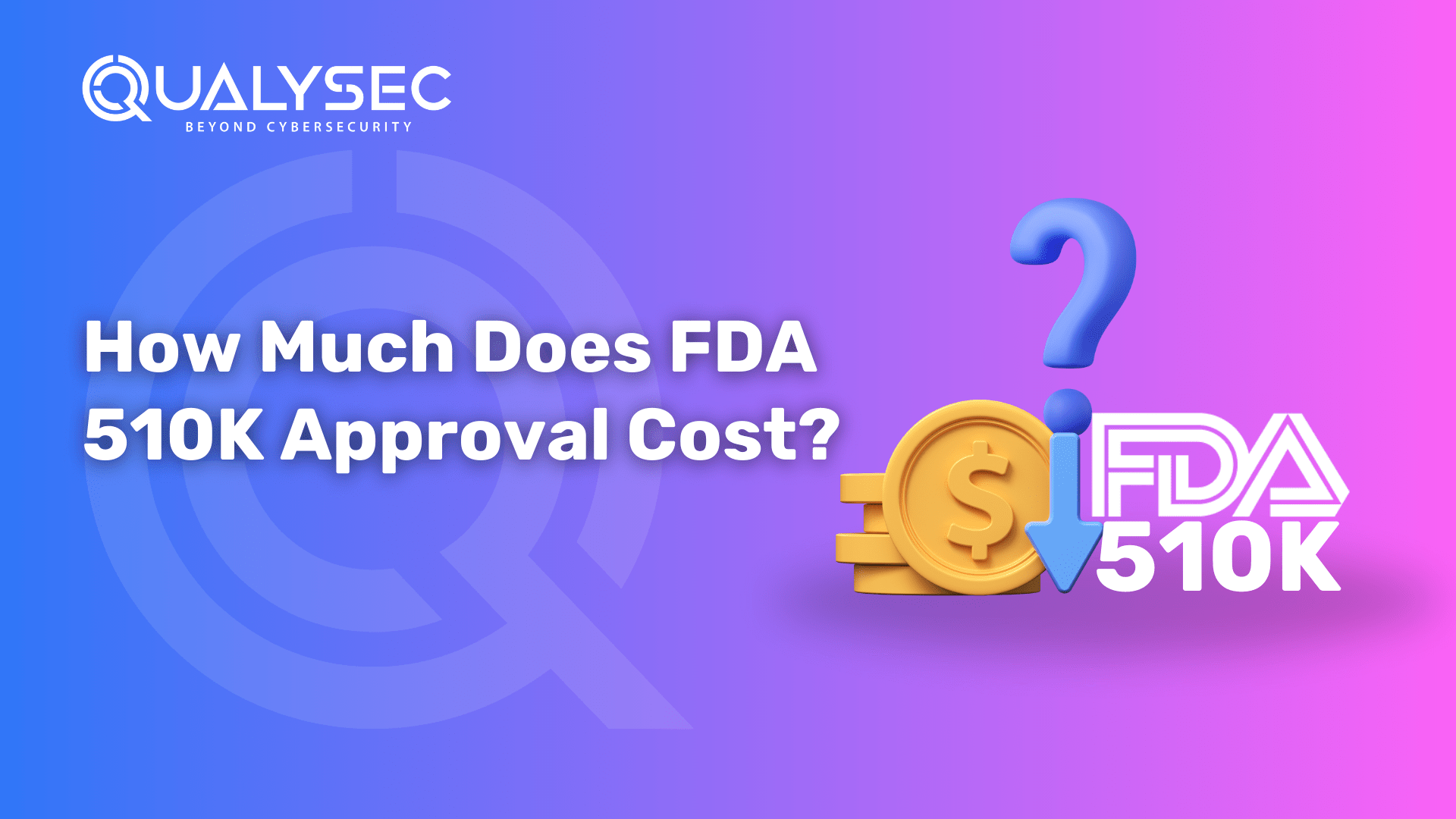
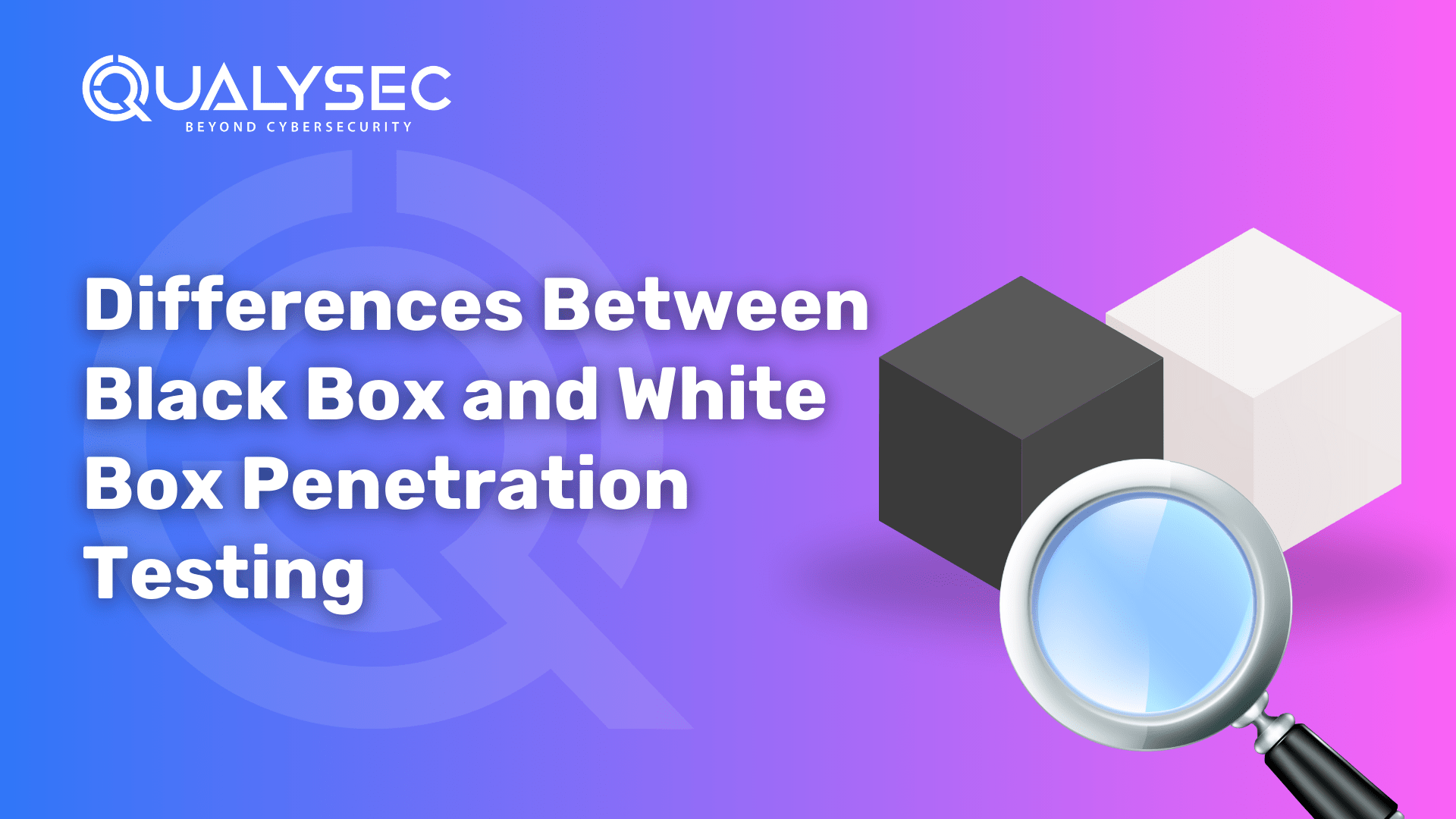
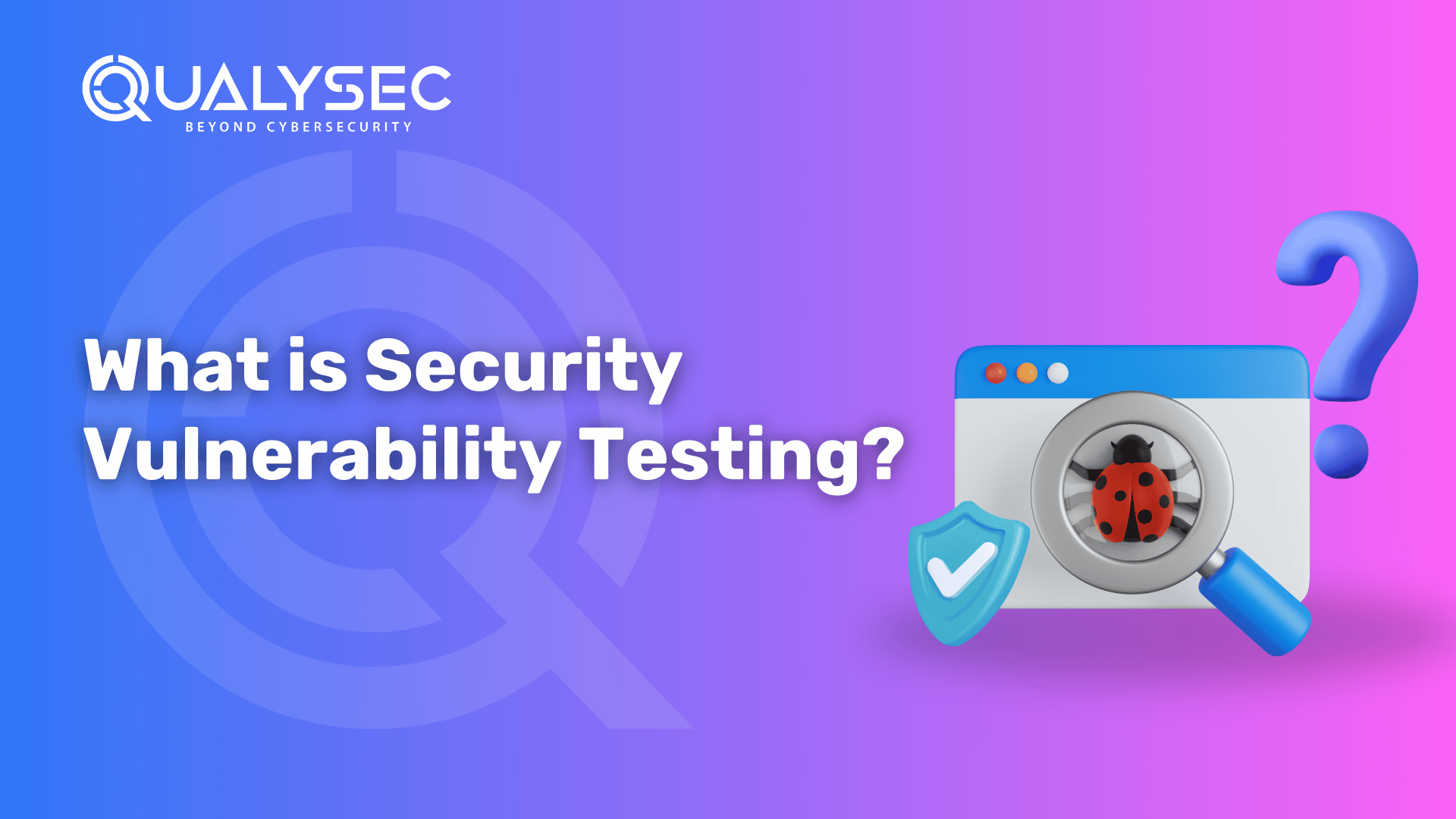
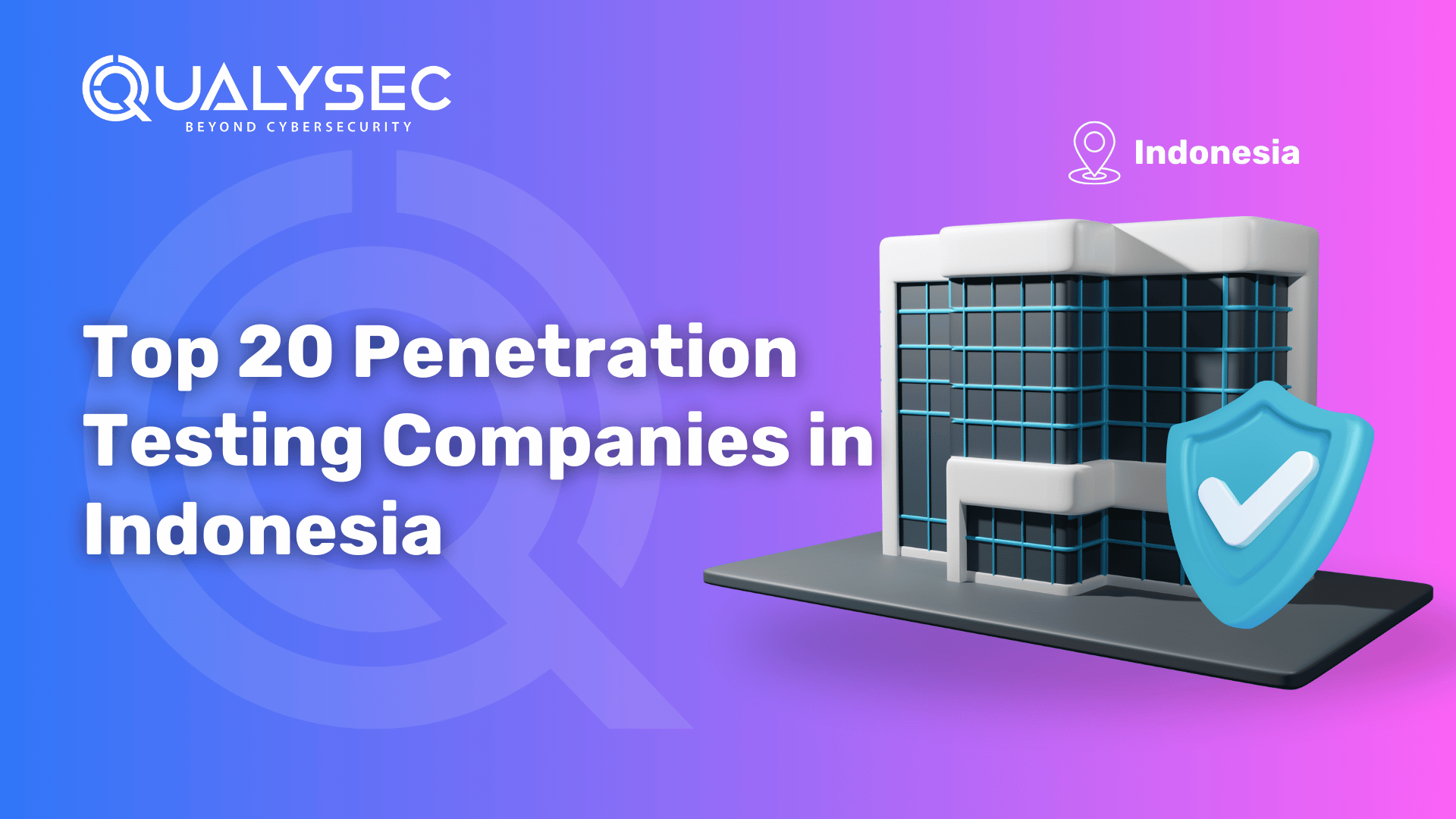
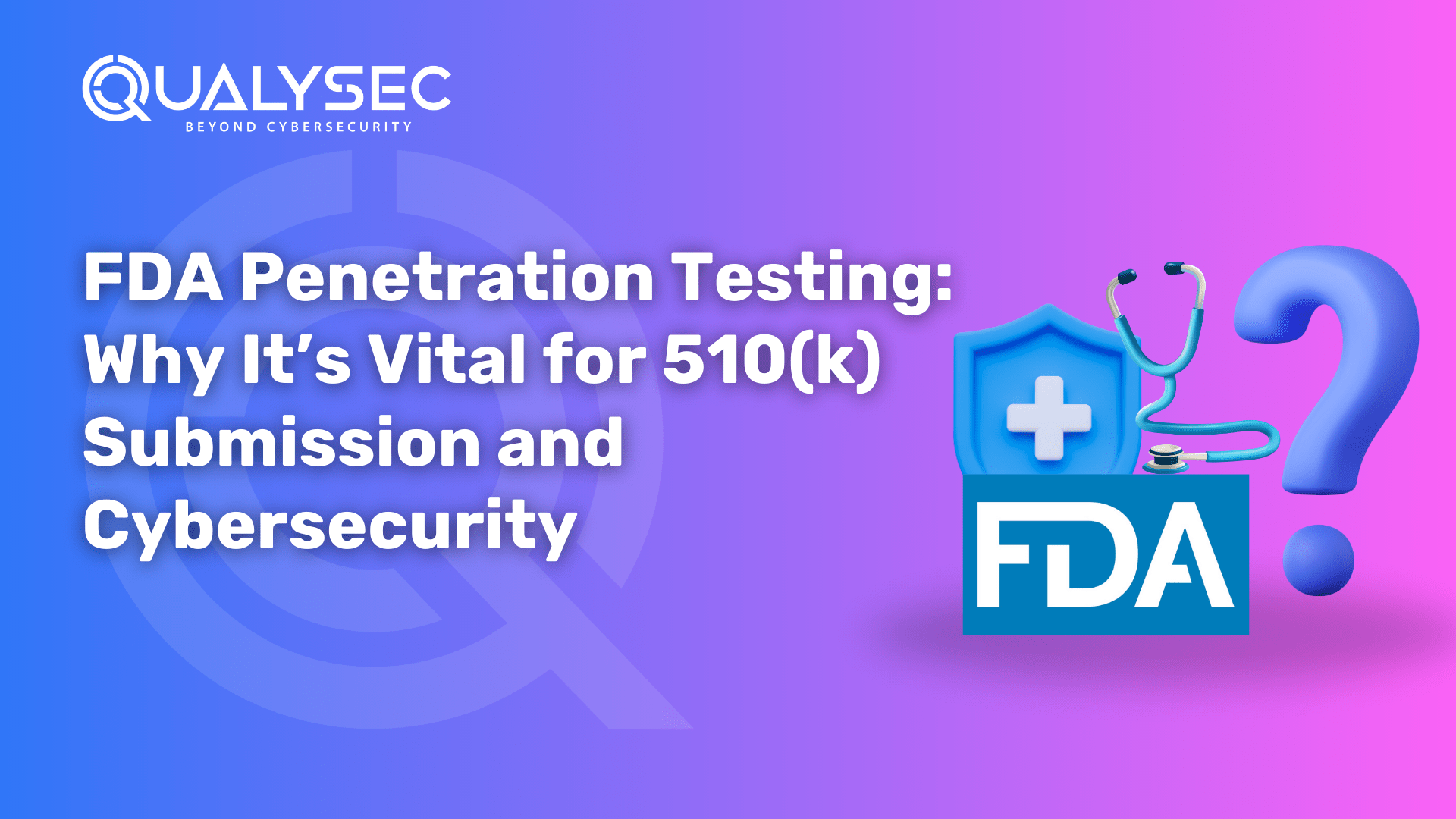

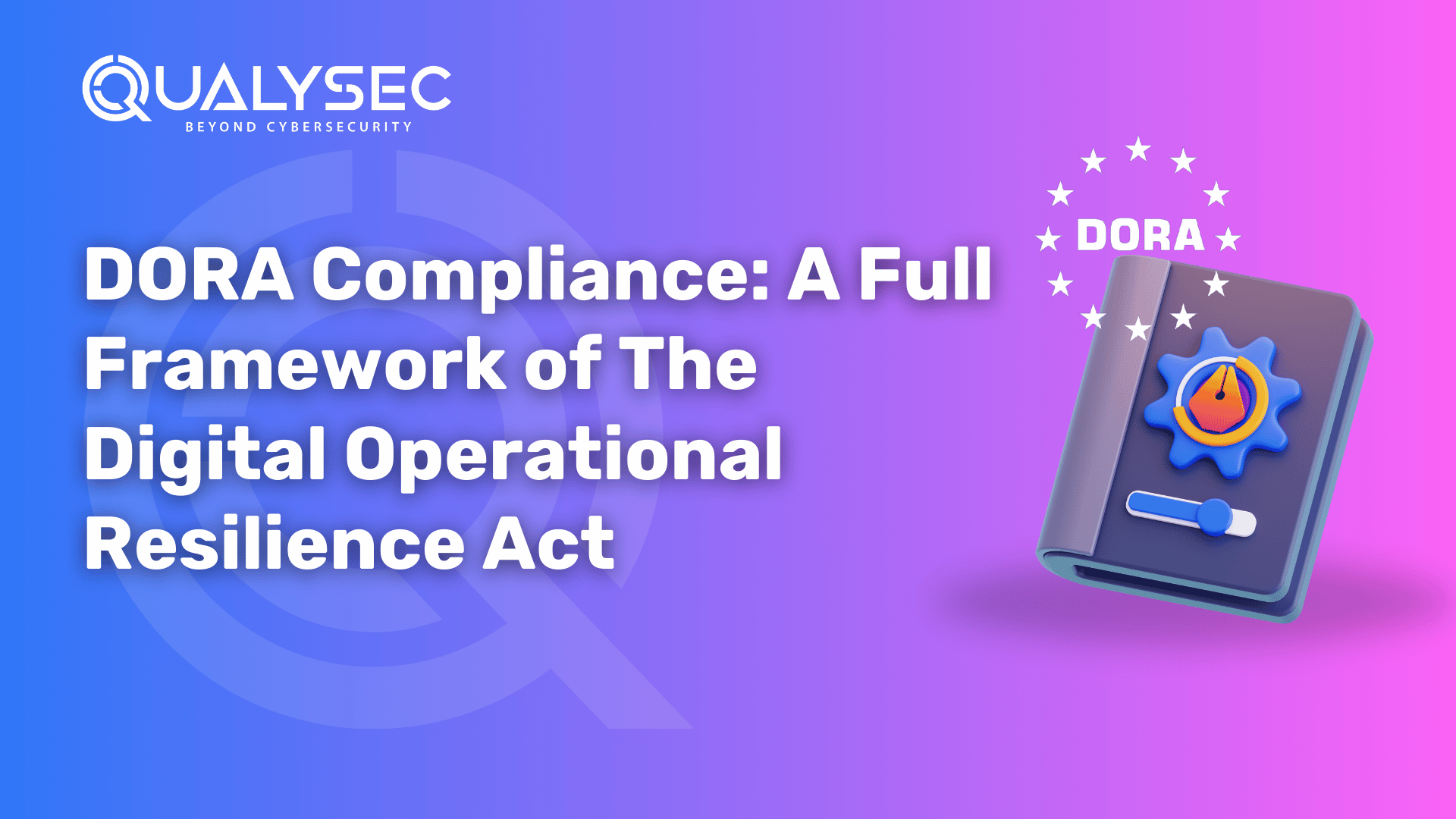

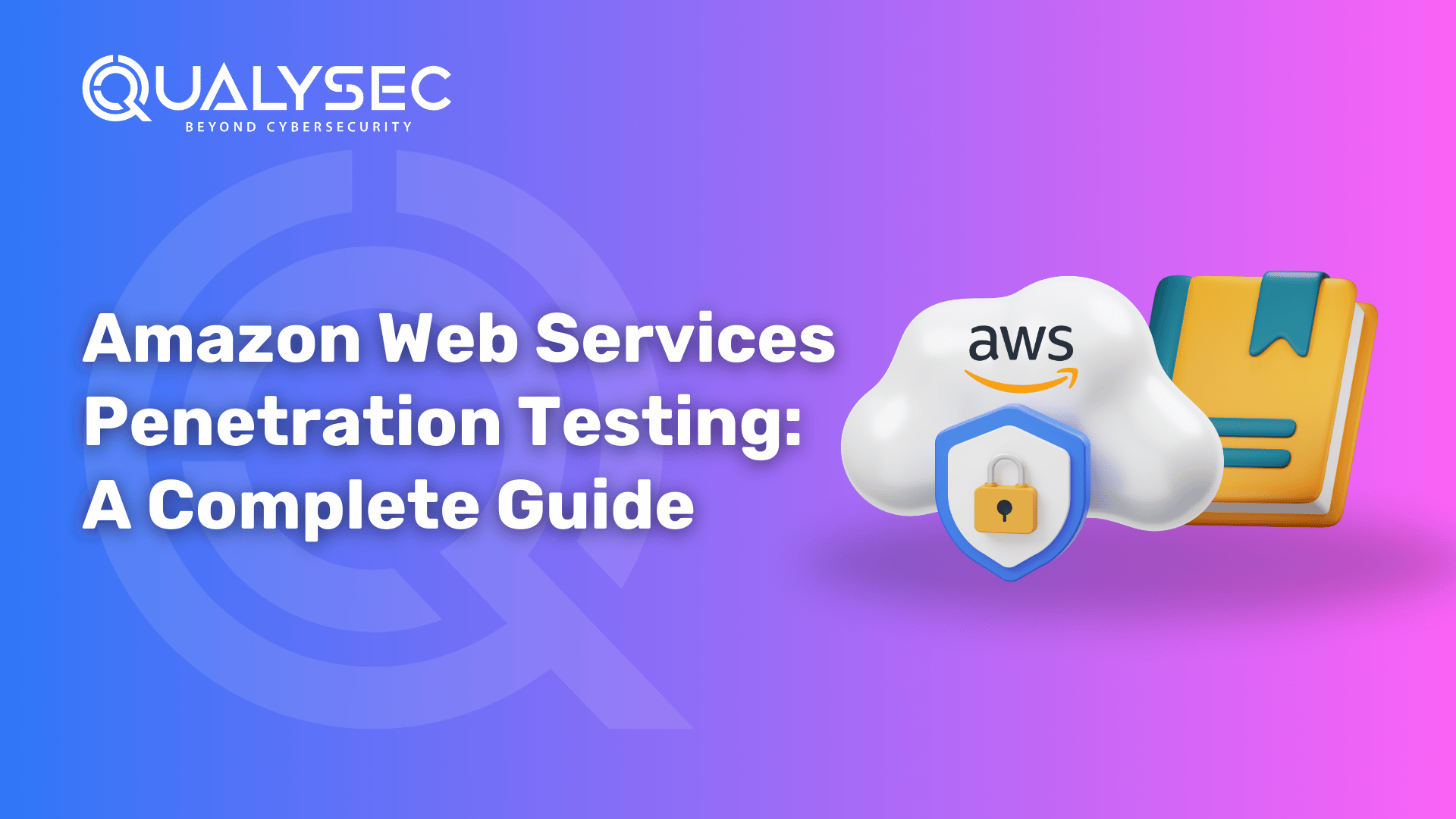
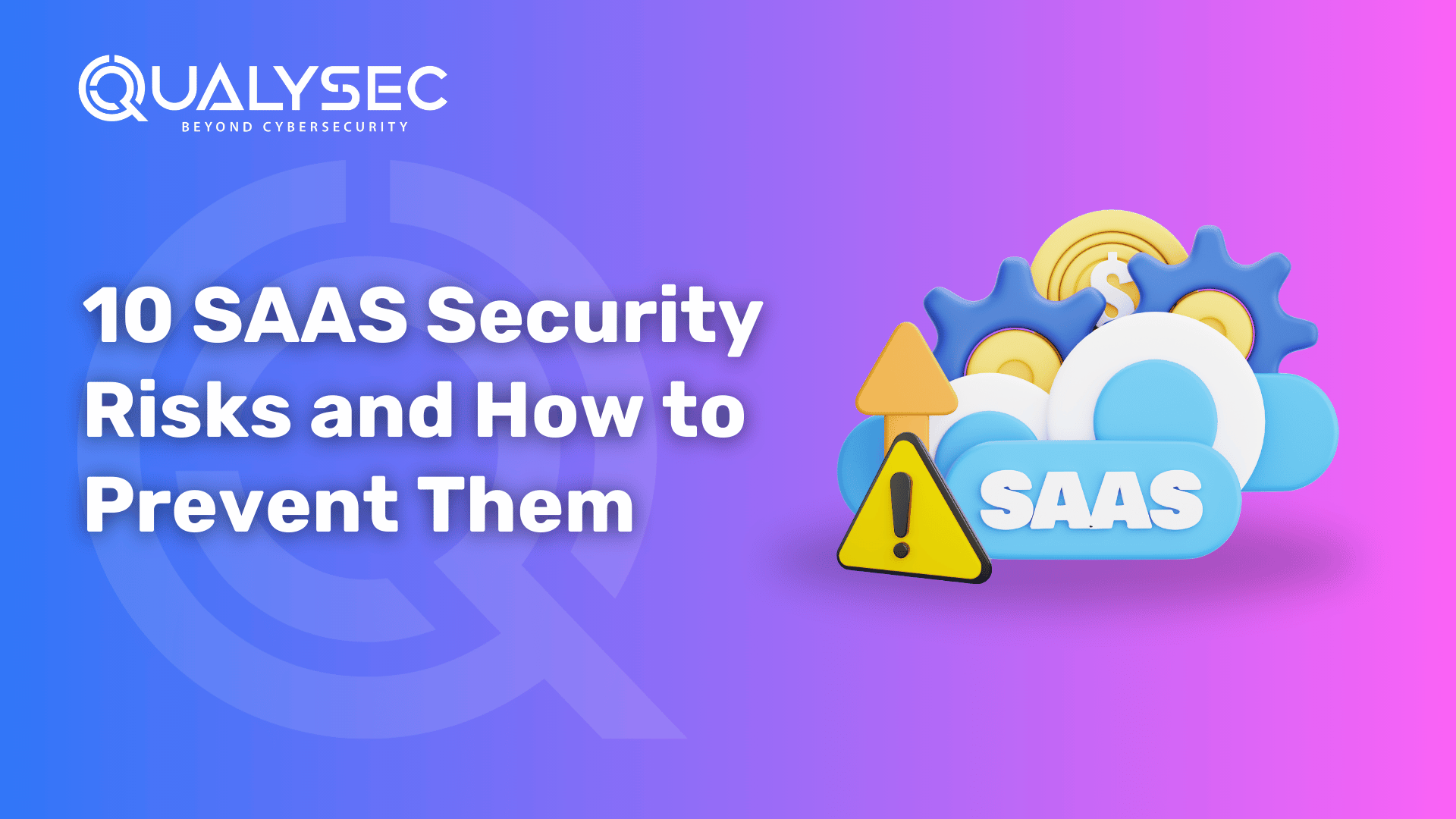
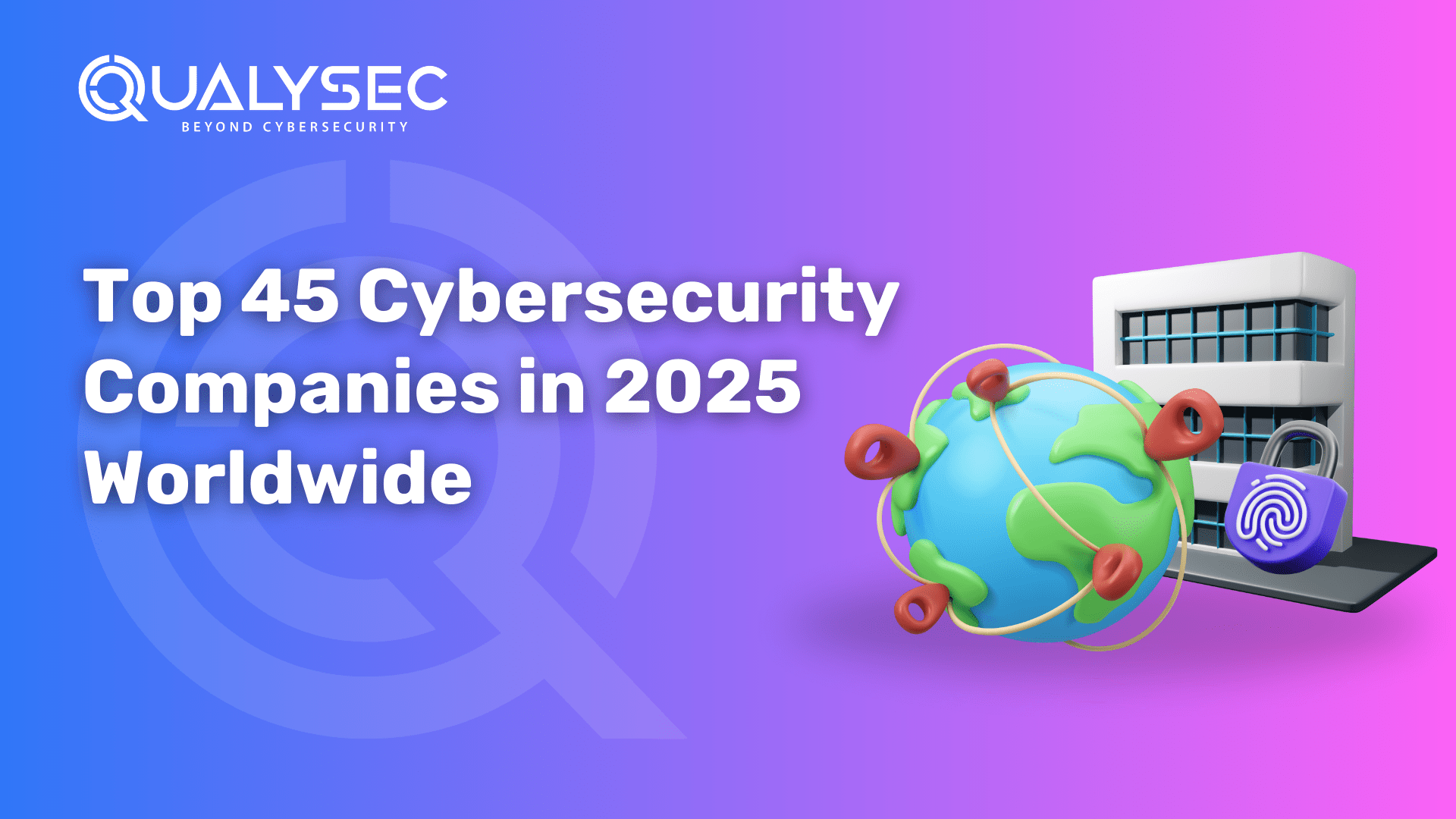
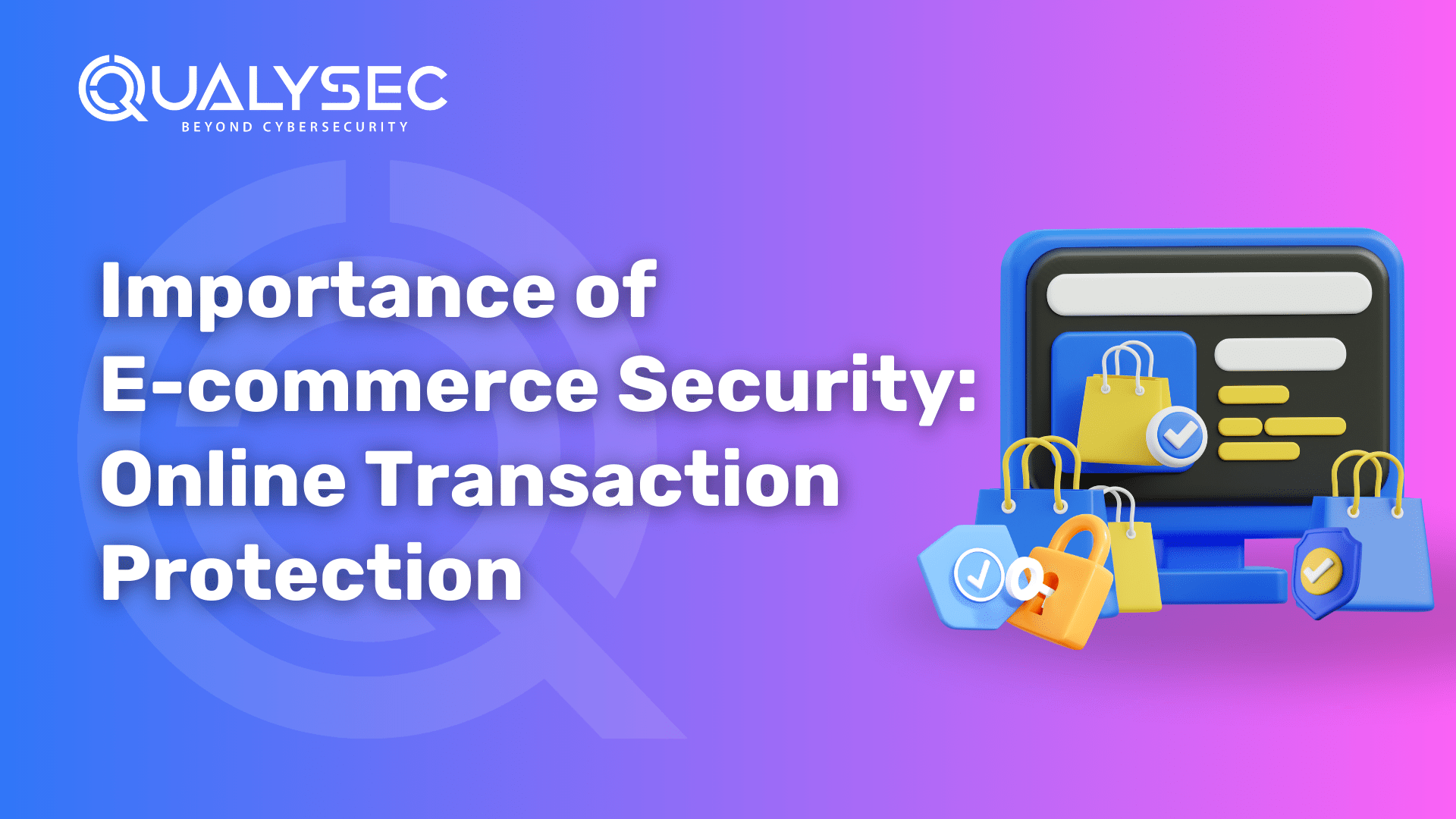
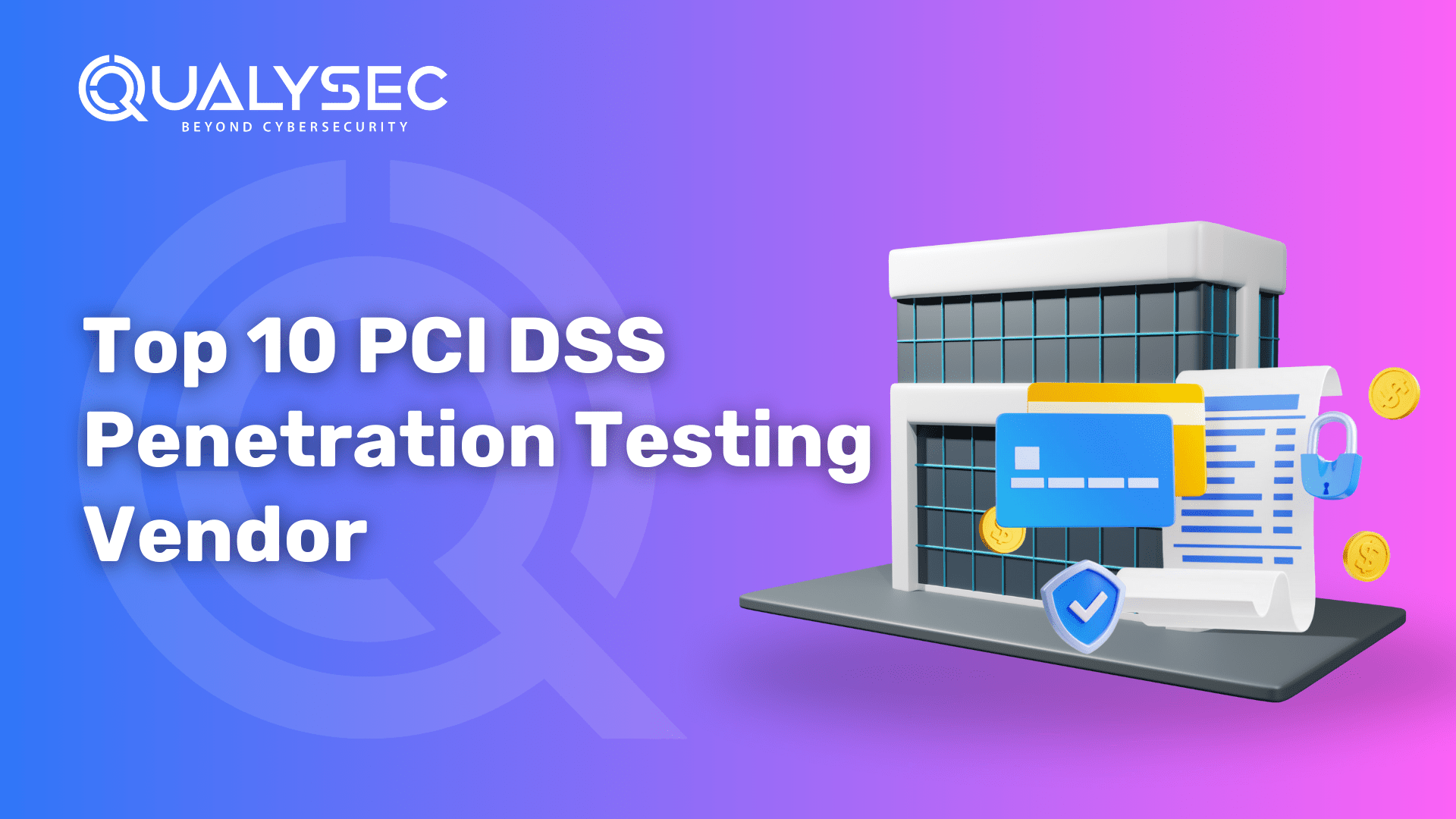
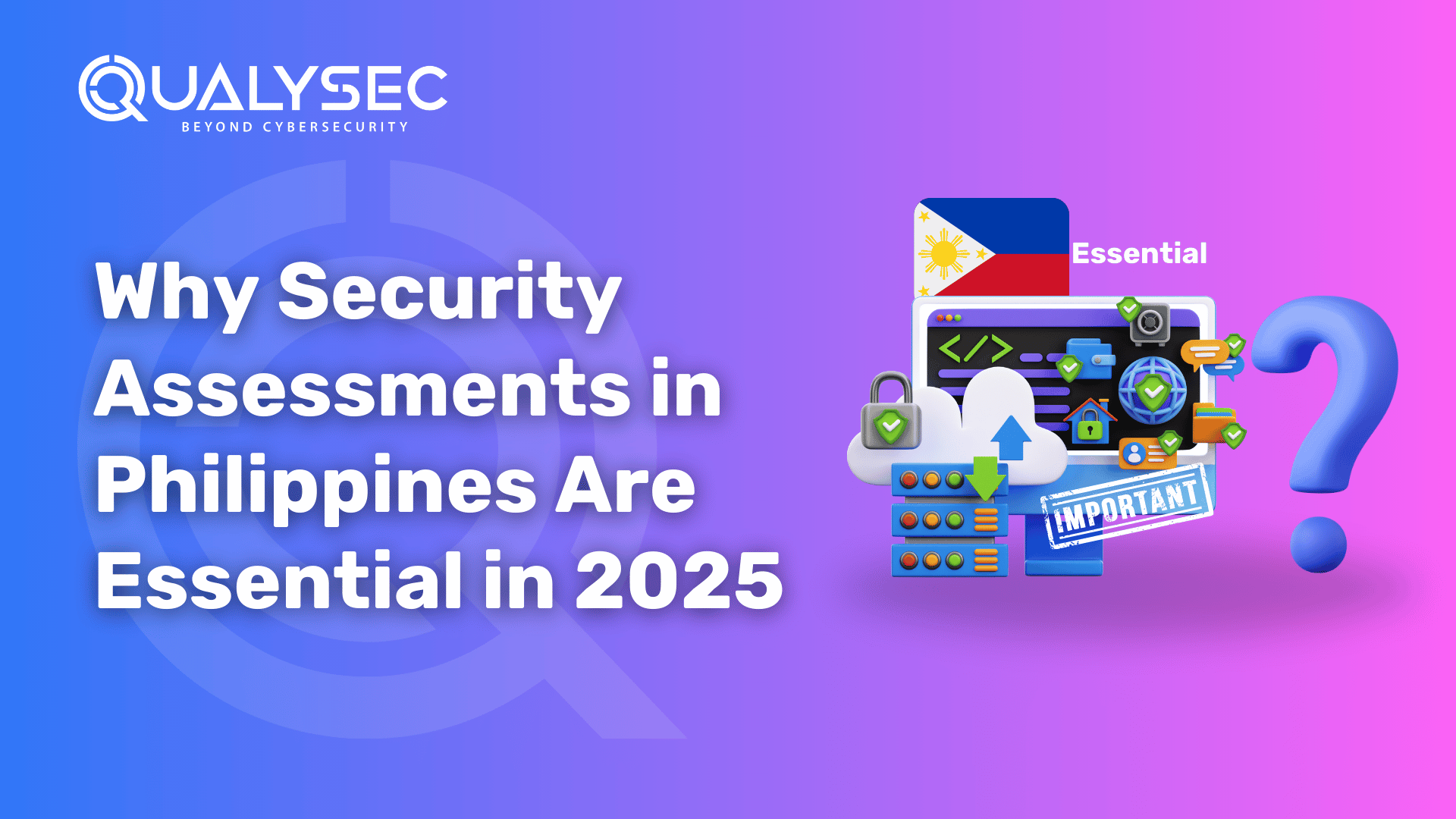
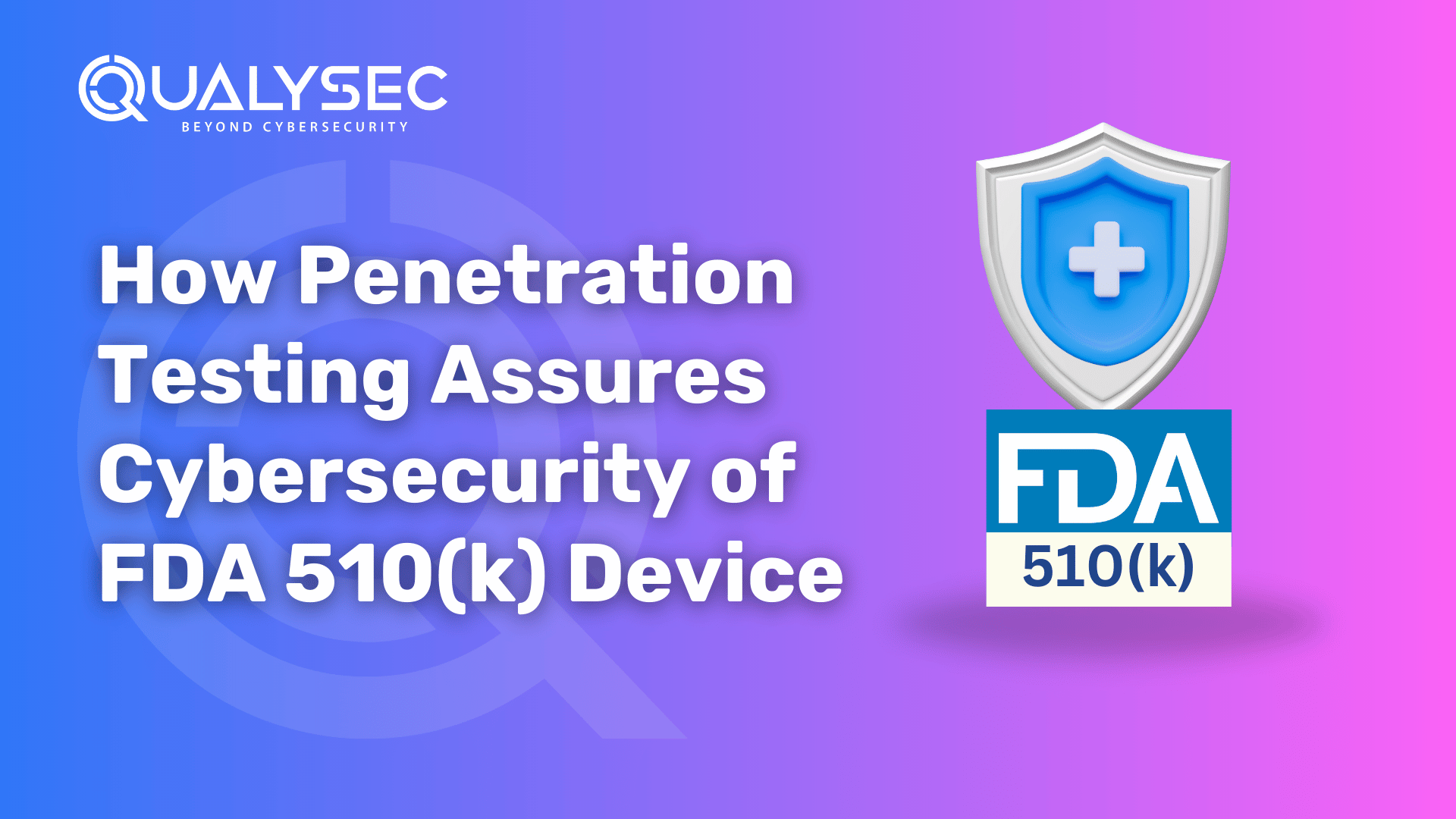
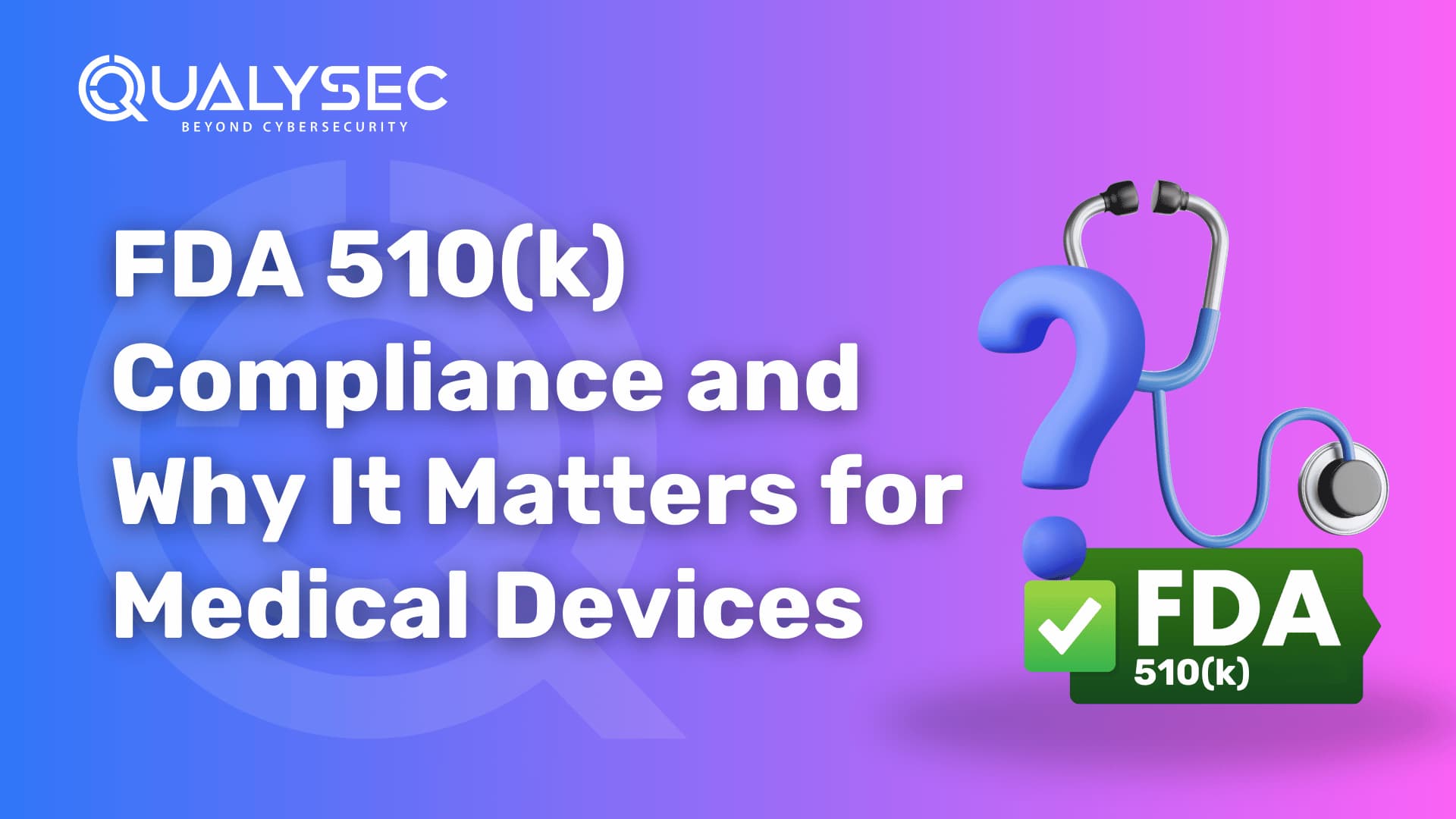
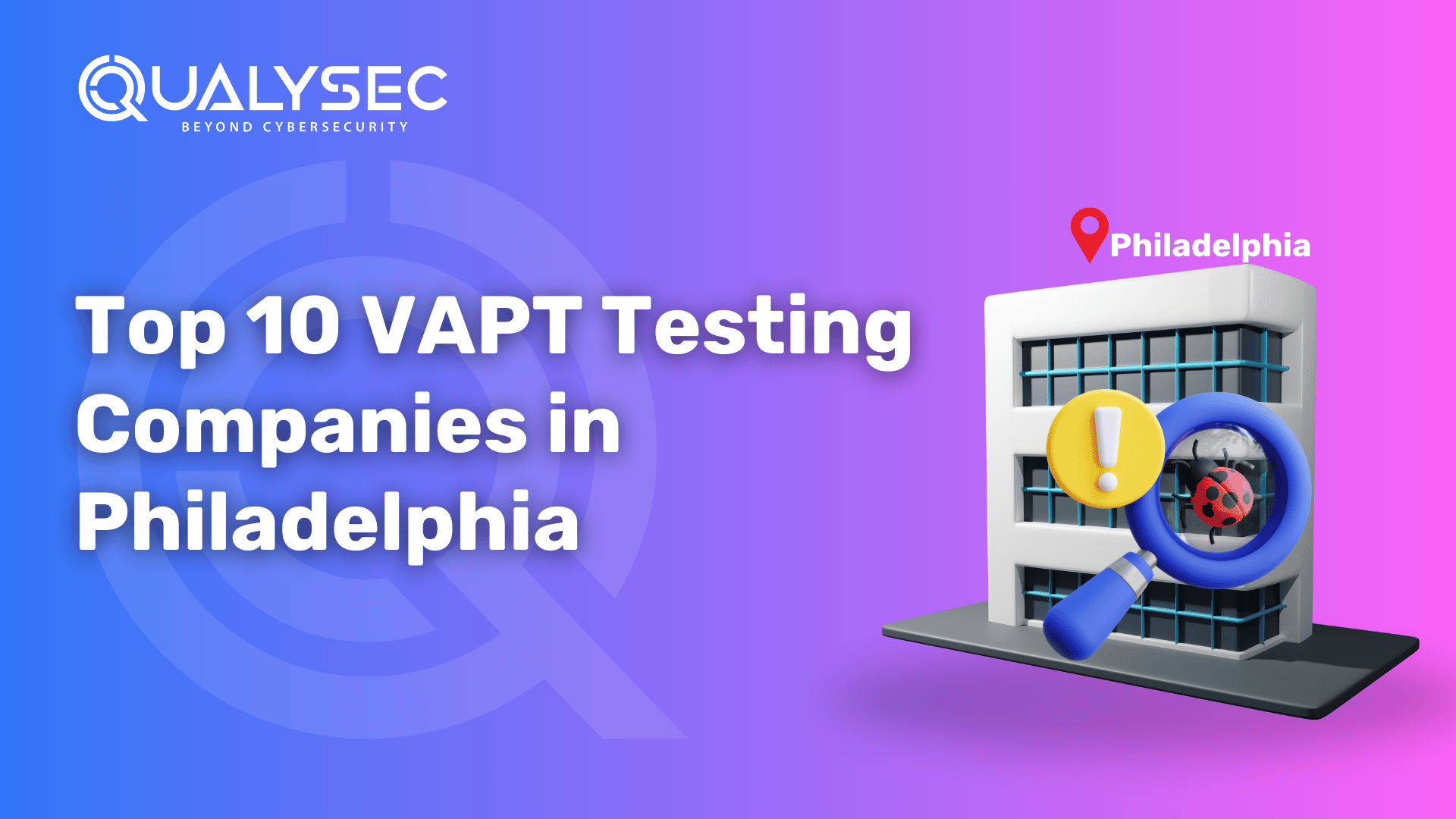

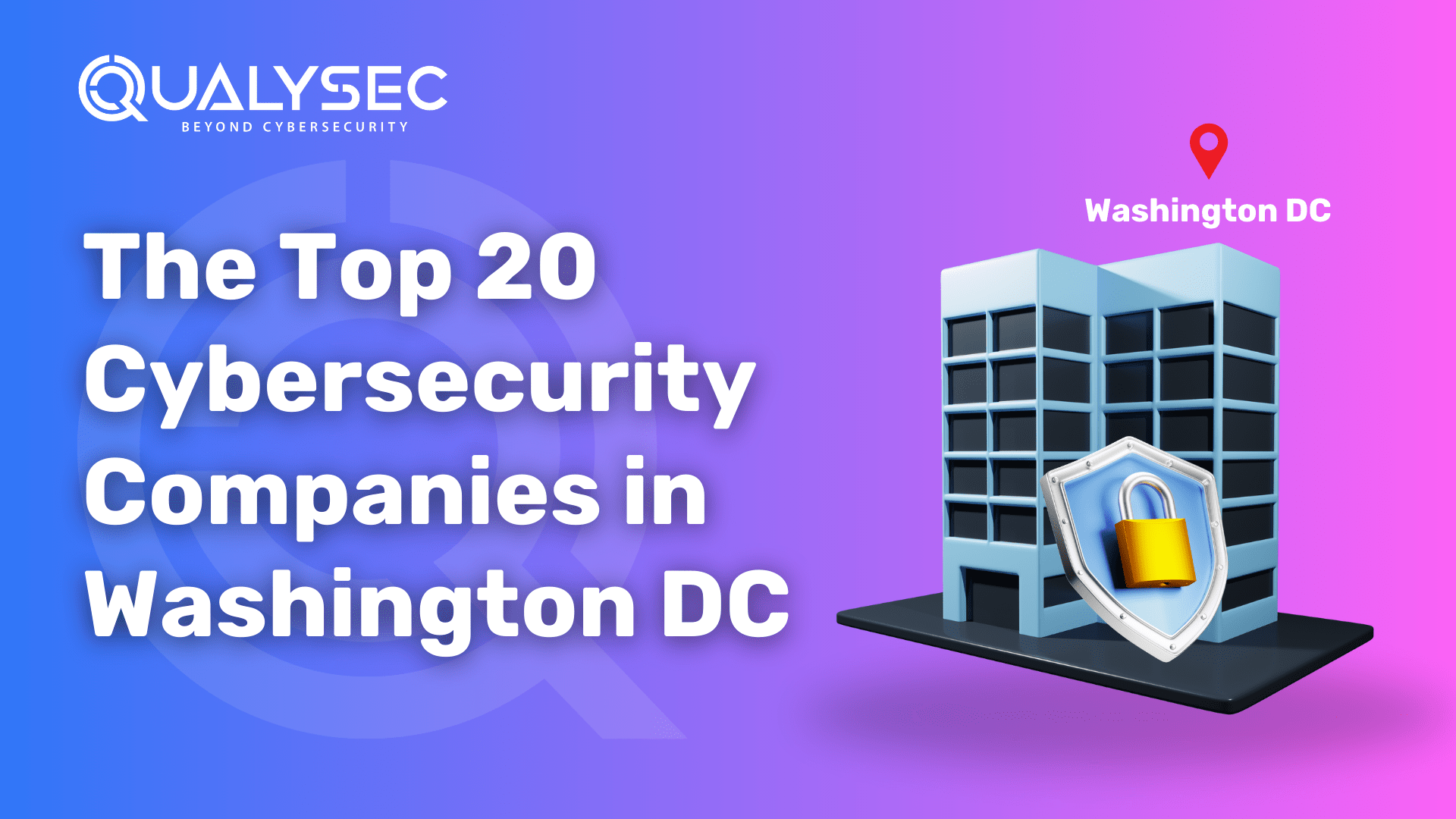
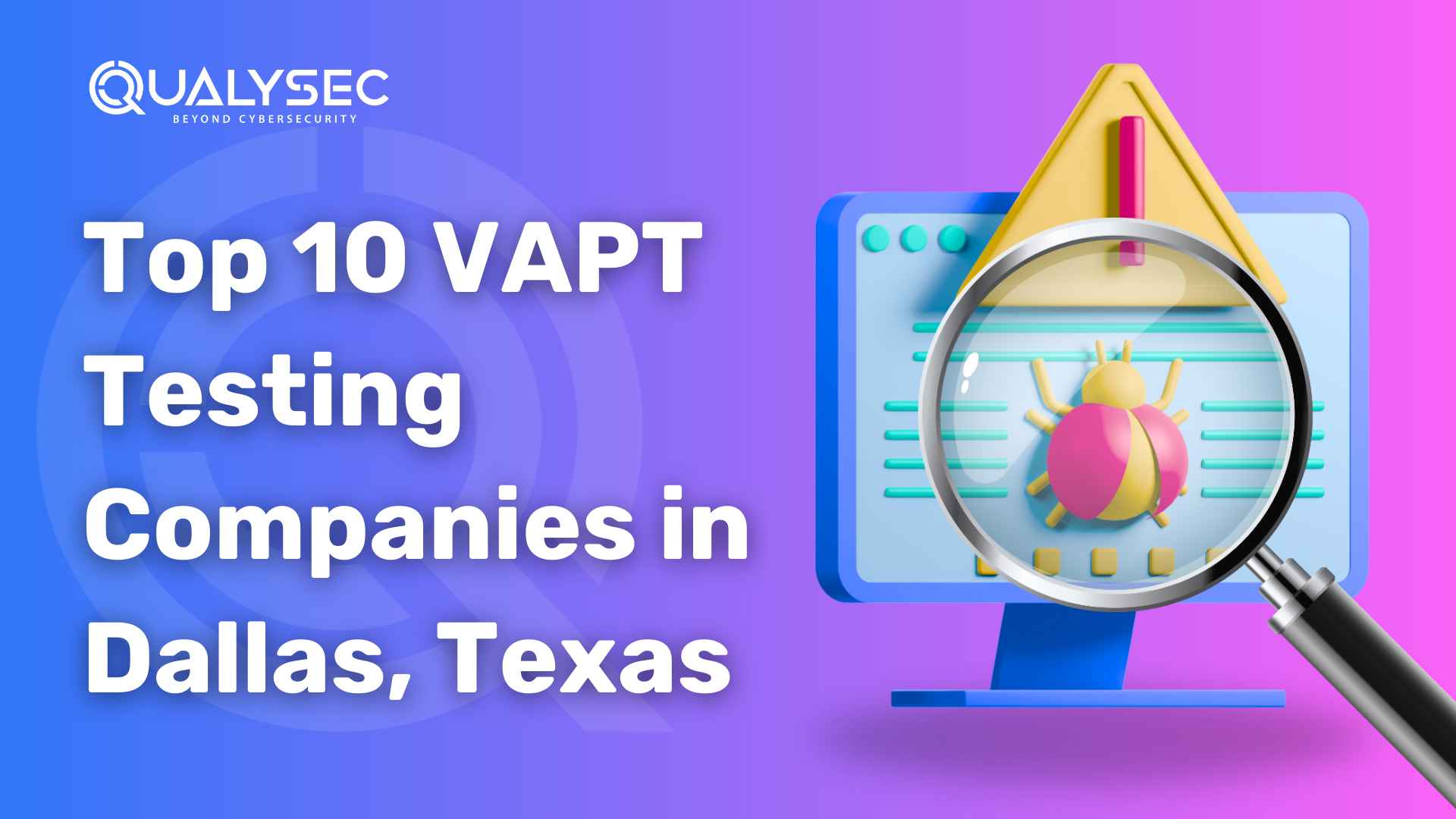
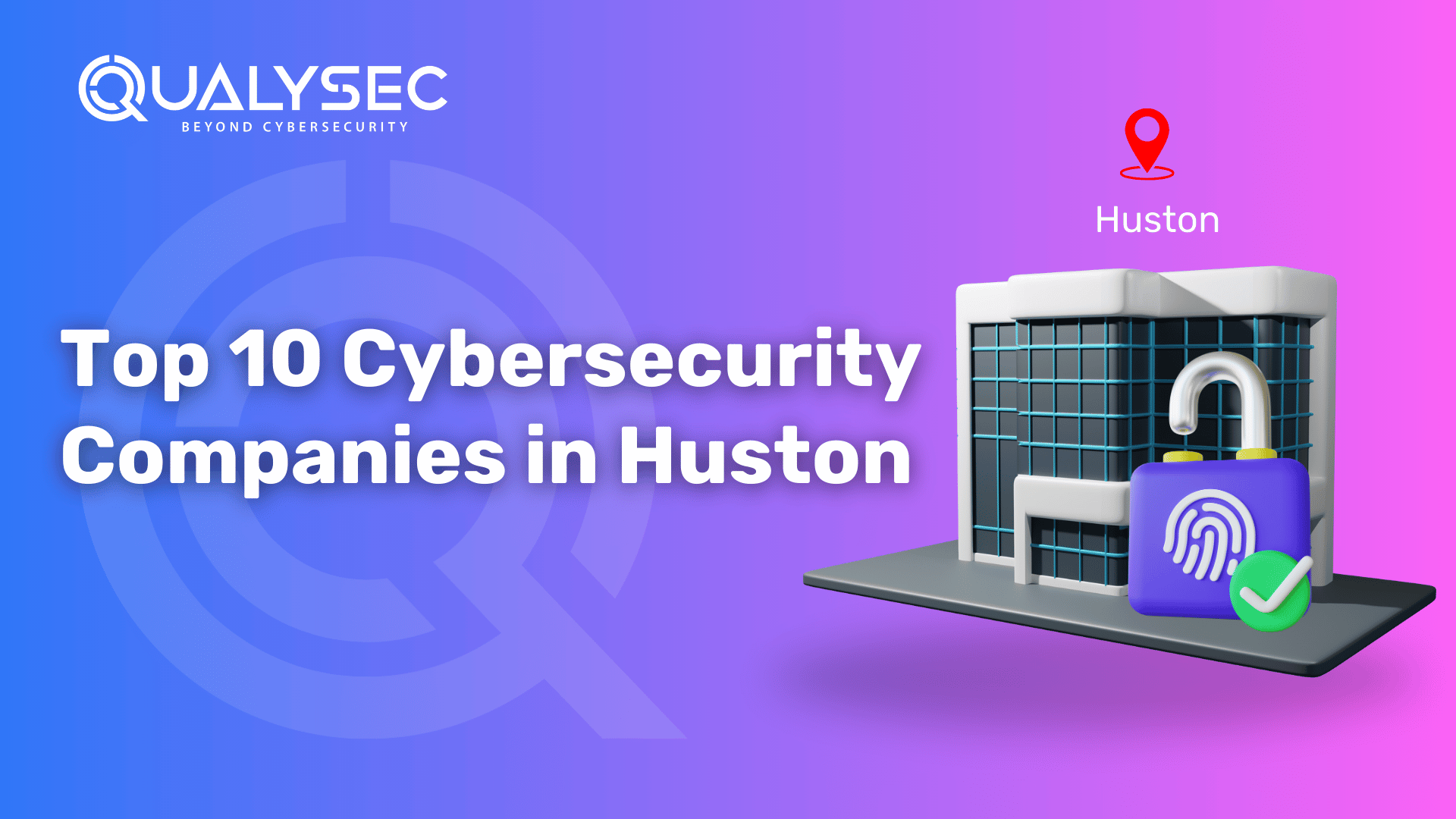
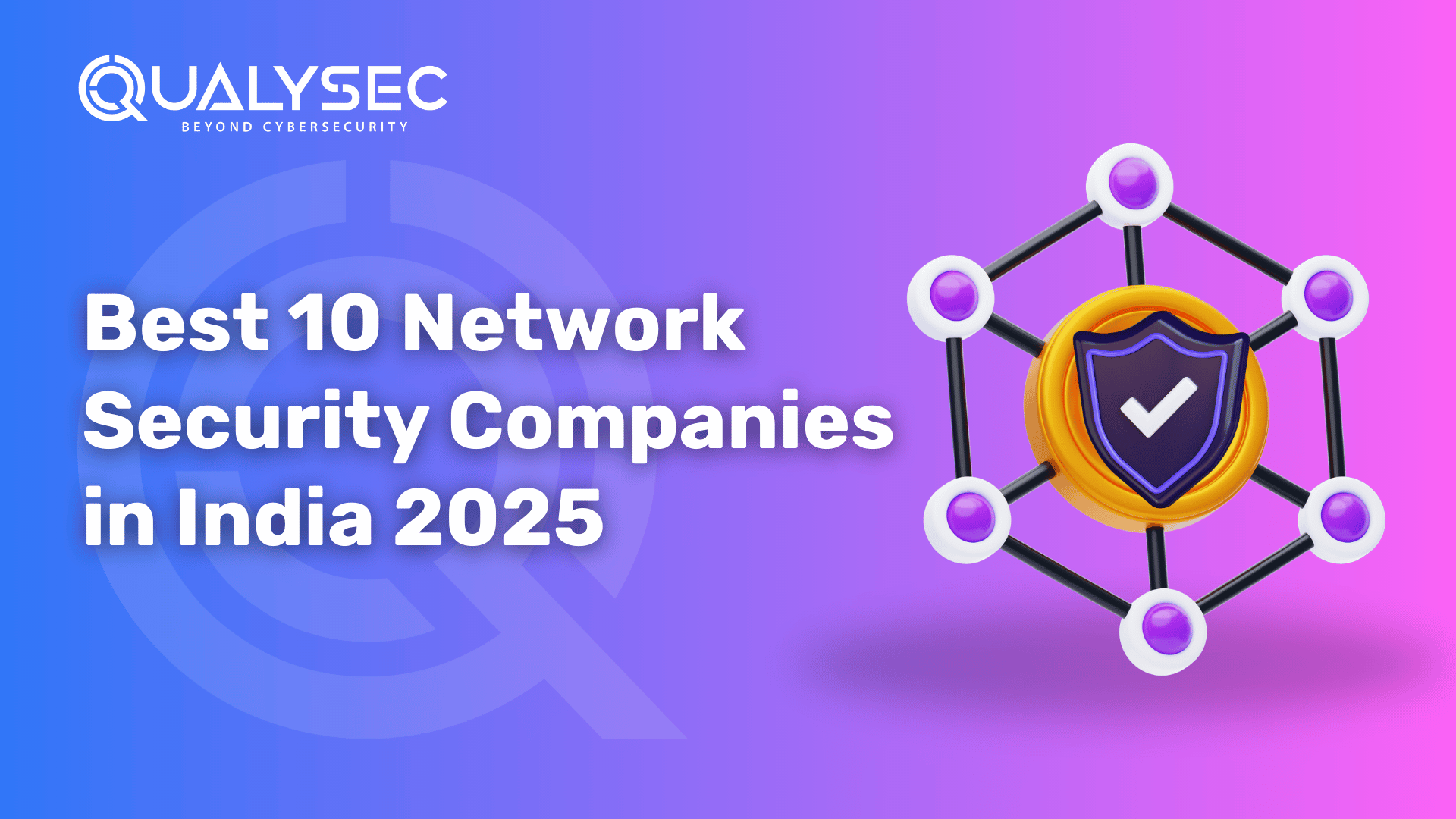

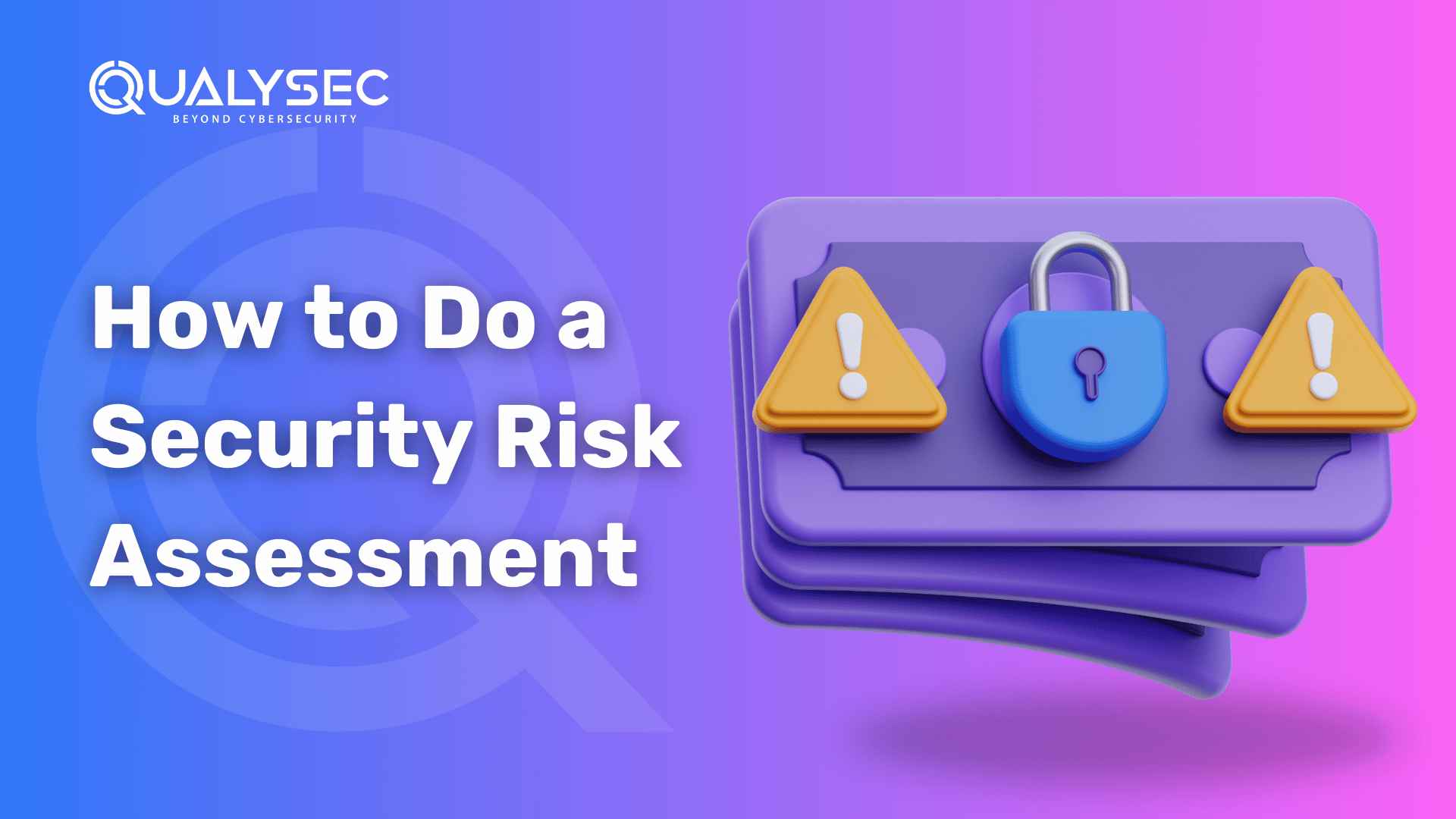
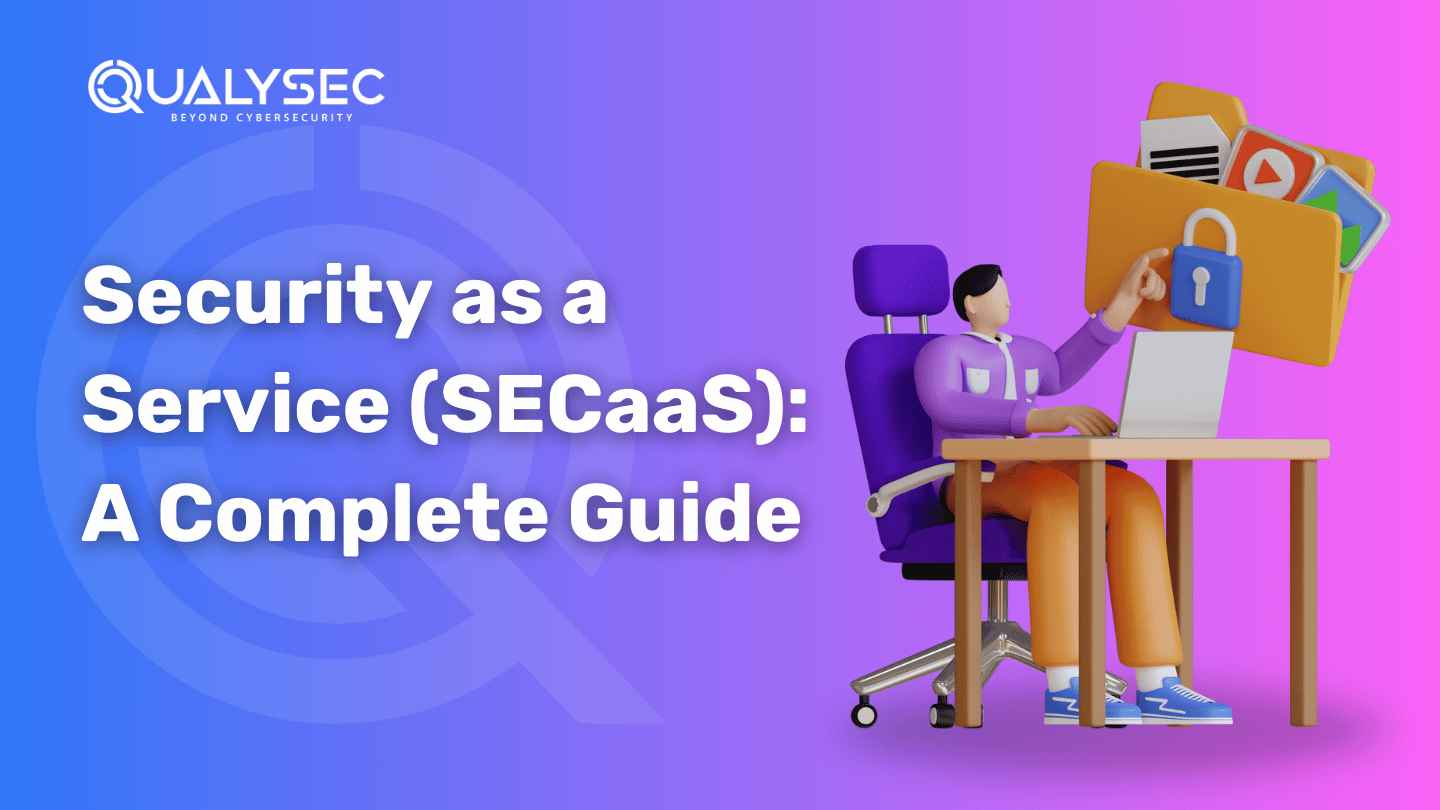
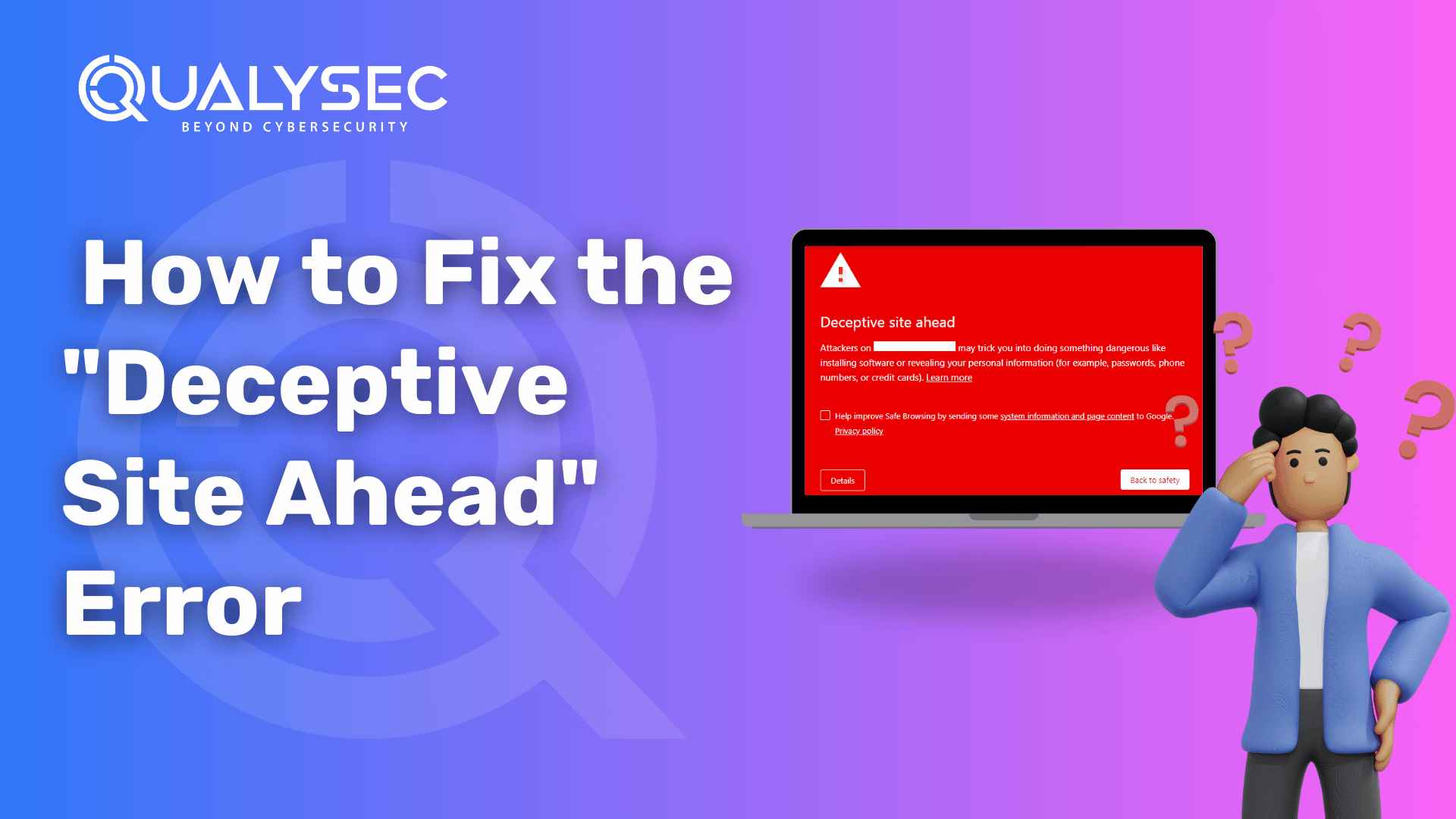
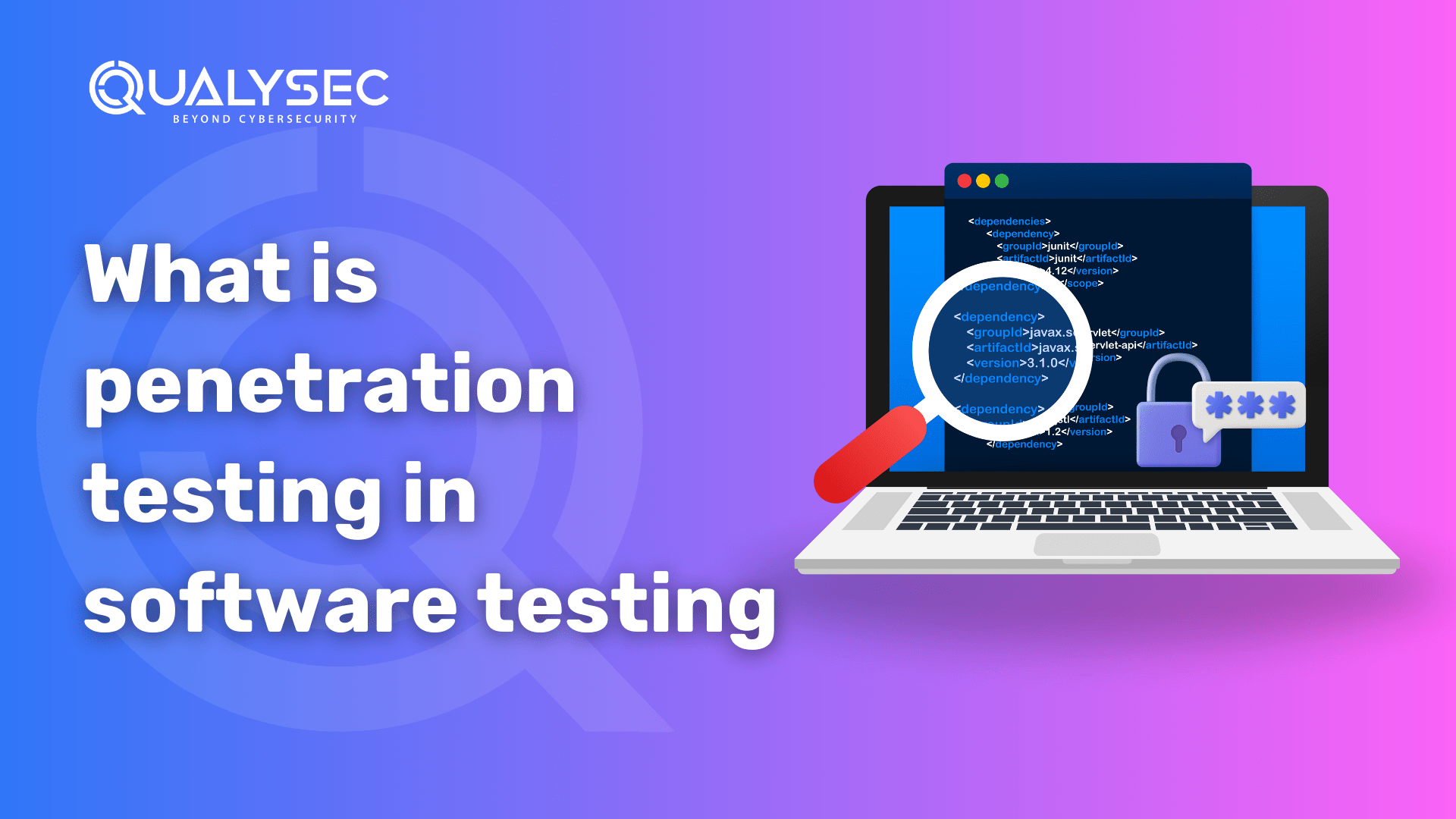
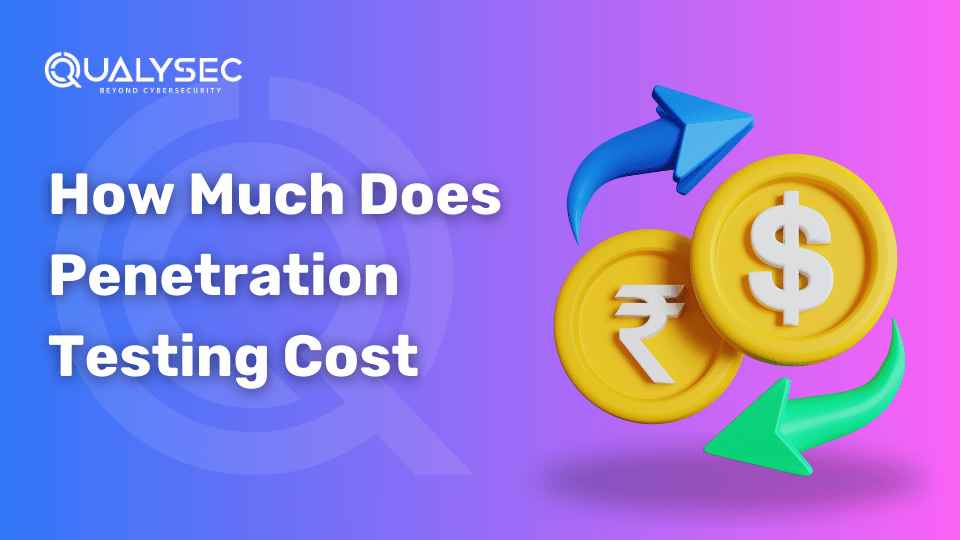
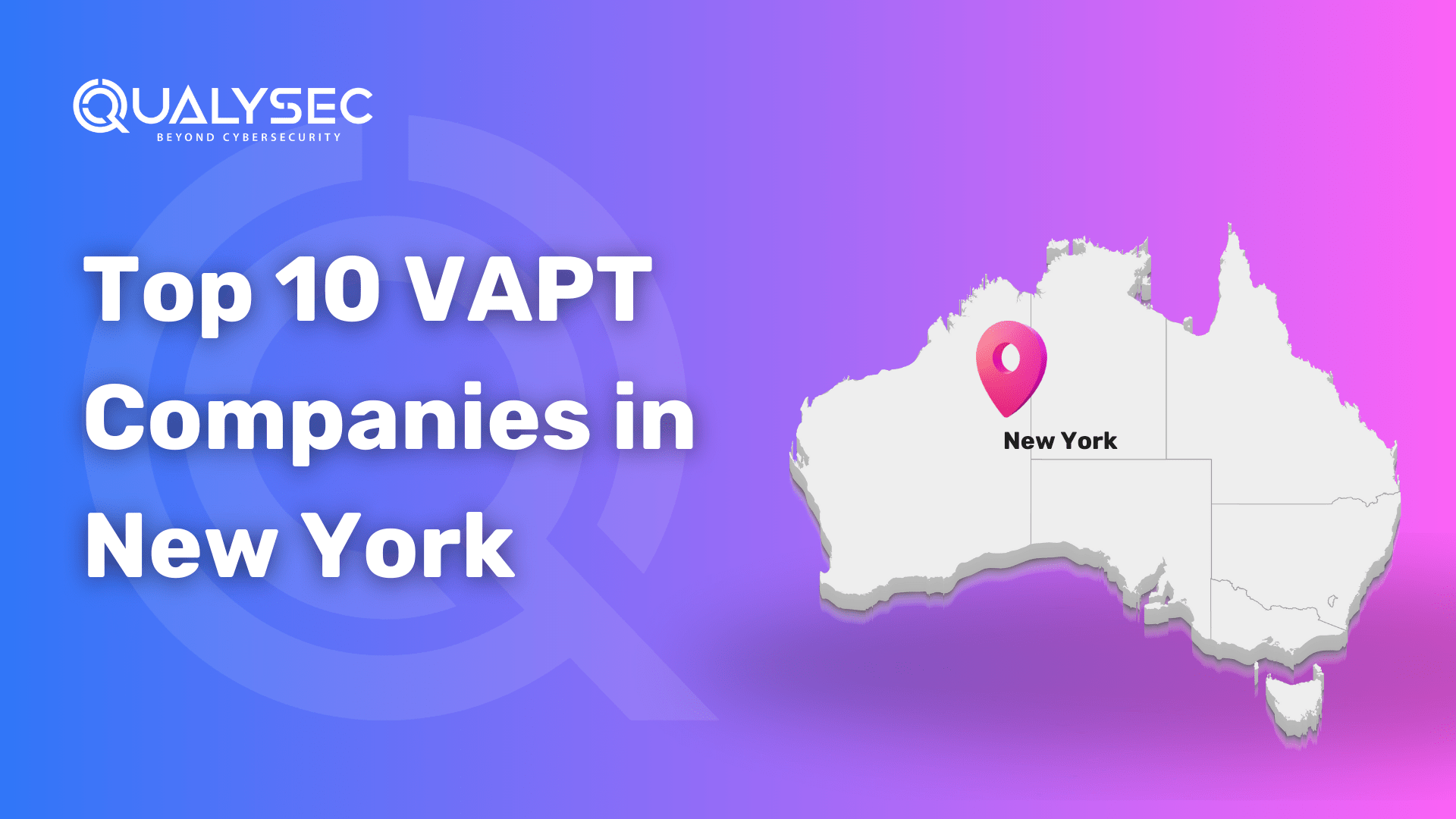
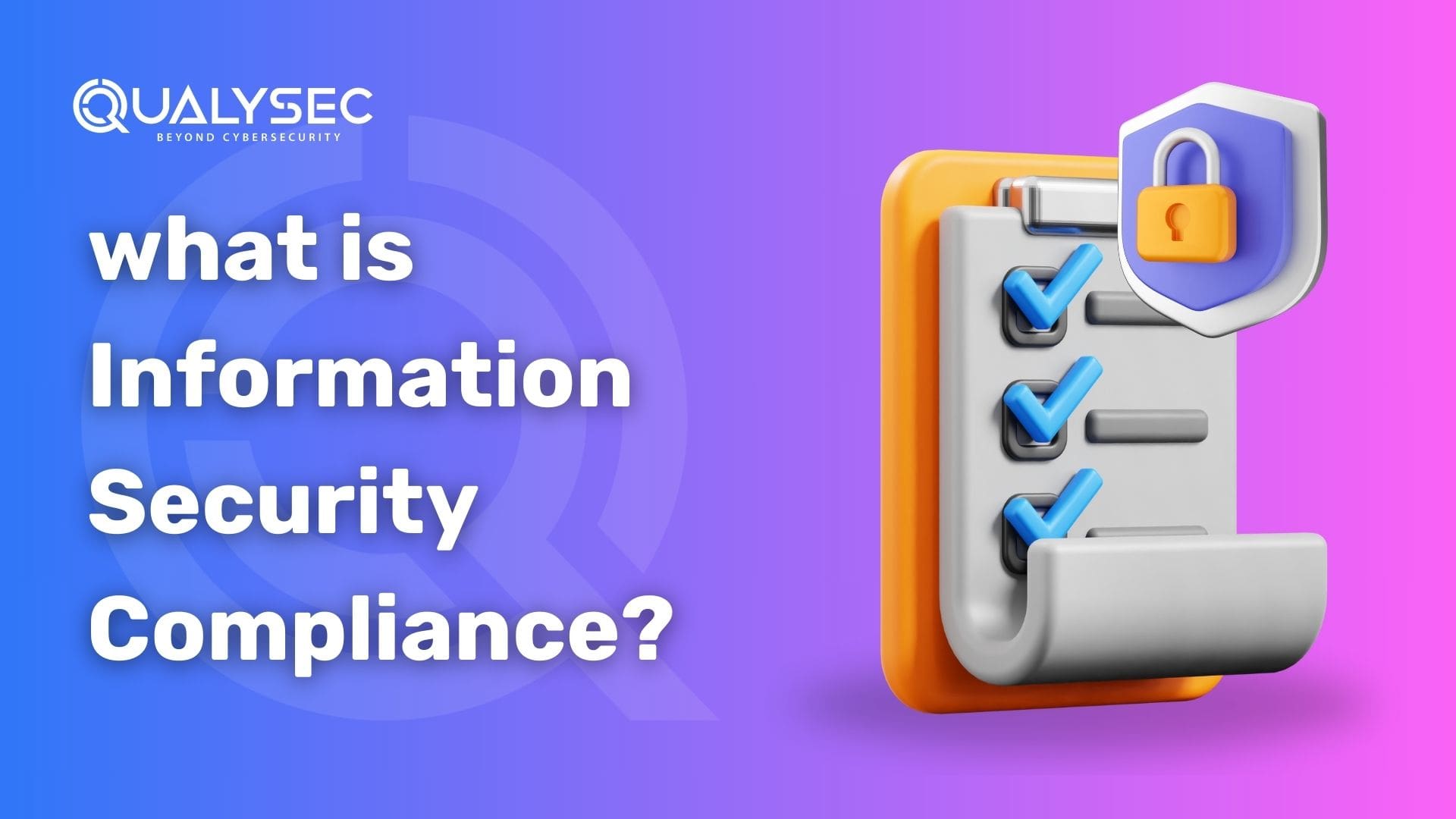
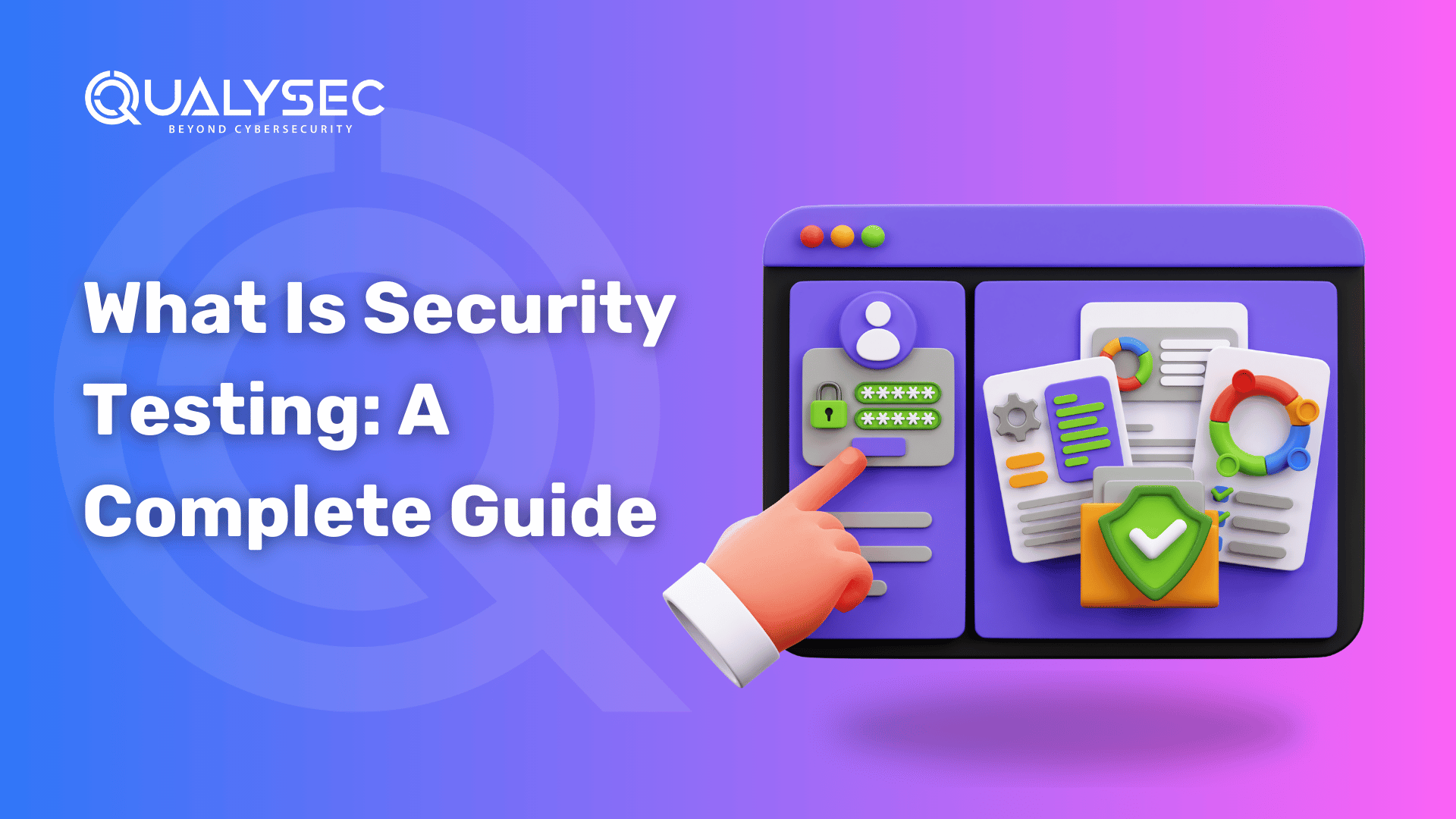
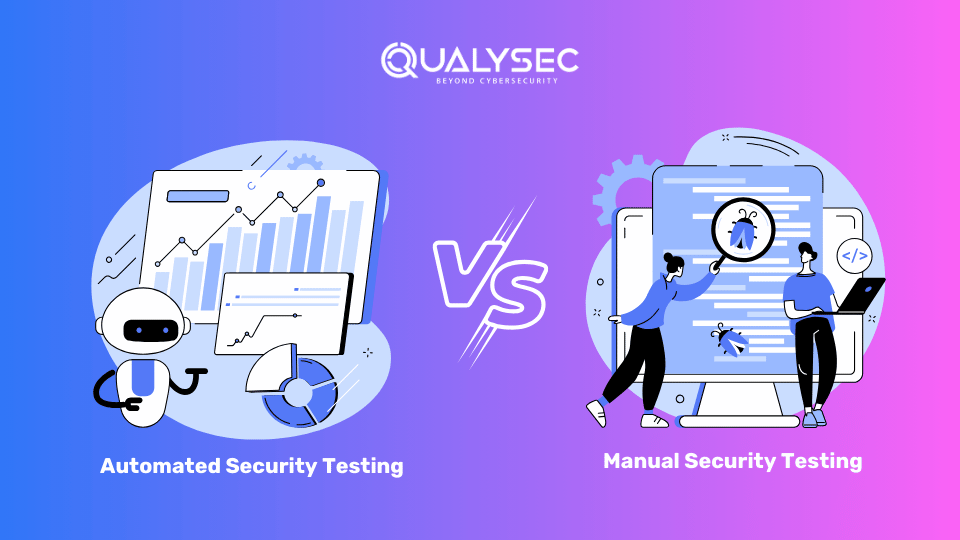

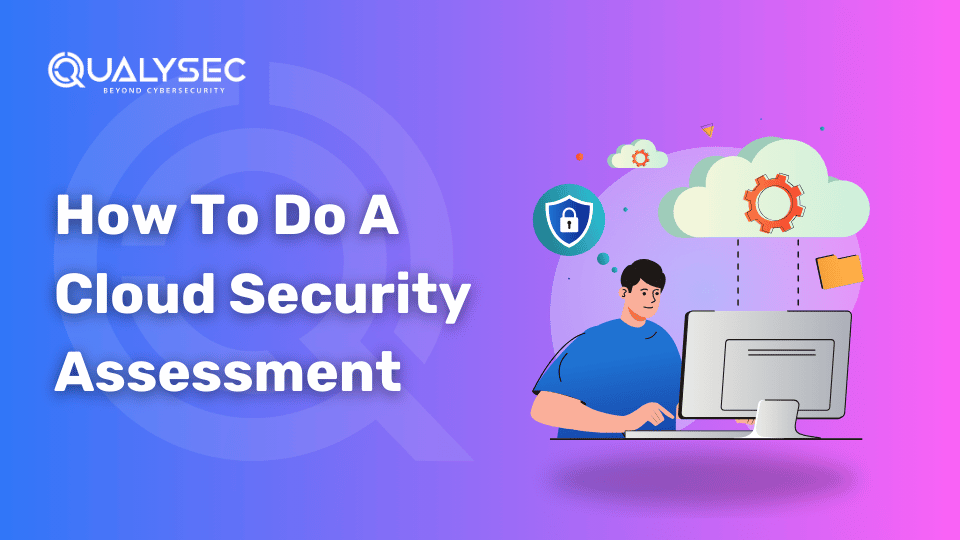
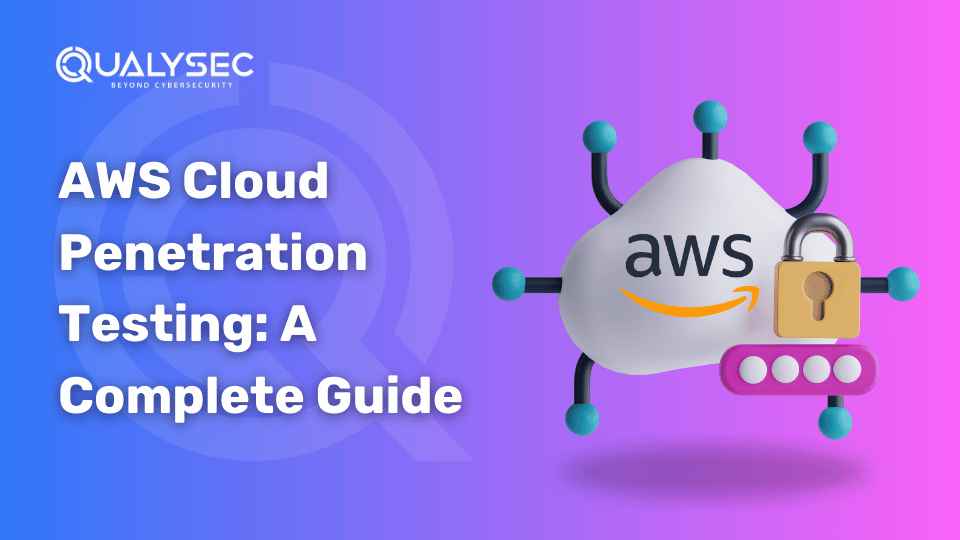

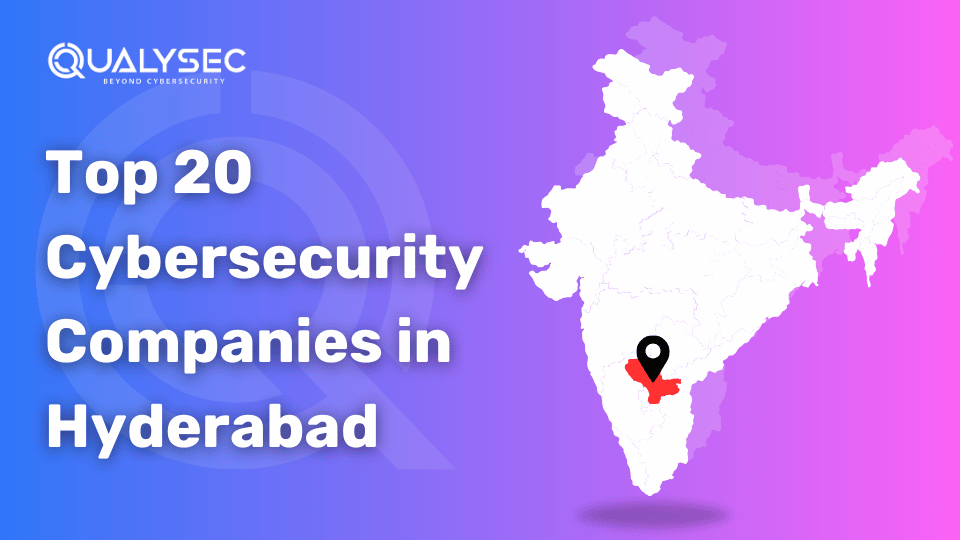


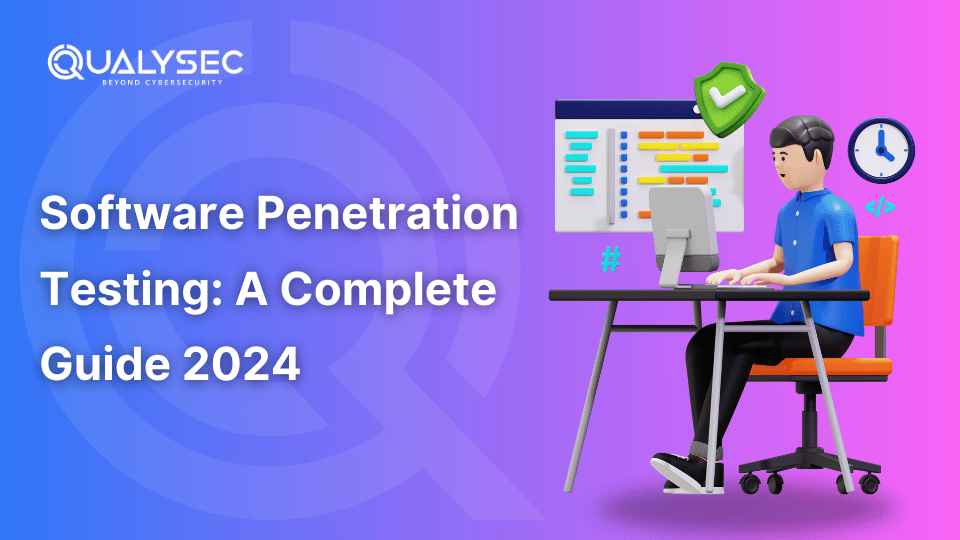



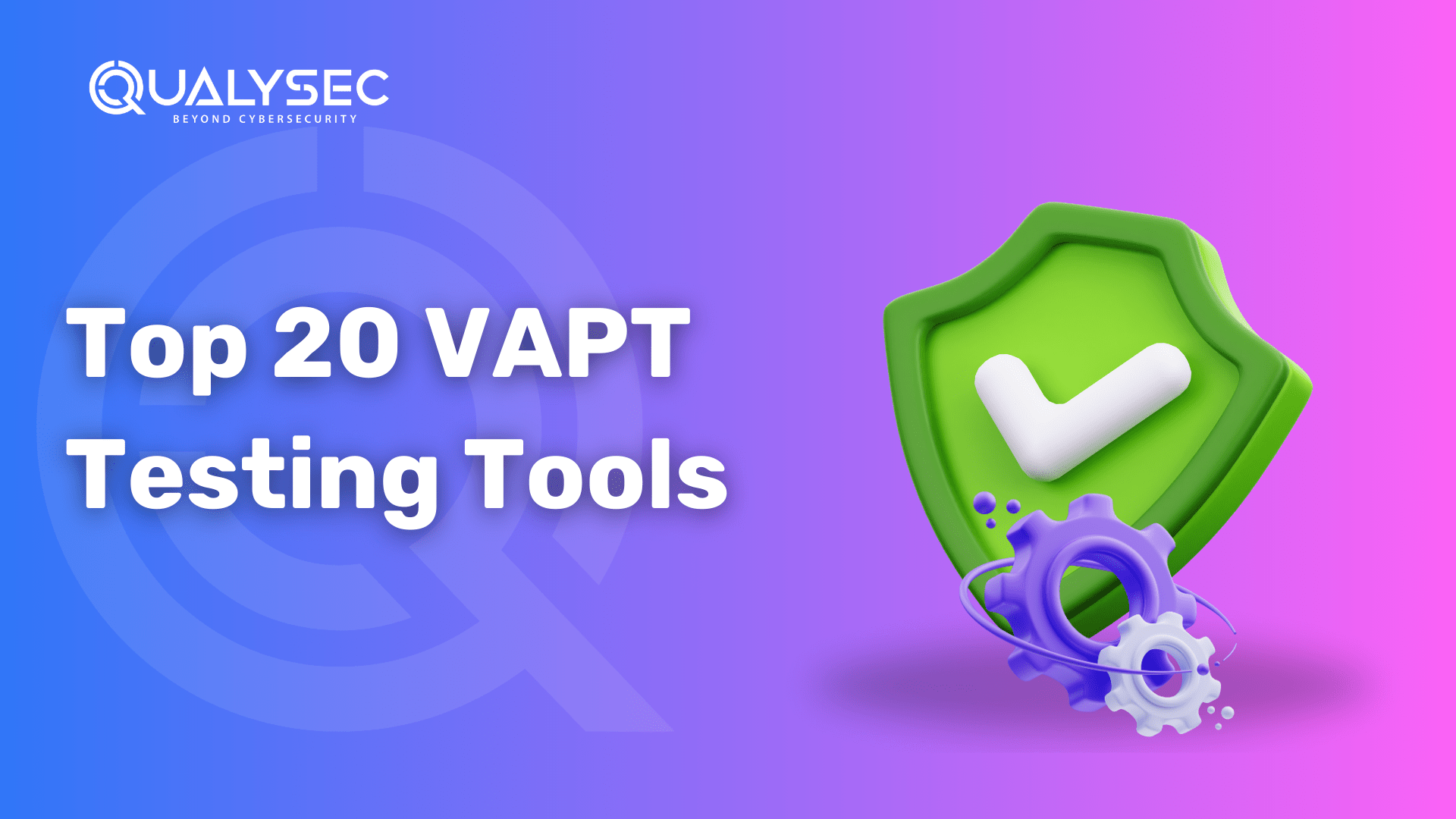


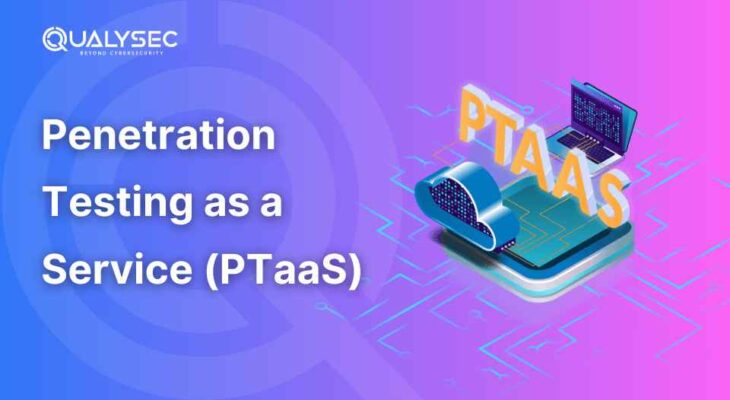


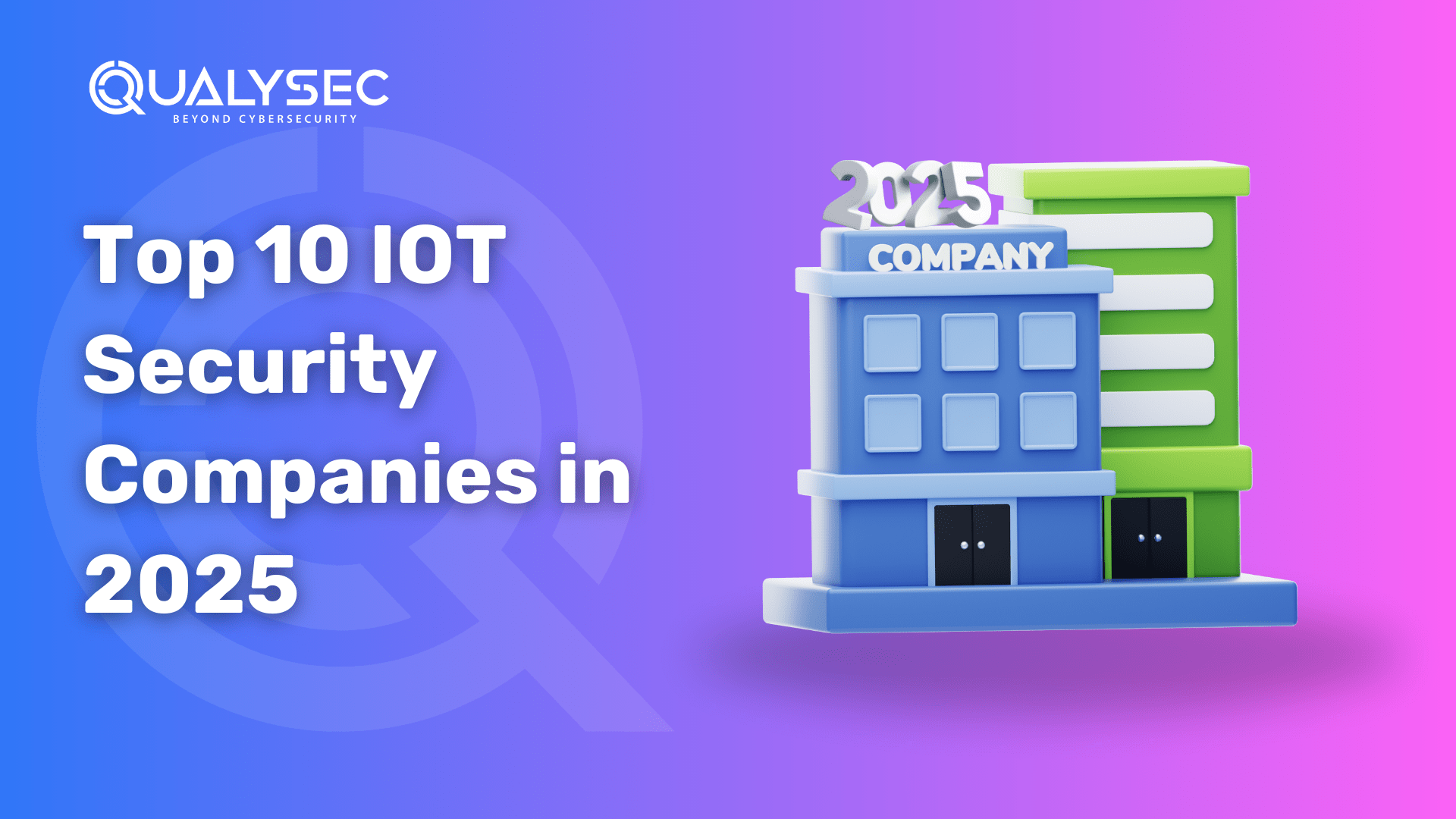
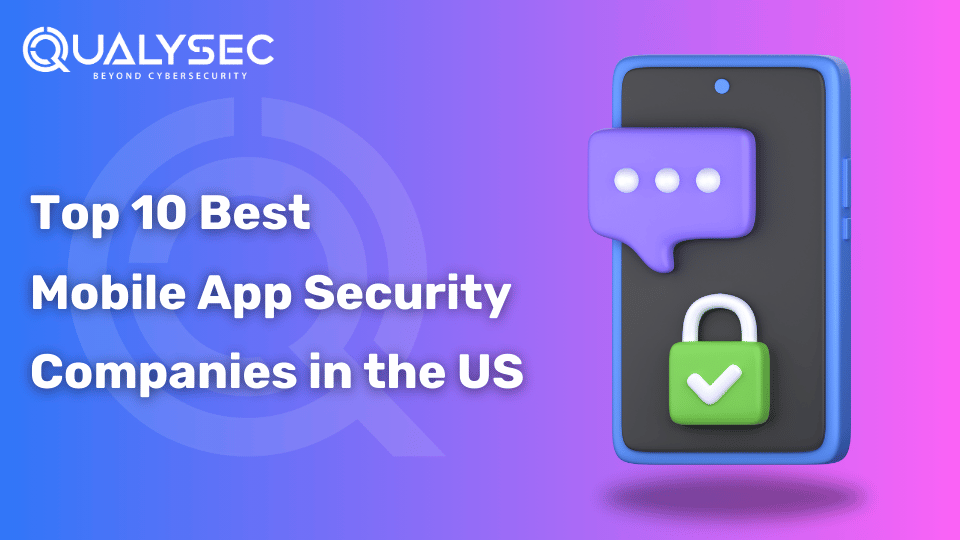
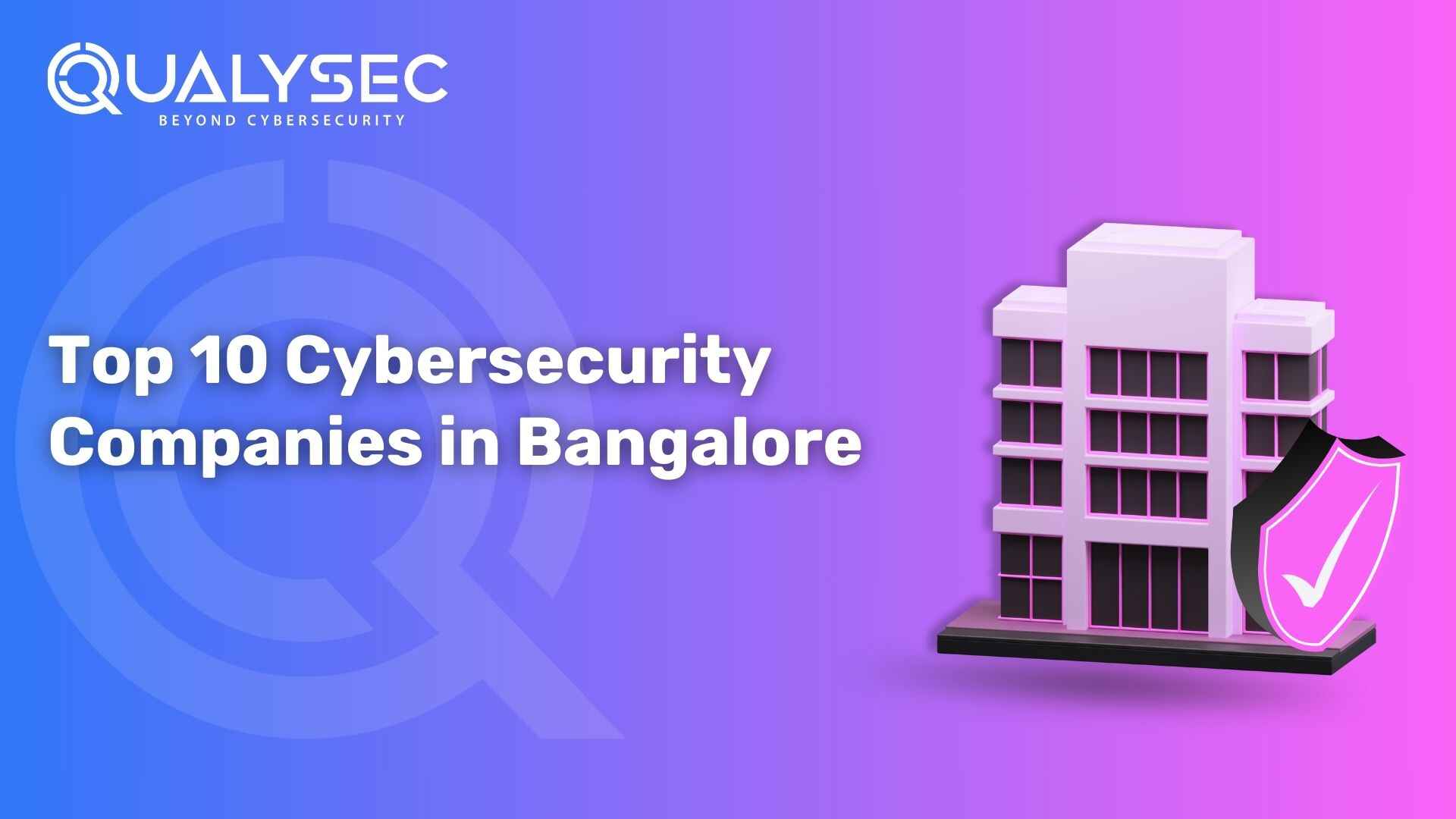
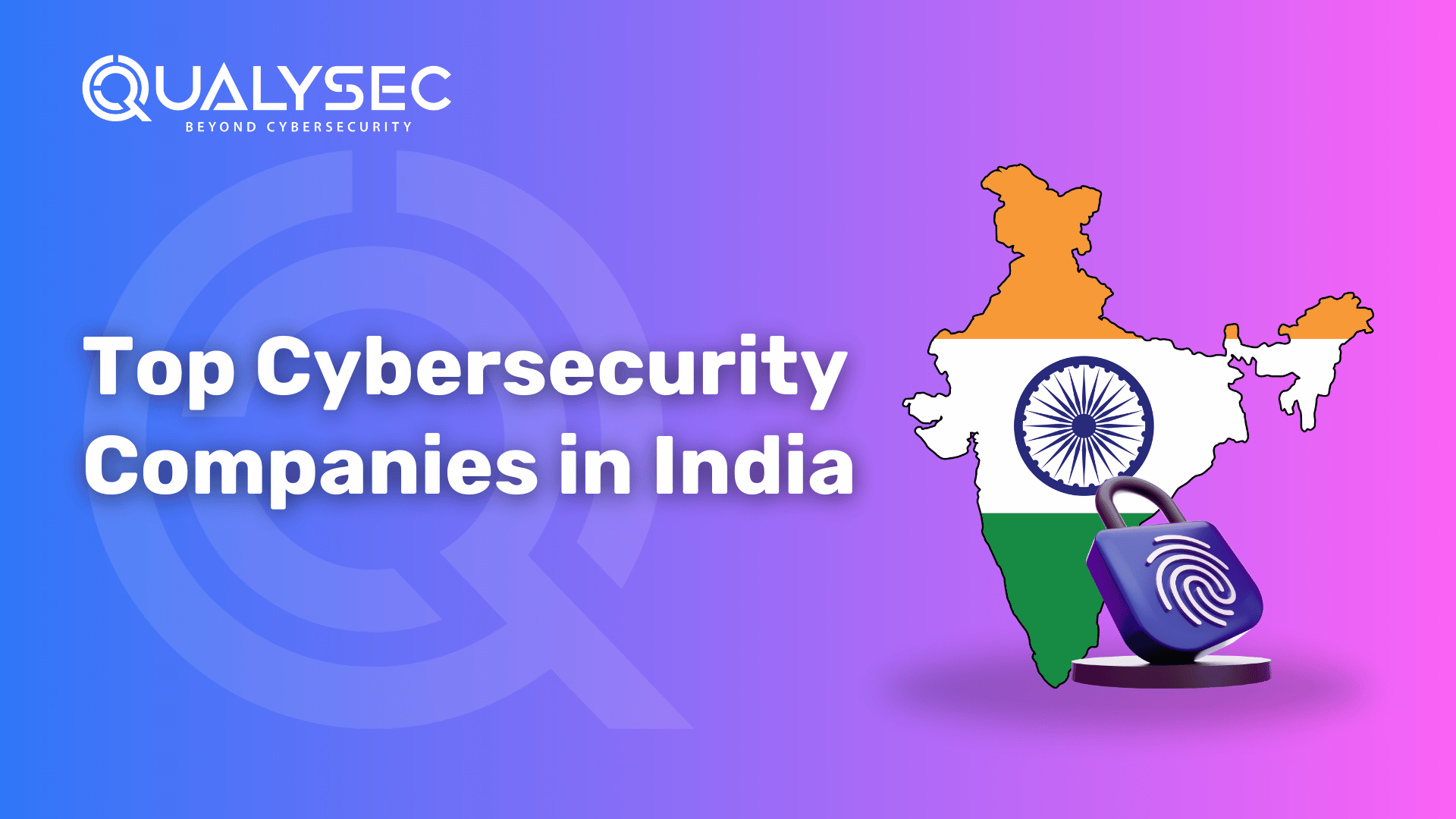
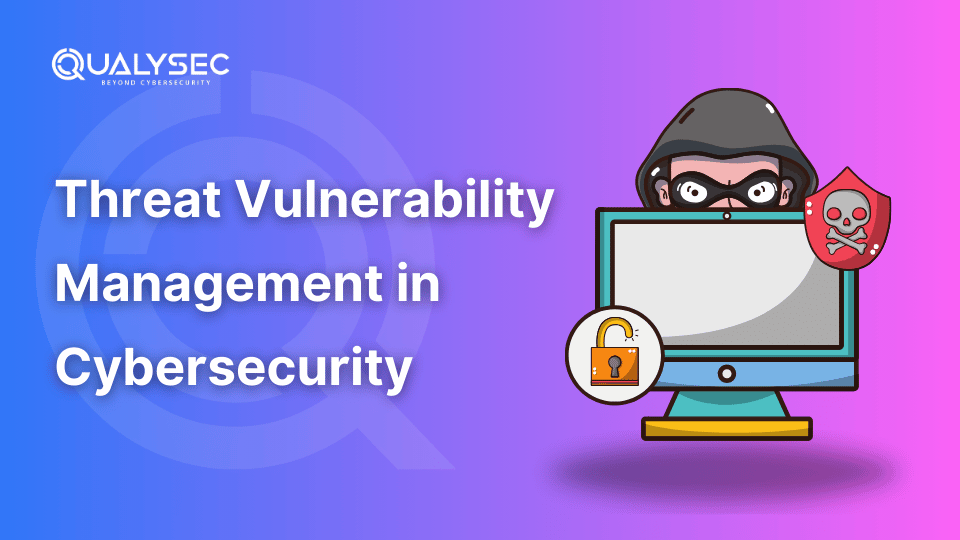
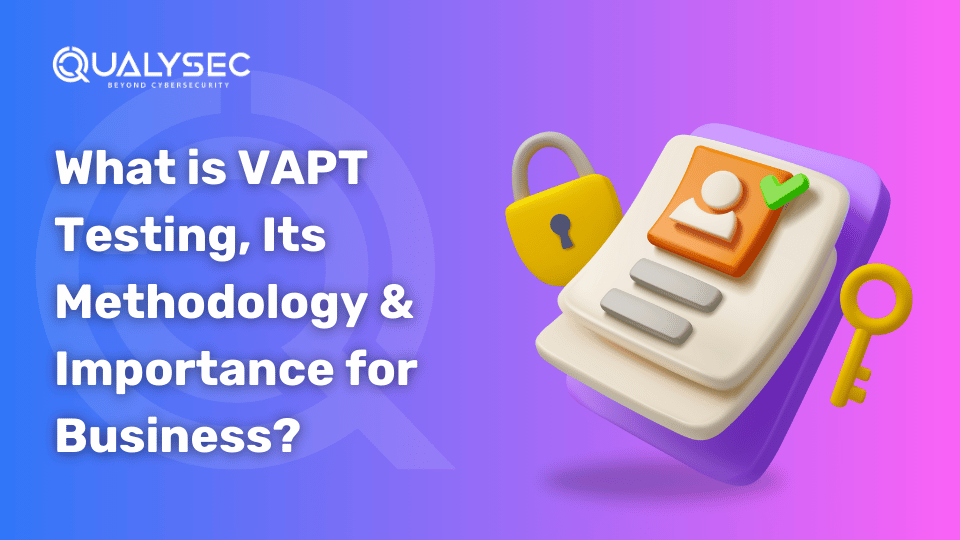
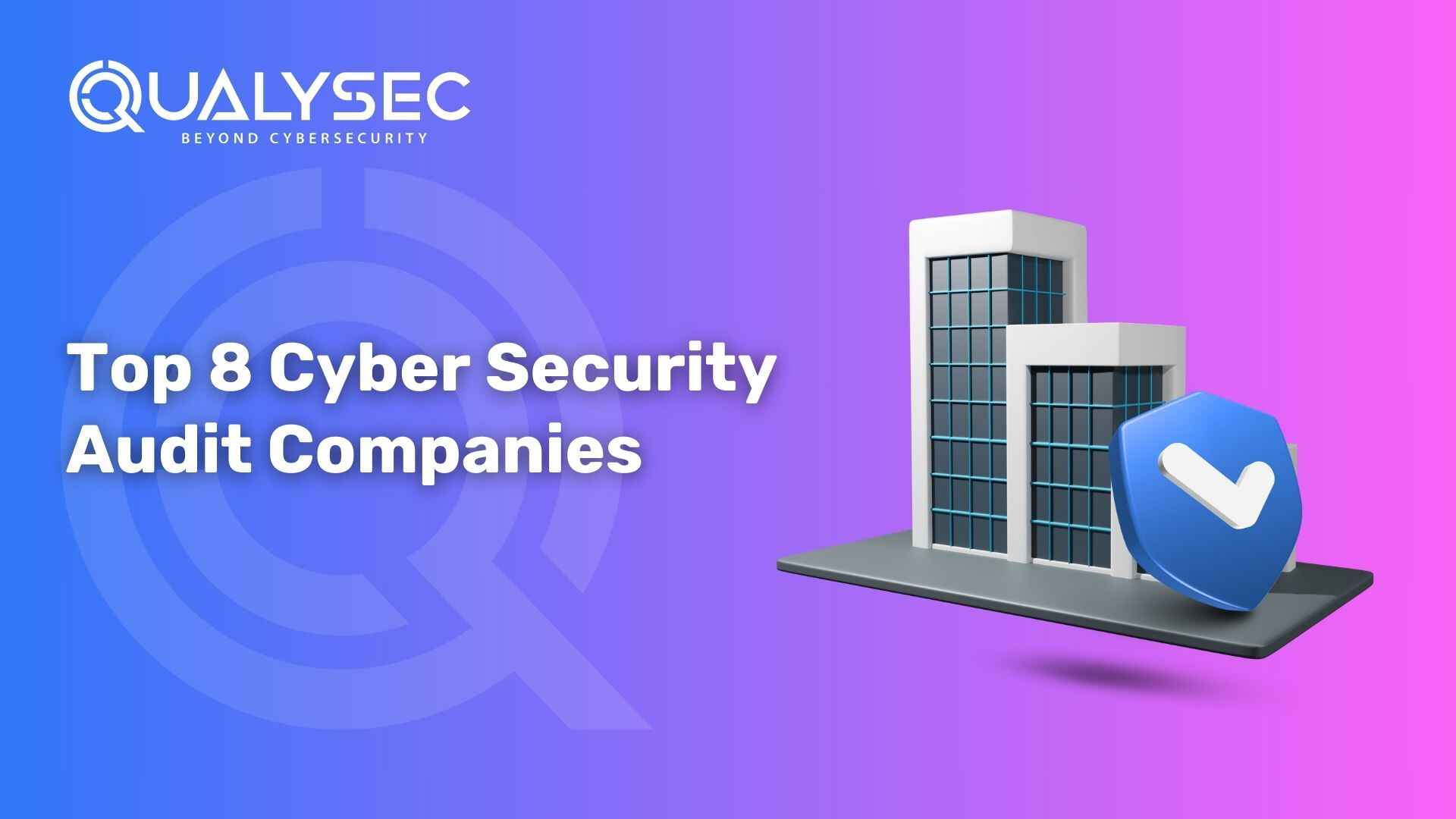
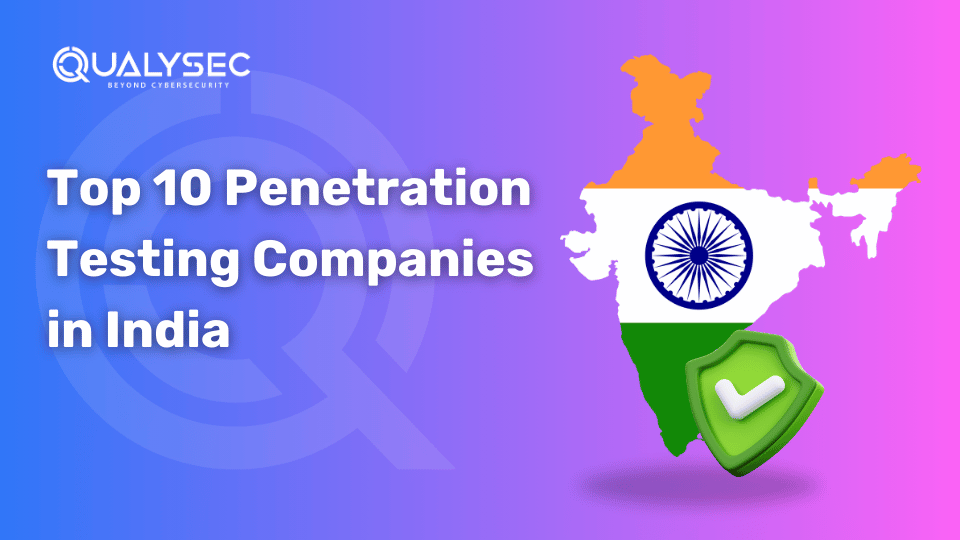

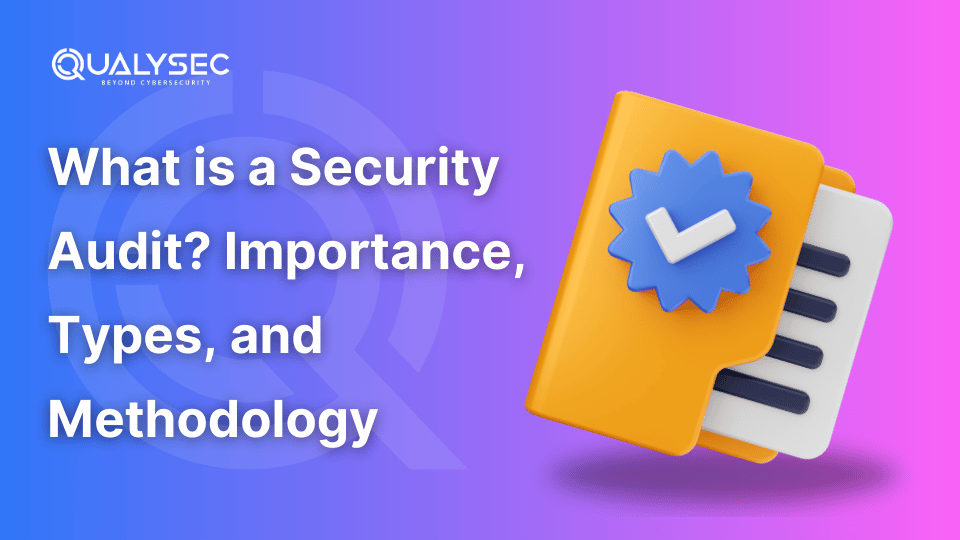
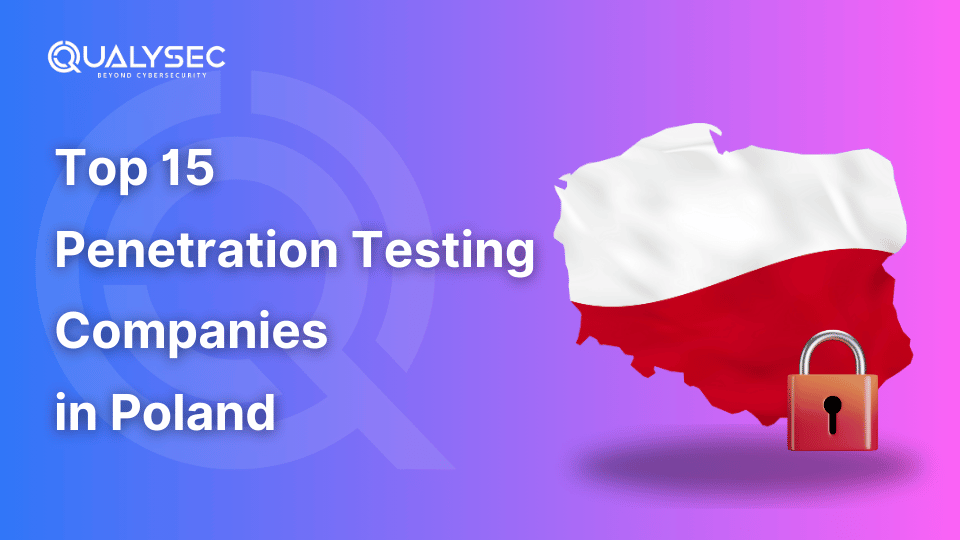
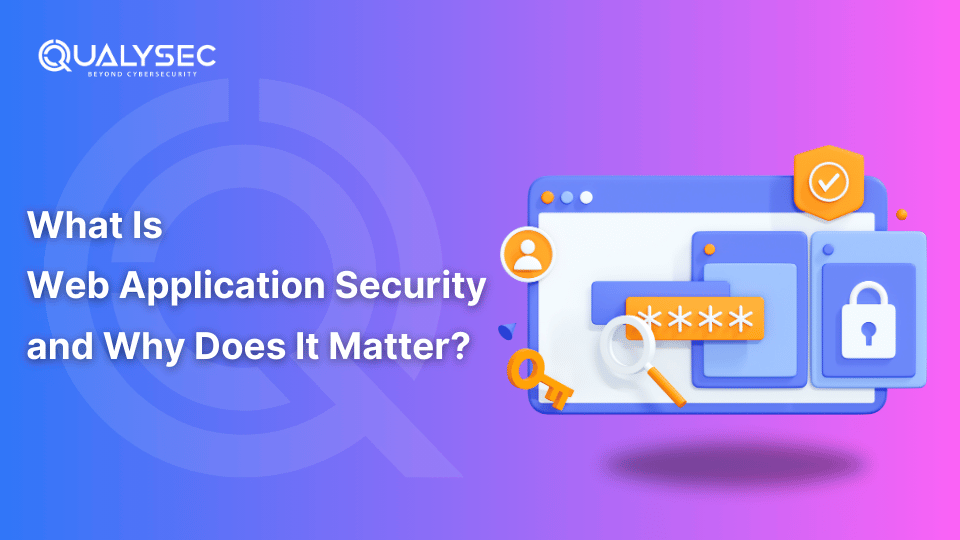
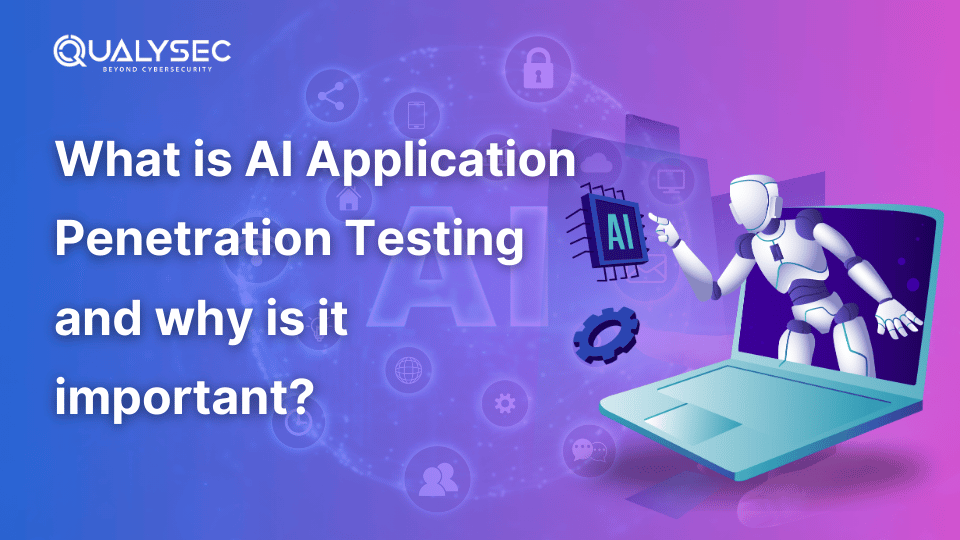

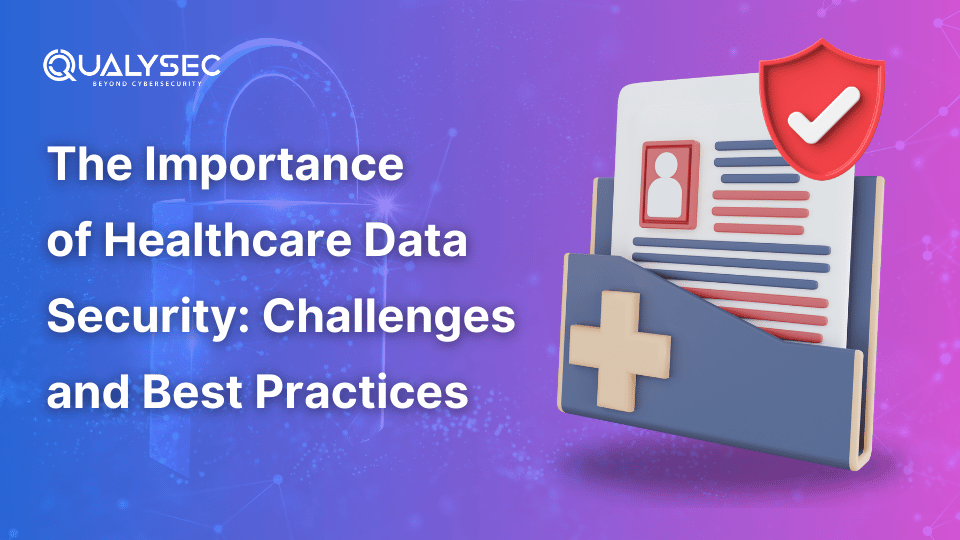
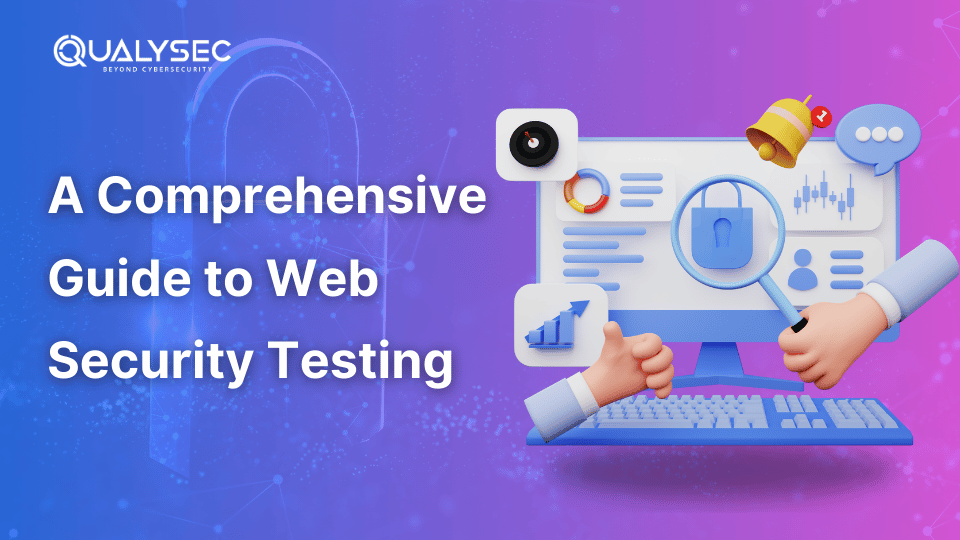
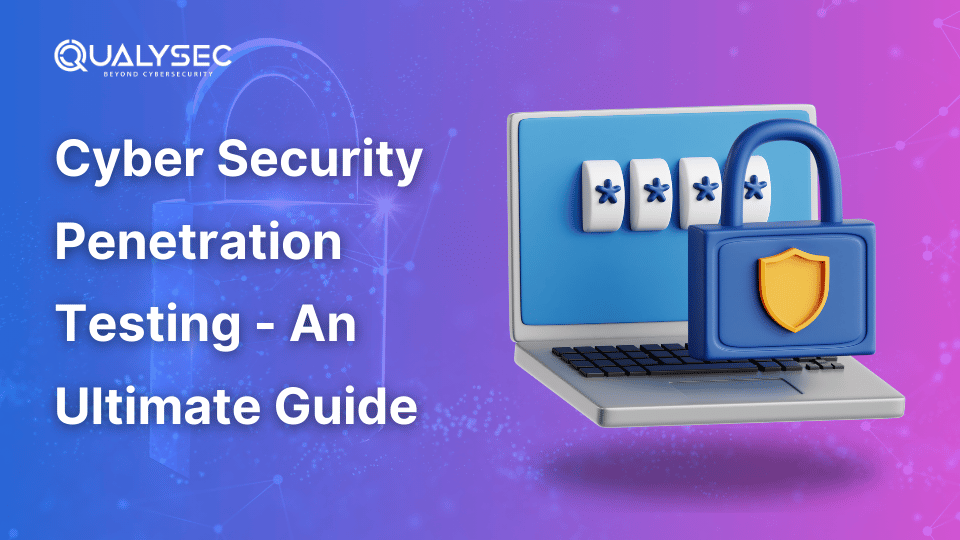
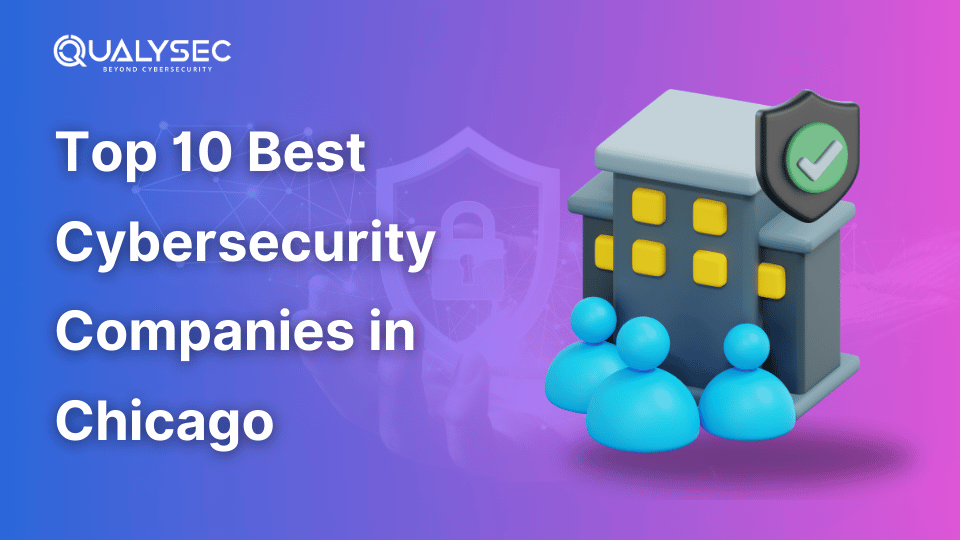
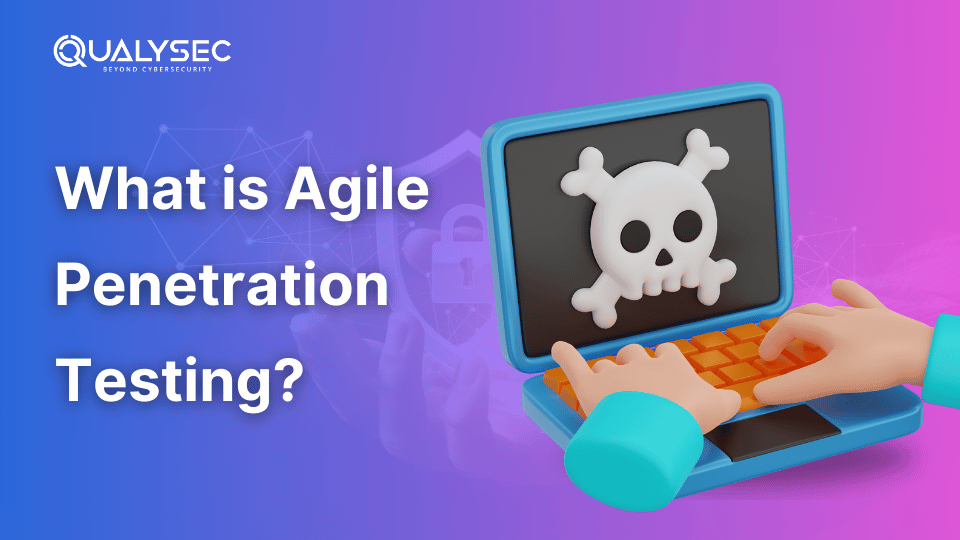
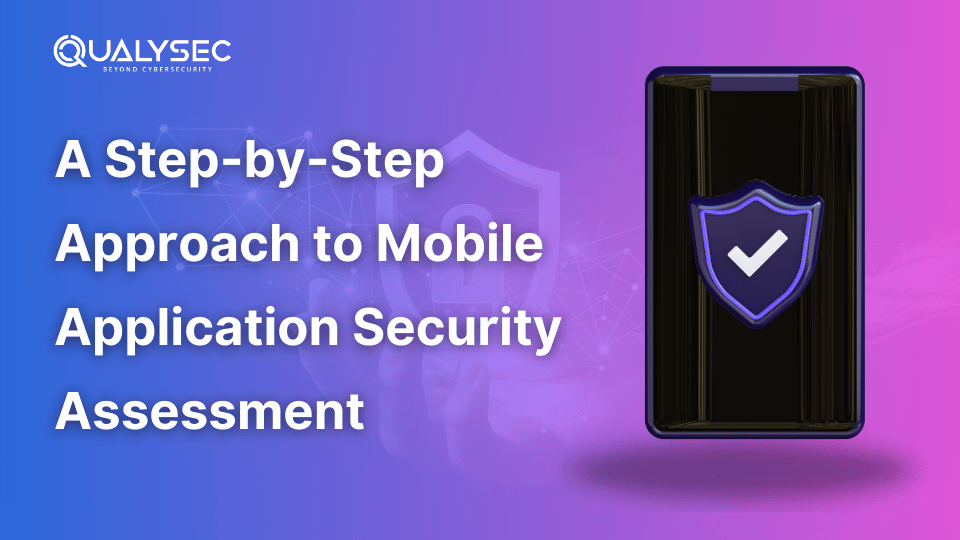
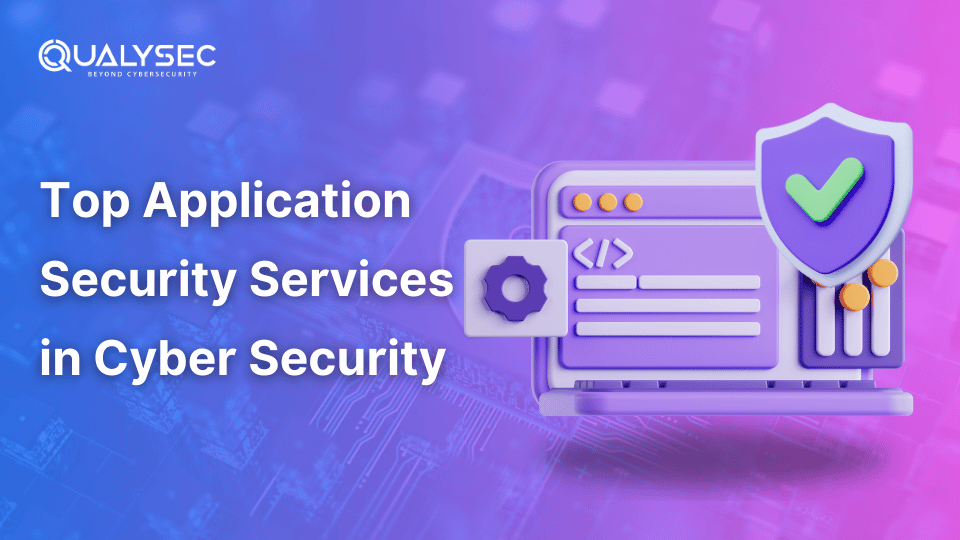

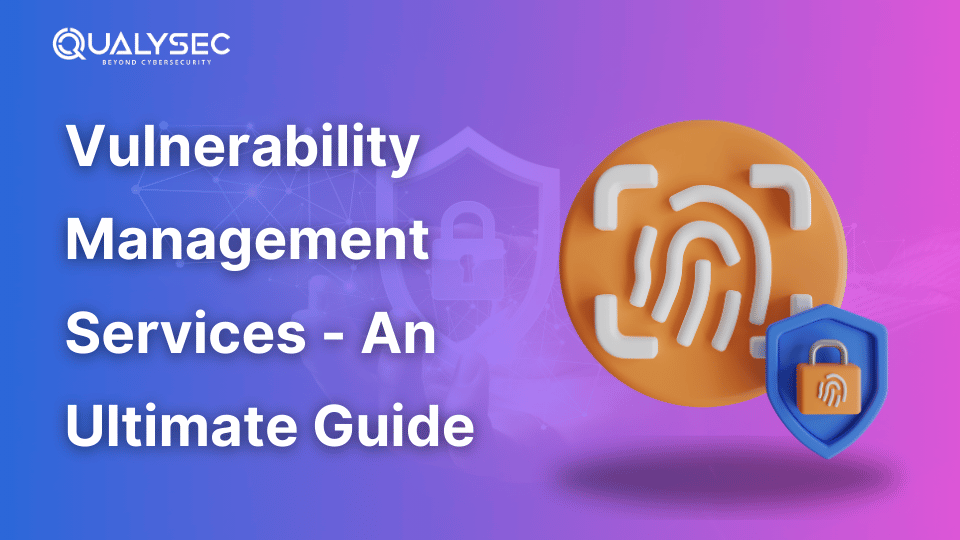
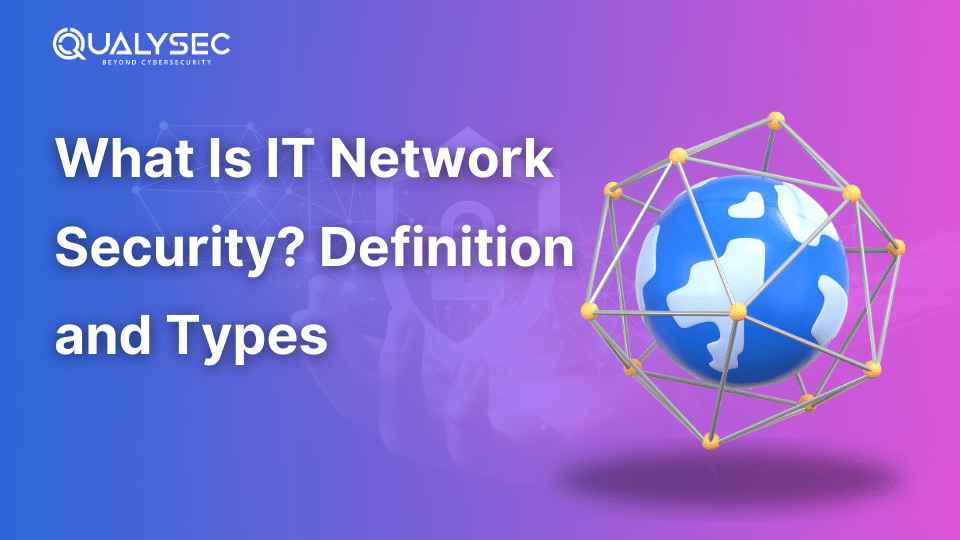

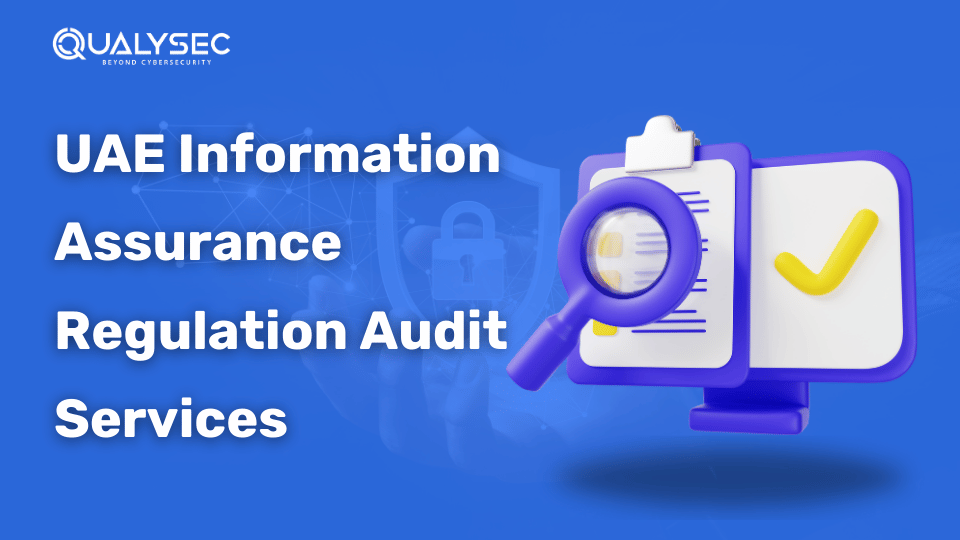
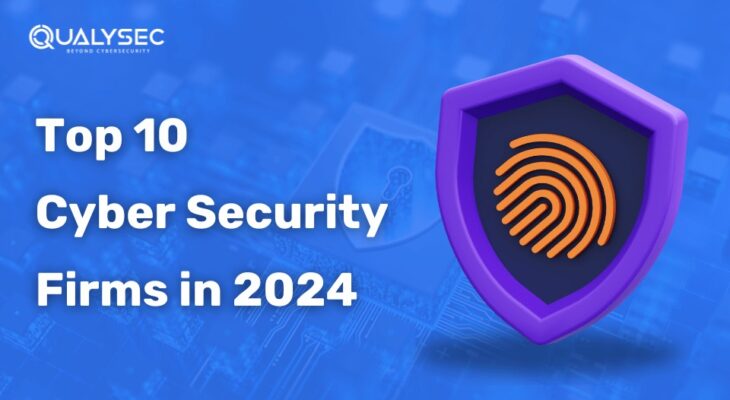
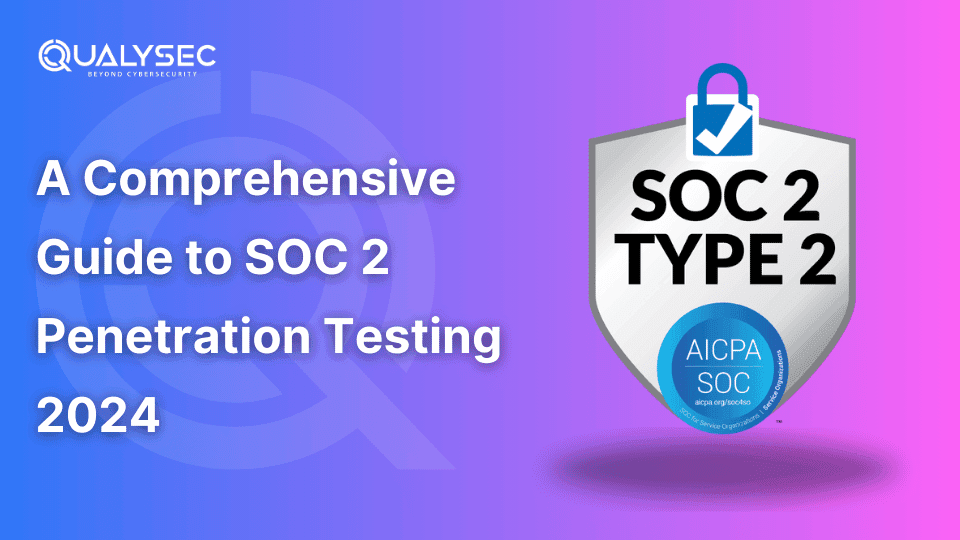
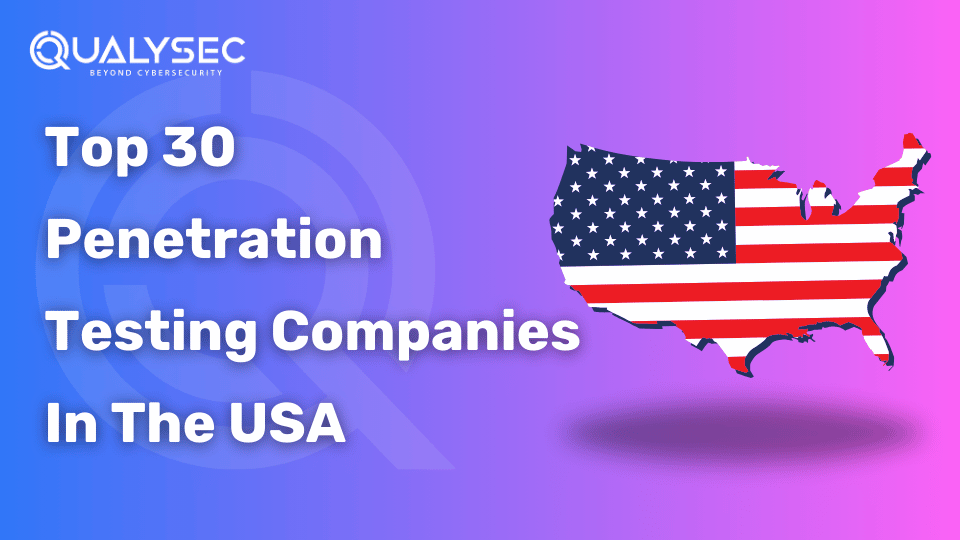
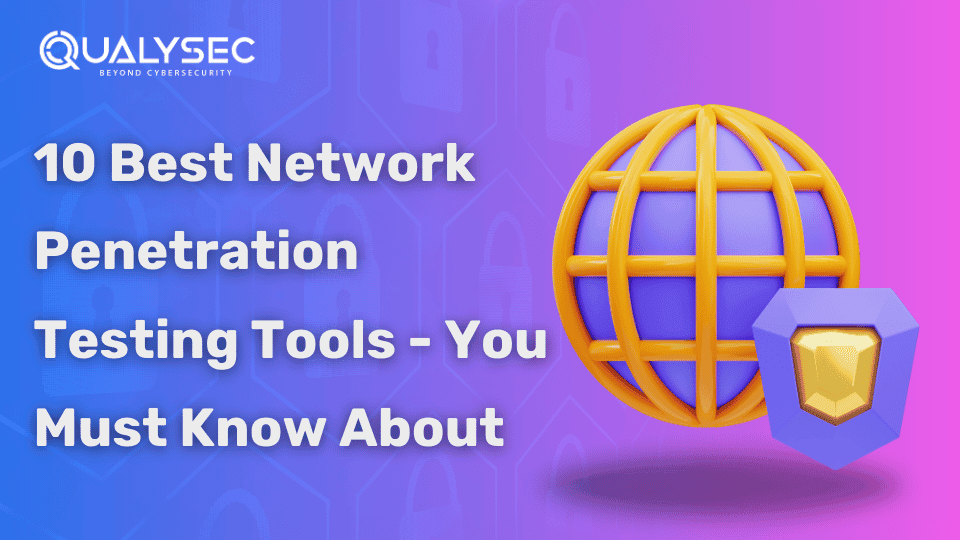
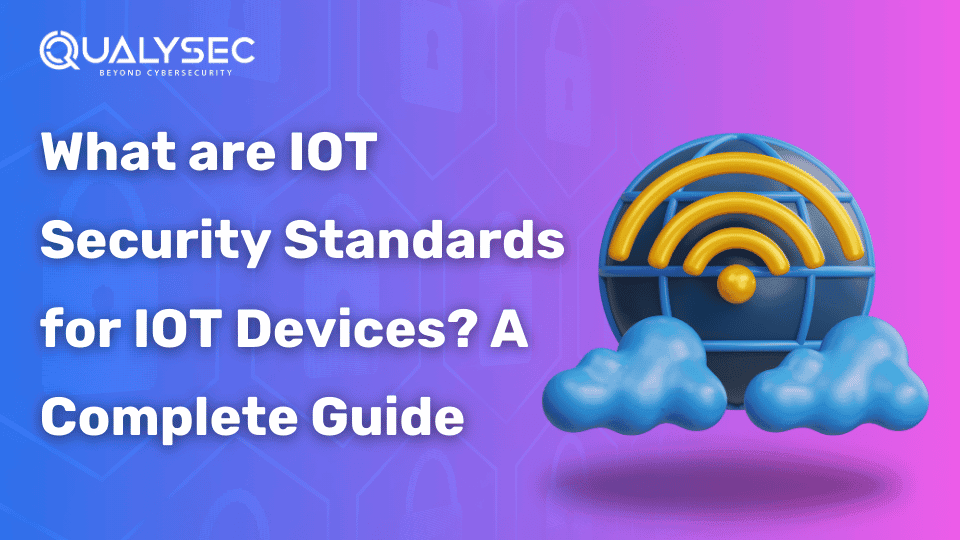

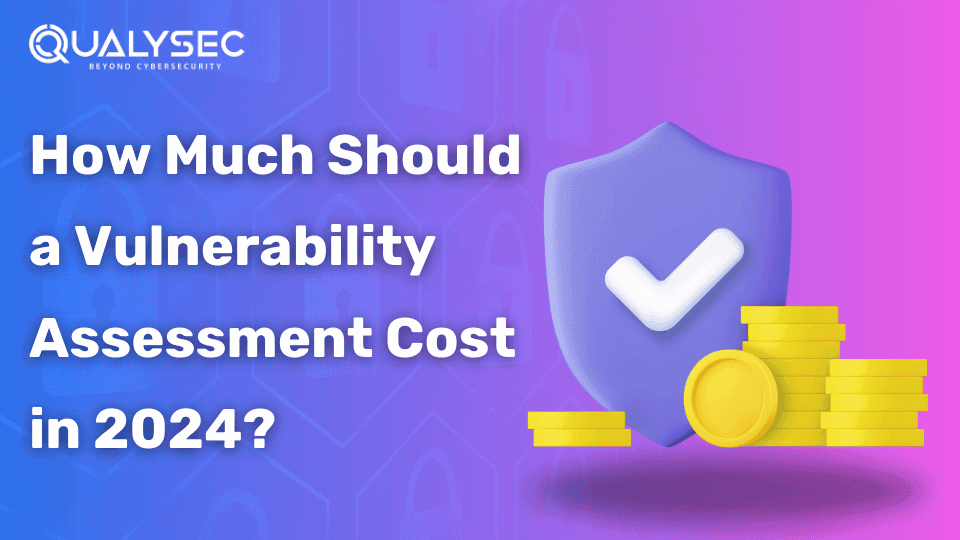
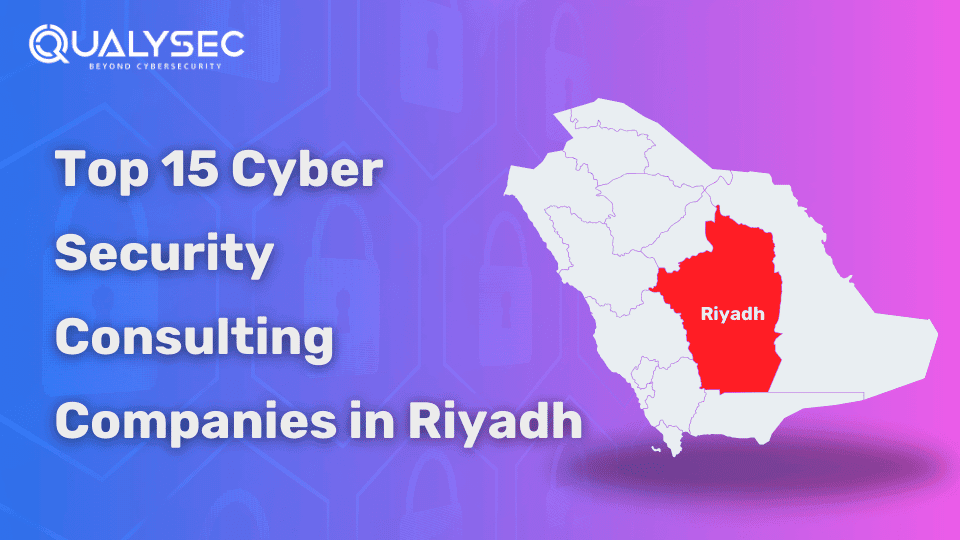
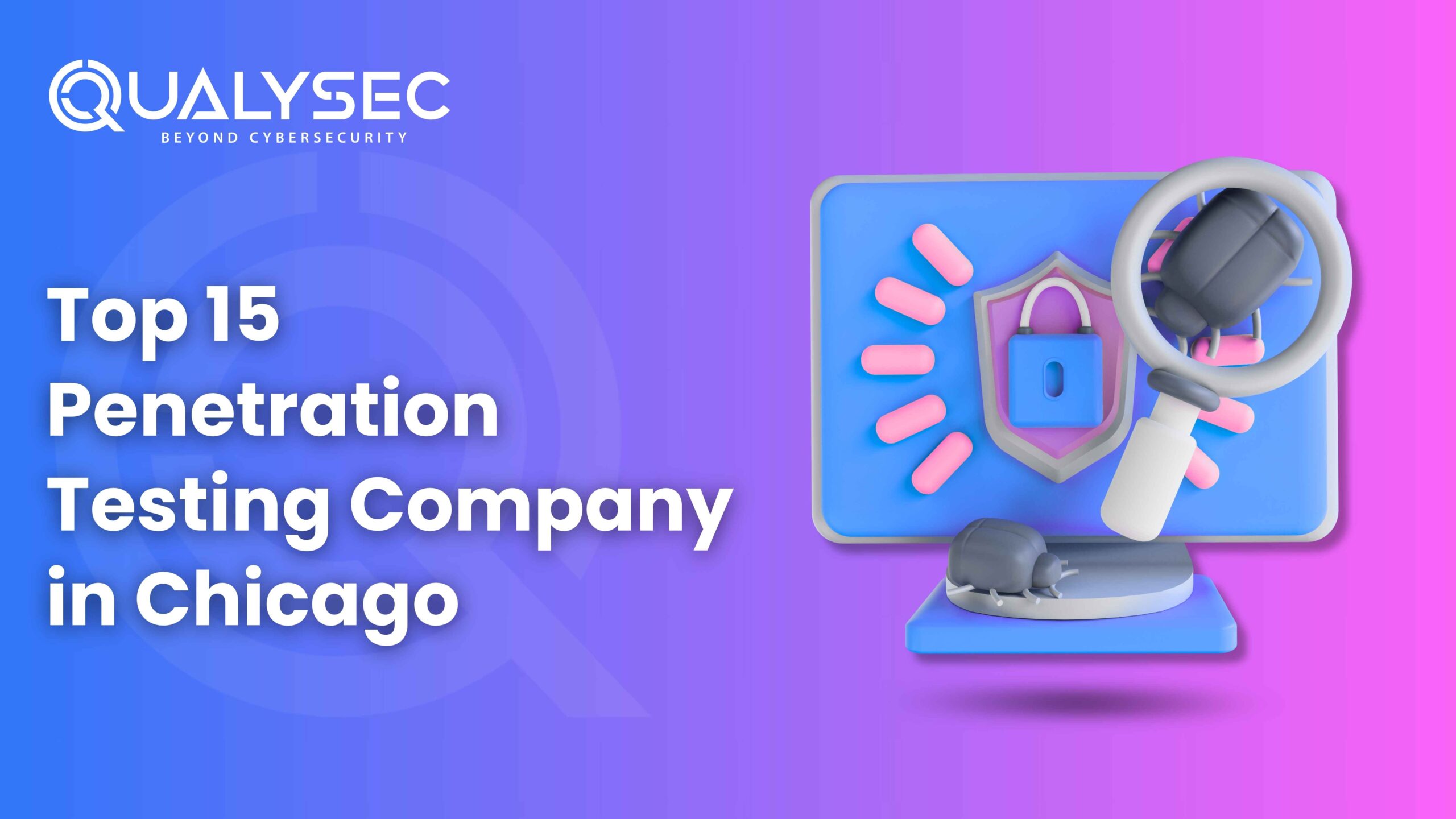
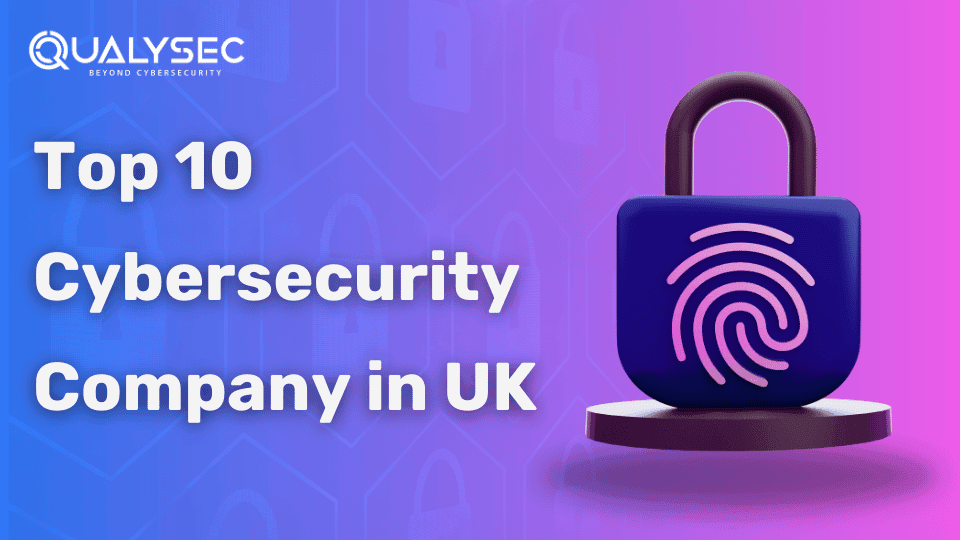
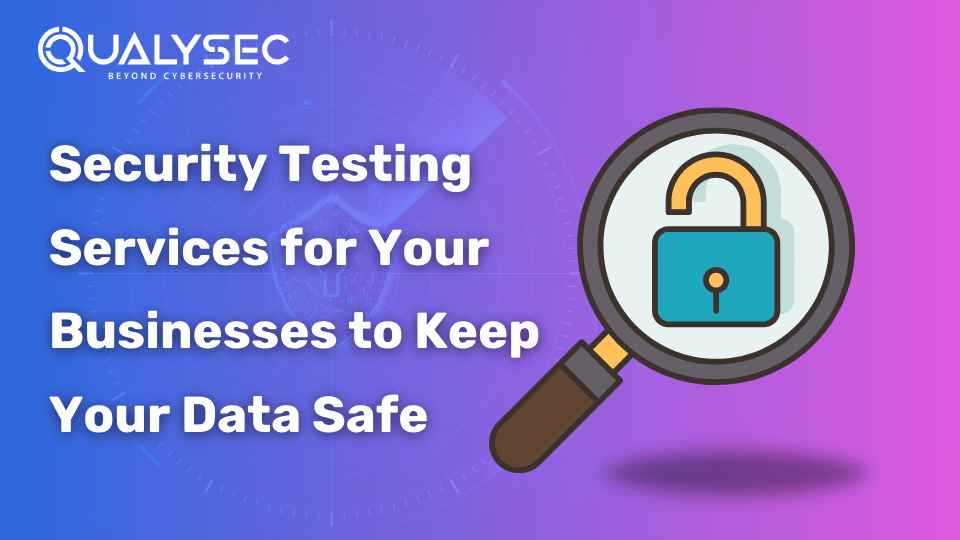


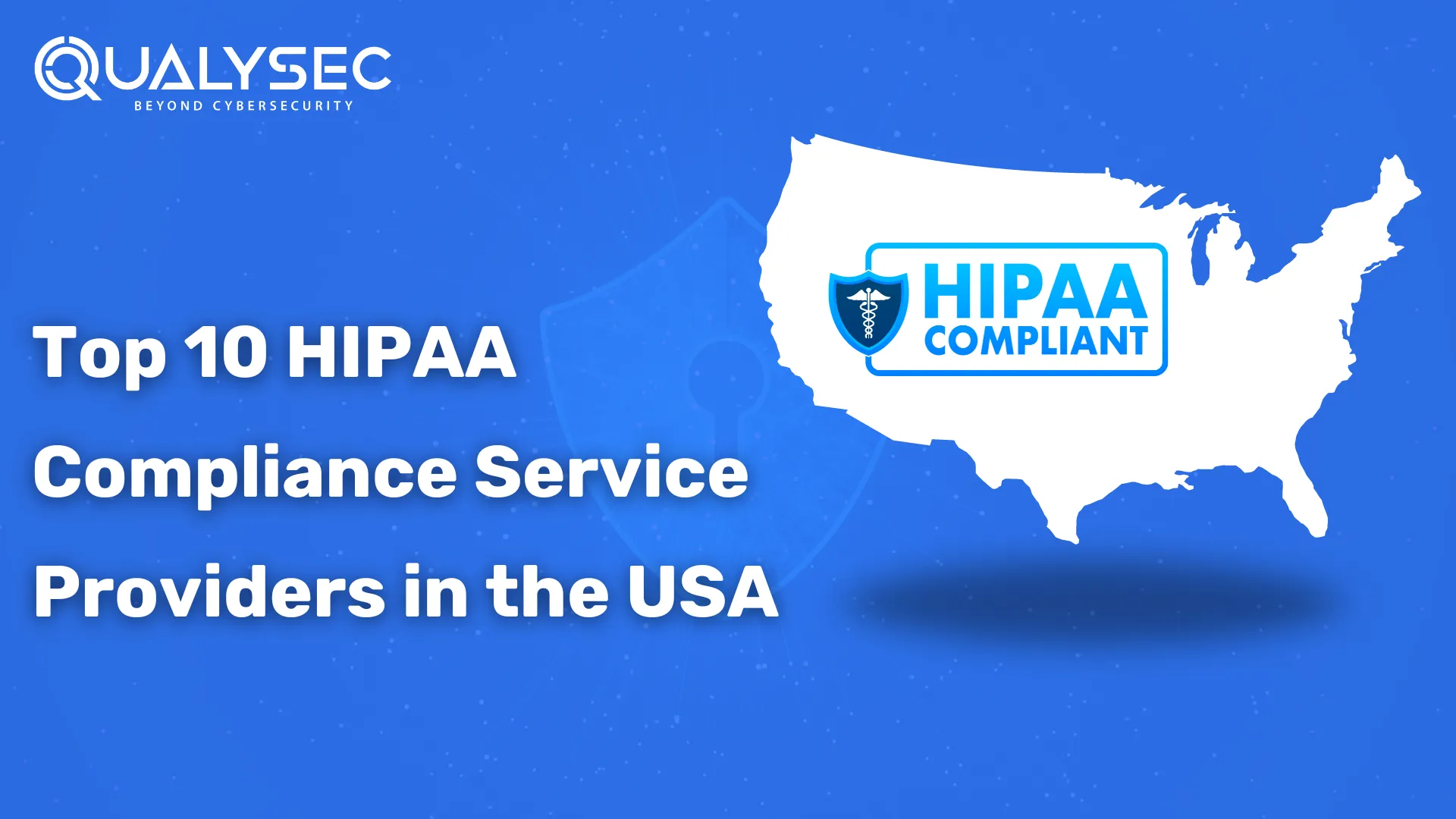
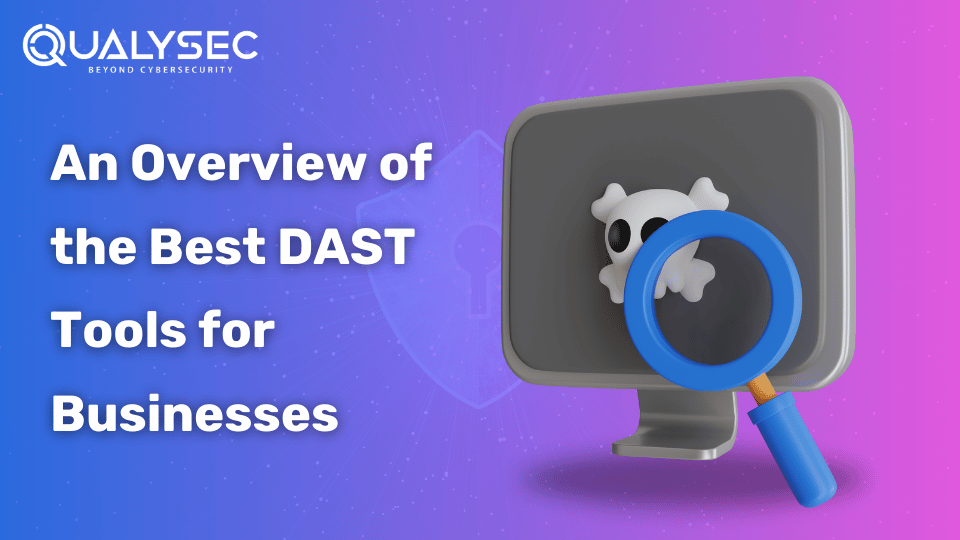
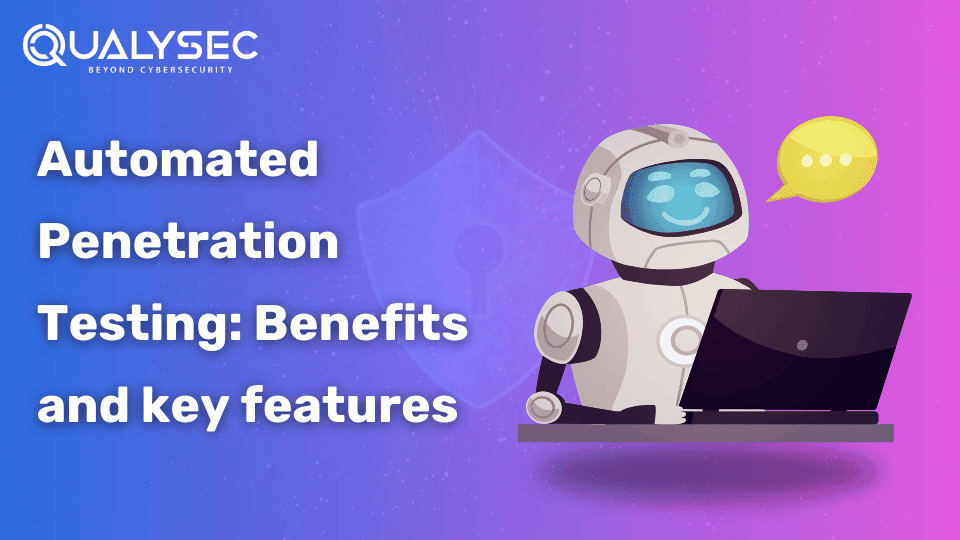
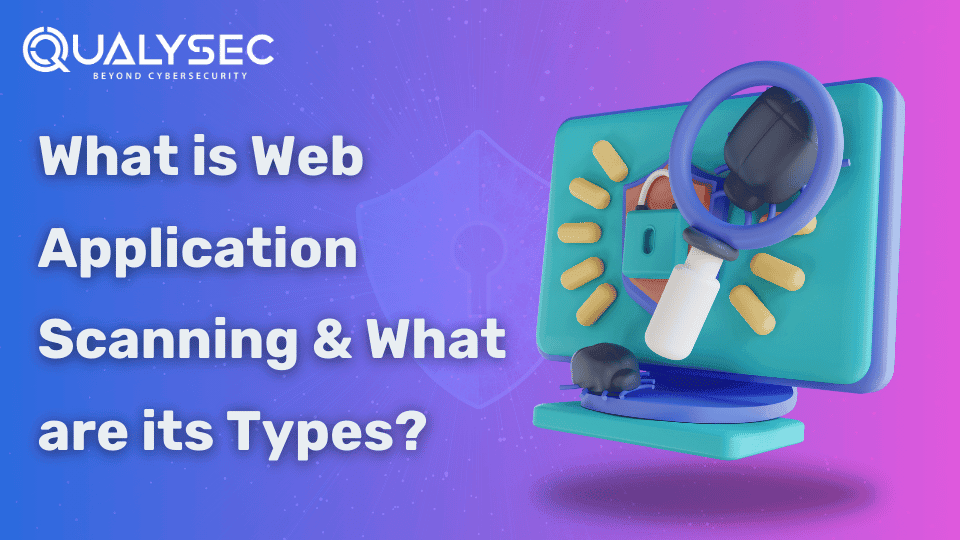
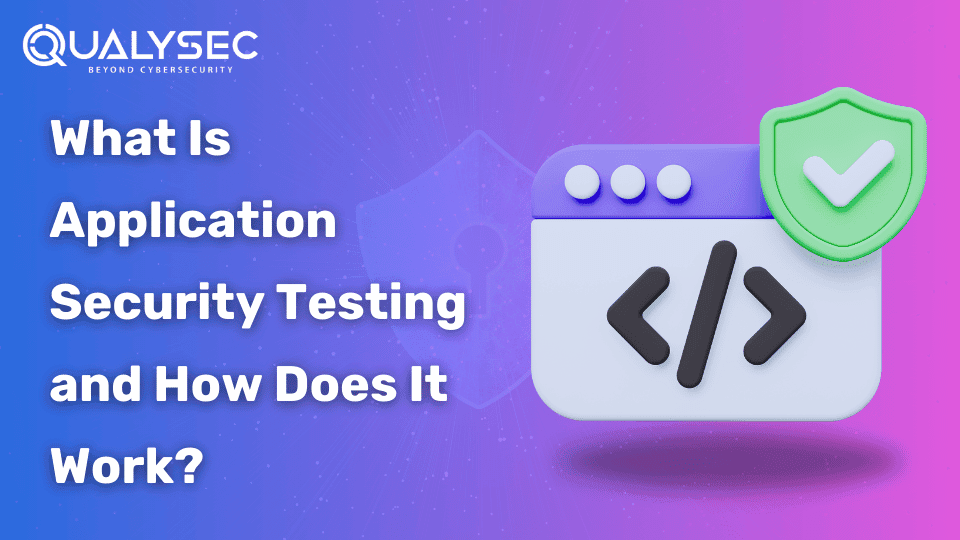
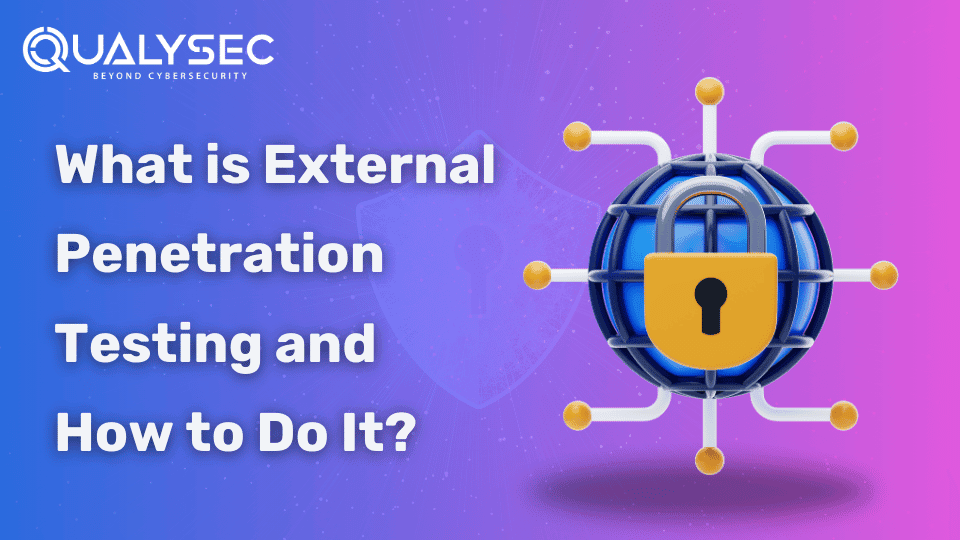
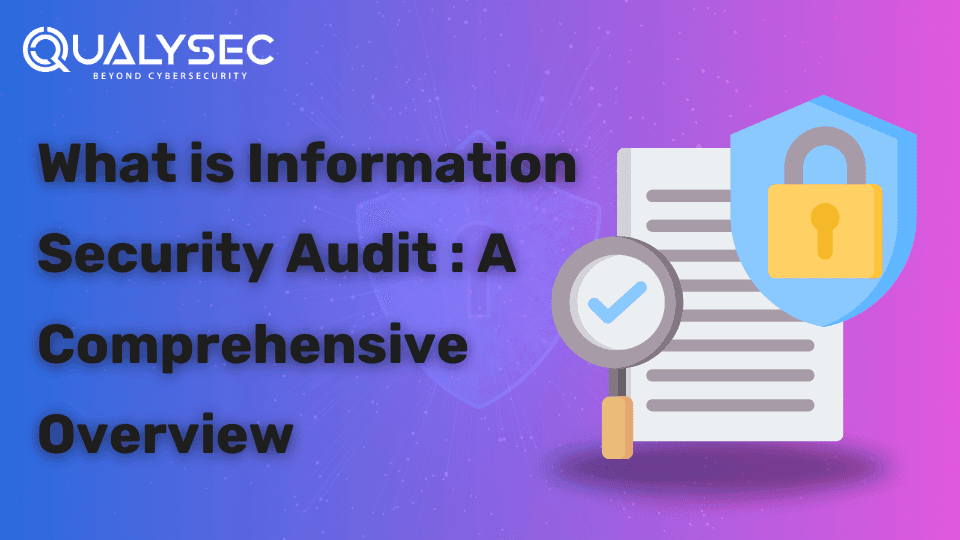
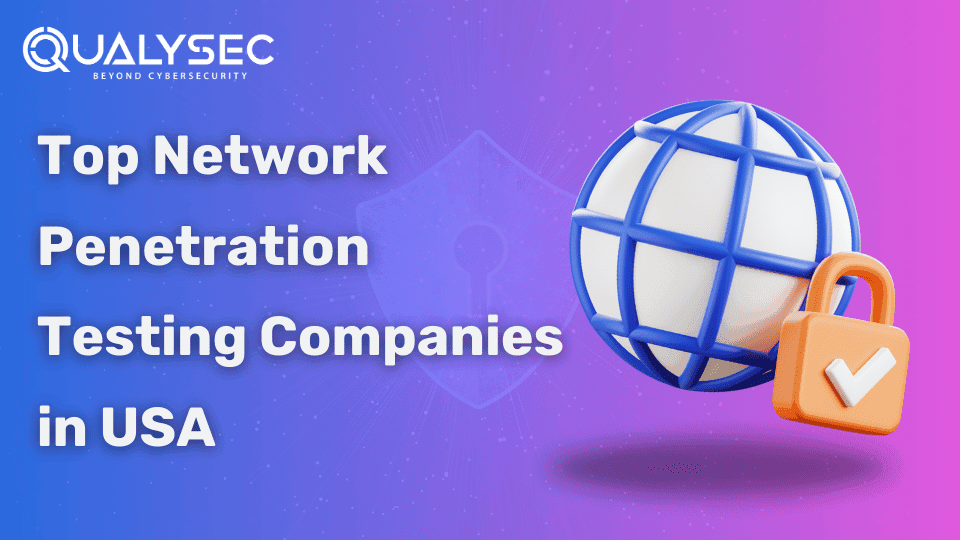
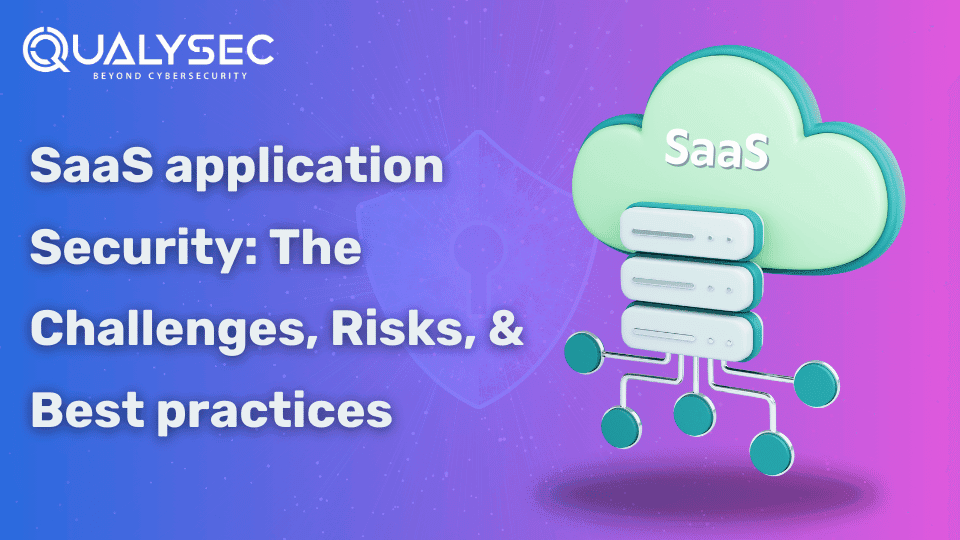
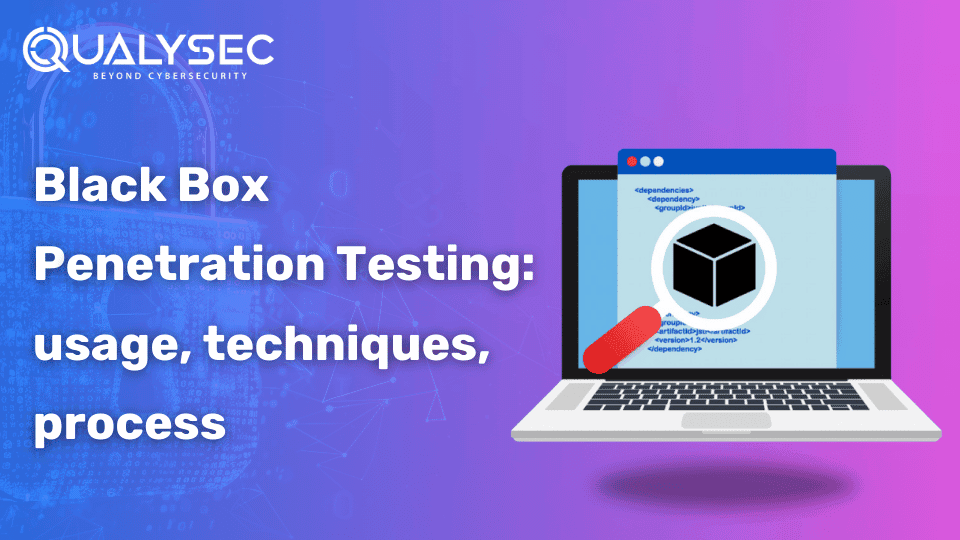
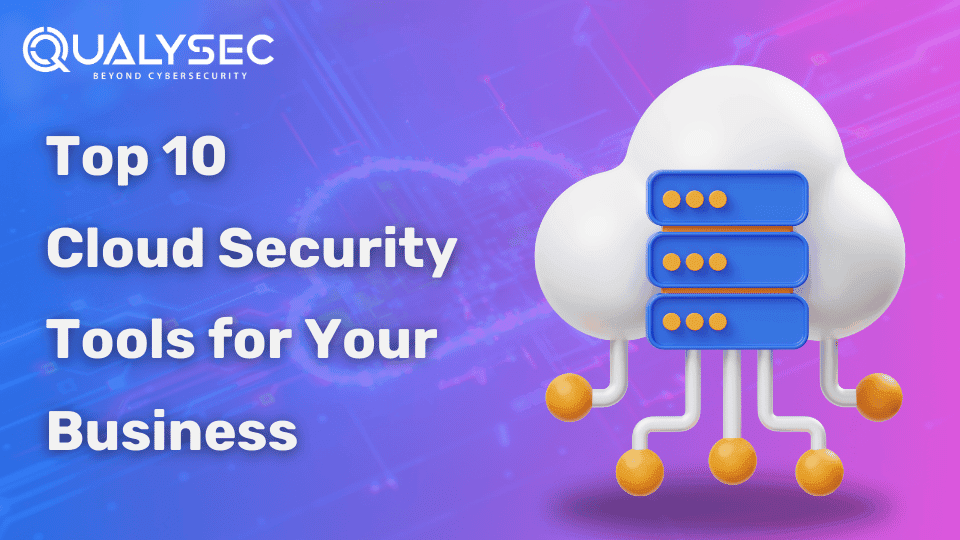

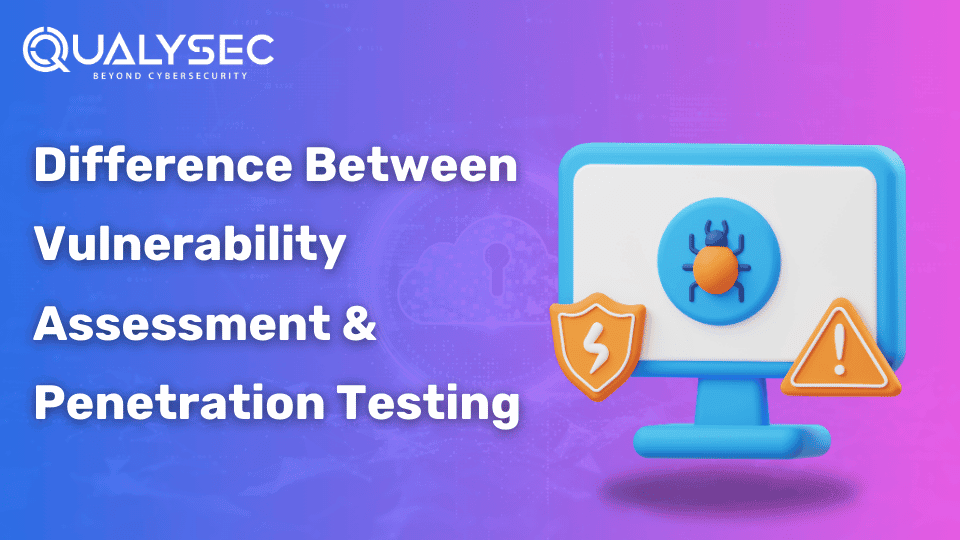
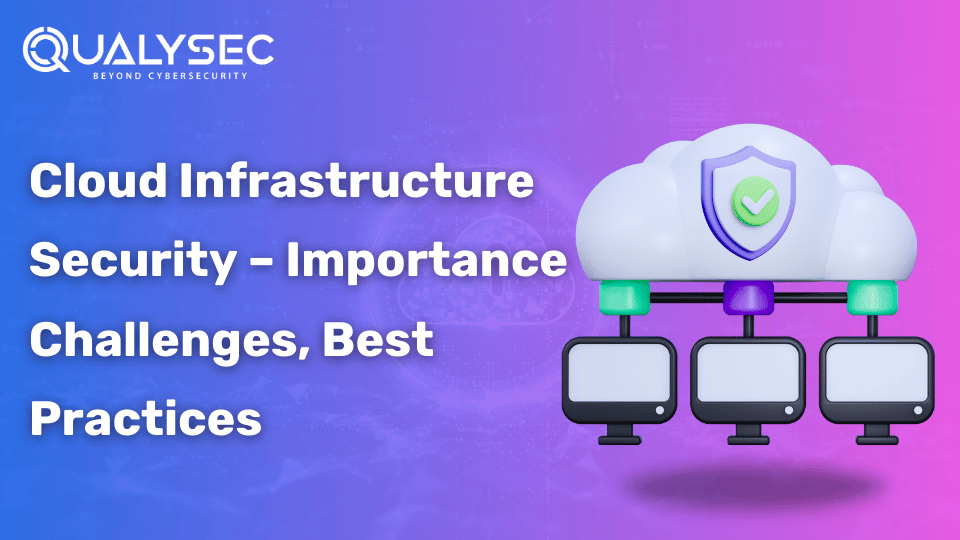
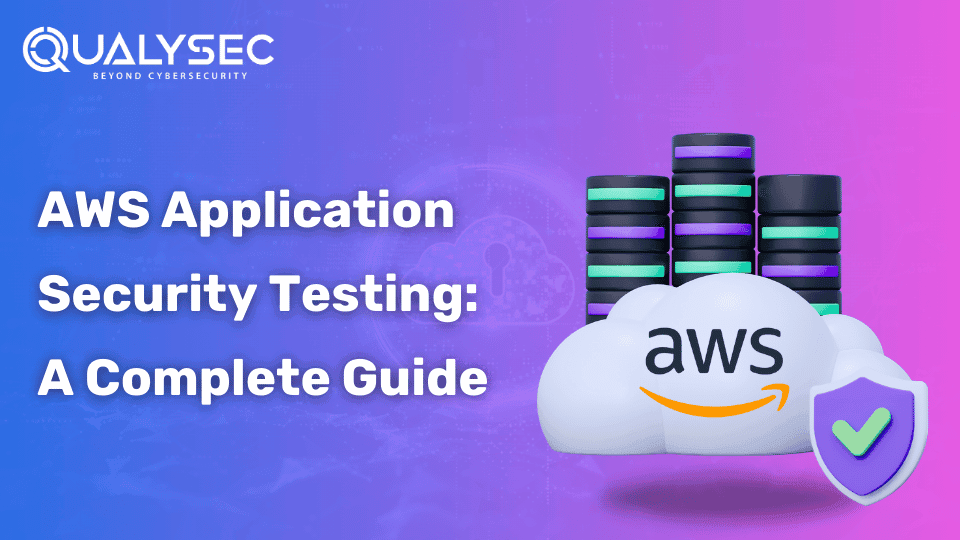
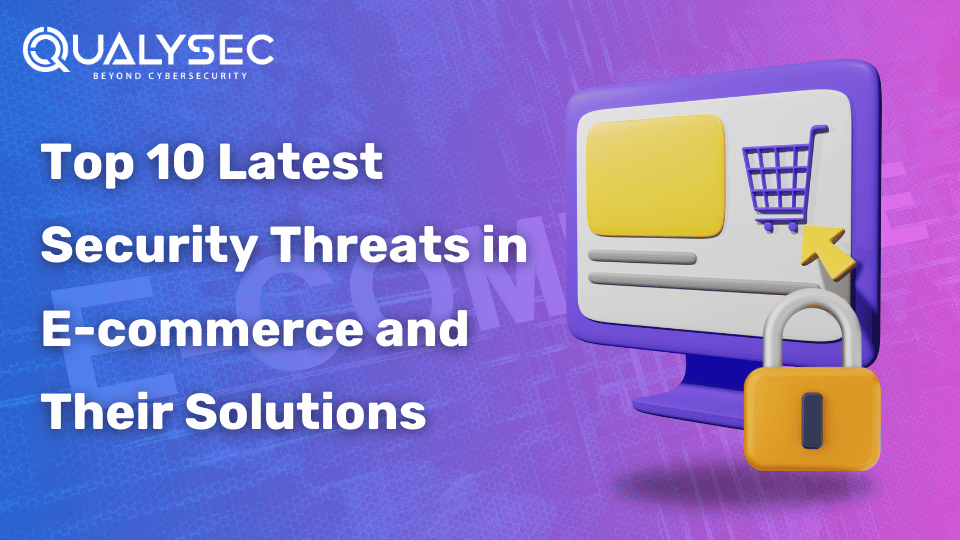

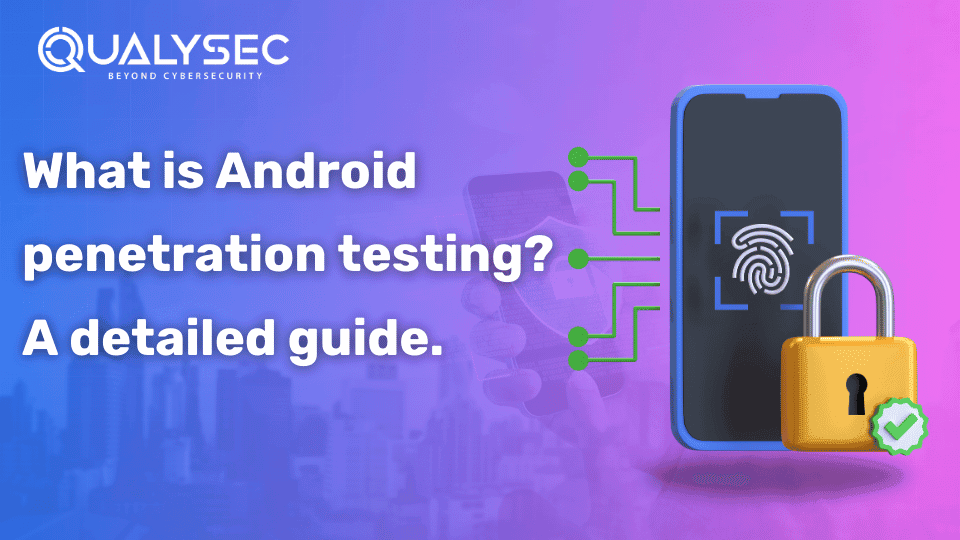


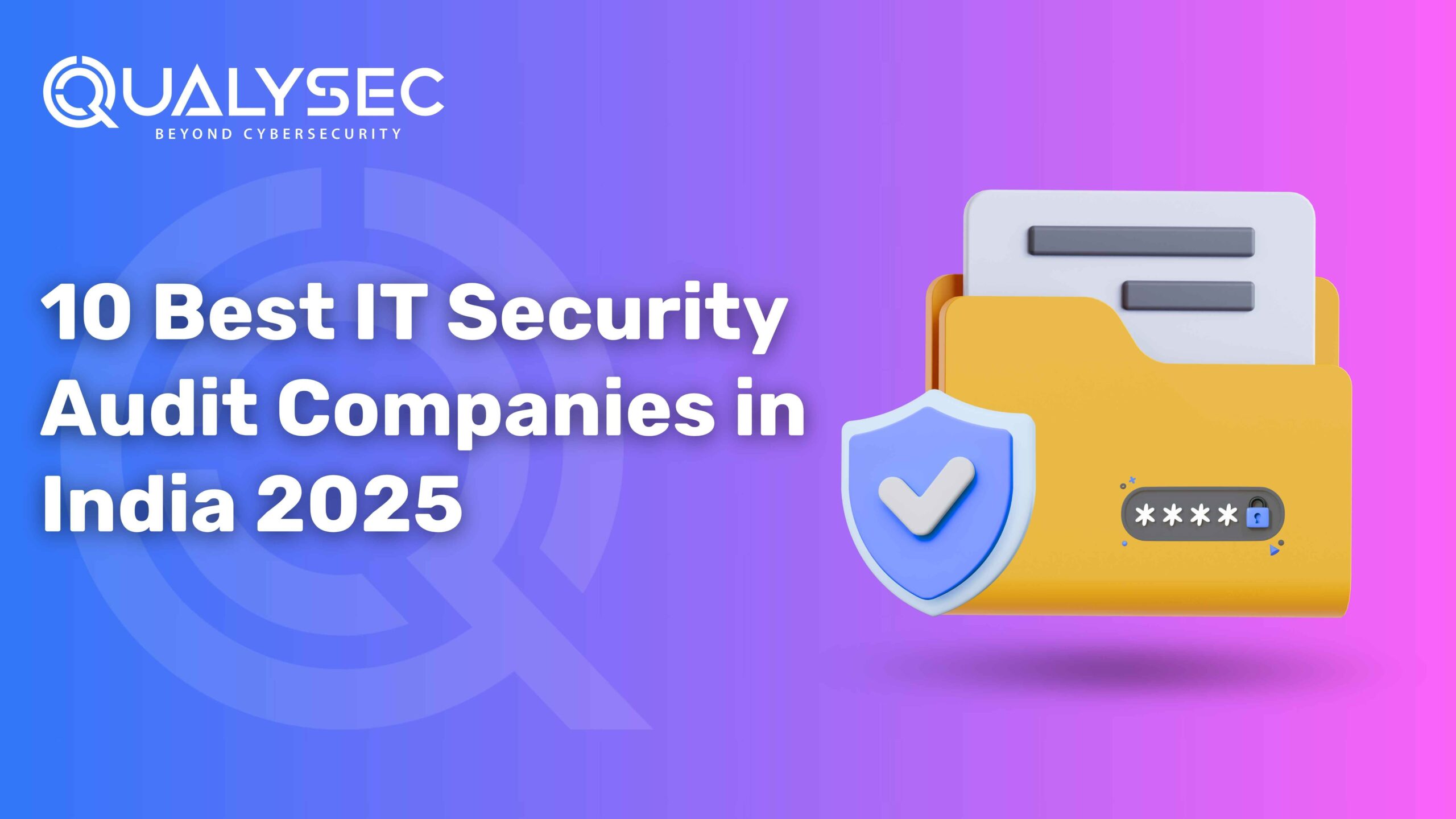



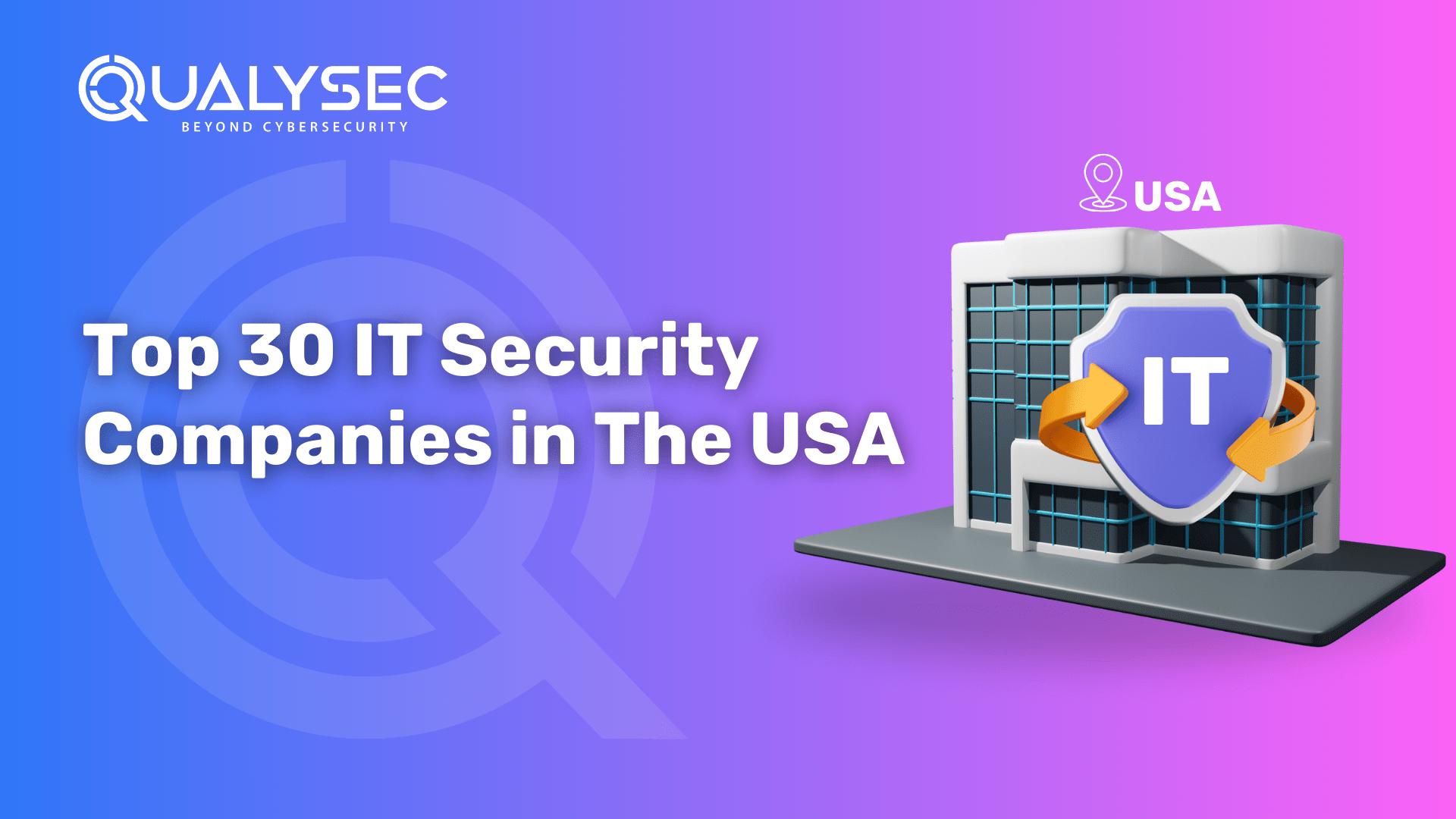
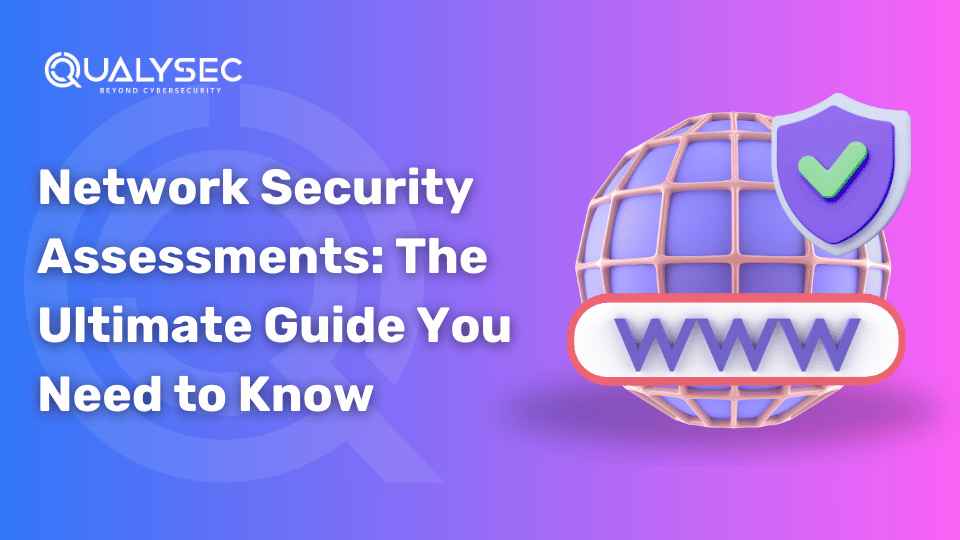
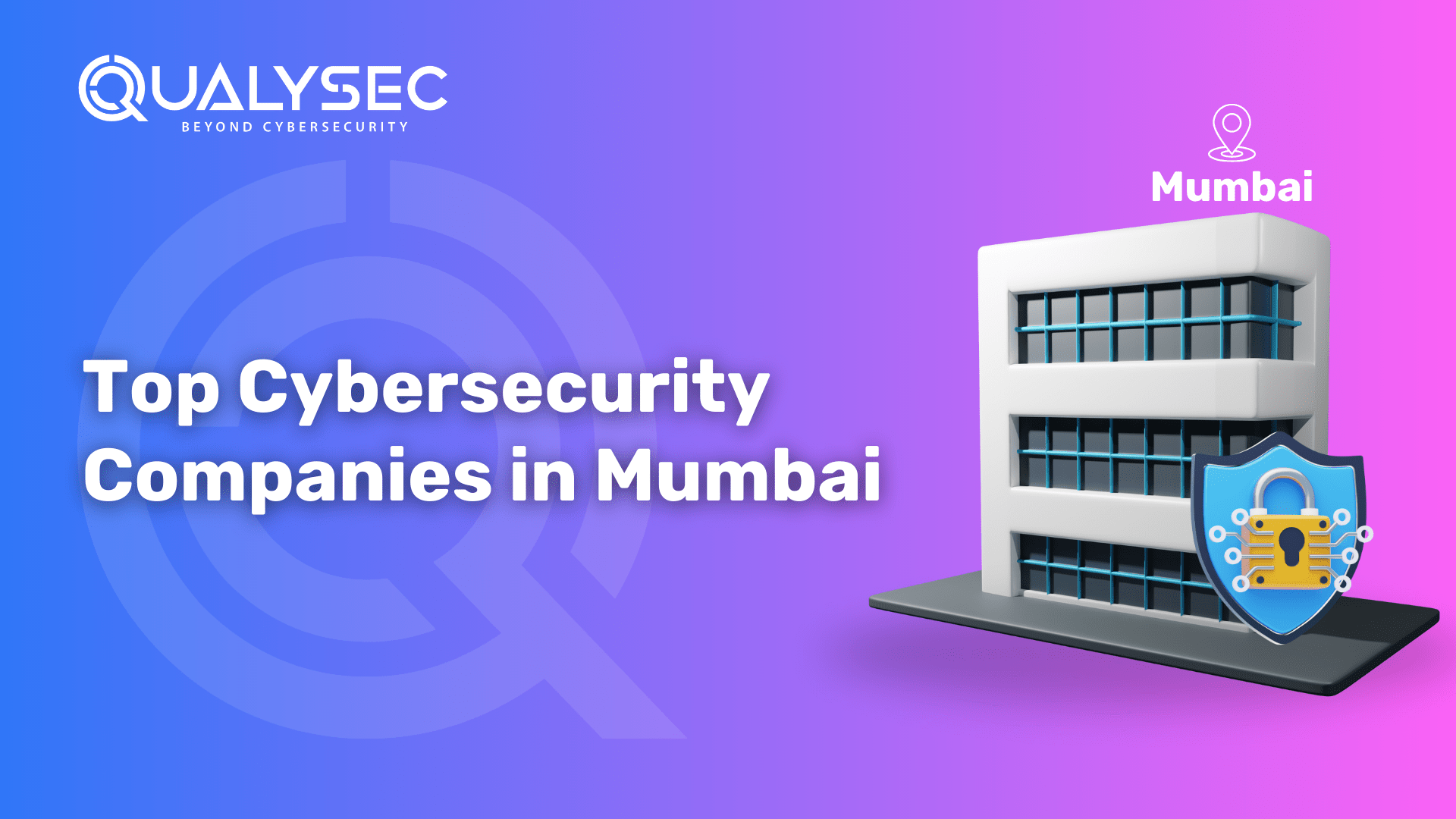

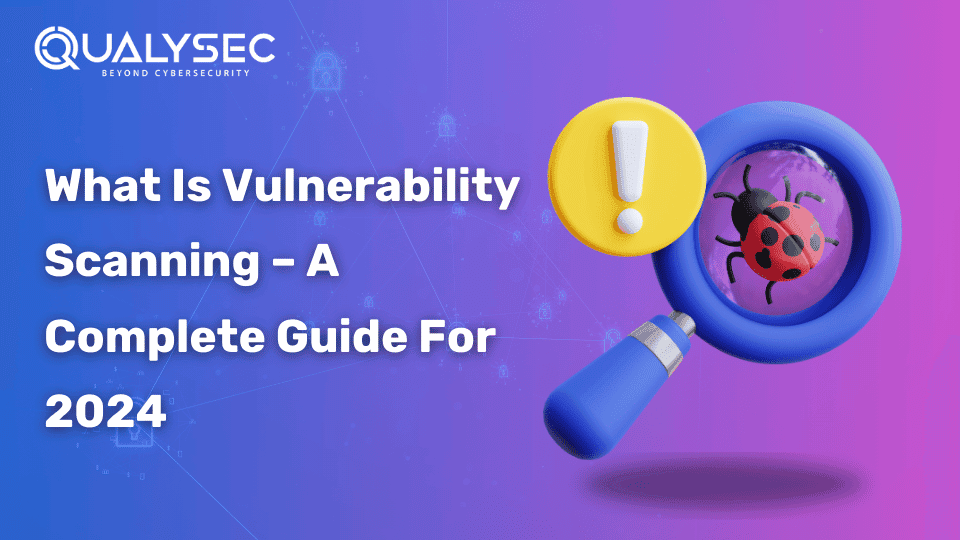
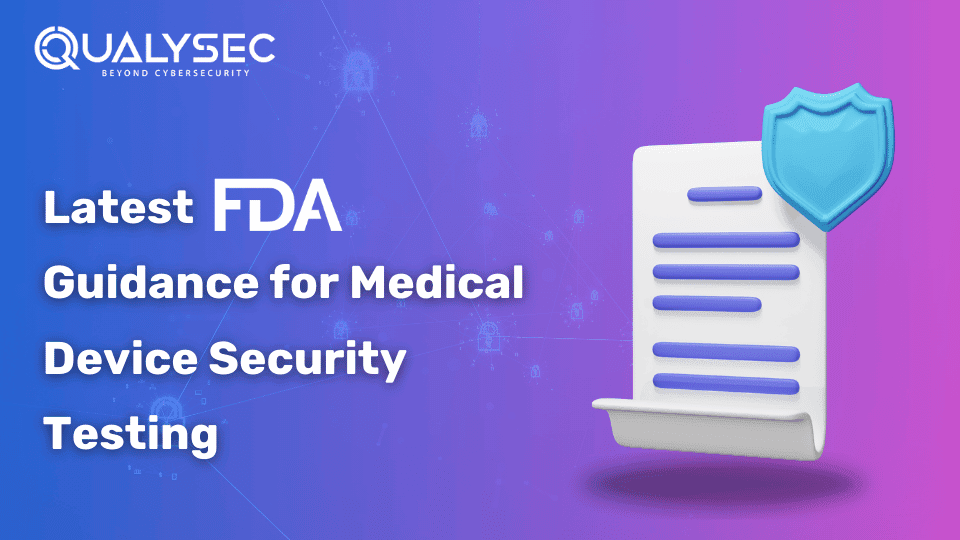
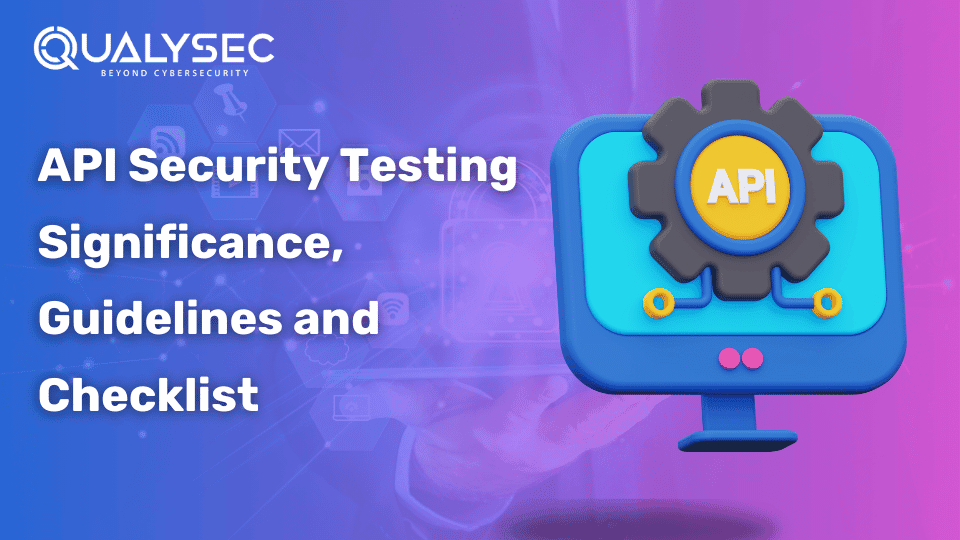
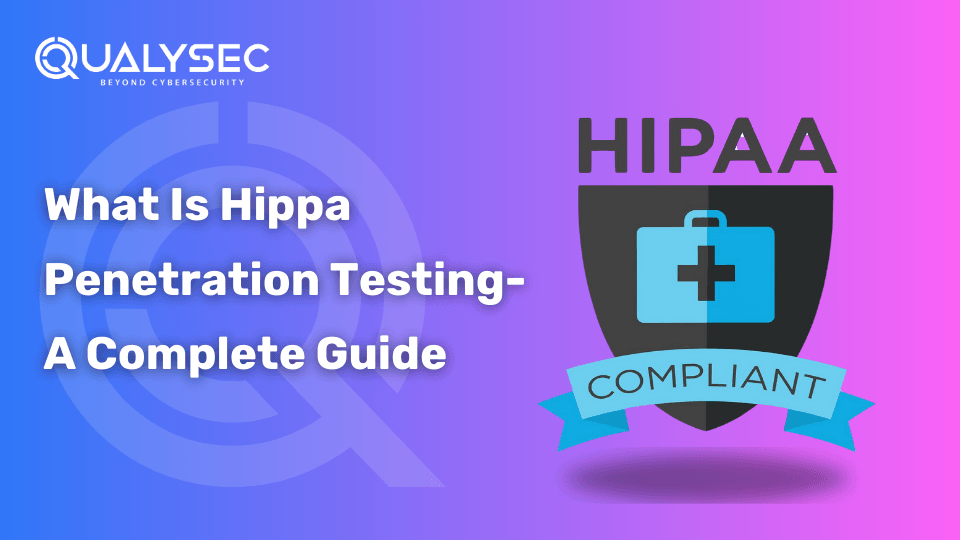
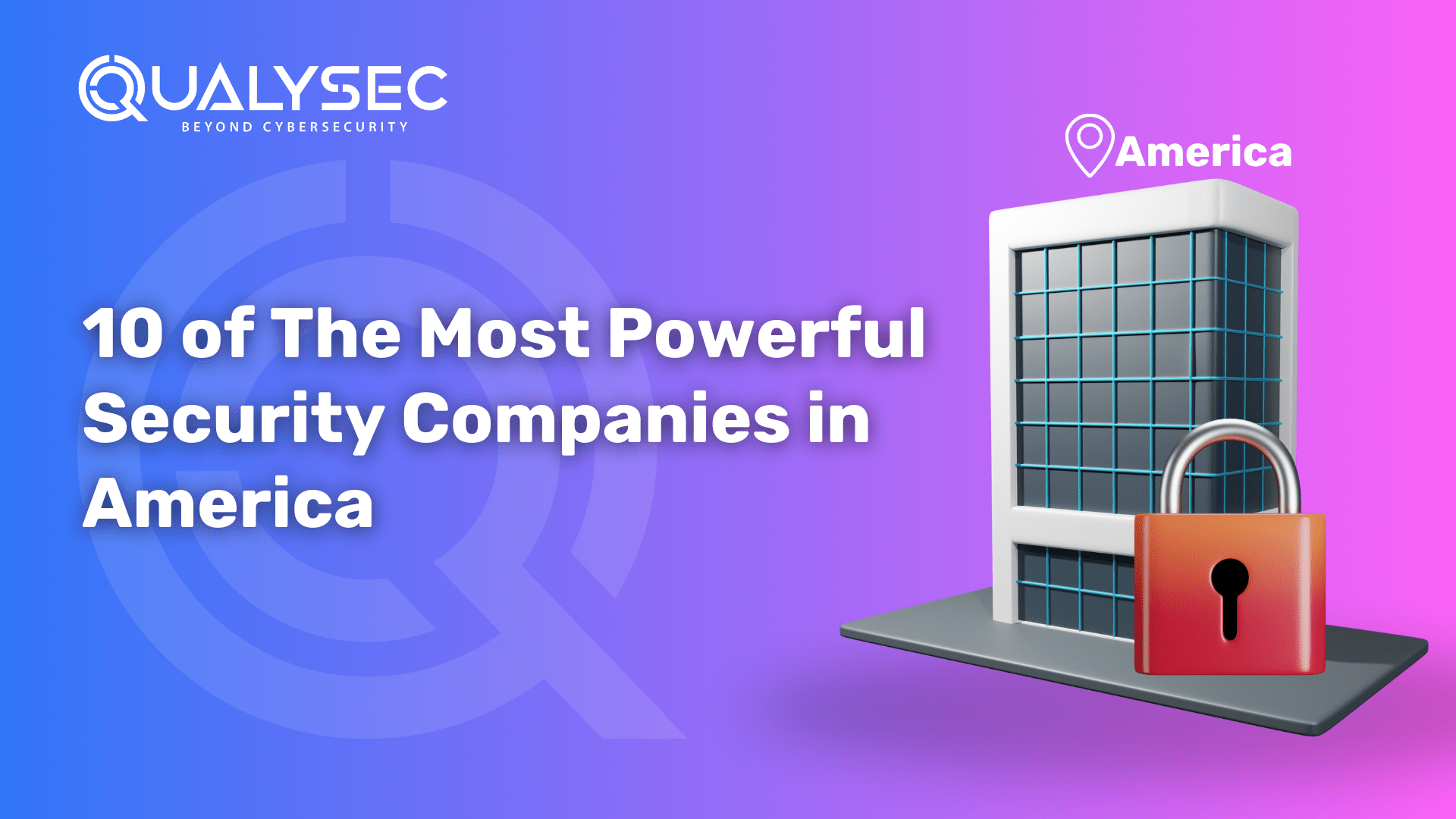

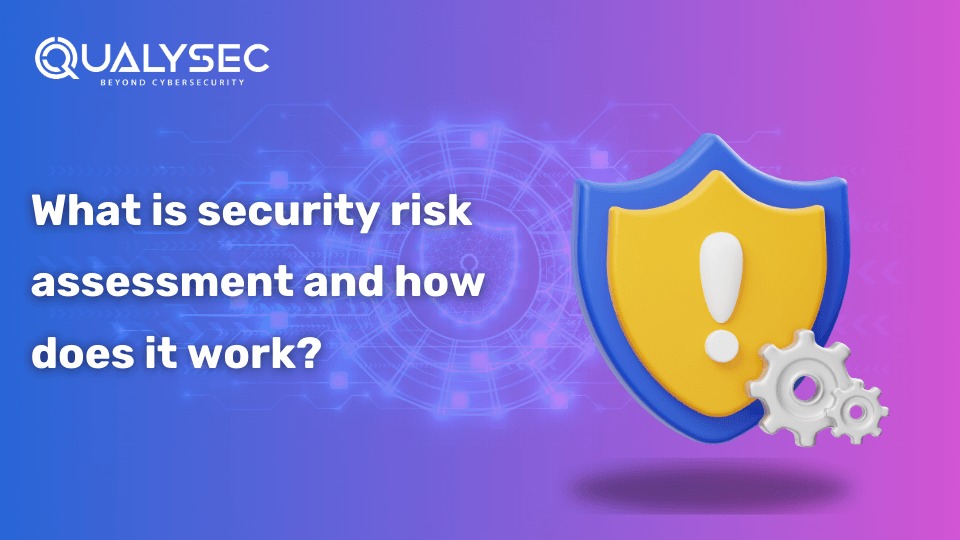
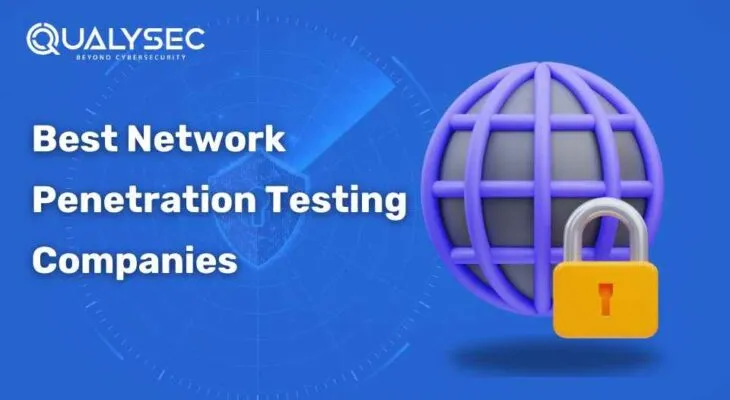
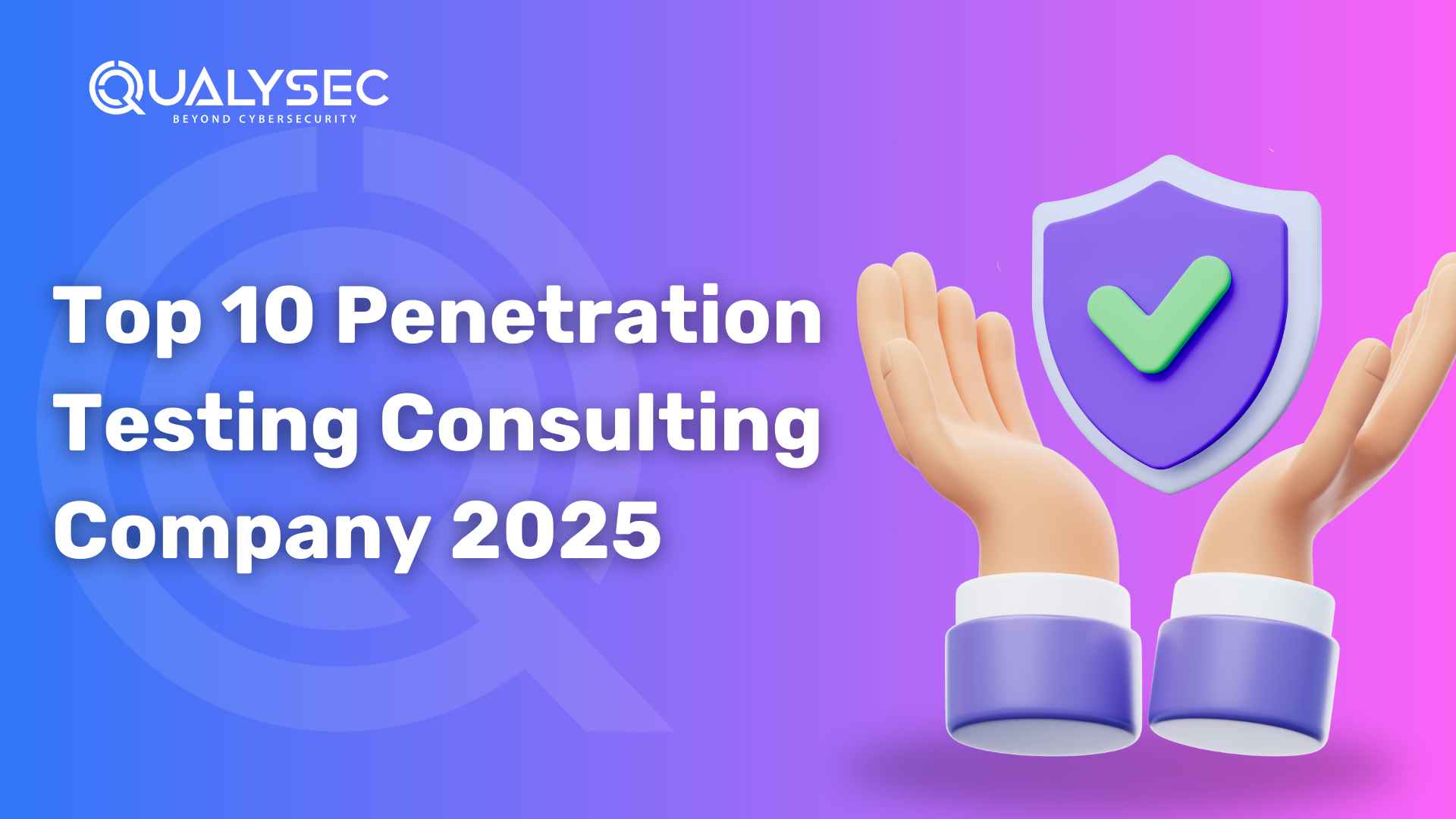
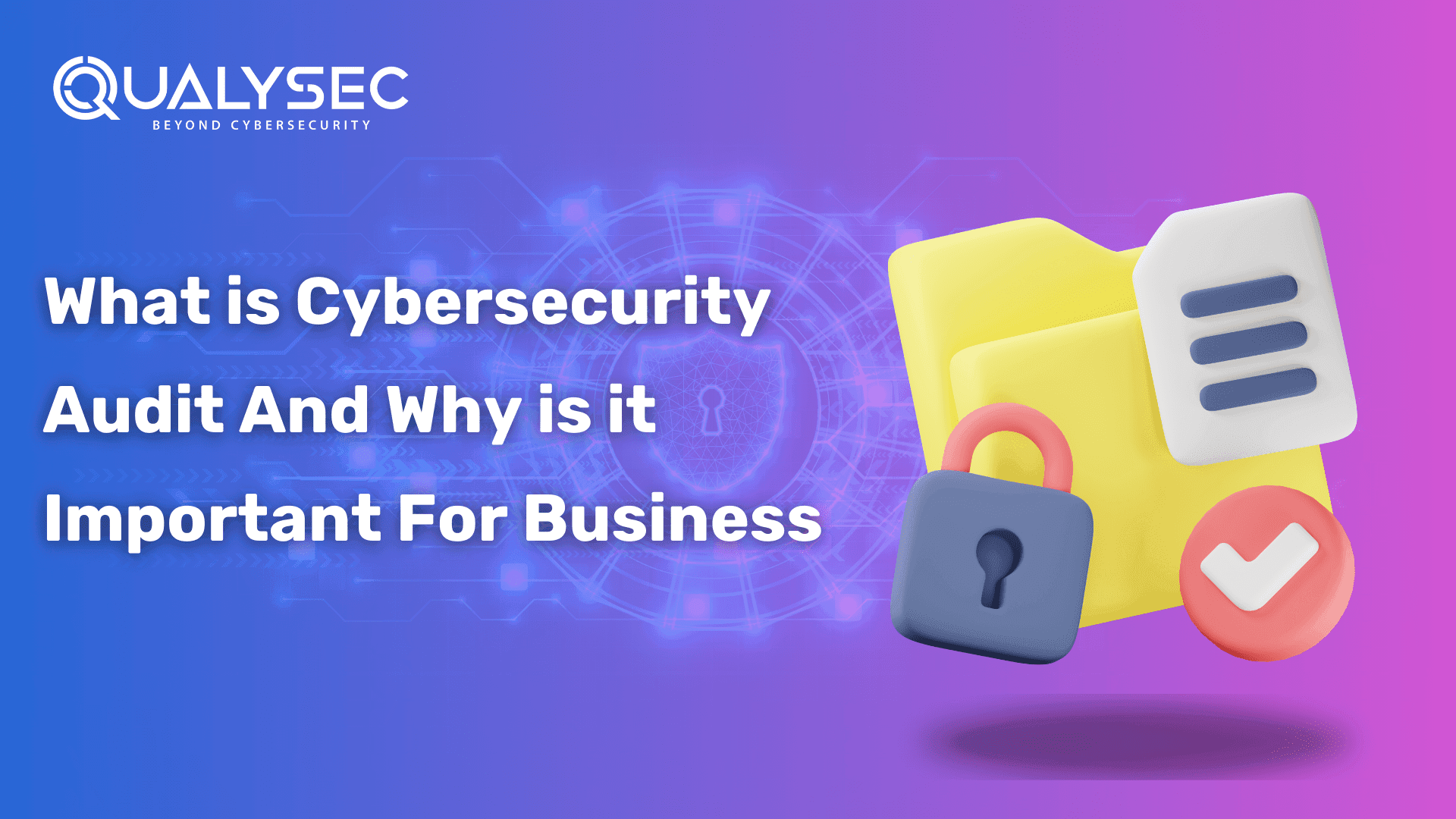

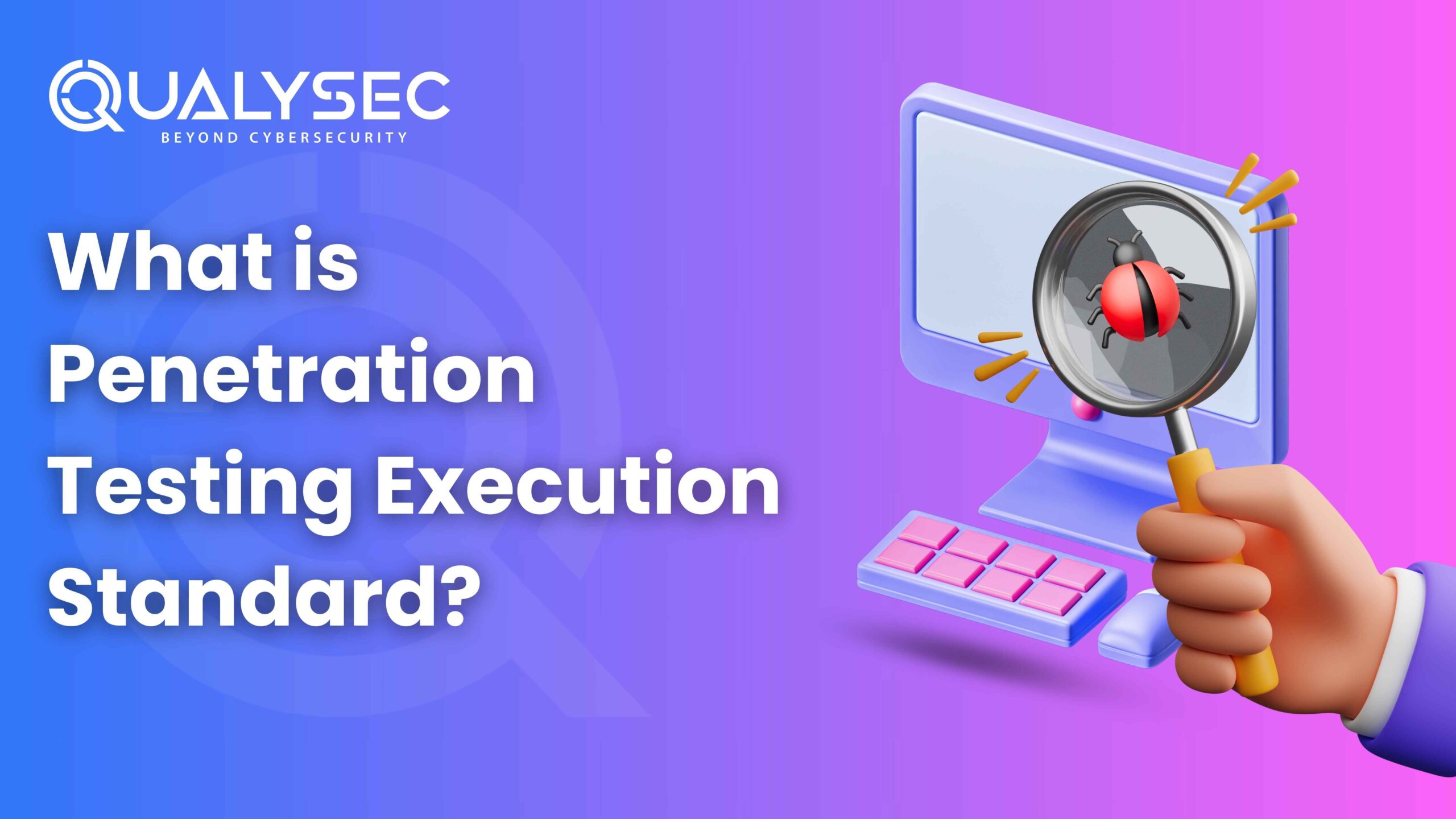
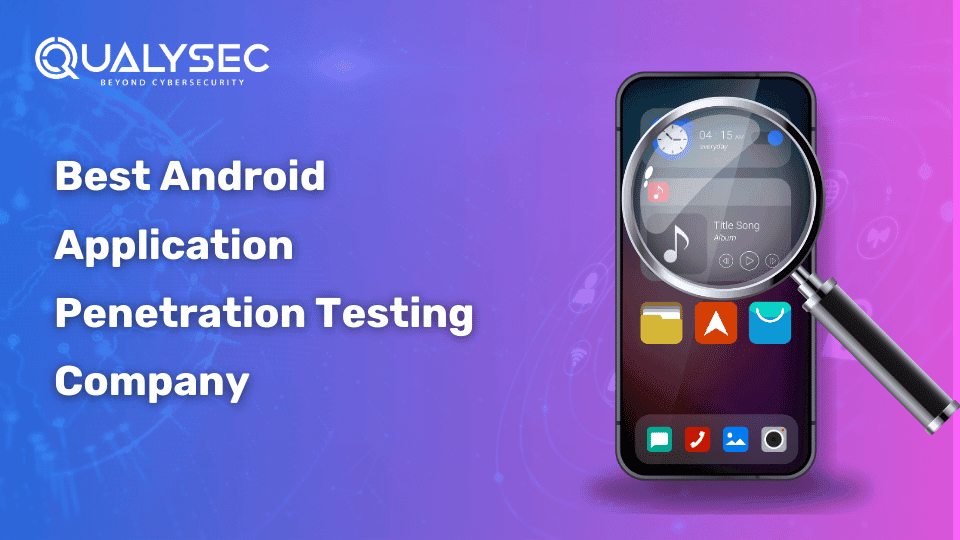
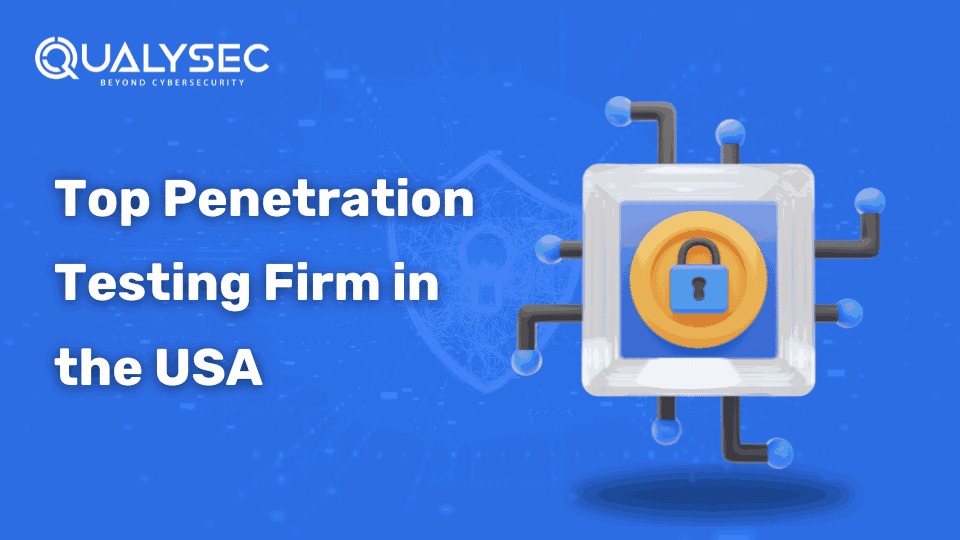

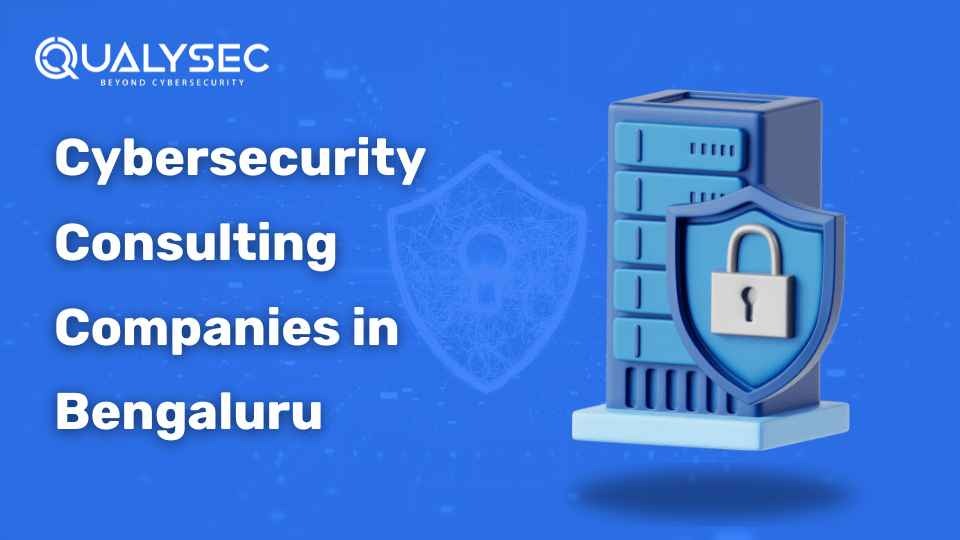


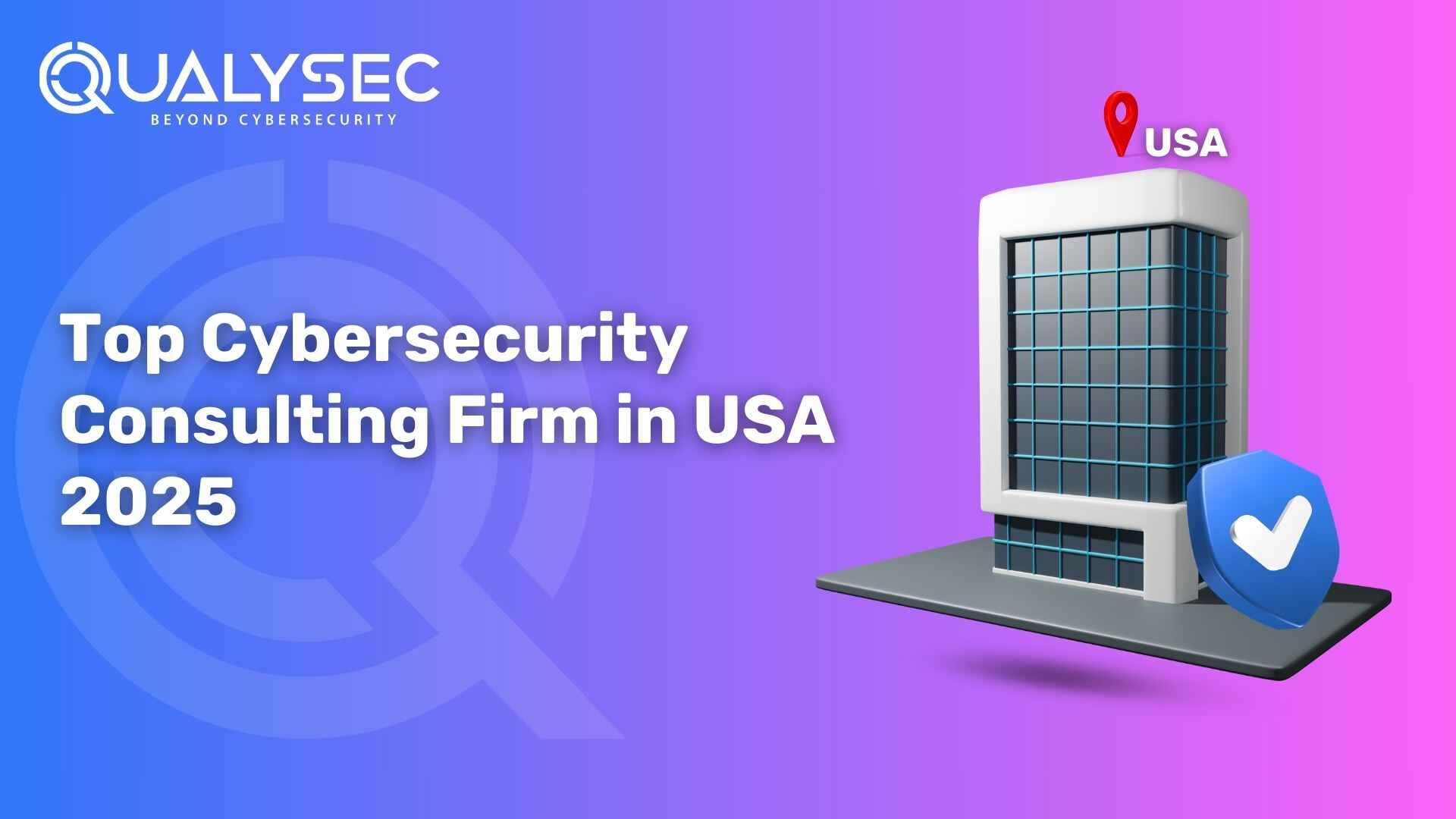
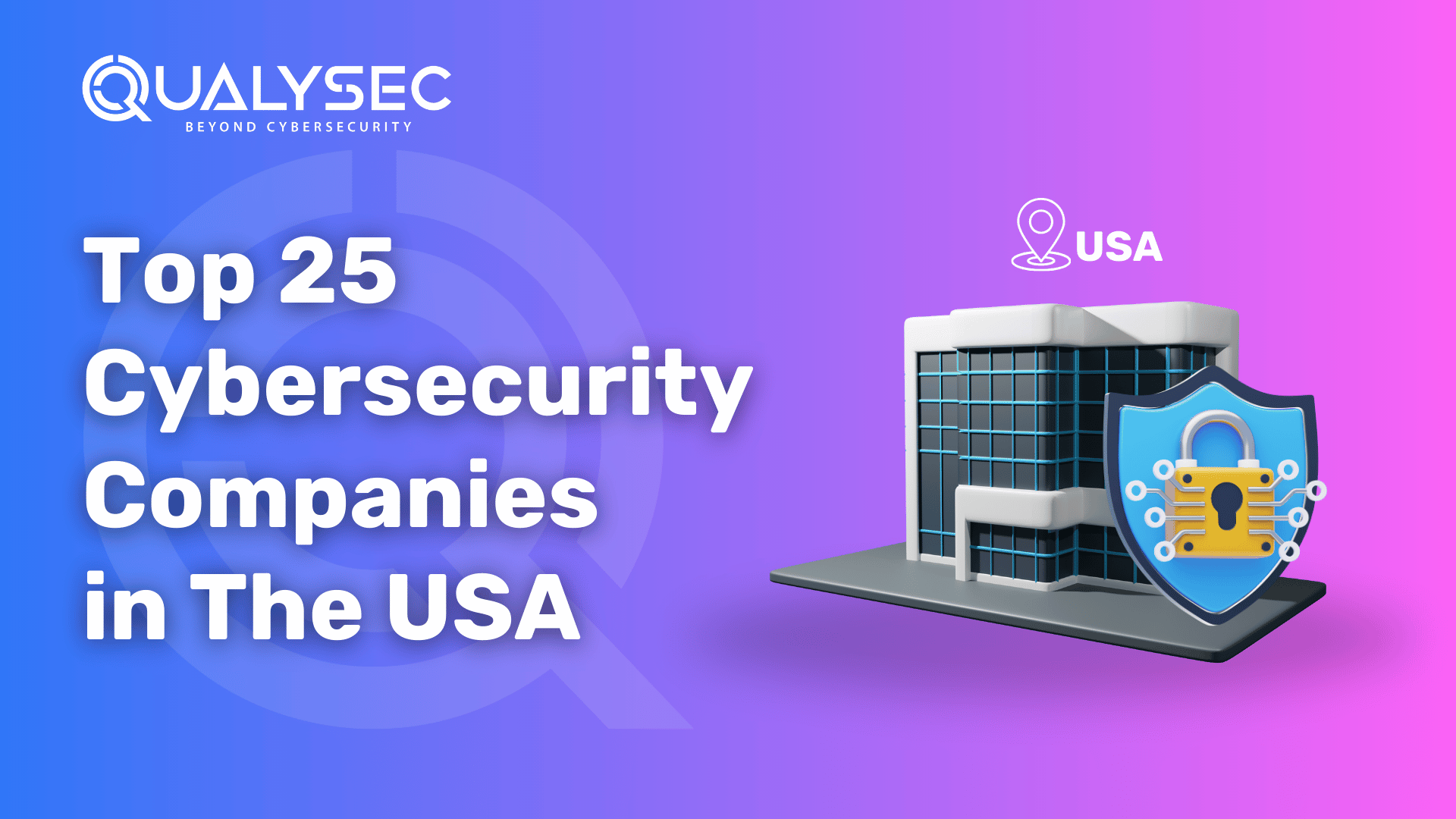

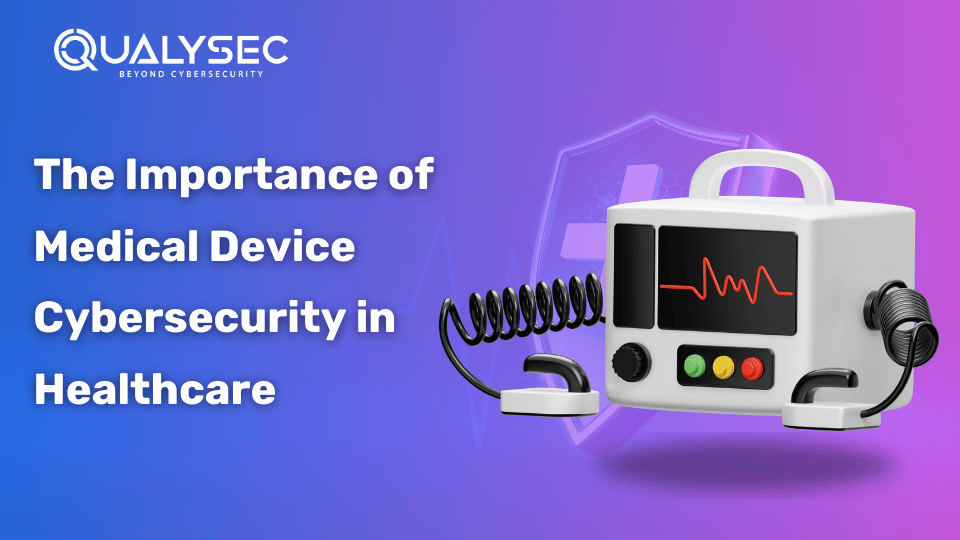

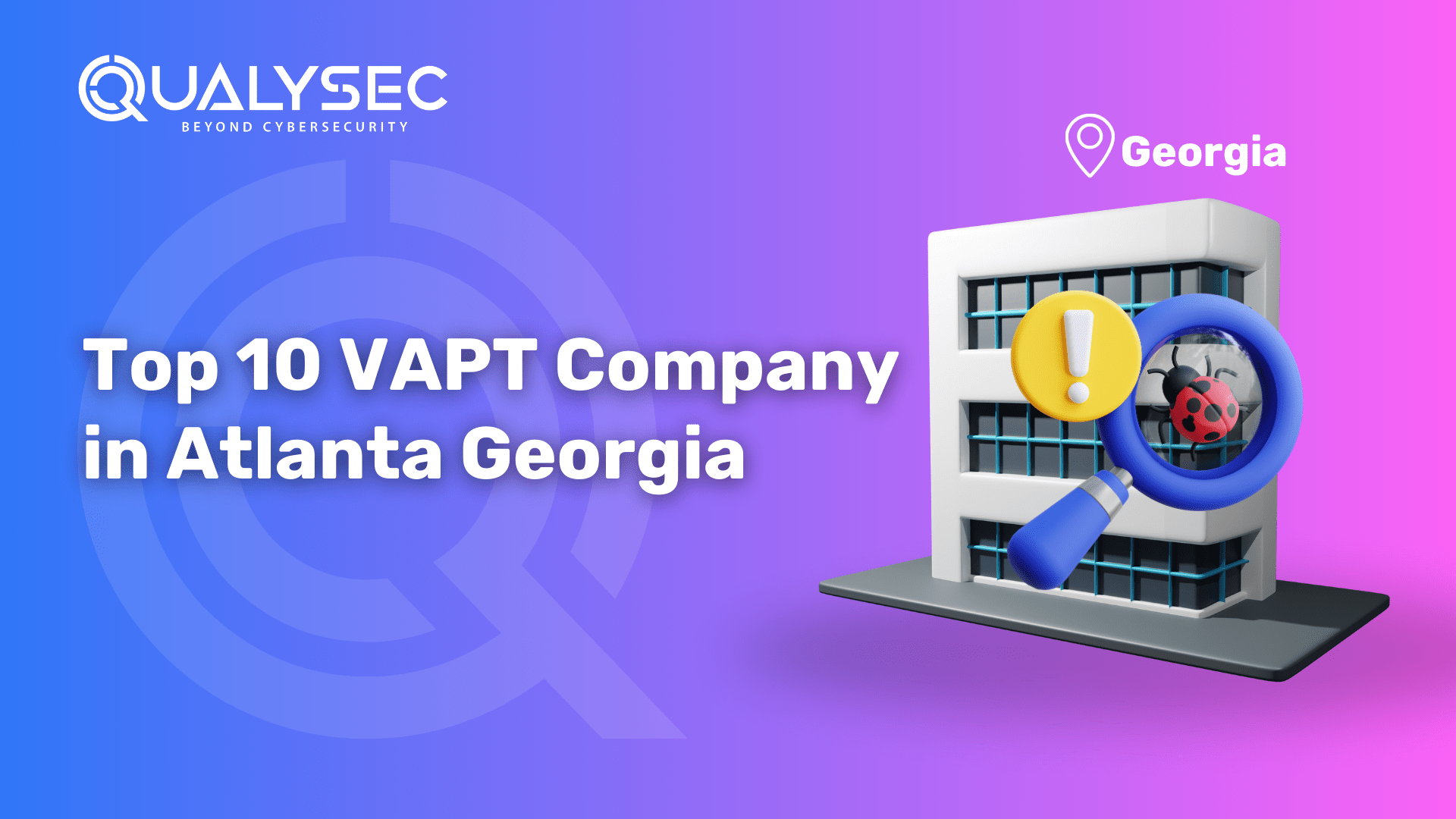
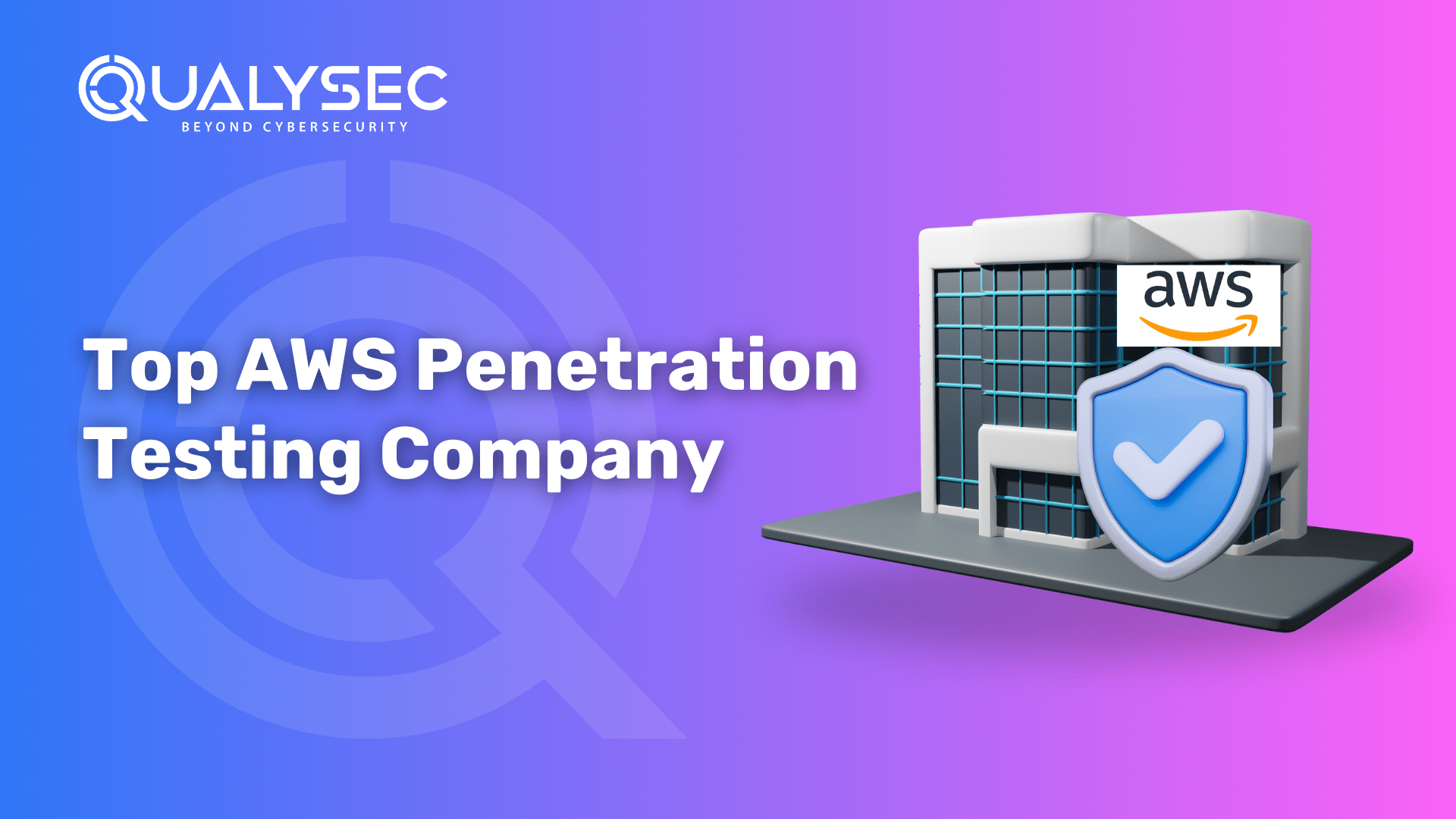
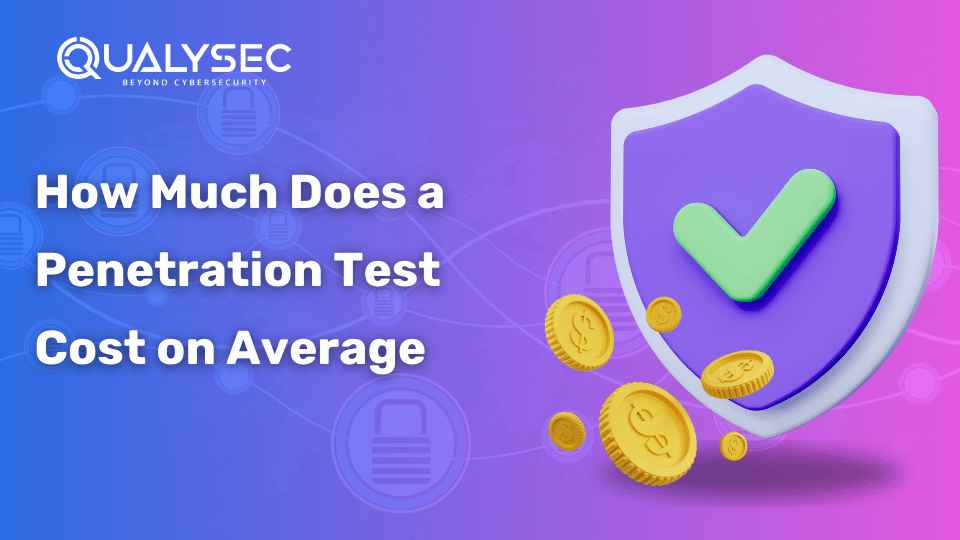
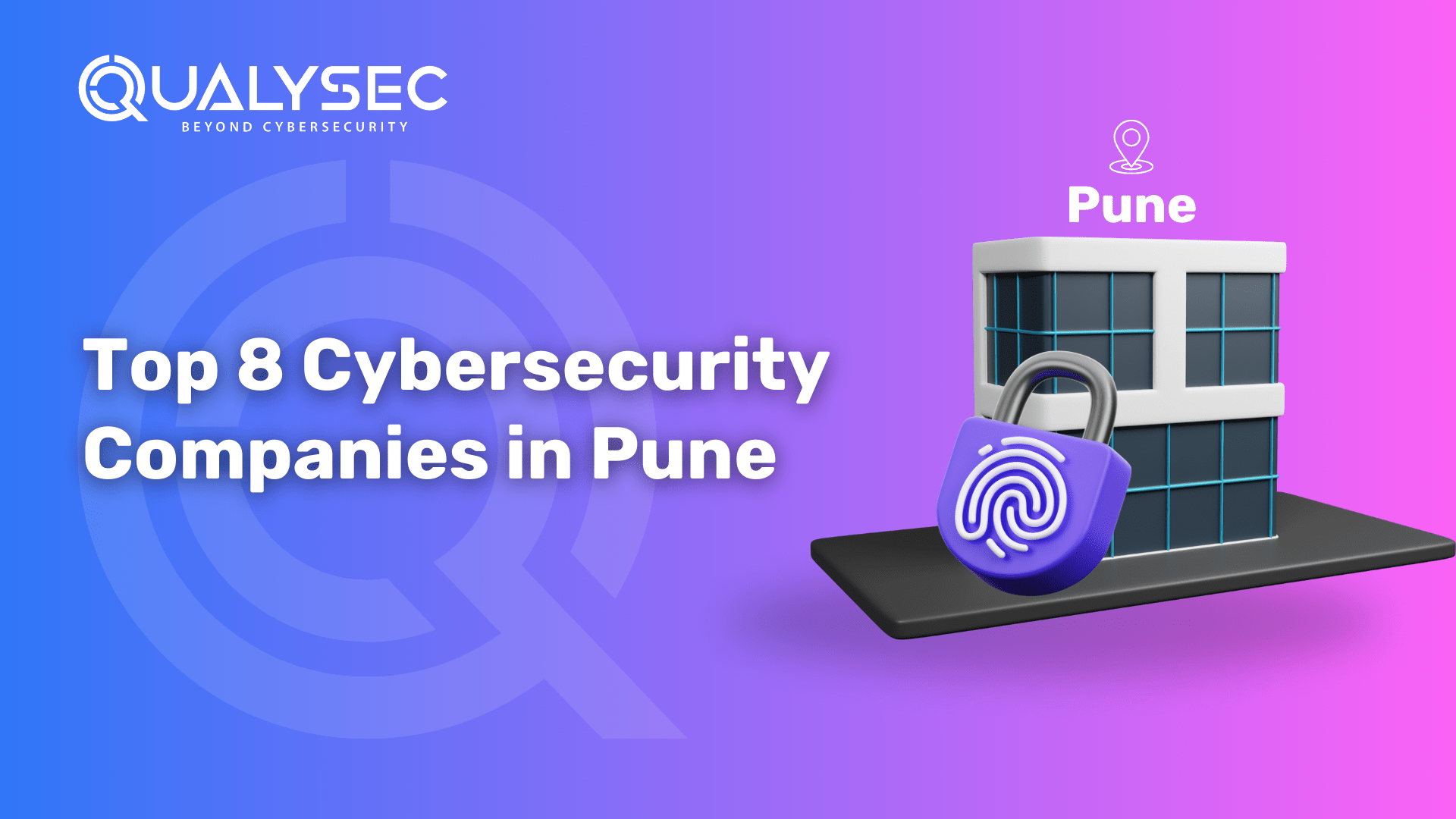
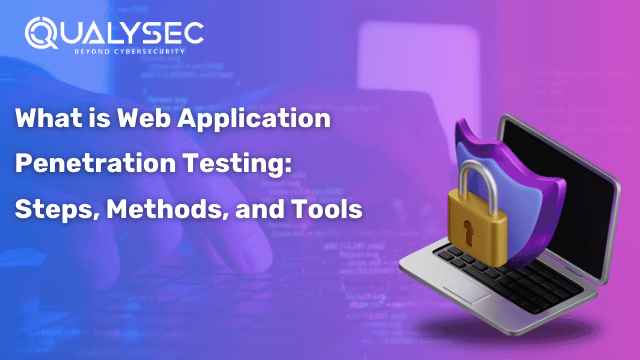

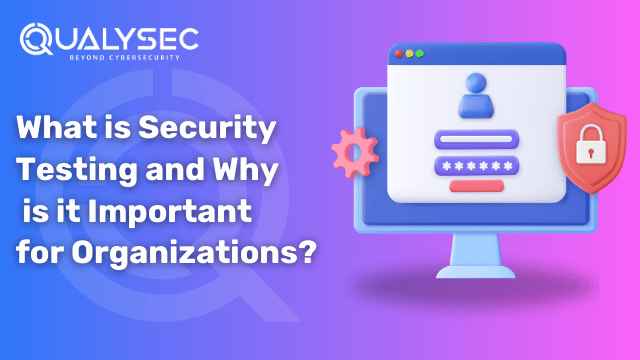

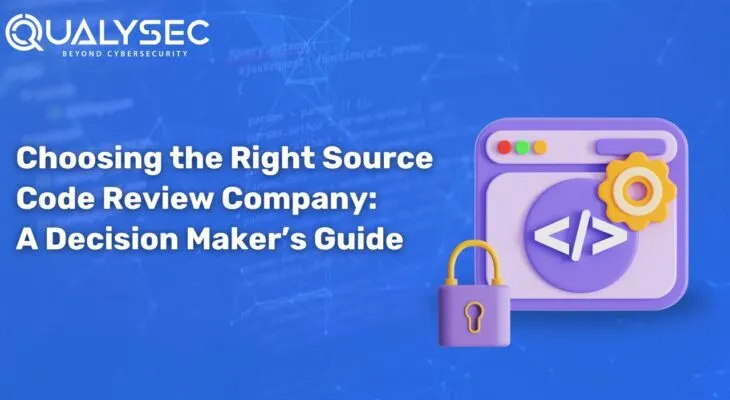
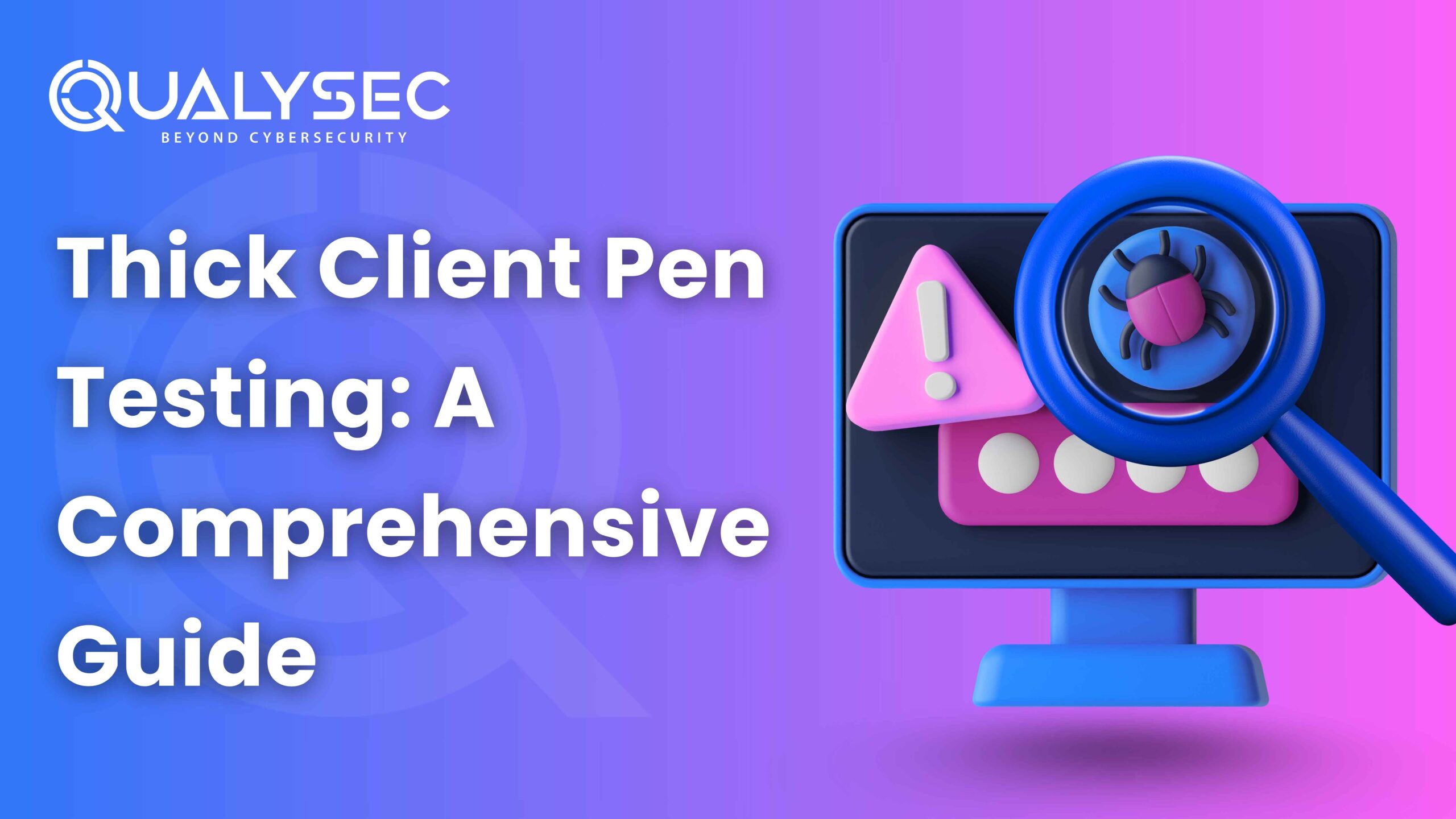




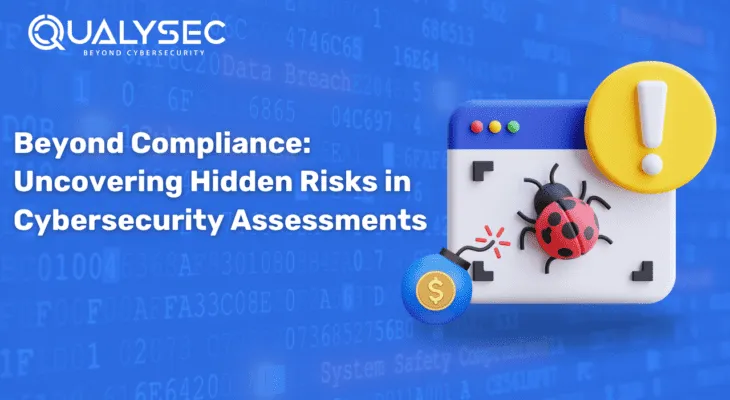
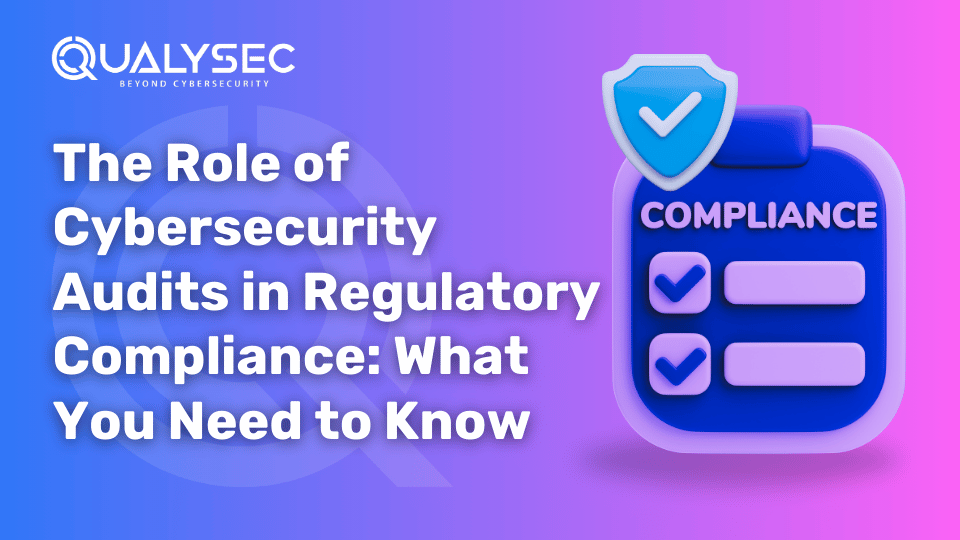
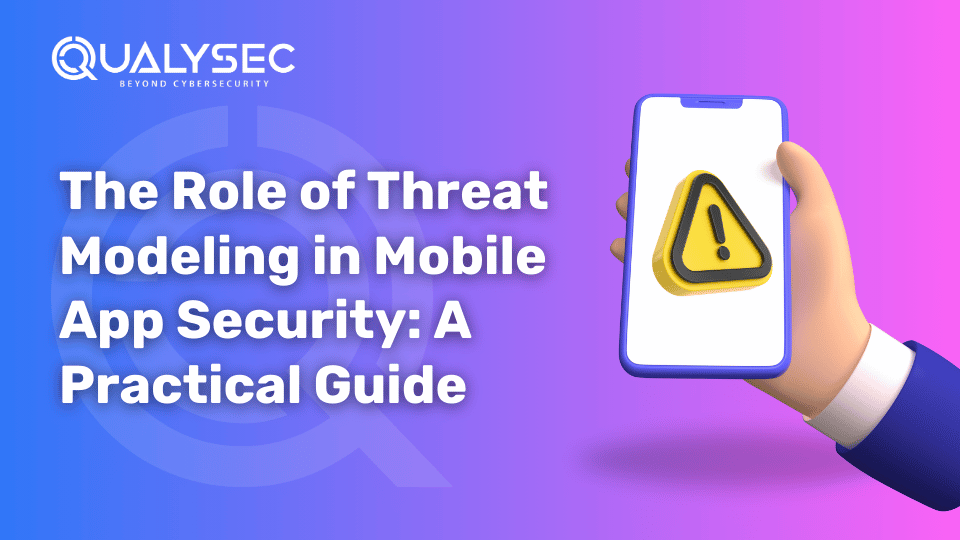

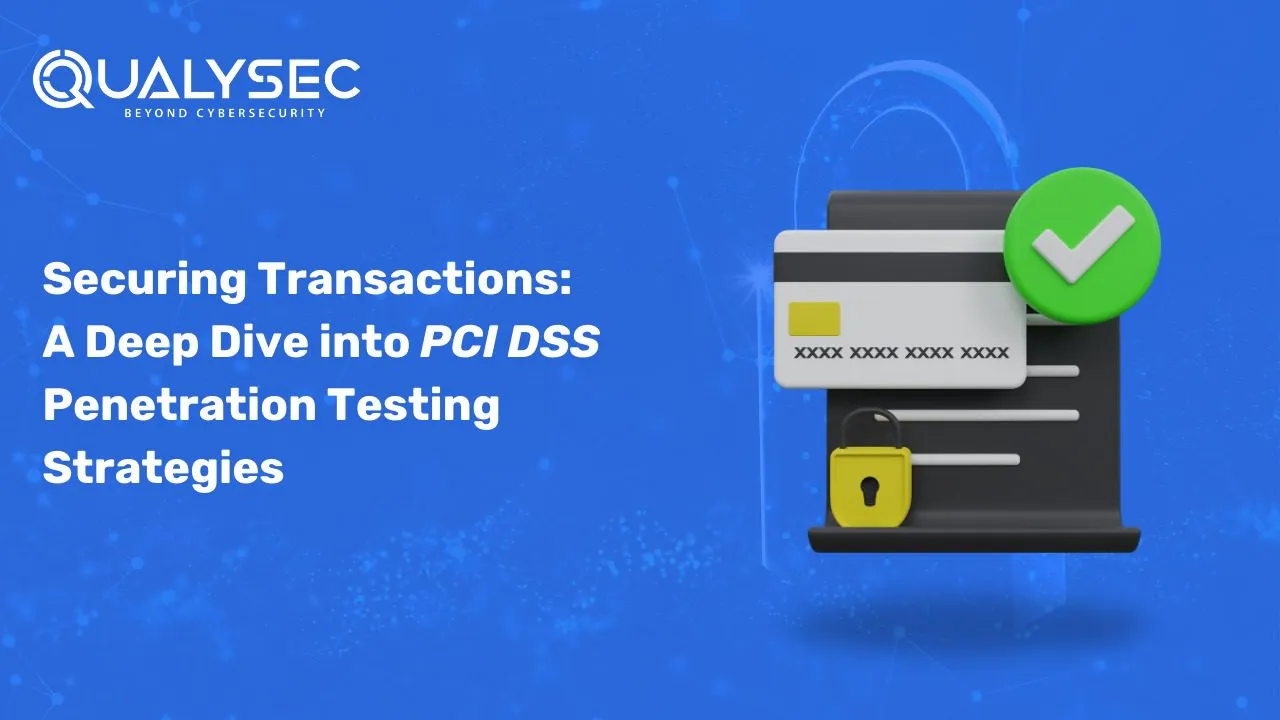
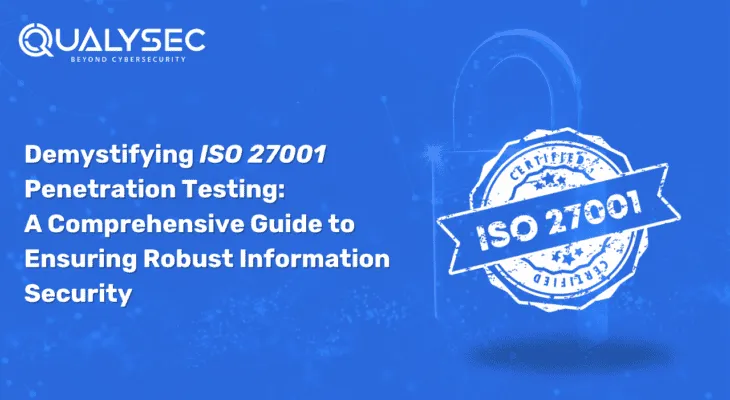

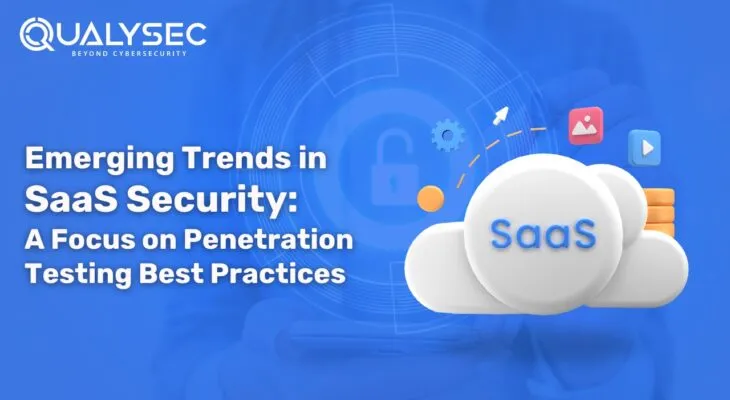
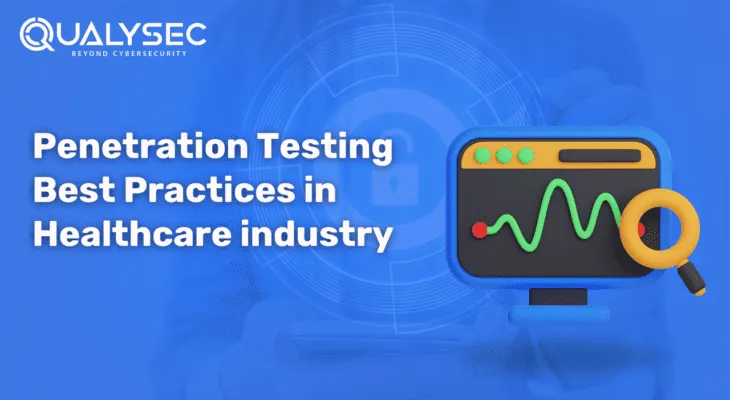
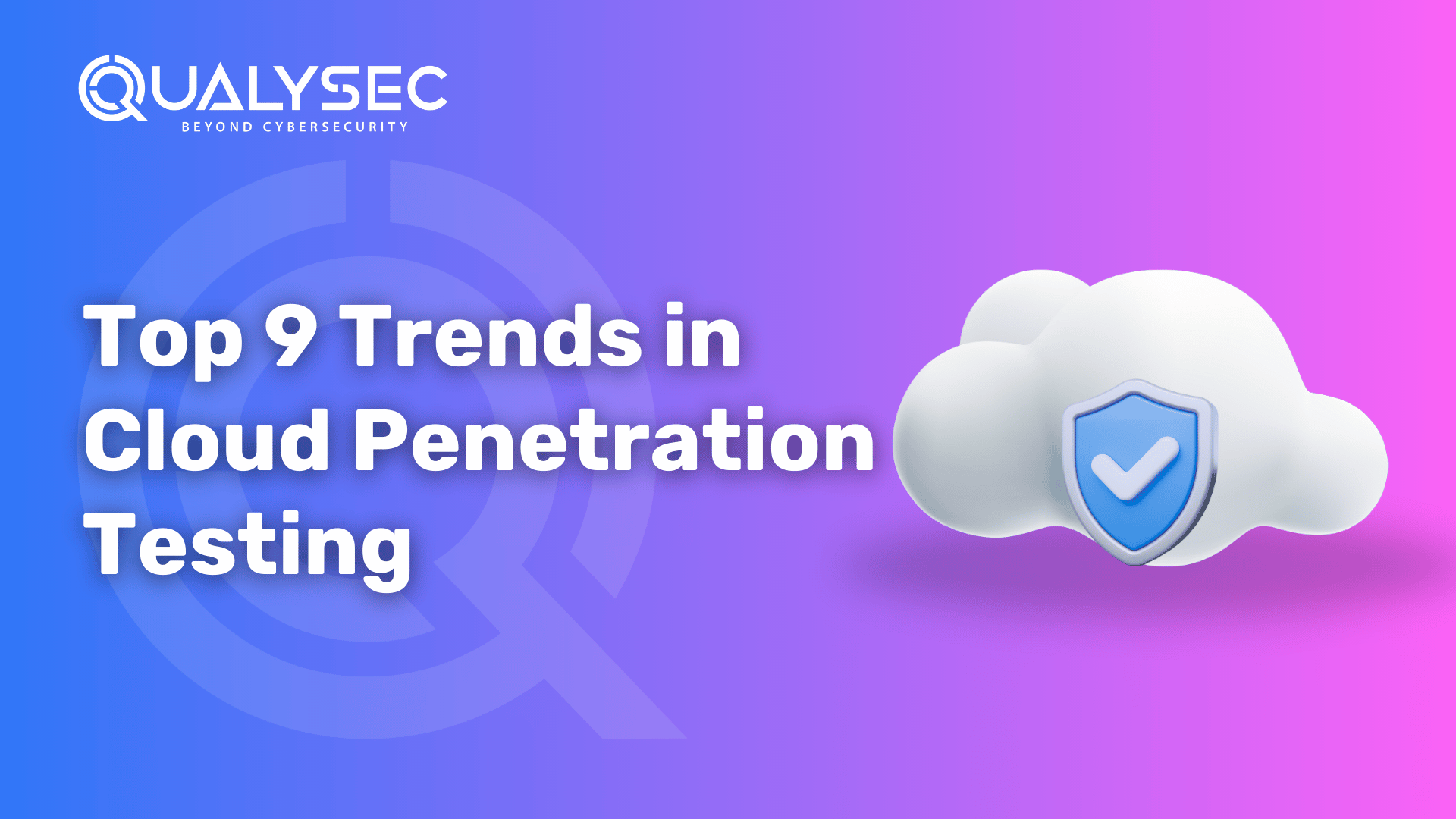
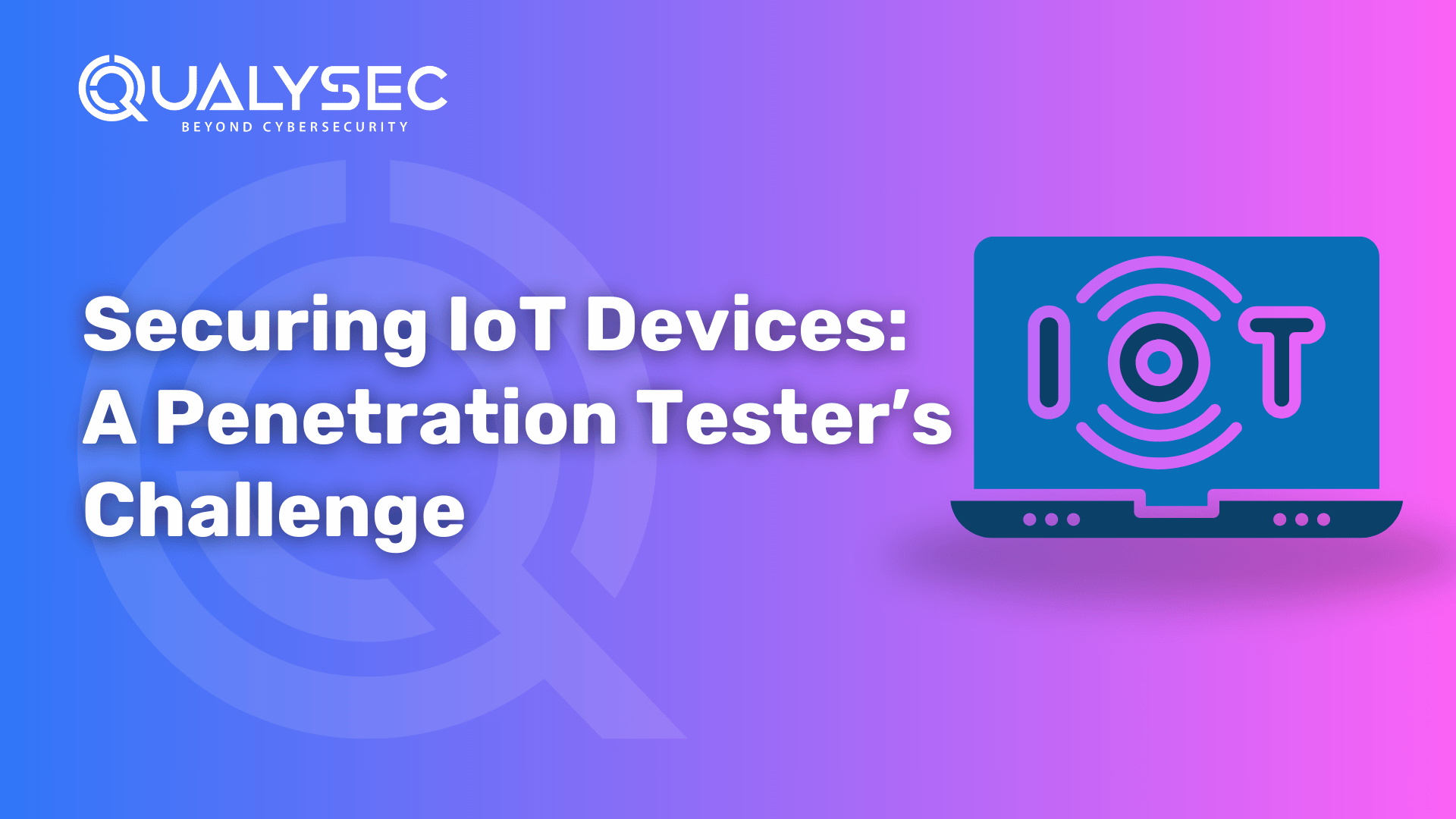
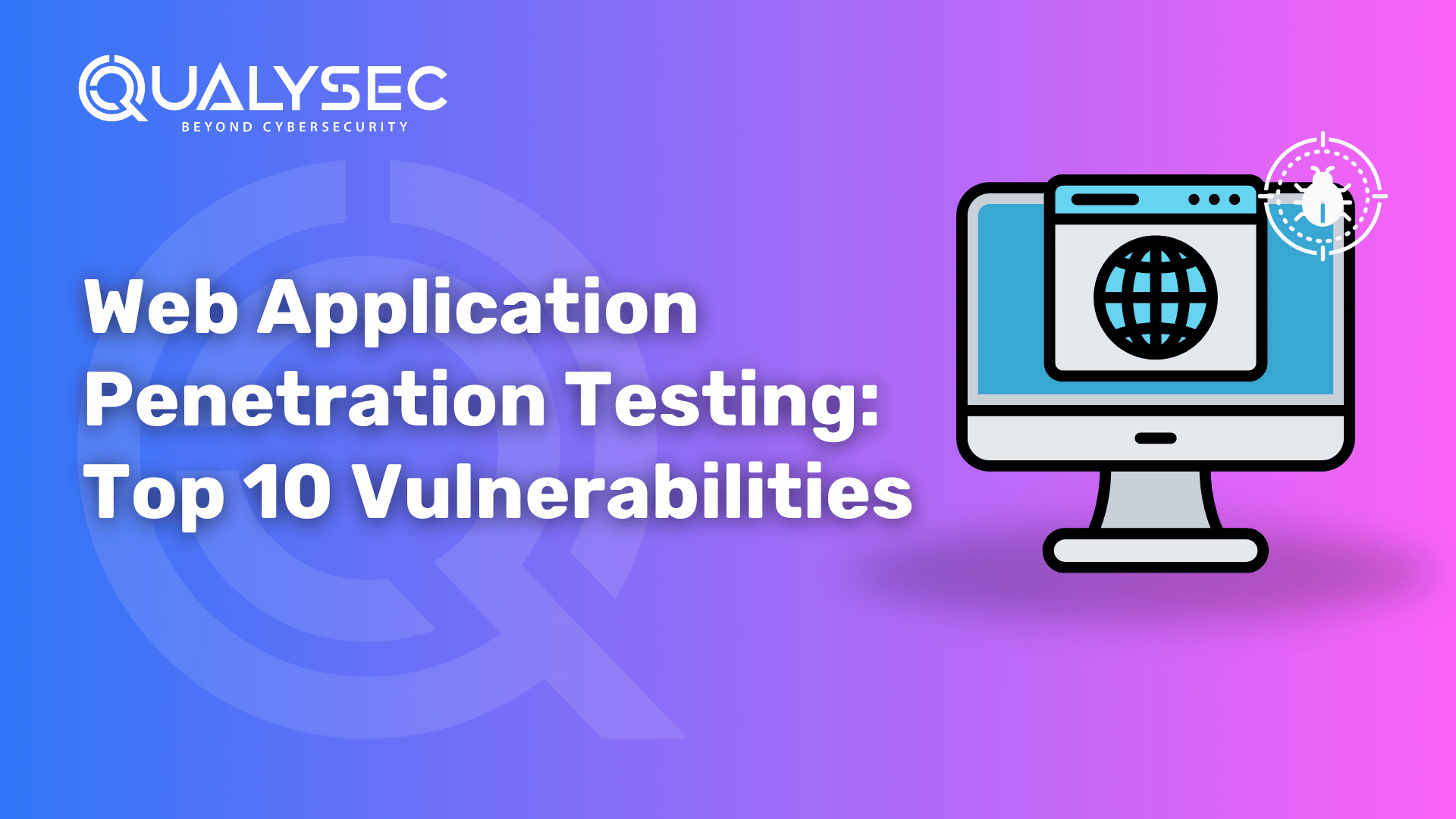
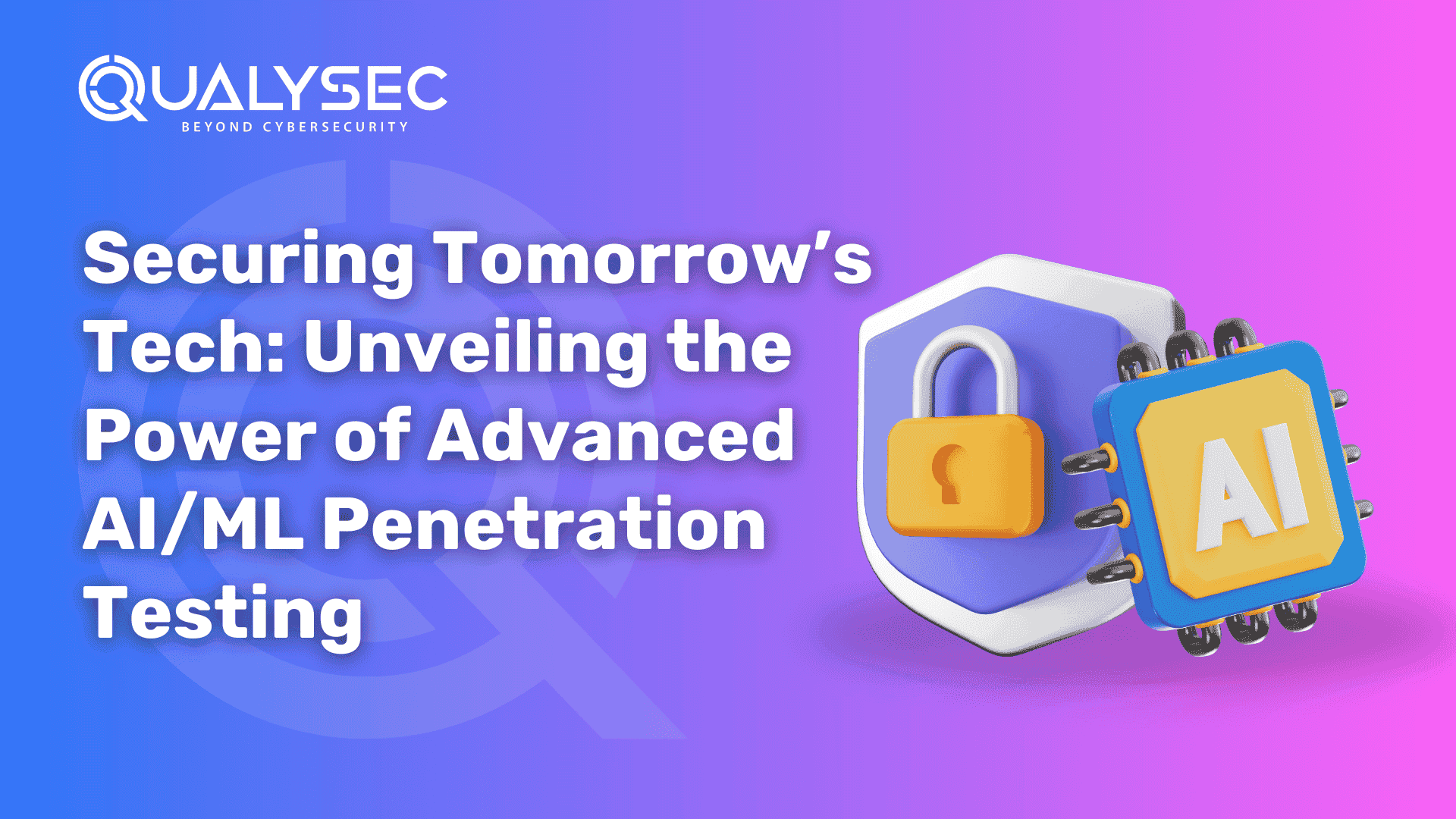
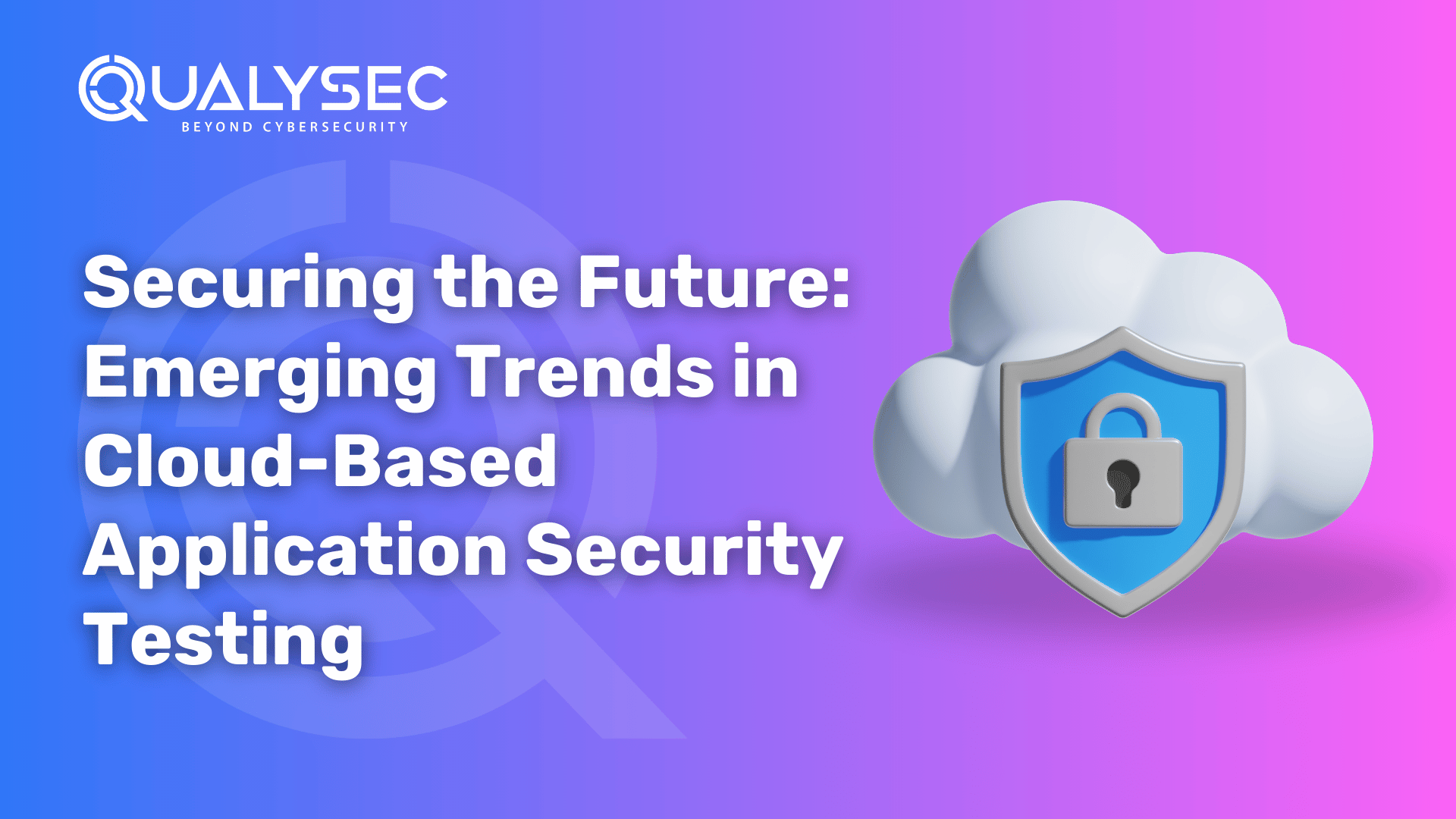
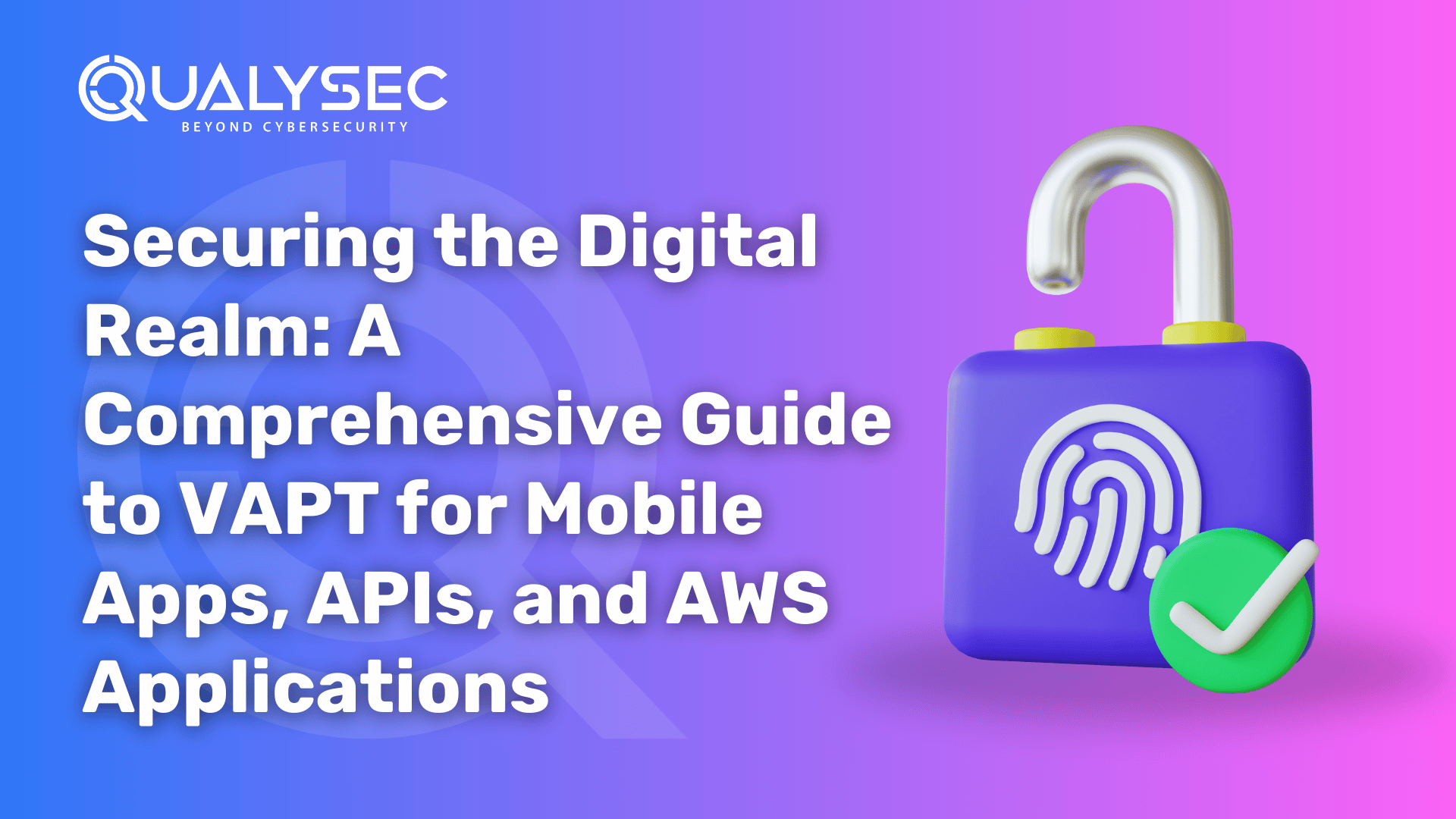
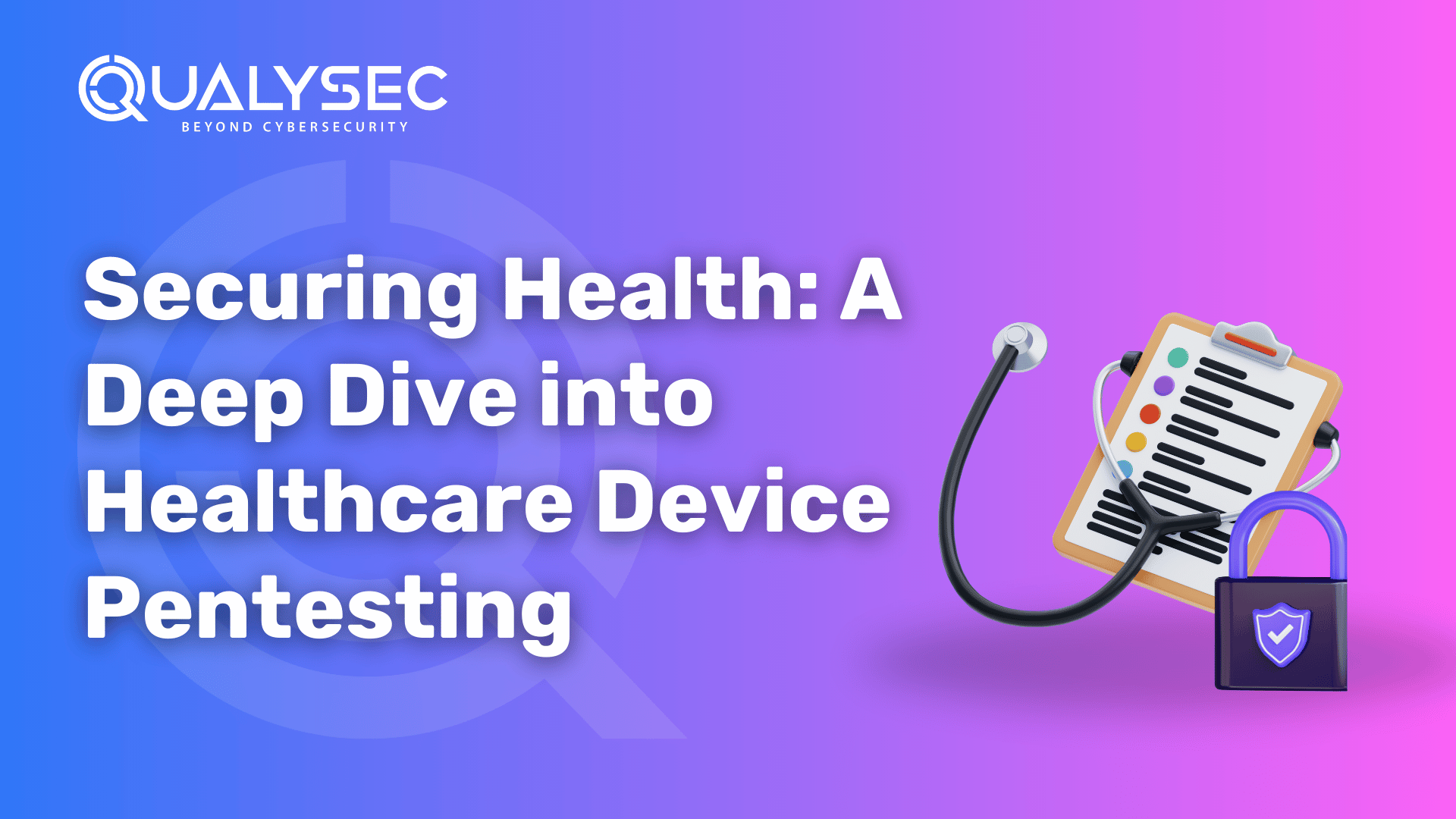
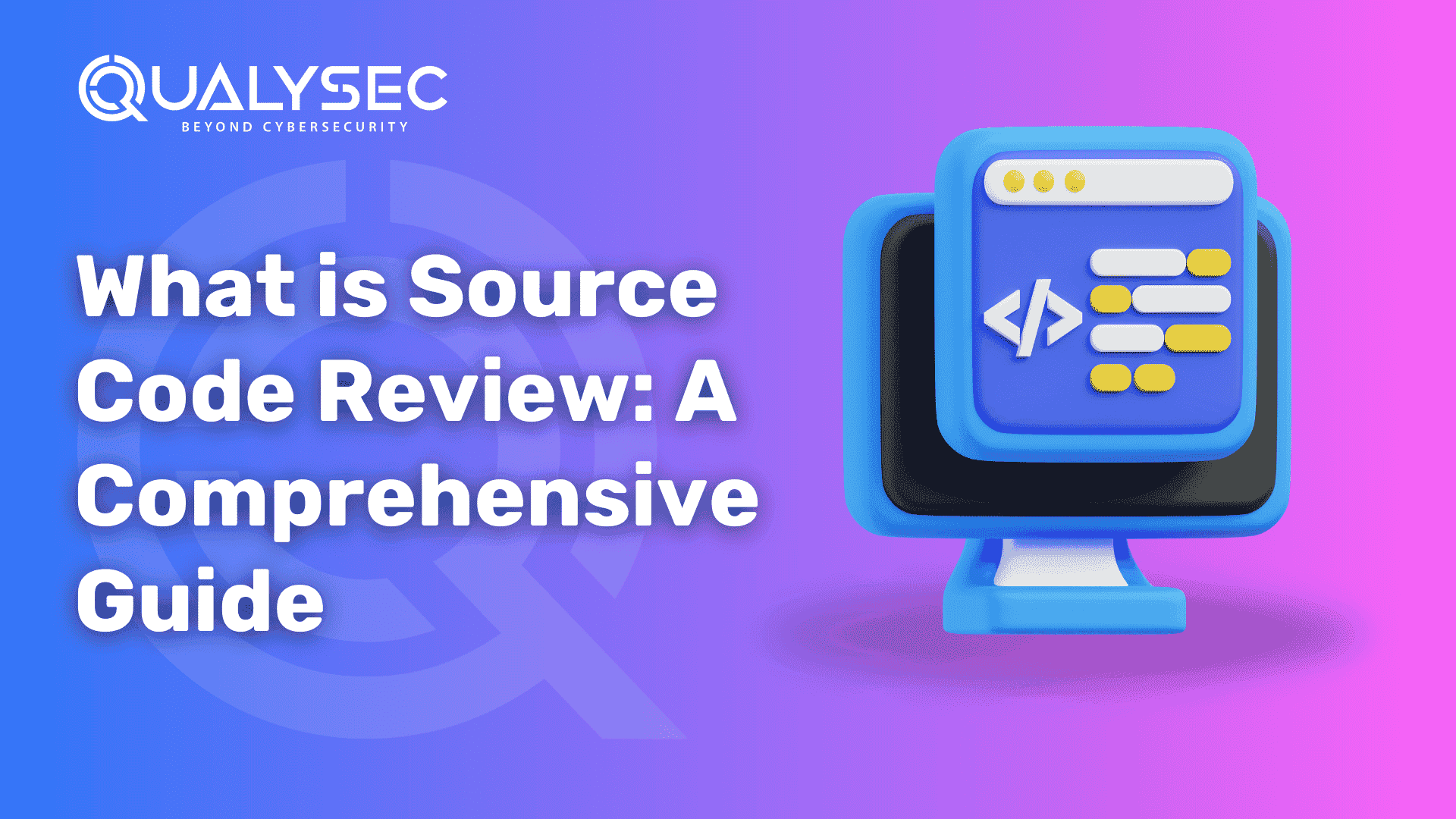
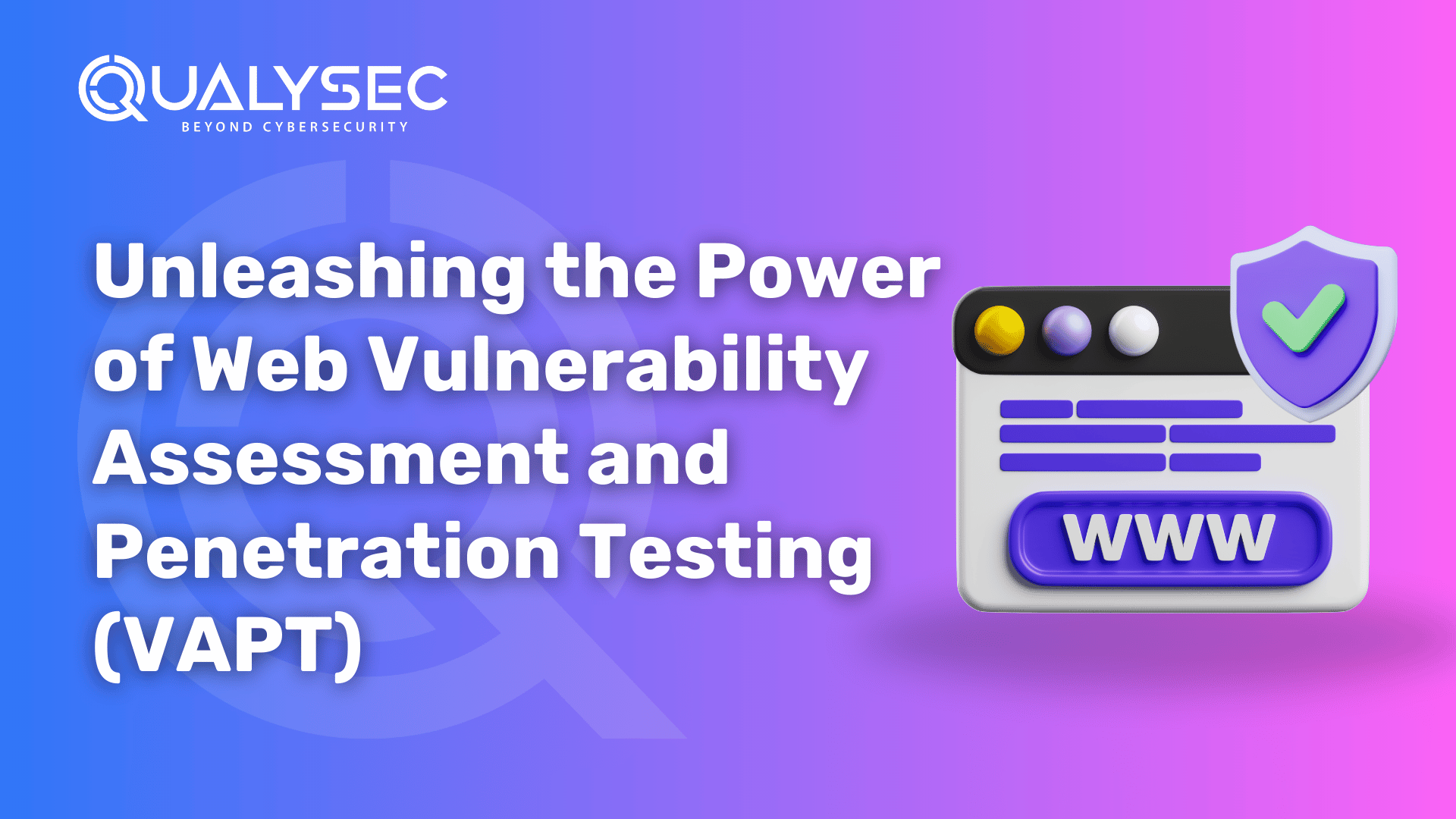
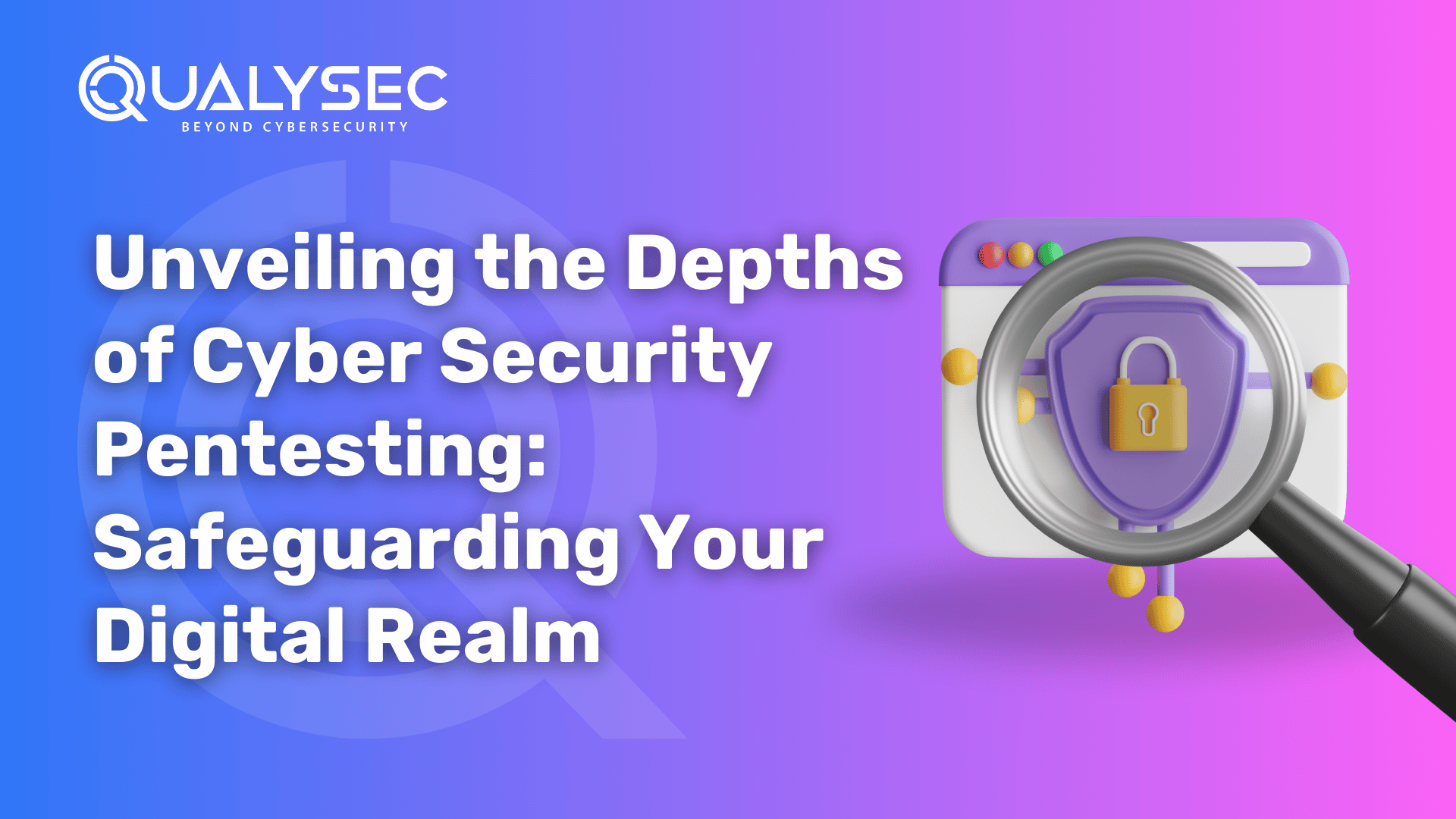
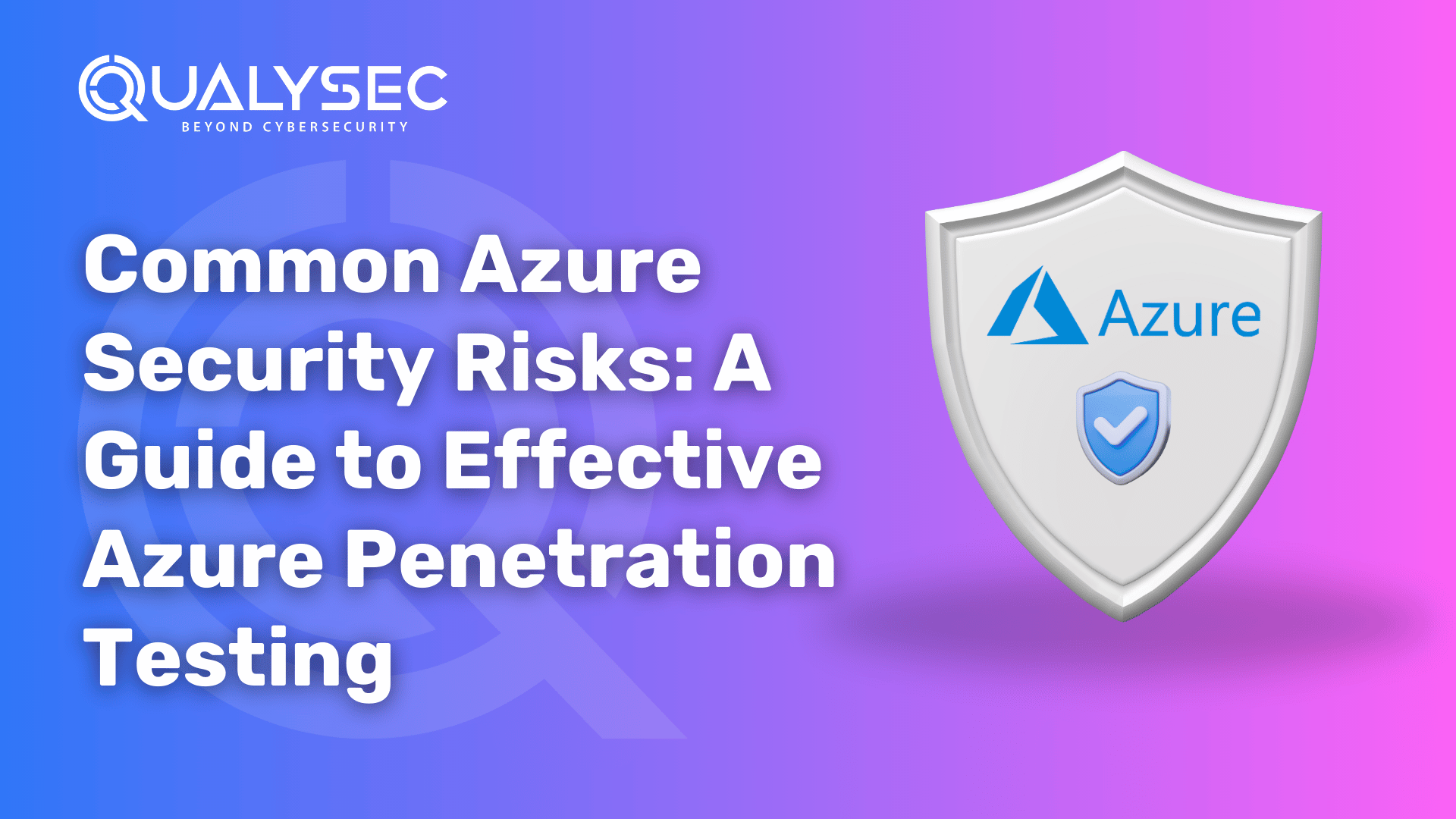
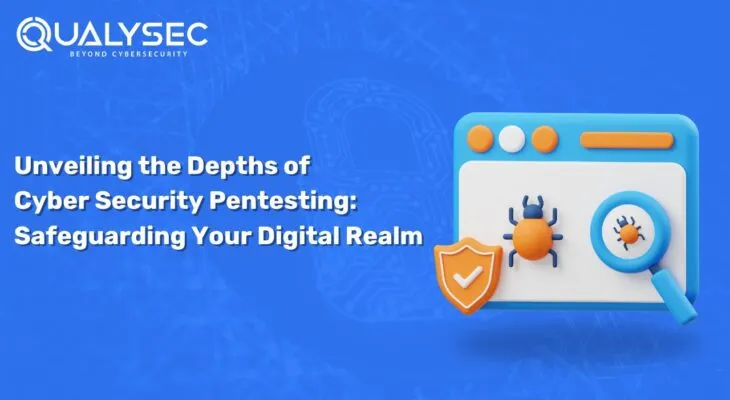
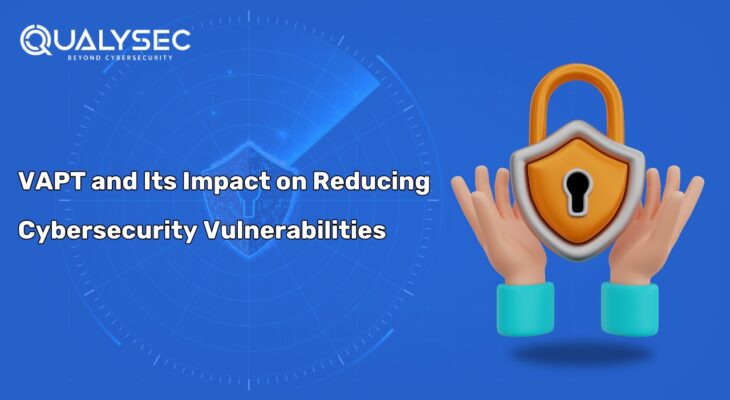
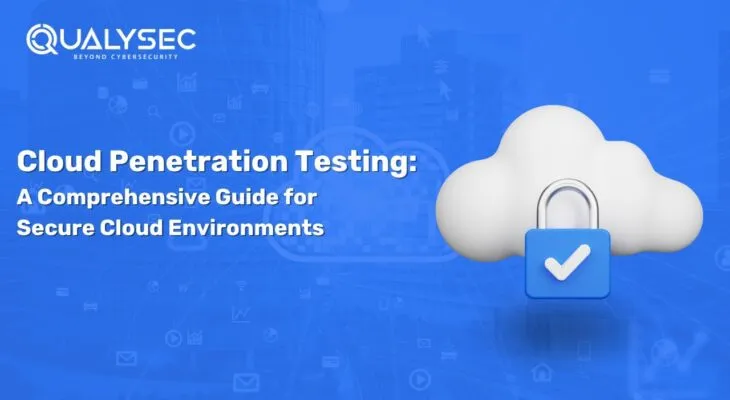
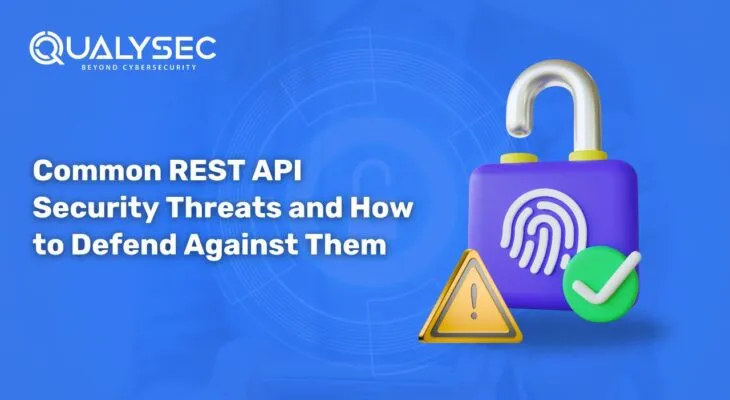
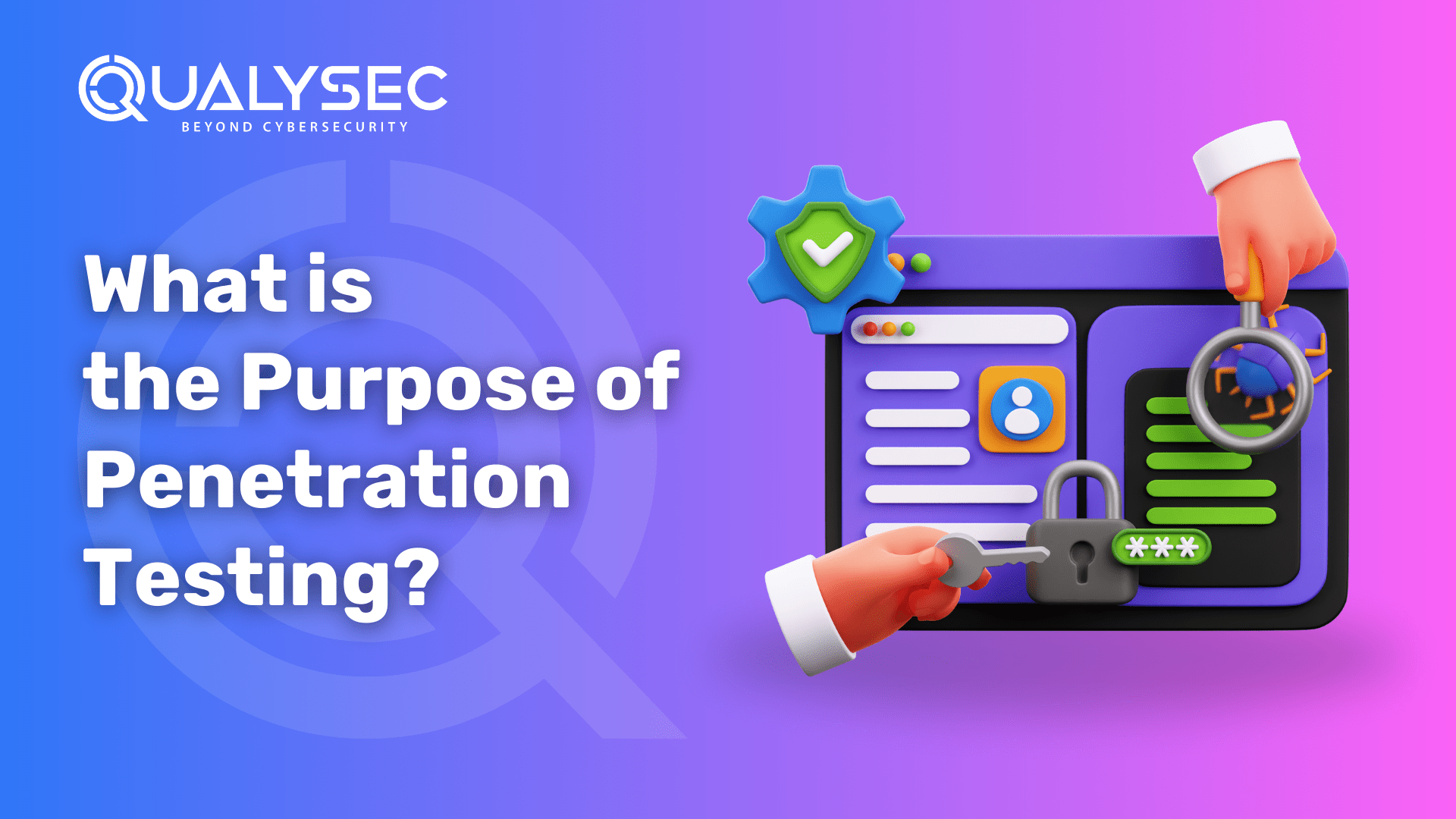
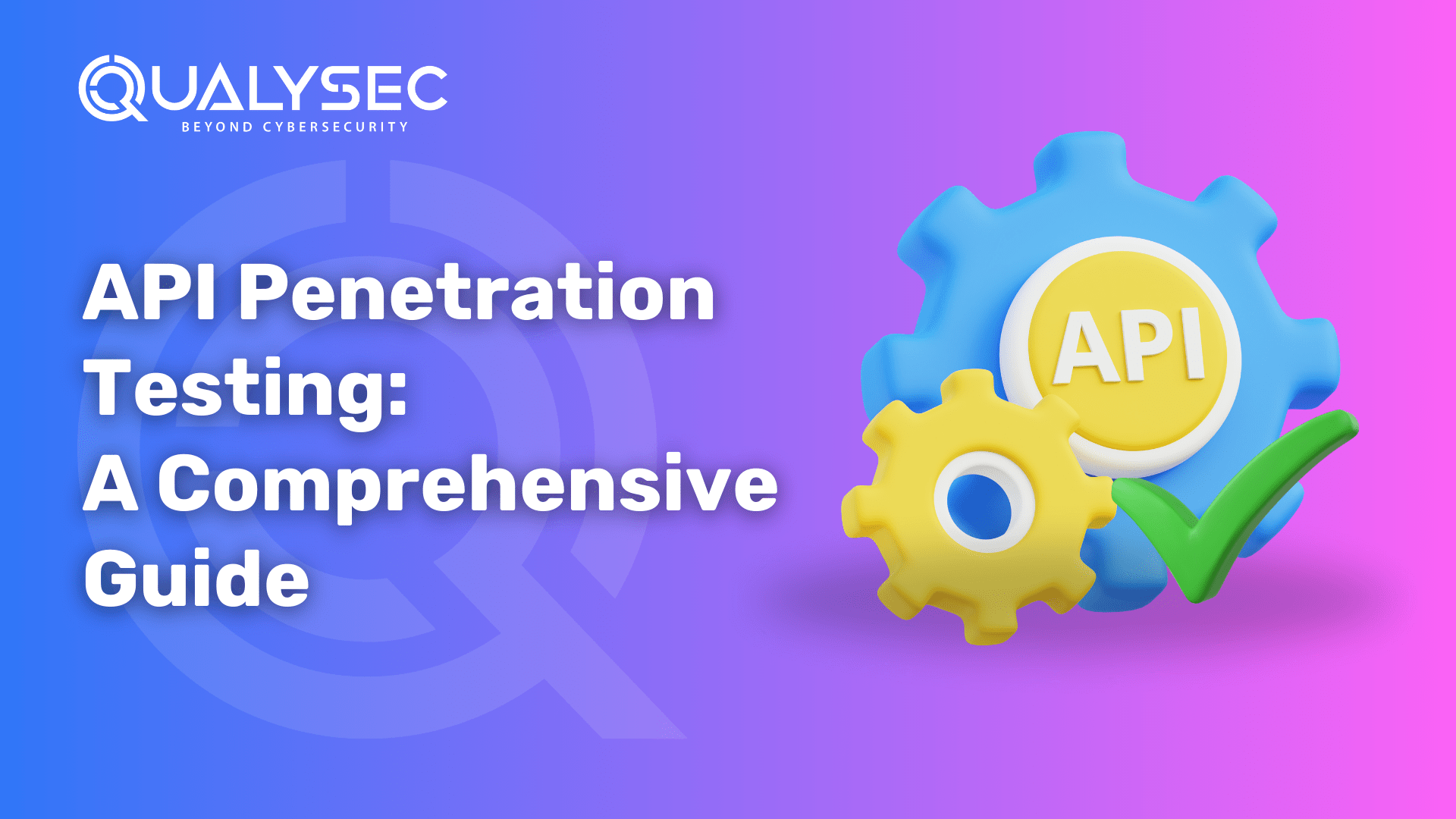
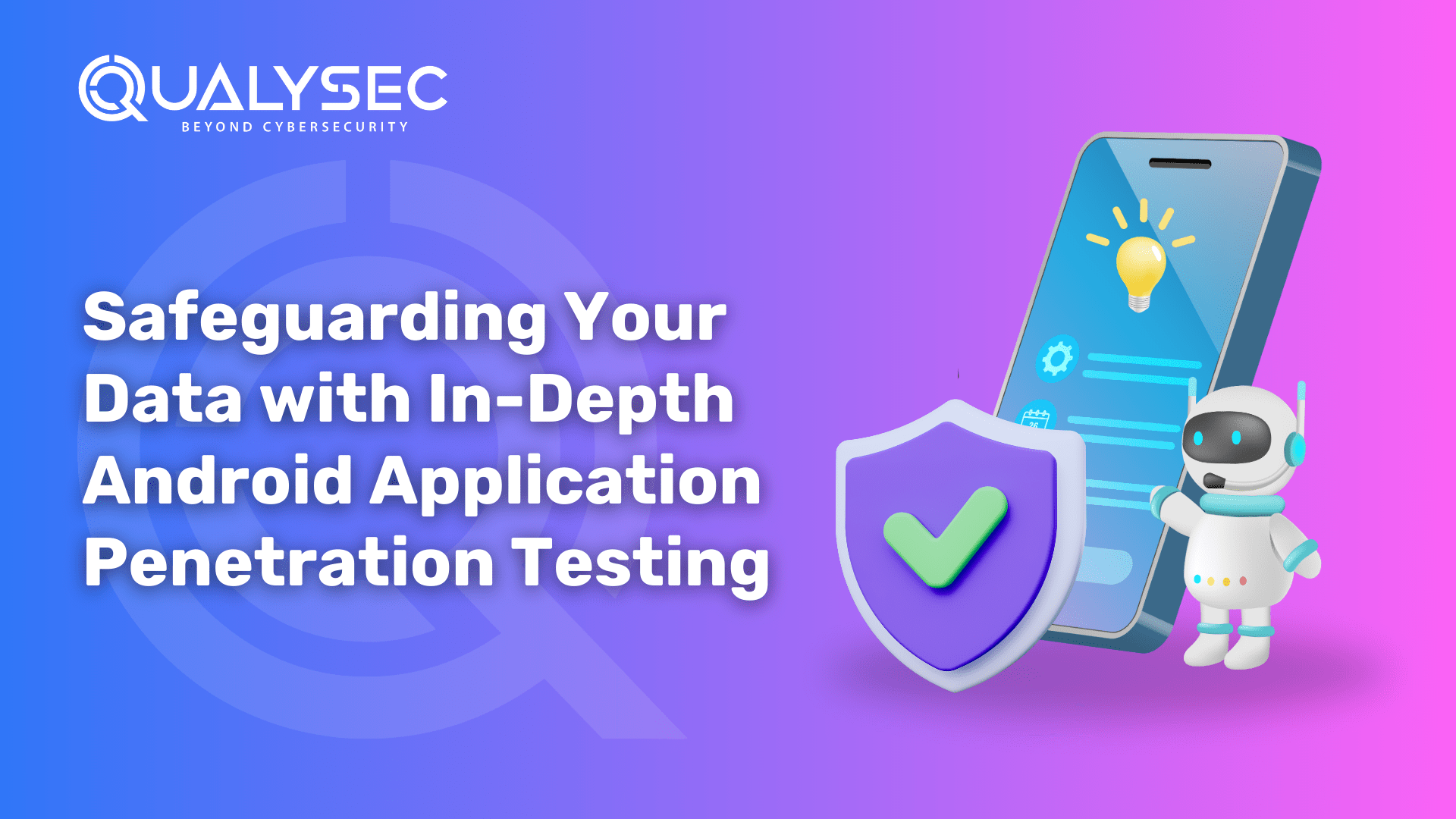

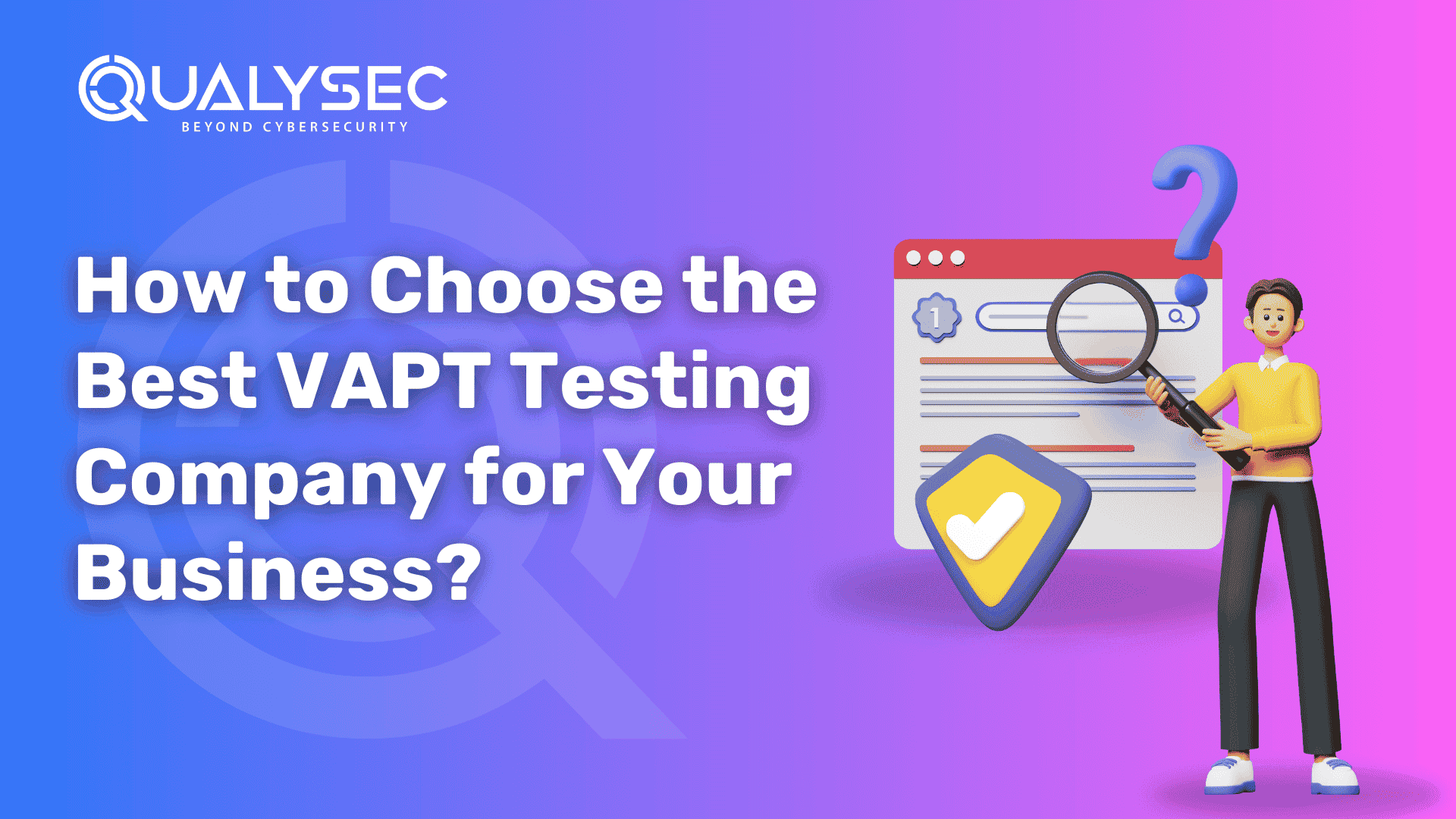
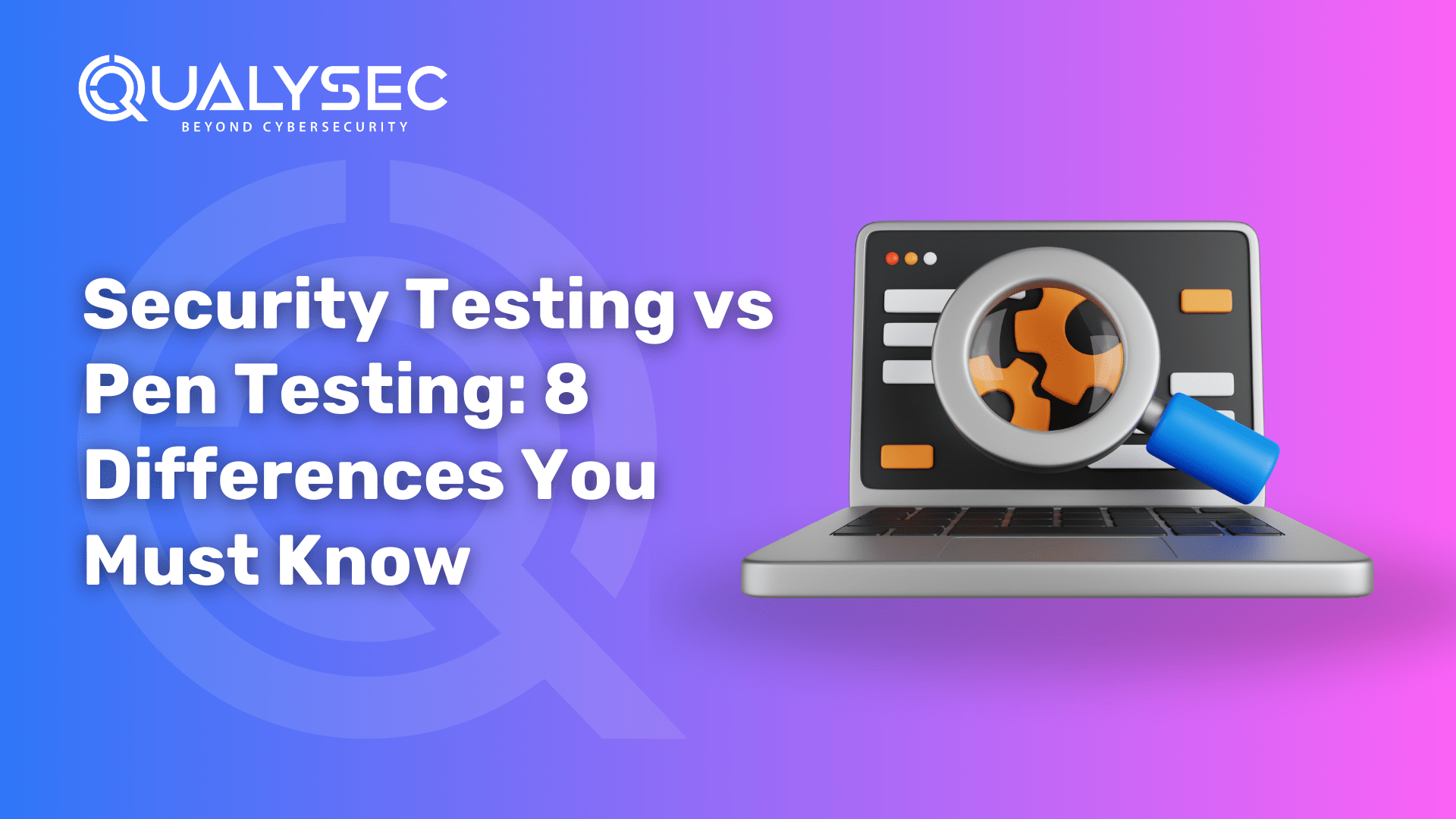
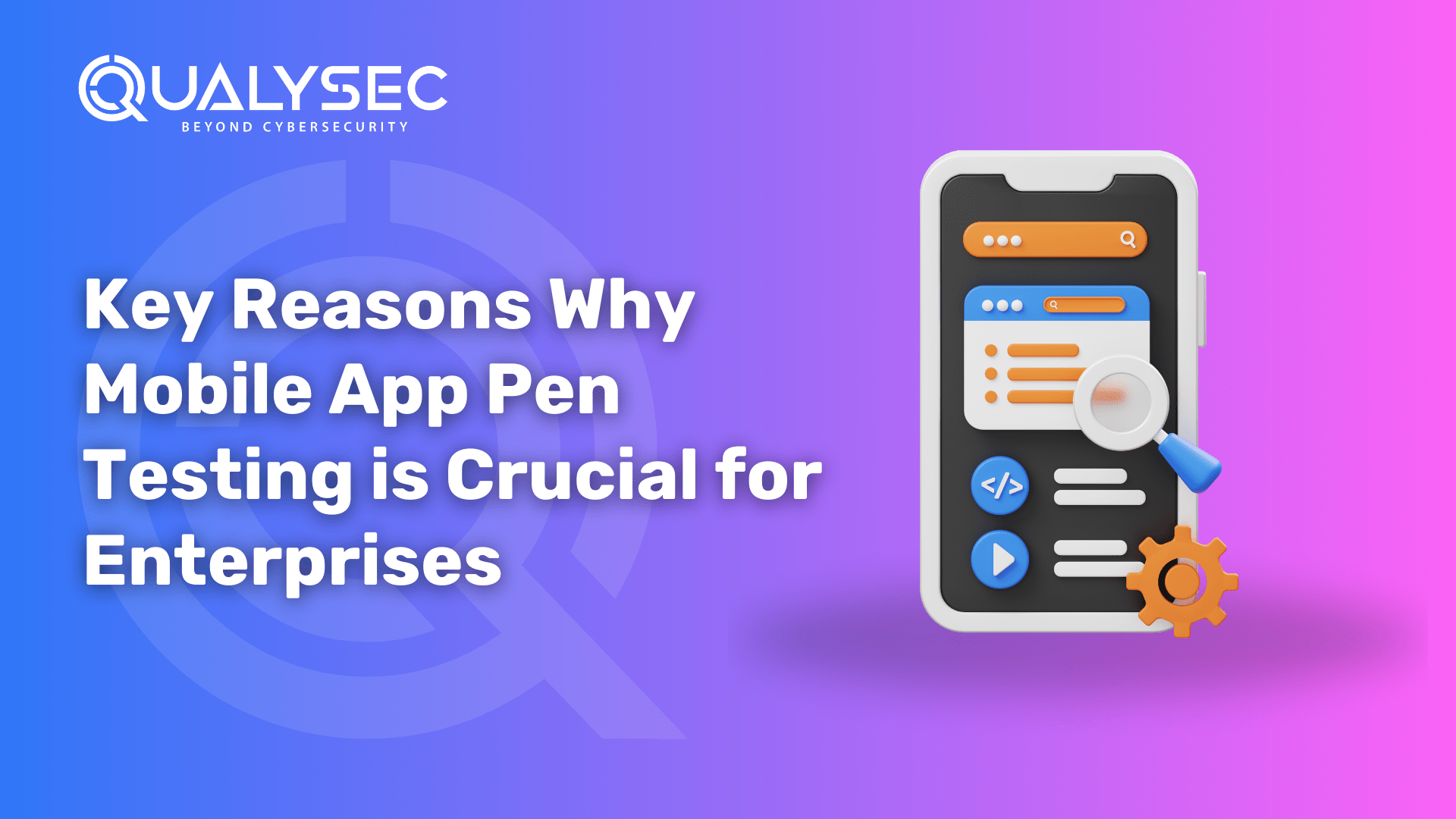
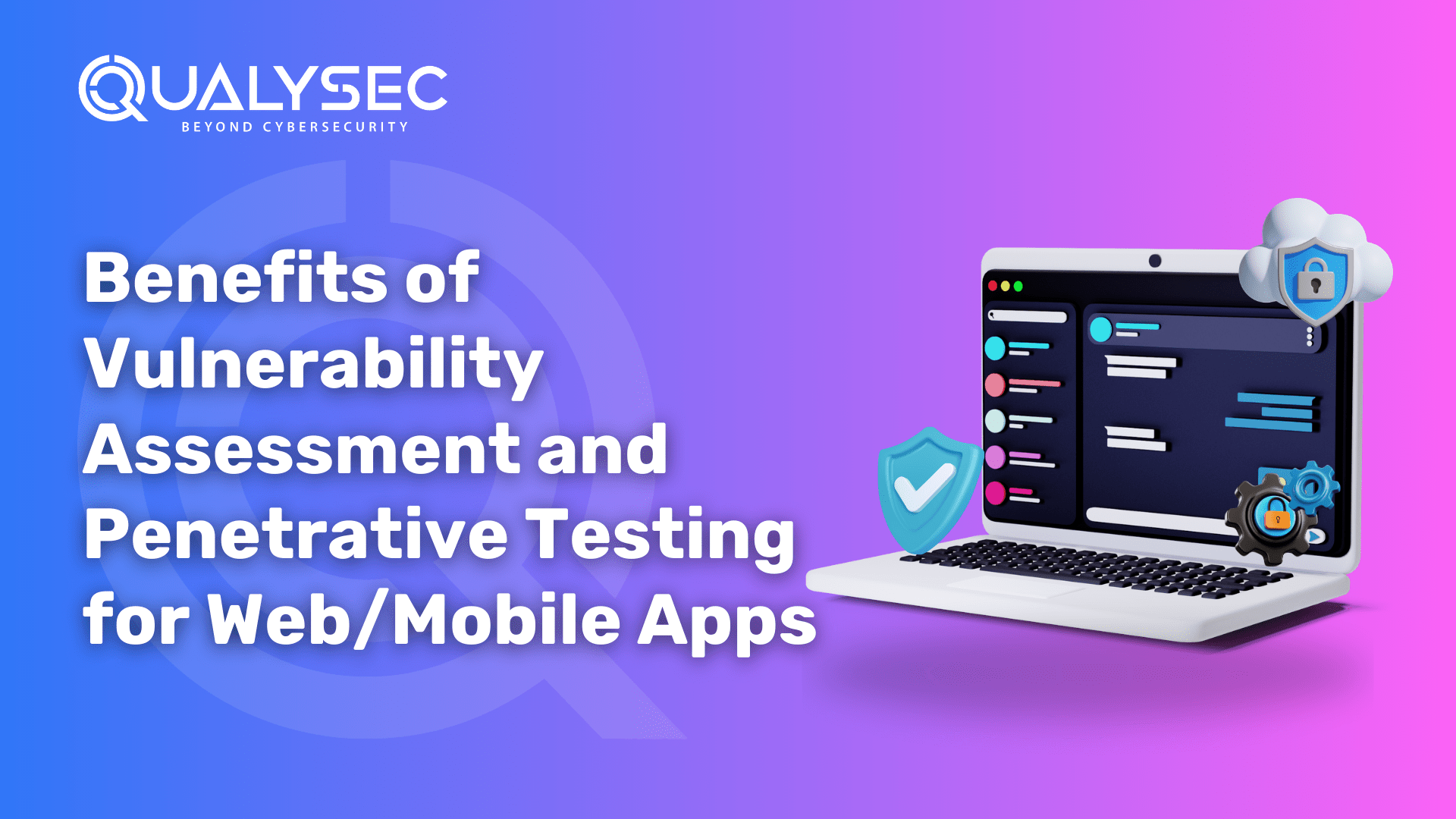
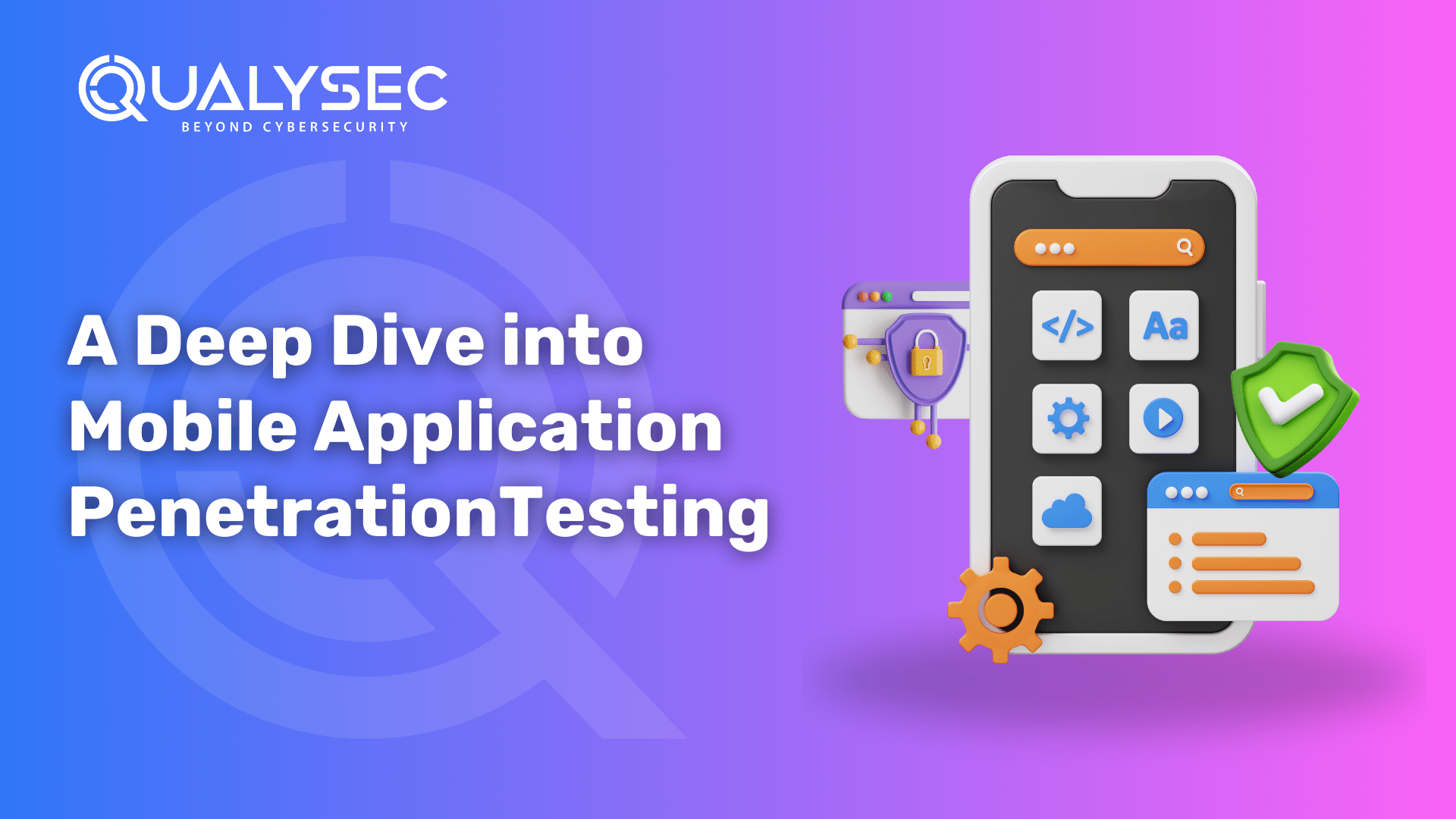

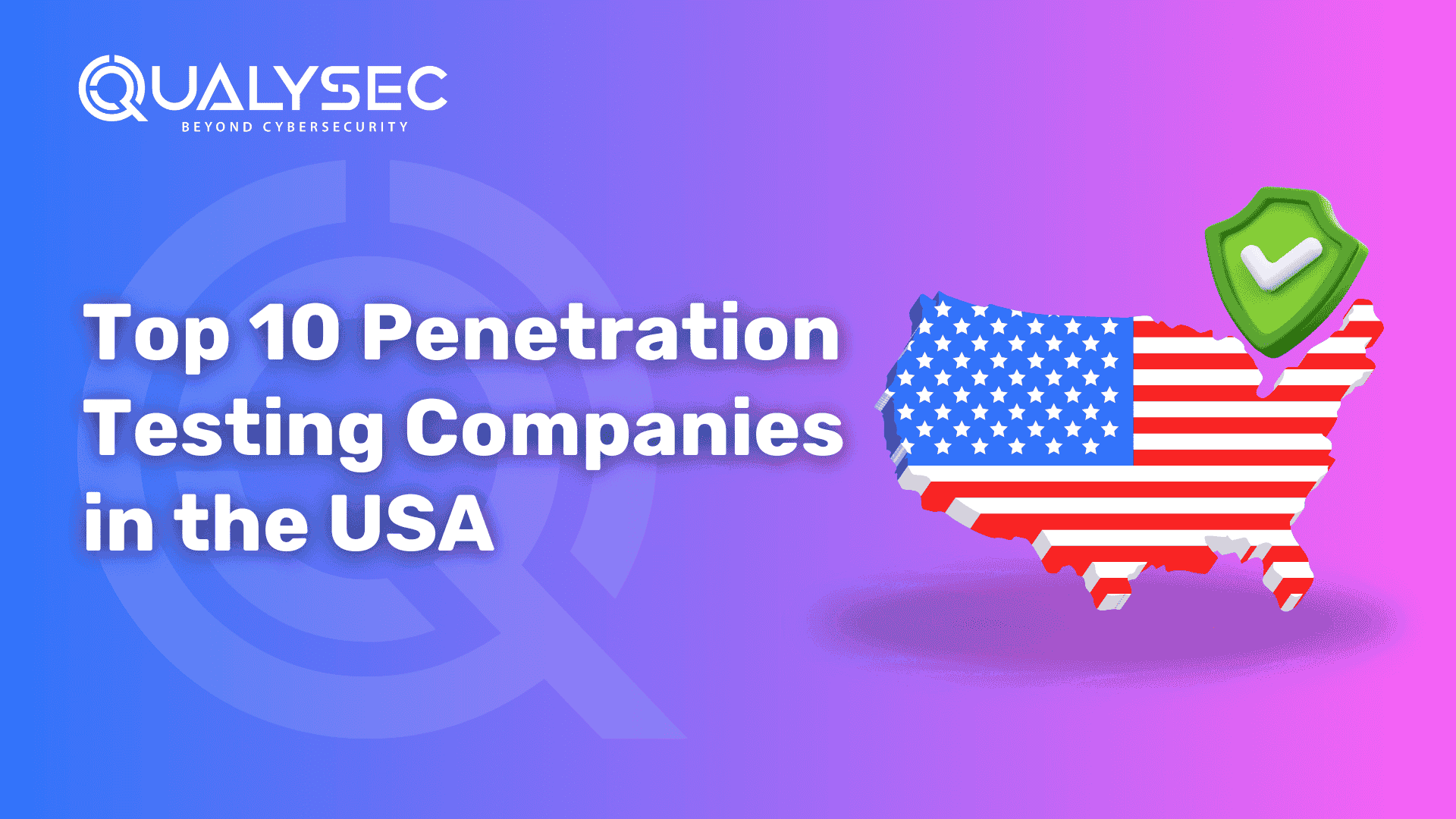
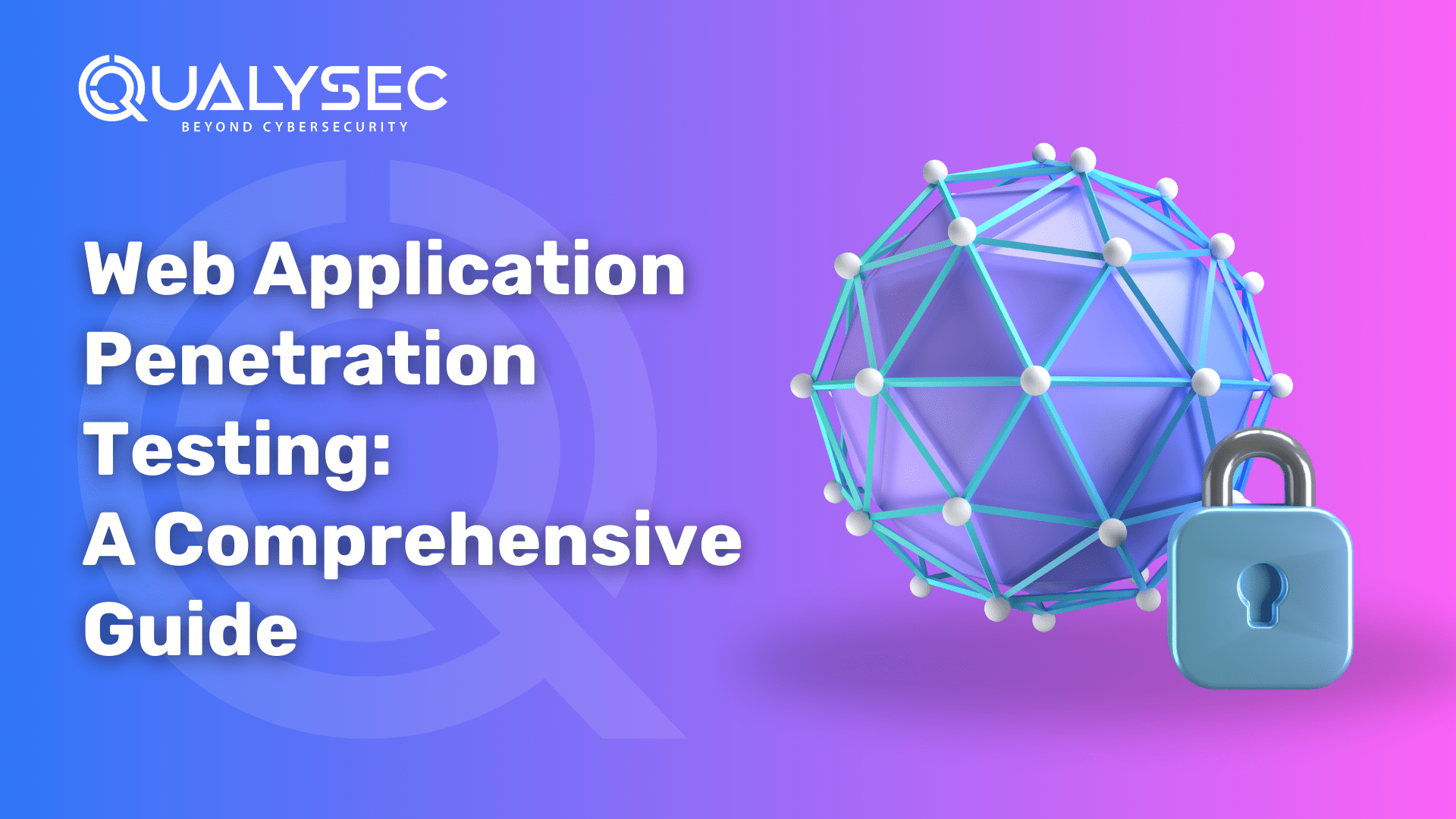
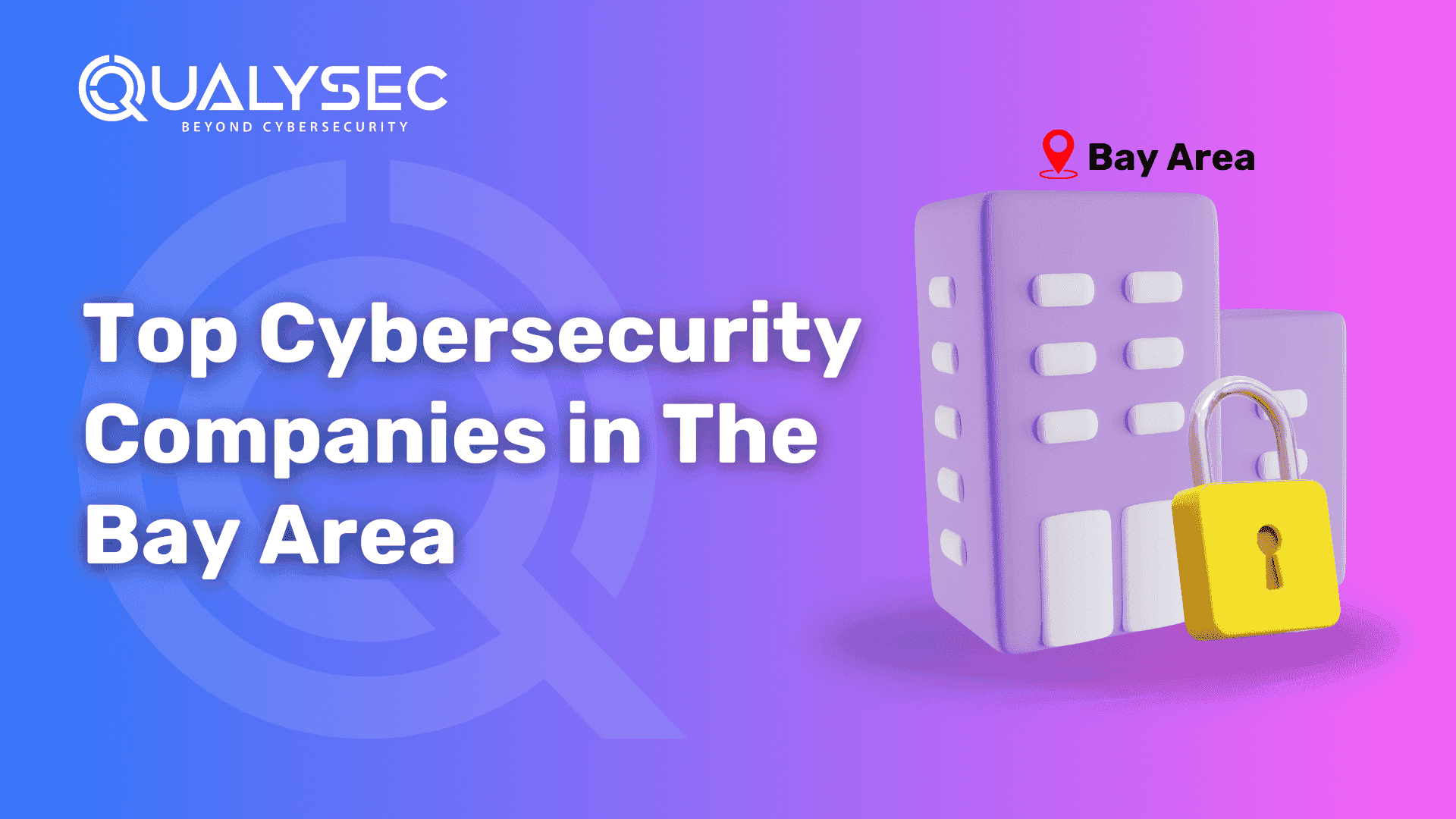

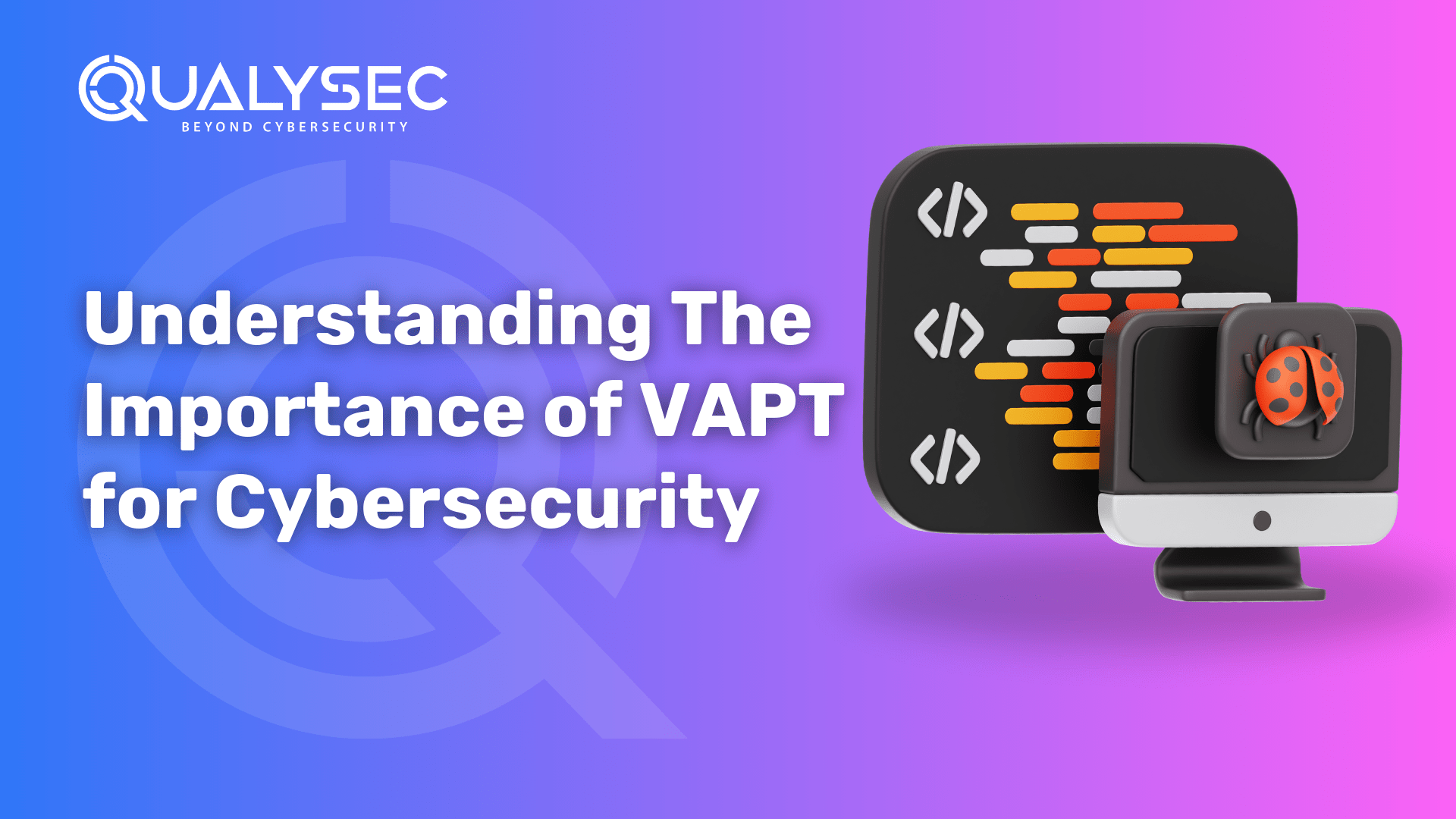
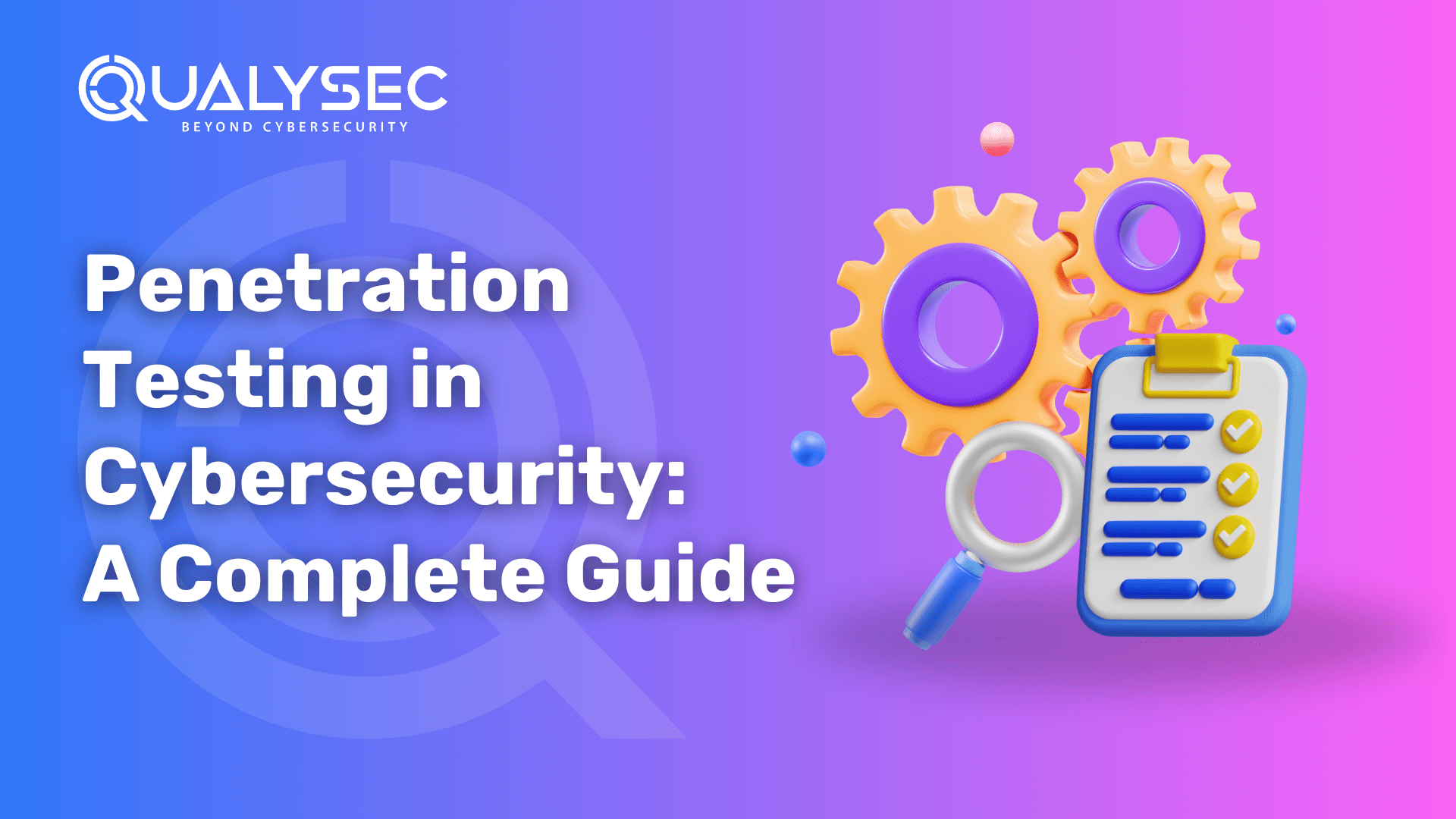


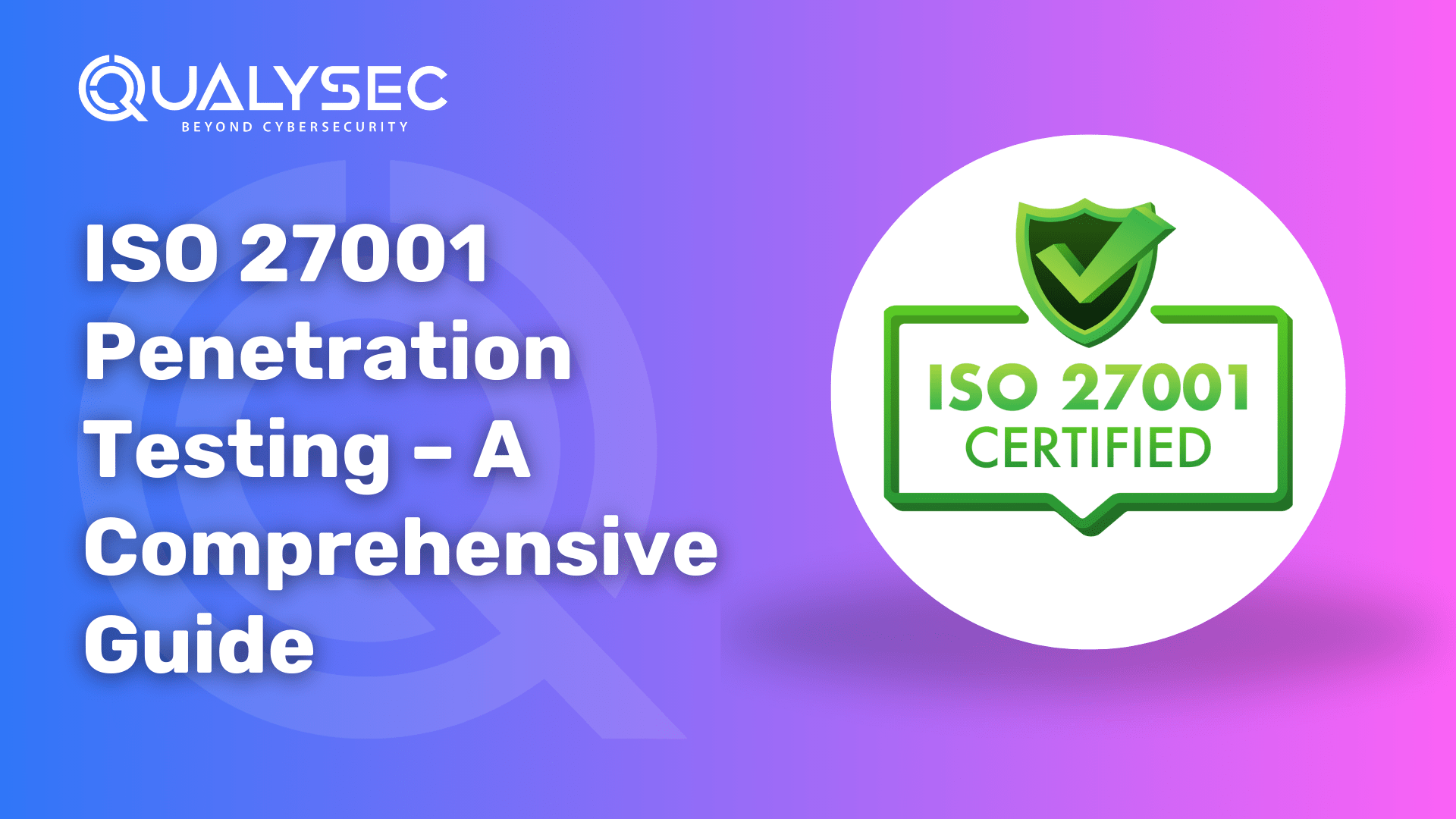
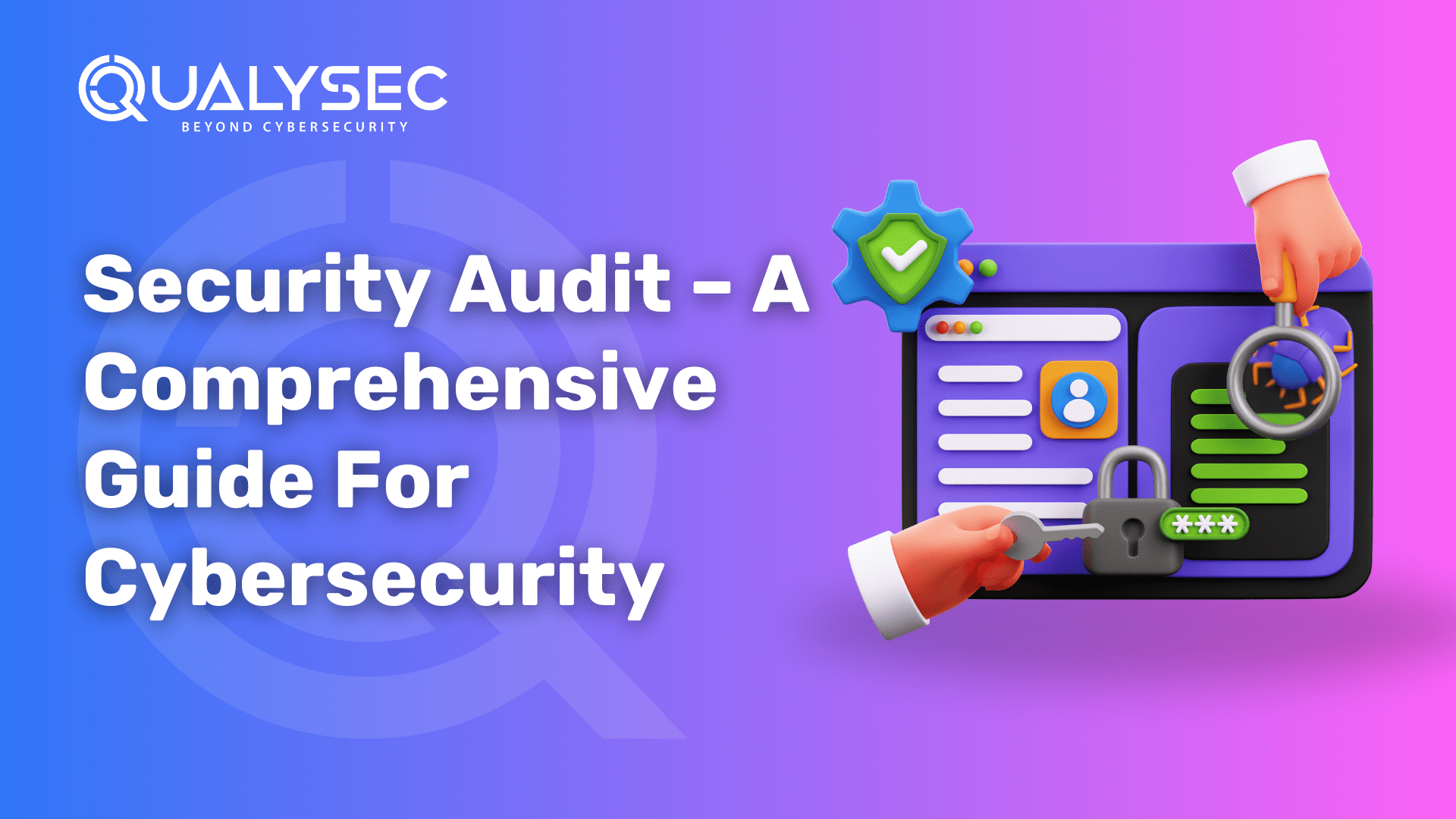
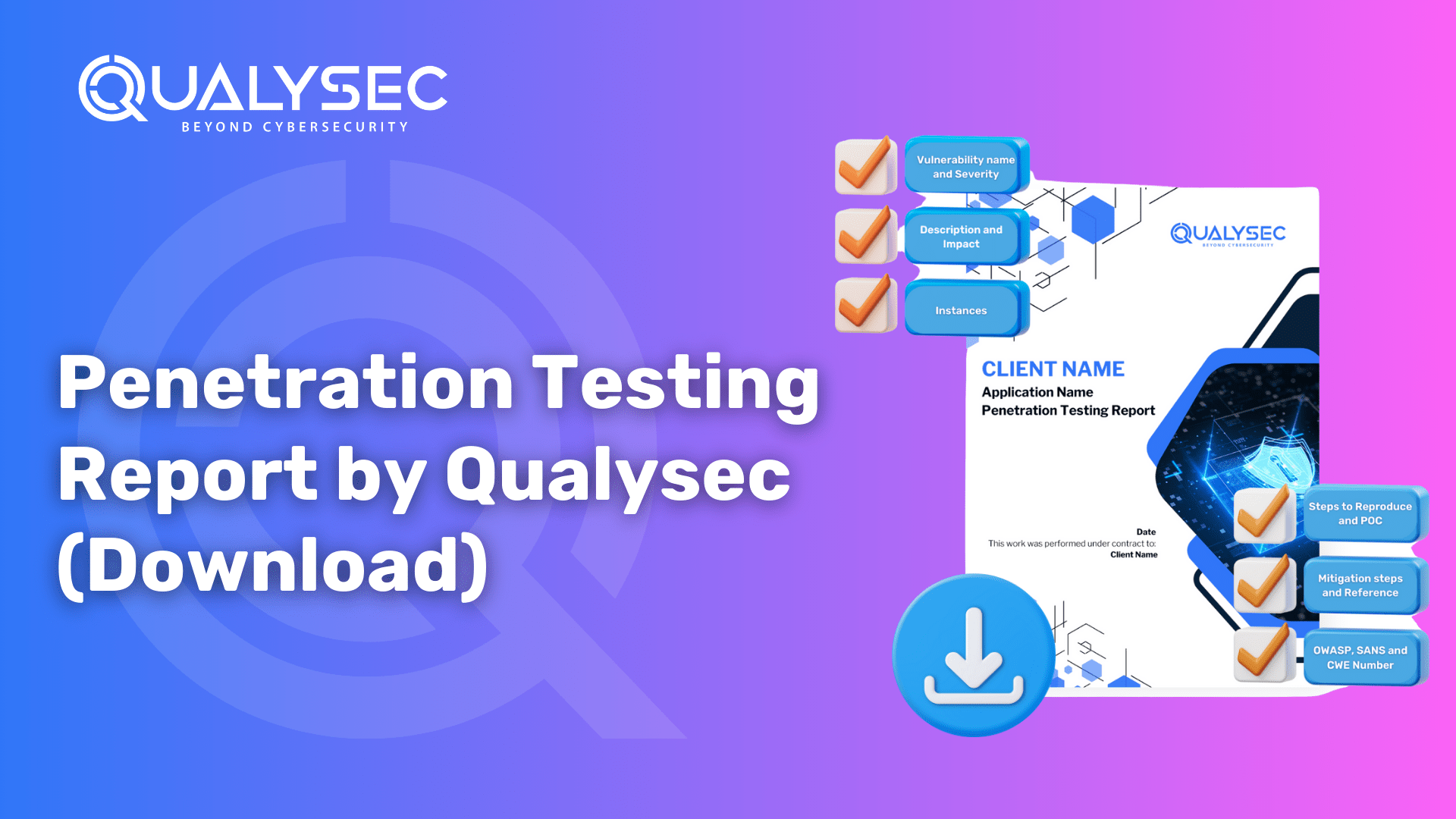
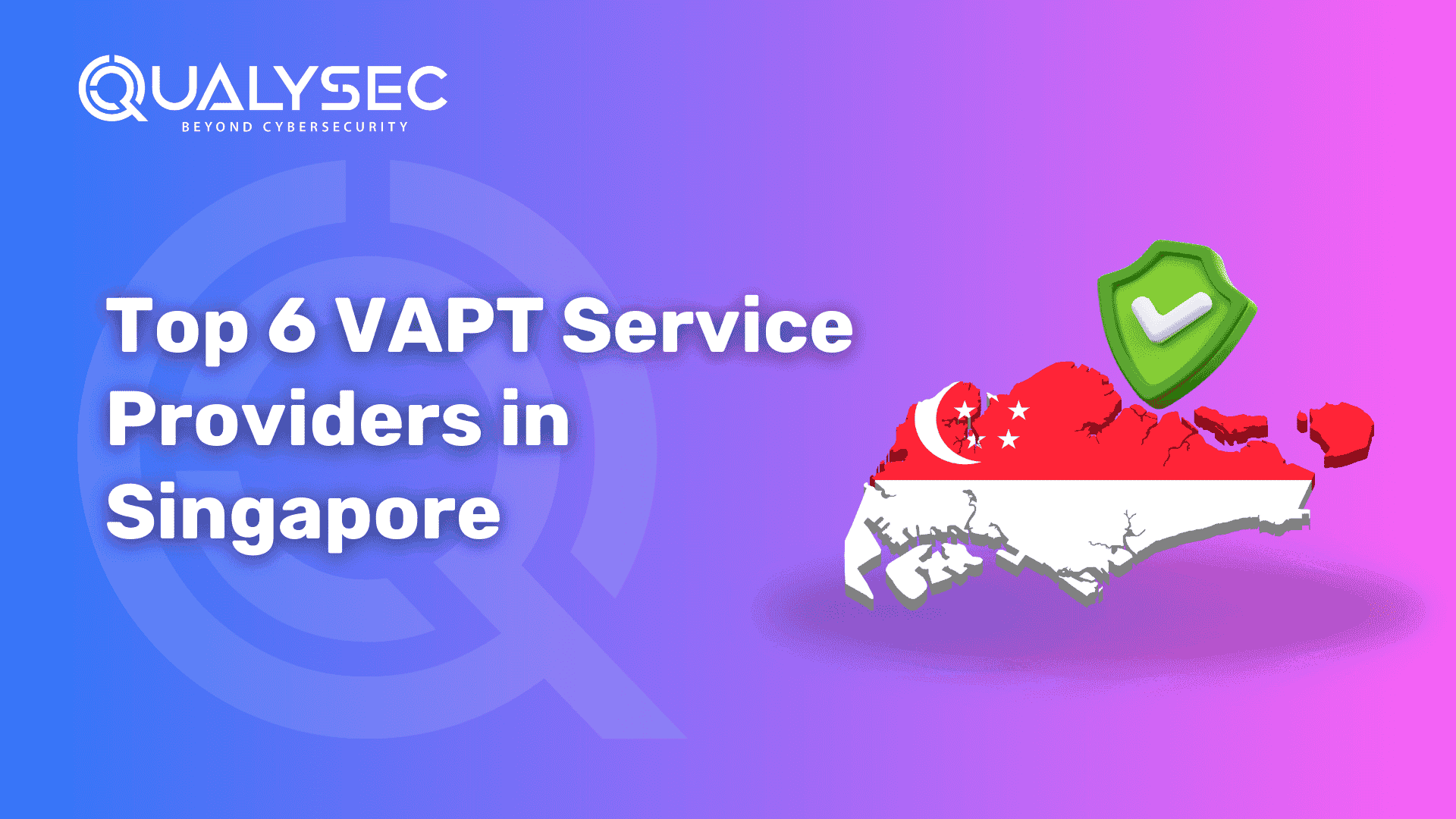



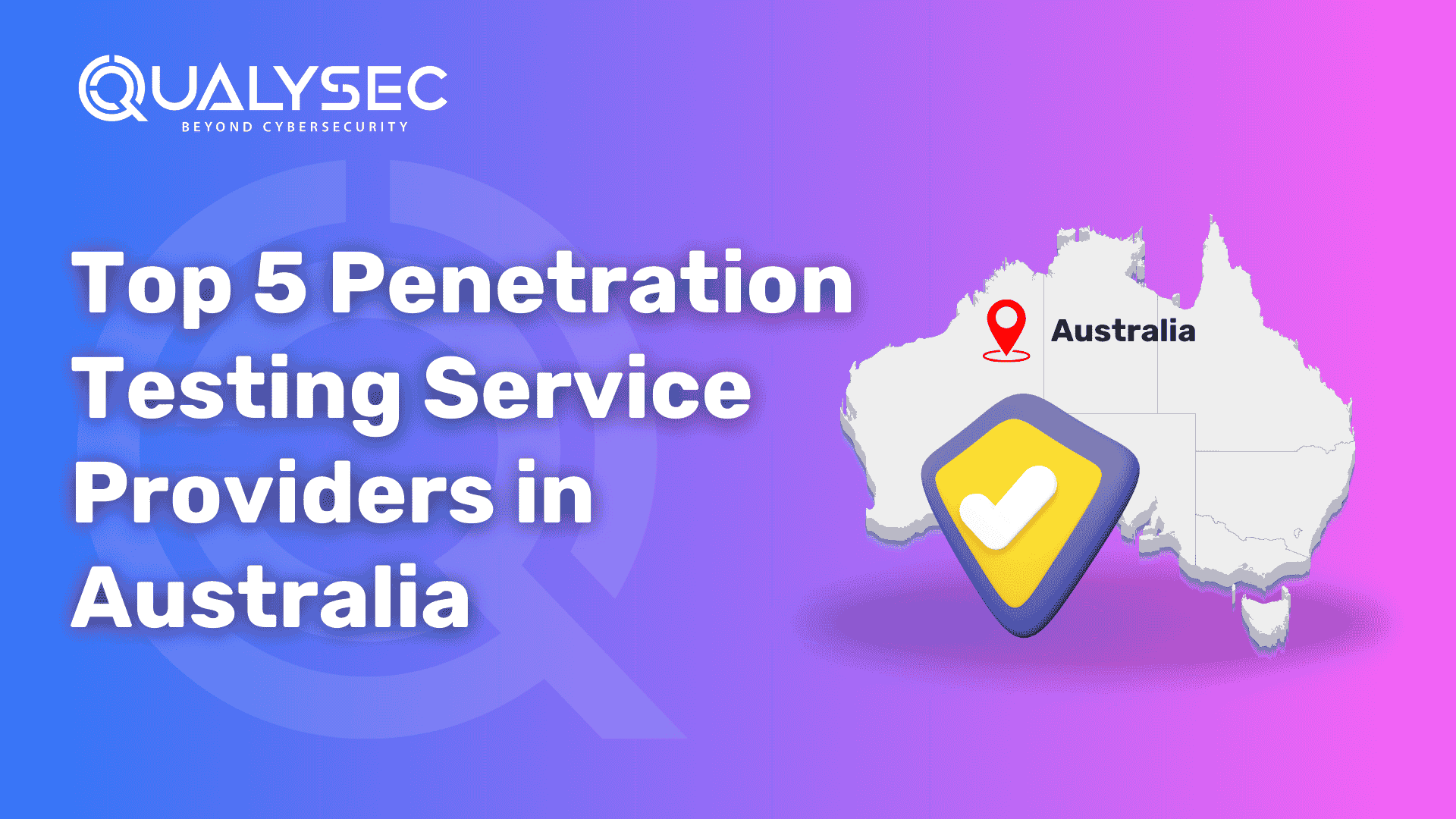
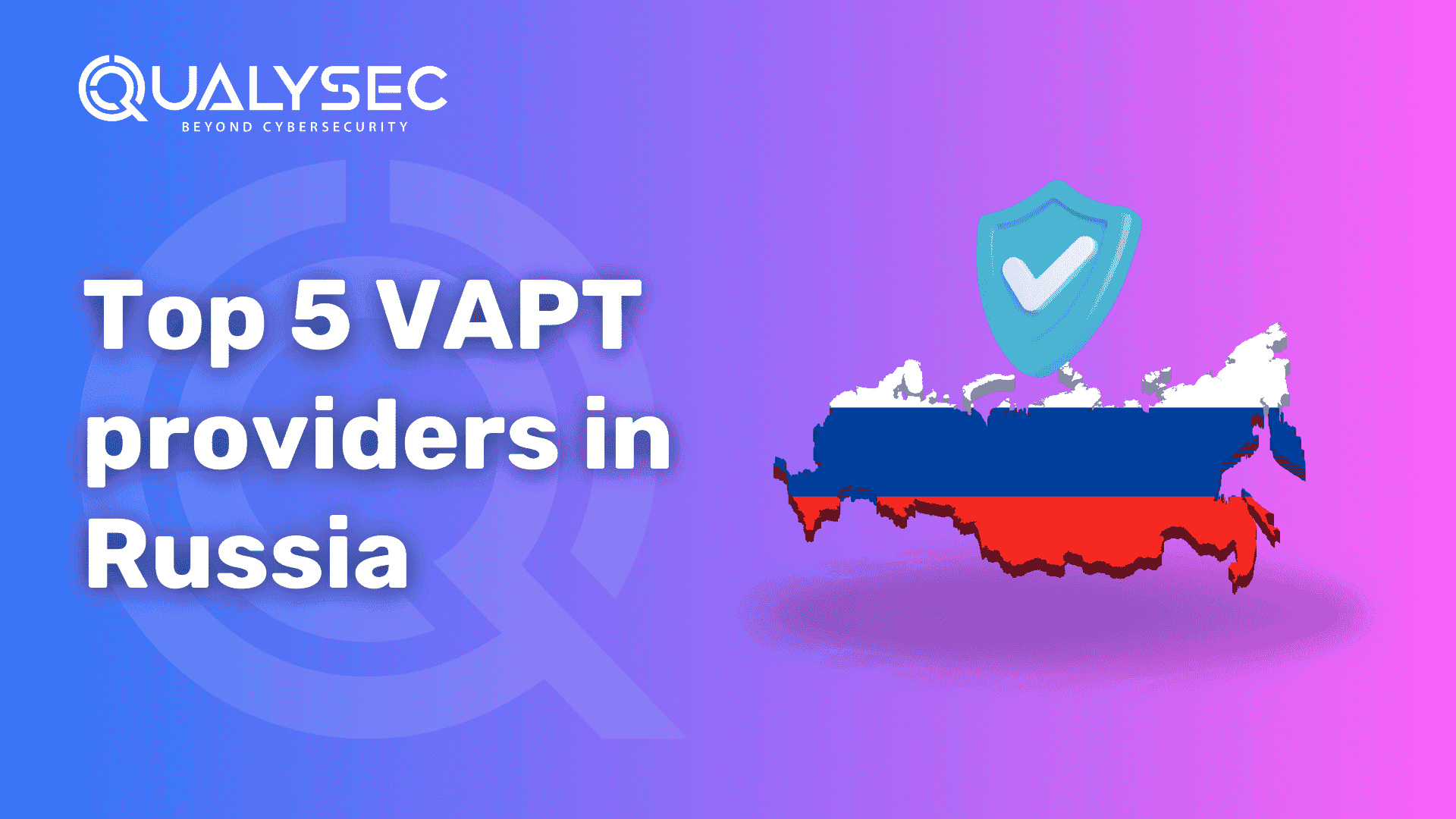
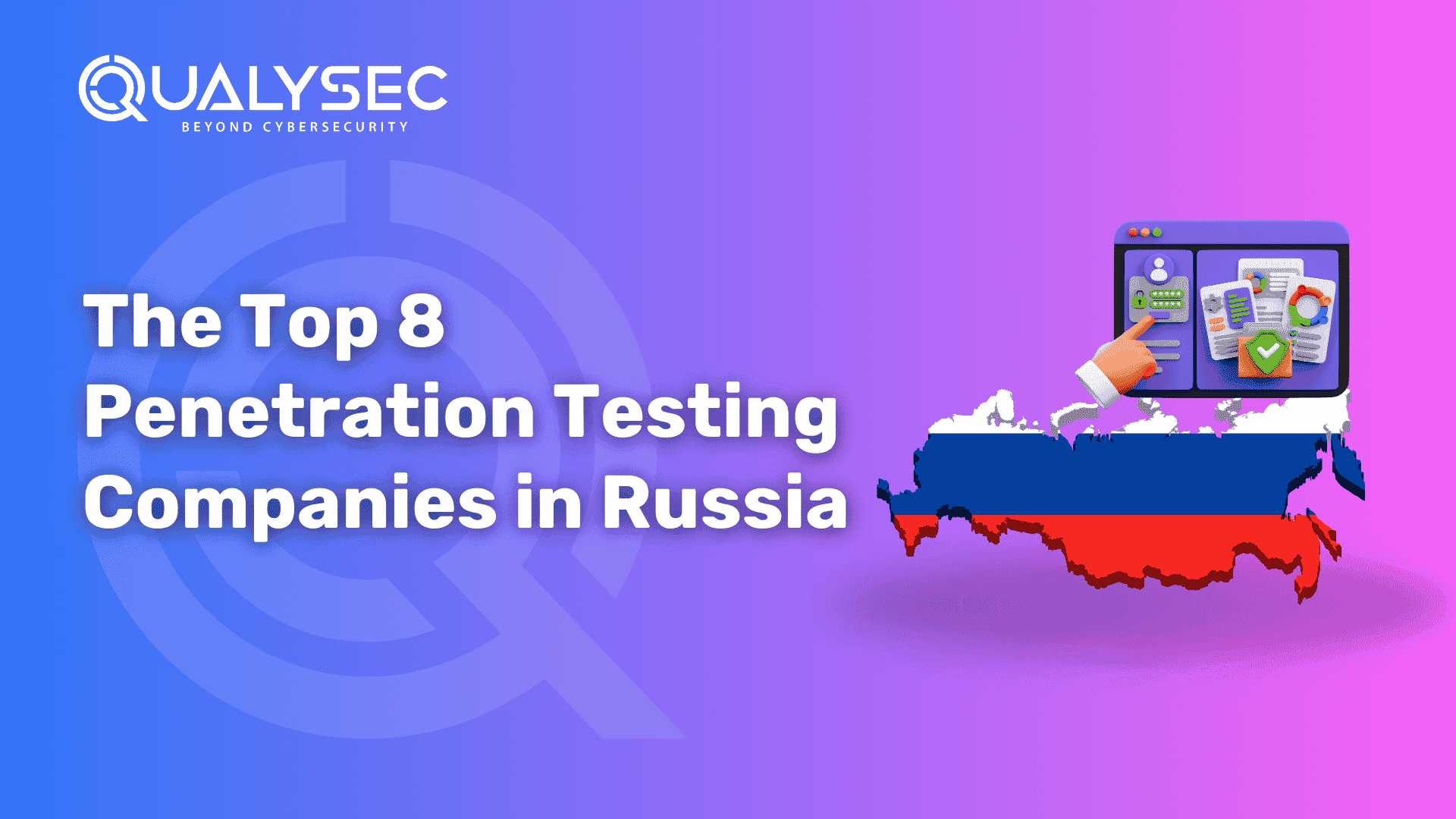
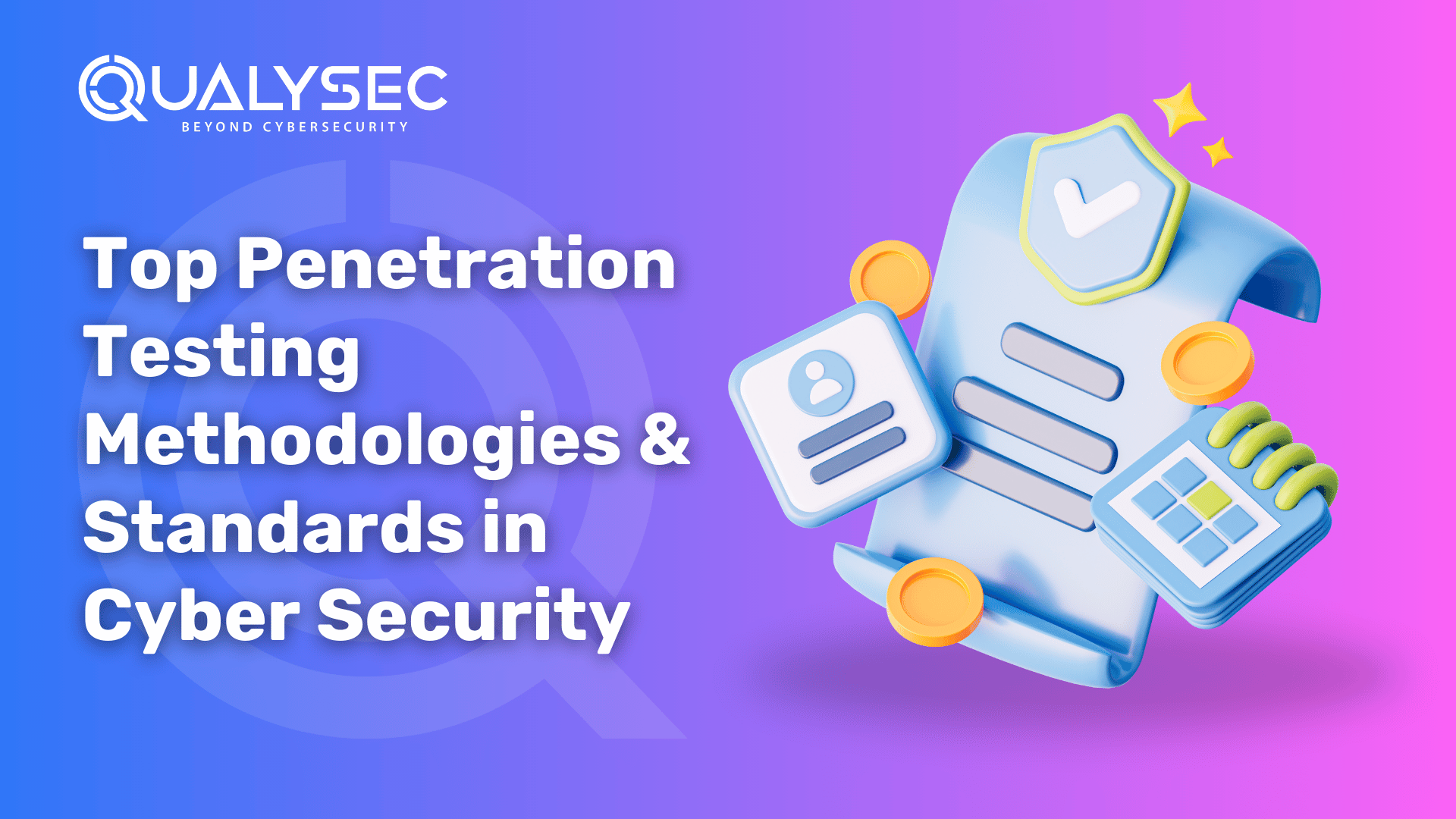
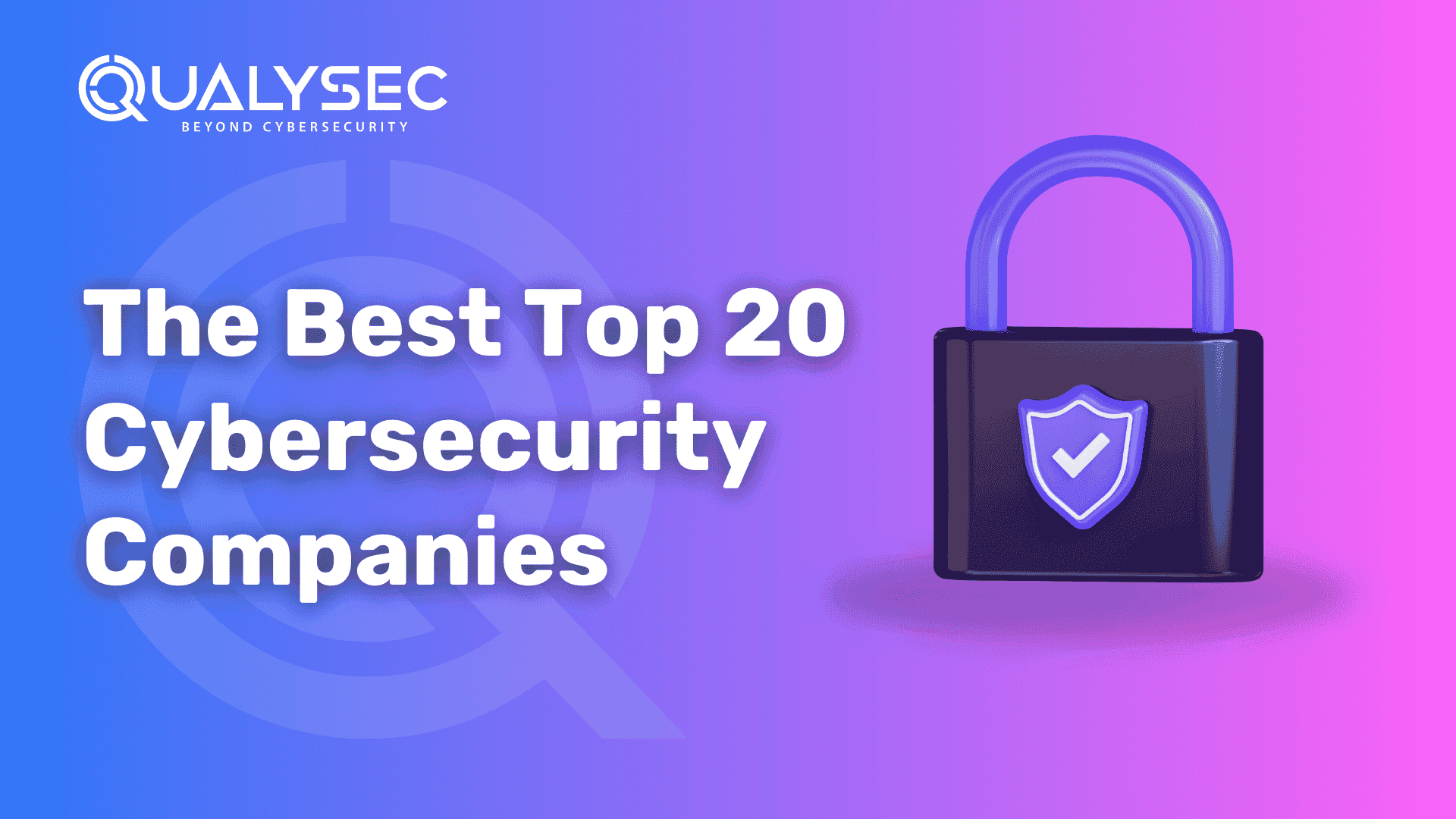
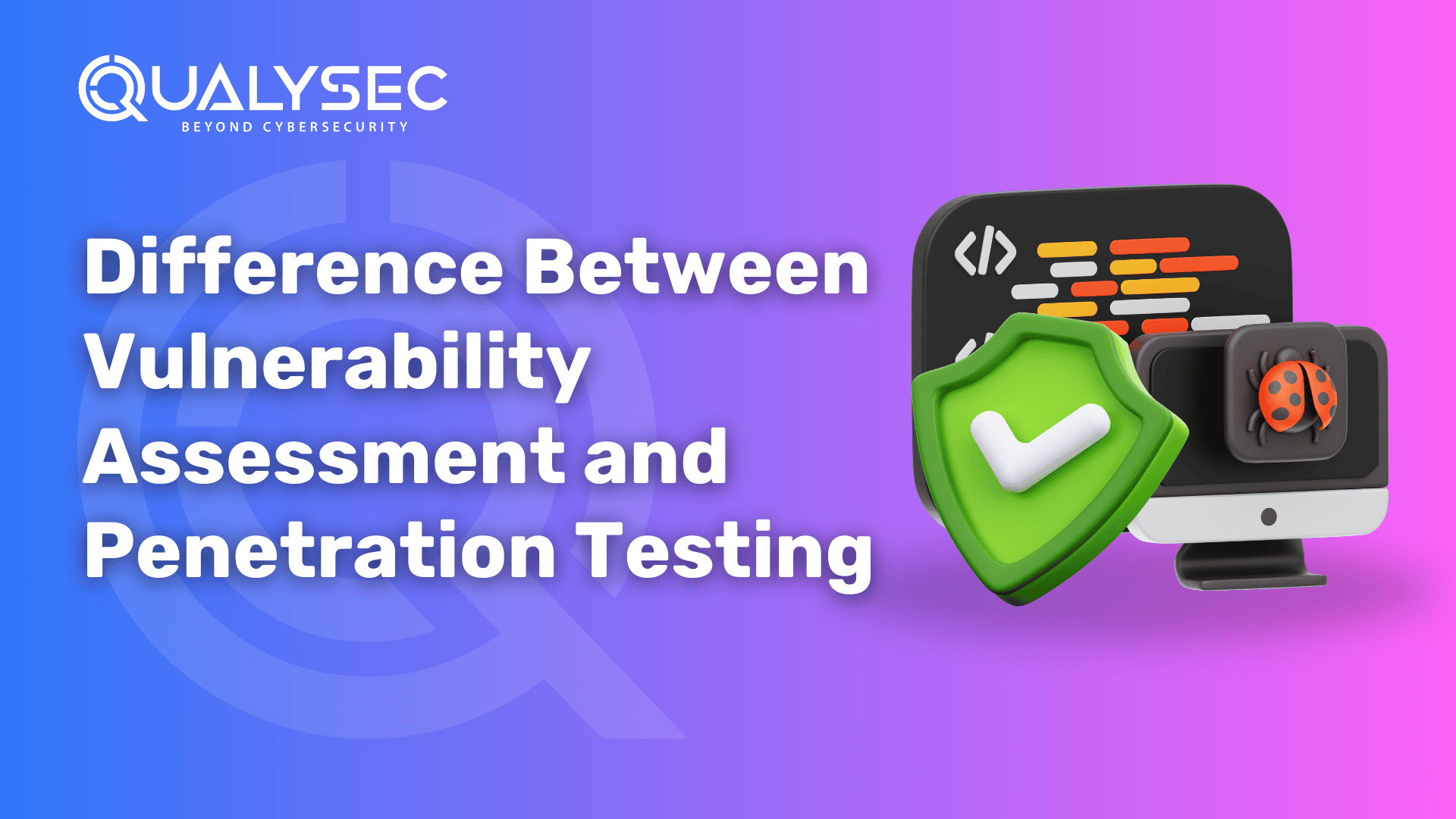
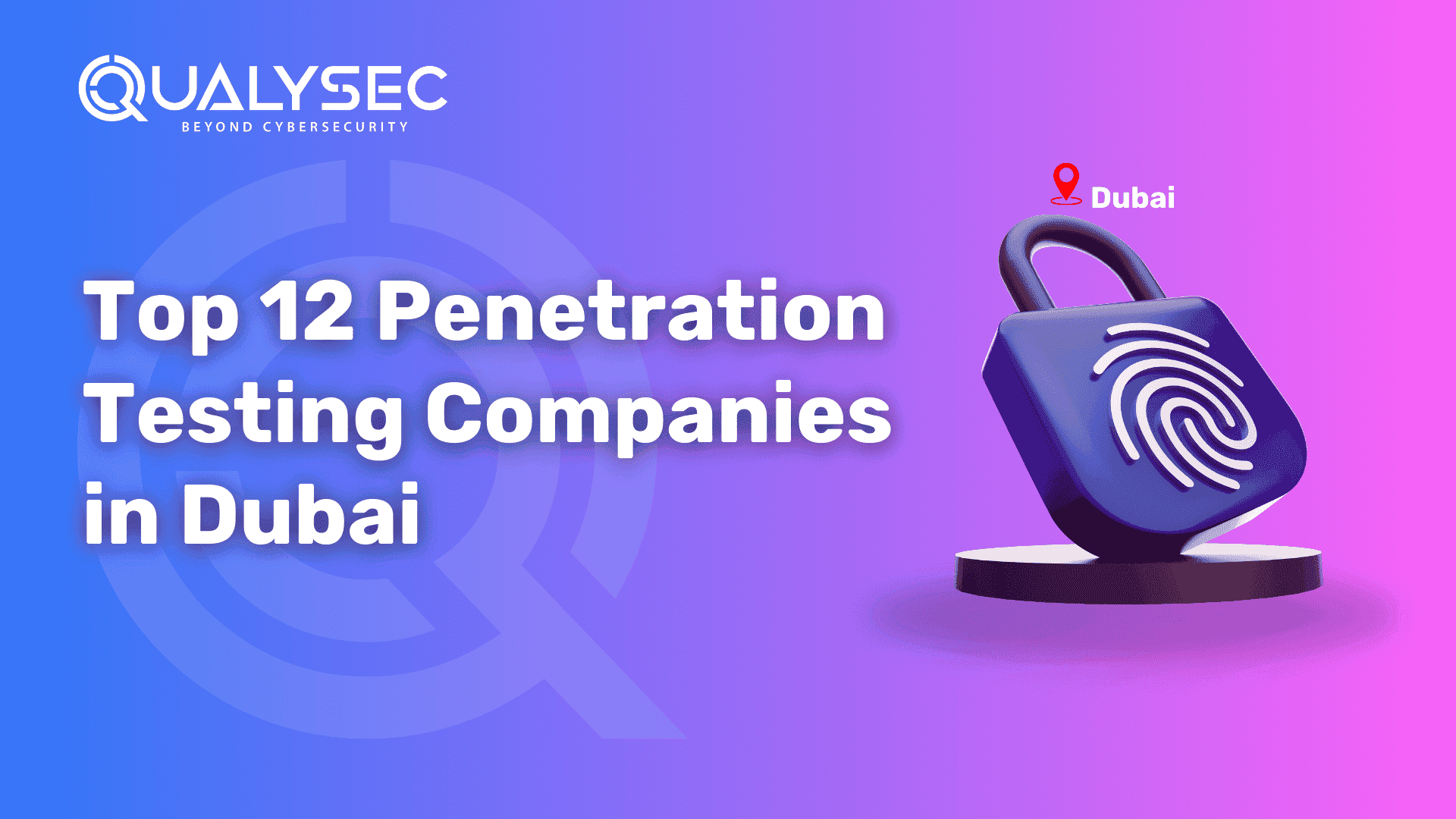

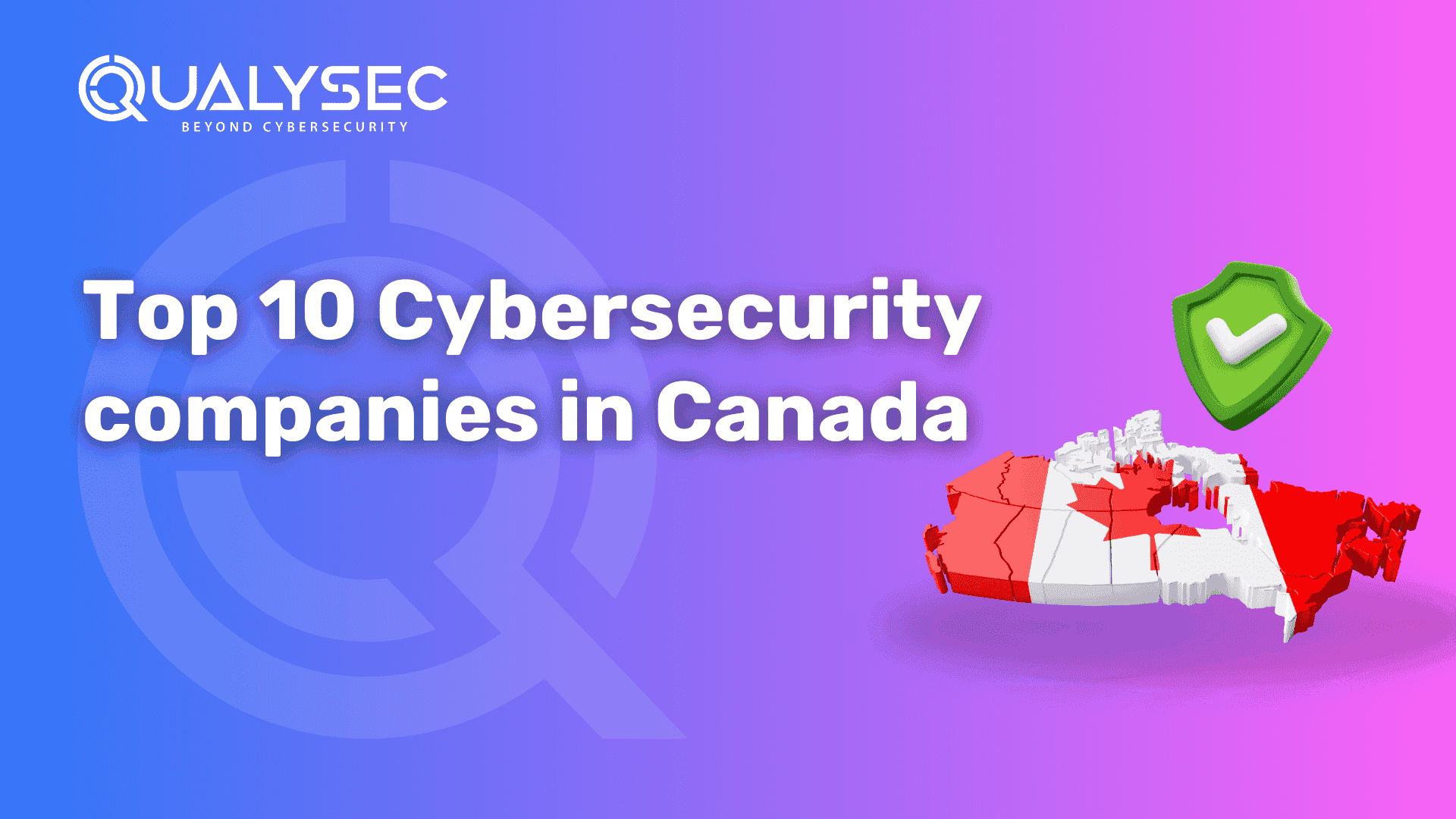



0 Comments